Gregory Crewdson at Marubi Museum of Photography
In the Marubi National Museum of Photography in Shkoder, from 20 December 2024 till 16 March 2025, is open the Exhibition "Eveningside" by American photographer Gregory Crewdson, curated by Jean-Charles Vergne. The exhibition project was realized in collaboration with Gallerie d'Italia - Intesa Sanpaolo Museum thanks to the support of the Ministry of Economy, Culture and Innovation.
The exhibition is a great opportunity to take a closer look at the photography of Gregory Crewdson, who is known for his large-format prints of cinematic scenes, where every detail is meticulously thought out and planned in advance. His scenic style and the mysterious mood he brings to his photography make Gregory Crewdson stand out as one of the most important figures in contemporary visual art.
In the Marubi National Museum of Photography in Shkoder, from 20 December 2024 till 16 March 2025, is open the Exhibition "Eveningside" by American photographer Gregory Crewdson, curated by Jean-Charles Vergne. The exhibition project was realized in collaboration with Gallerie d'Italia - Intesa Sanpaolo Museum thanks to the support of the Ministry of Economy, Culture and Innovation.
The exhibition is a great opportunity to take a closer look at the photography of Gregory Crewdson, who is known for his large-format prints of cinematic scenes, where every detail is meticulously thought out and planned in advance. His scenic style and the mysterious mood he brings to his photography make Gregory Crewdson stand out as one of the most important figures in contemporary visual art.
Exhibition View, photo credit Tatì Space
The exhibition “Eveningside” presents works from three series created between 2012 and 2022. The title of the exhibition is taken from the final series of the trilogy that begins with Cathedral of Pines and Eclipse of the Moths.
In his cinematic, large-scale images he explores the complexities of suburban life, often with an eerie or surreal quality. His work draws heavy inspiration from film, particularly the themes of mystery, alienation, and the uncanny. The settings might look familiar—empty suburban streets, quiet homes, or lonely woods—but there’s always something slightly off, like a sense of dread simmering just beneath the surface.
At the heart of Crewdson’s philosophy is the idea of capturing the complexities of human existence. His work explores themes like isolation, alienation, and the fragility of the American dream. By creating hyper-real scenes that straddle the line between reality and fiction, he invites viewers to question what’s real and what’s imagined.
Some of Crewdson’s most famous bodies of work include Twilight (1998-2002) and Beneath the Roses (2003-2008), both of which feature elaborate suburban settings with elements of surrealism and mystery.
What I like about Crewdson's work is the universality of his photography. Although the scenes are set in America, they could be anywhere, as he chooses environments and props that have no time and place. The suburbs and almost empty cities could be the small towns of Albania impoverished by the closure of large industries. The empty suburbs could be the periphery of our cities where there is a kind of apathy and disturbing emptiness. Without a doubt, Gregory Crewdson is one of the most inspiring photographers with the artistic images he creates and the social and psychological themes he addresses.
Key Themes in Crewdson's Work:
Suburban Uncertainty: Crewdson often explores the darkness lurking beneath the surface of idyllic suburban life. His photos capture moments that feel like something is about to happen, like a threshold is being crossed into the unknown.
Cinematic Influences: The use of lighting, set design, and staging in Crewdson's photographs is reminiscent of film scenes. His work evokes a cinematic narrative, making the viewer feel as though they are entering the middle of a story, with the plot left to the imagination.
Isolation and Alienation: Whether his subjects are alone or in the company of others, there is often an underlying sense of disconnection in Crewdson's images. His characters seem removed from their surroundings, creating a feeling of isolation or emotional alienation.
The Supernatural and the Uncanny: While his work is rooted in the realism of everyday life, there is always an element of the surreal. The surreal touches in Crewdson's work push his photographs into the realm of the uncanny, where the familiar becomes unsettling.
Gregory Crewdson “Jim’s House of Shoes” (2021-2022)
Digital Pigment Print, image size 34,5 × 46 in
Gregory Crewdson's meticulous attention to detail and ability to capture intense emotional moments set his work apart, making him a master of modern photography that explores the tension between reality and the mysterious.
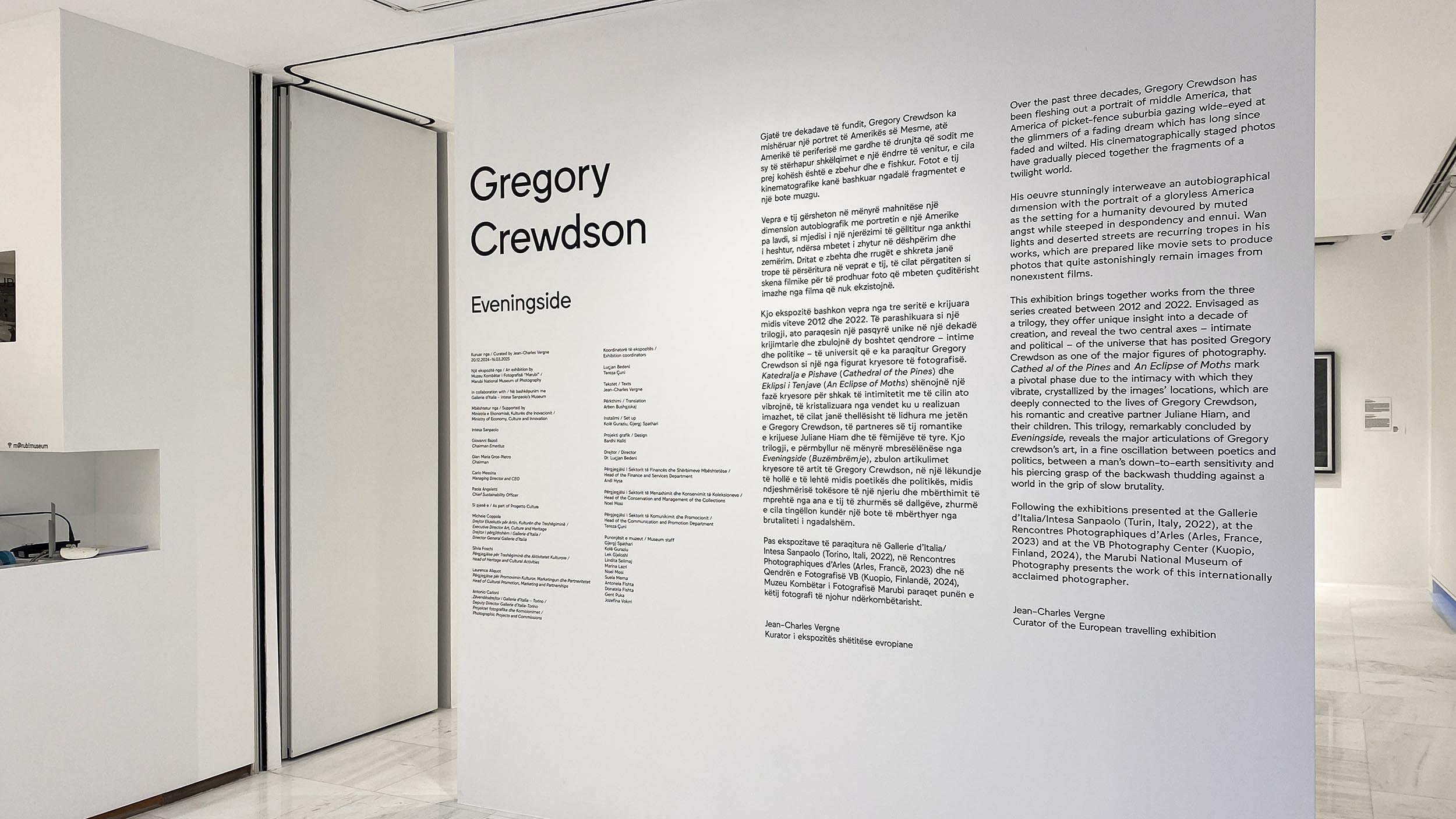
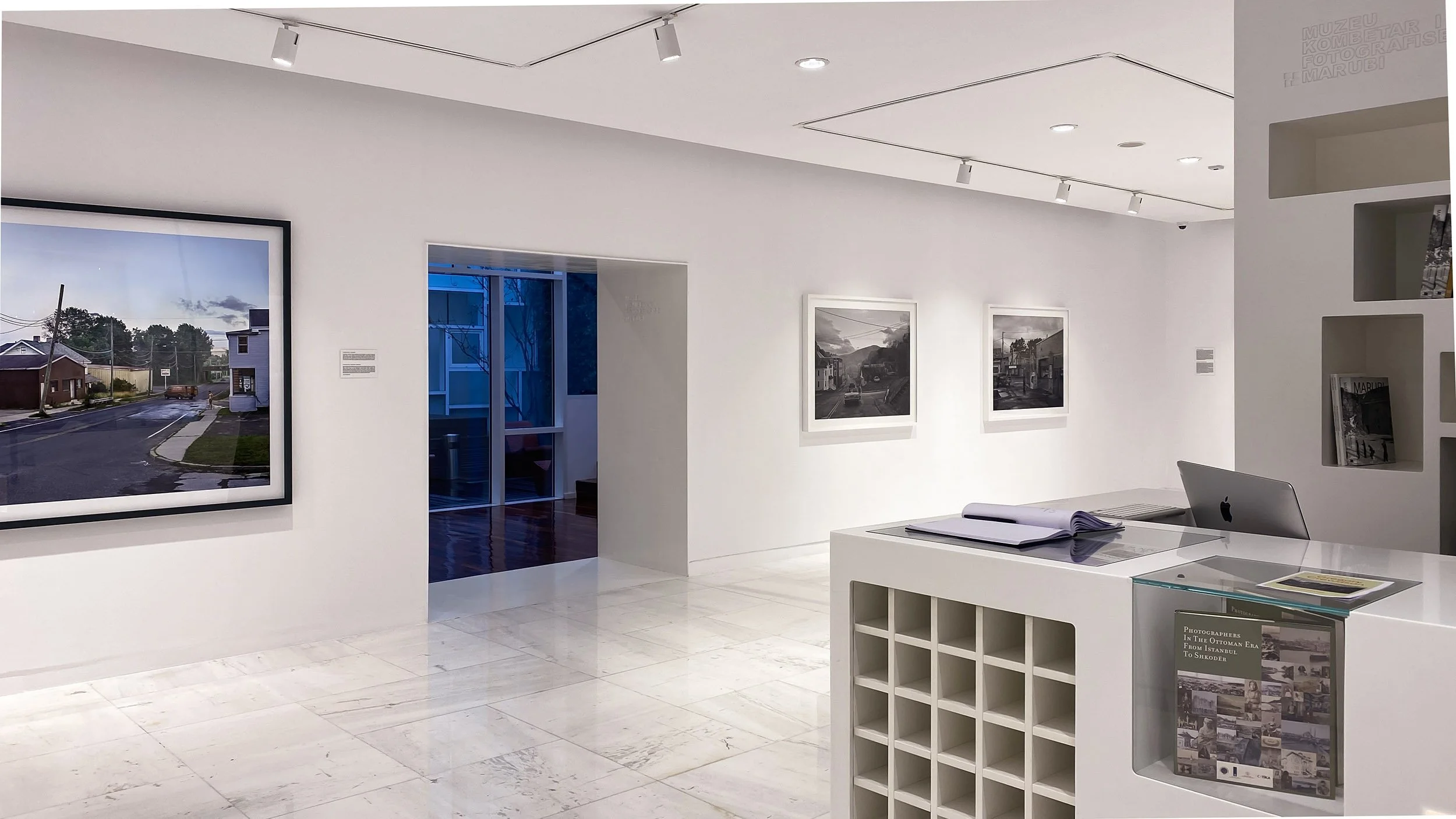
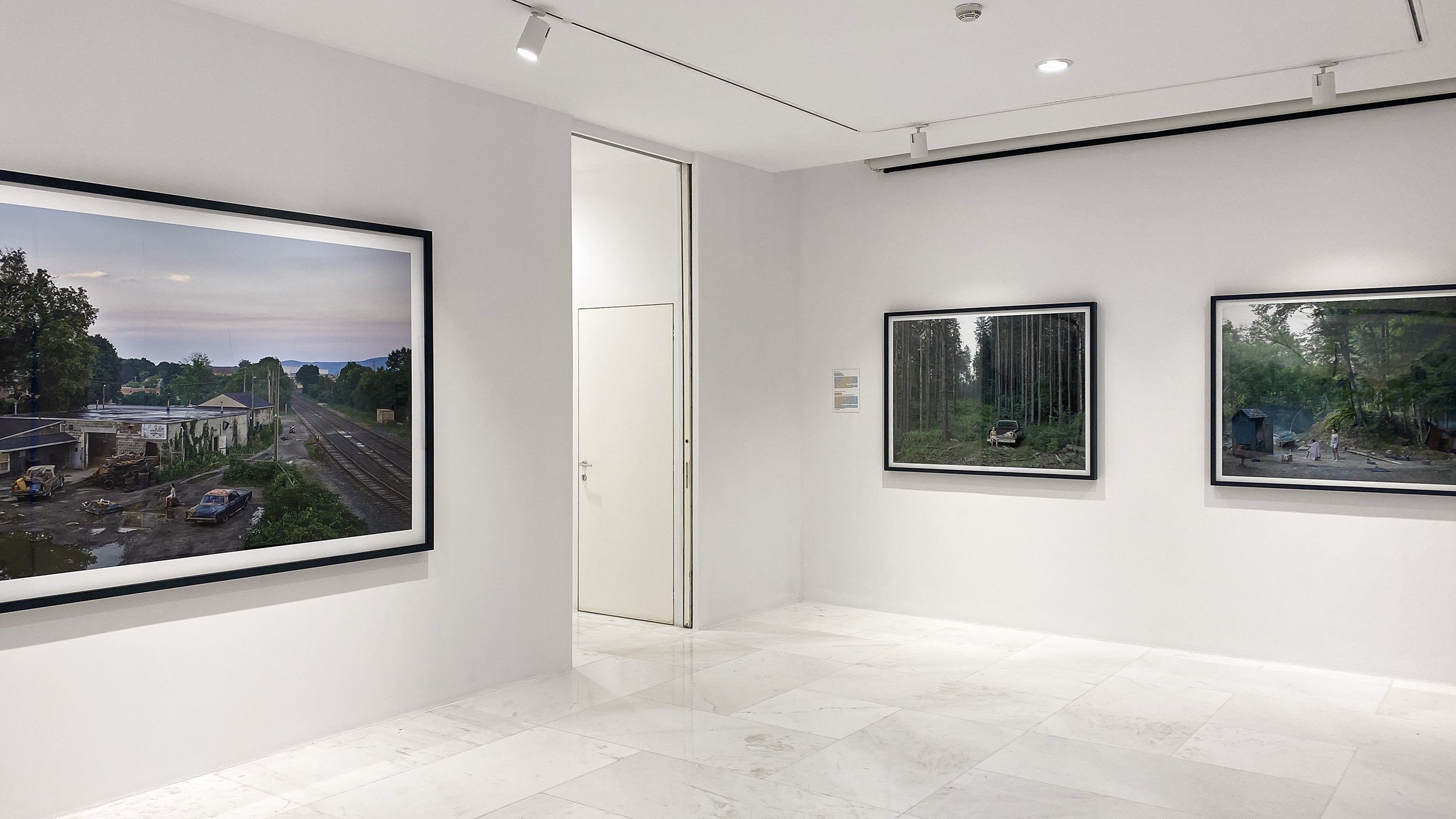
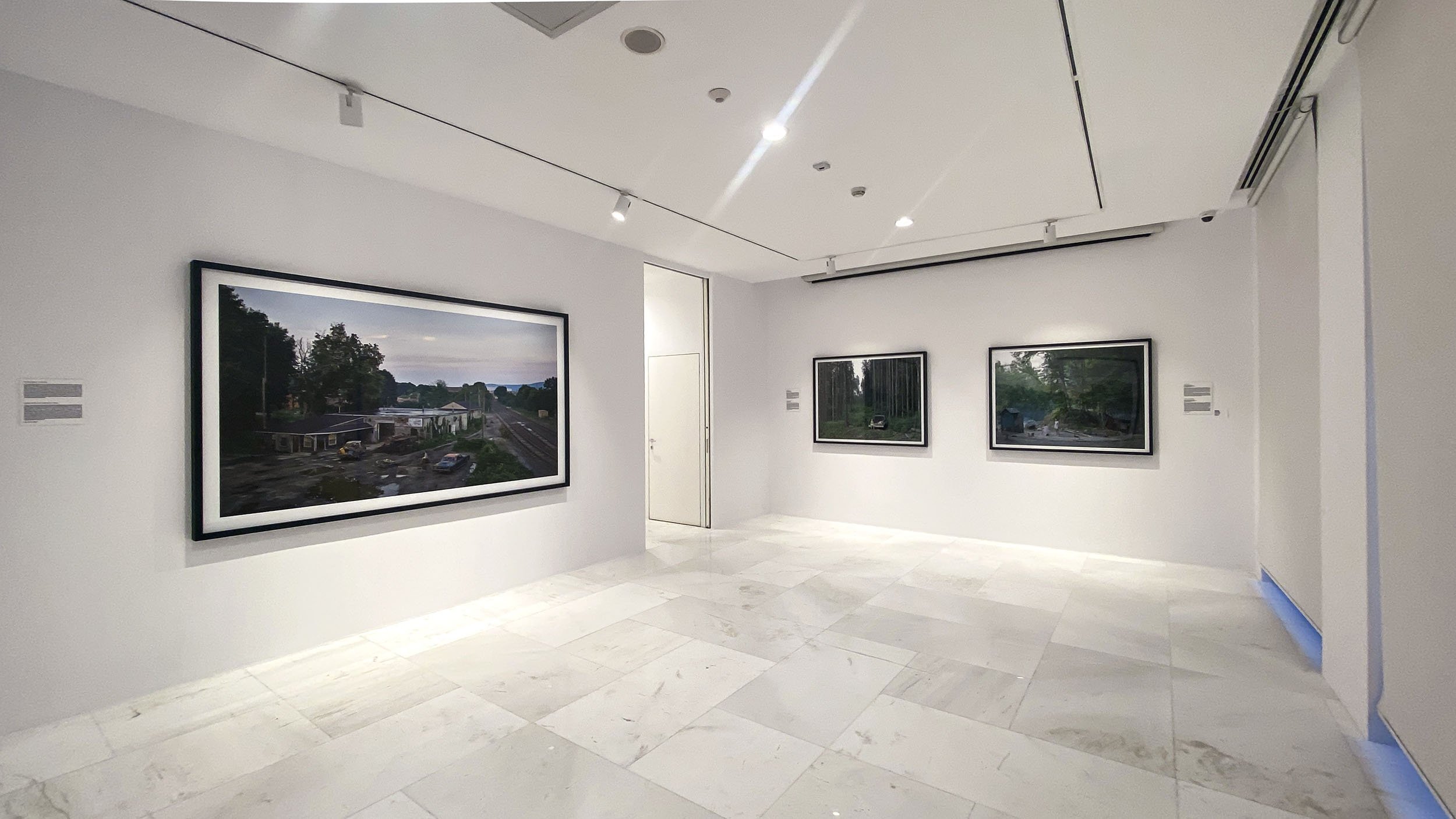
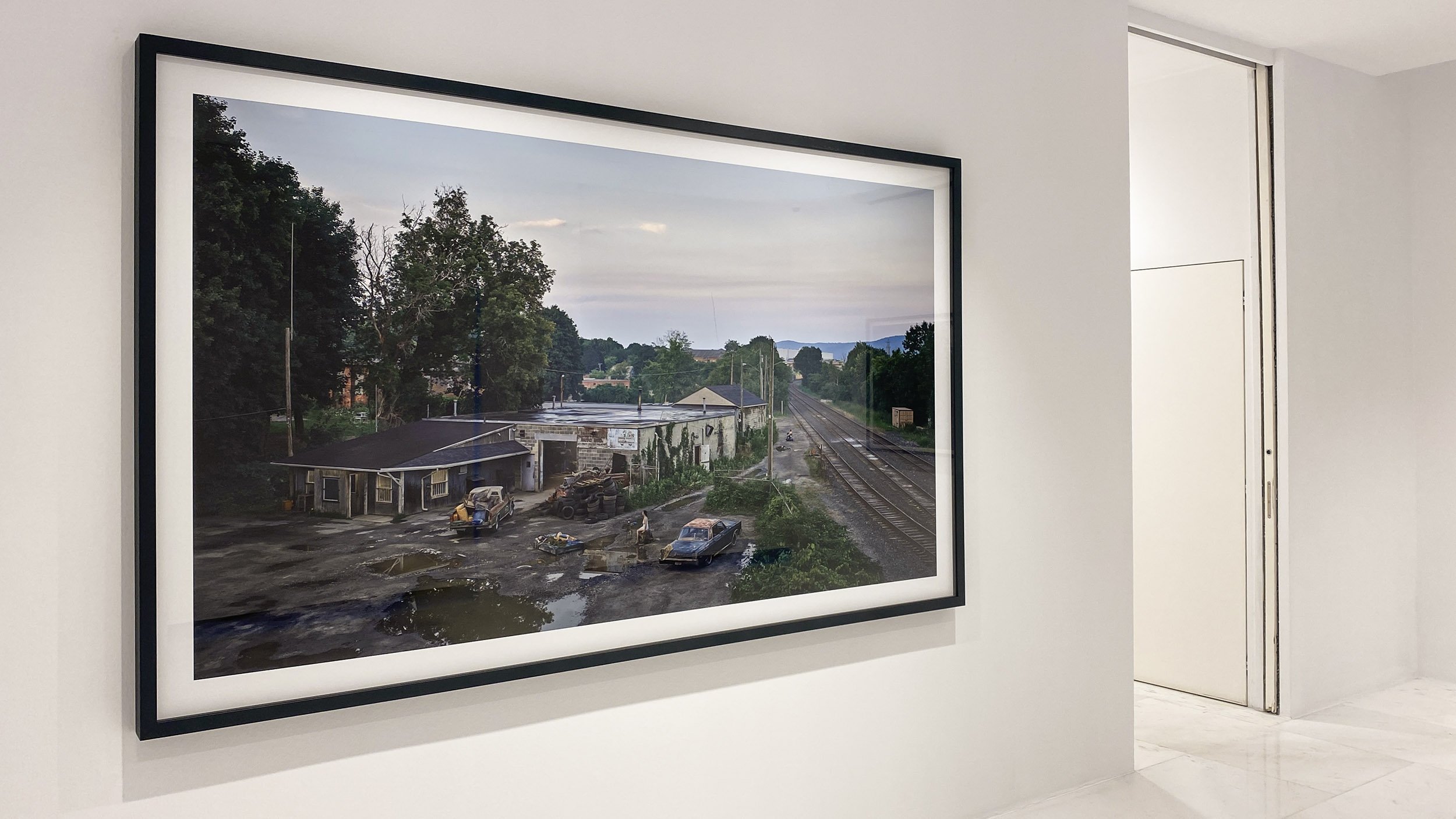
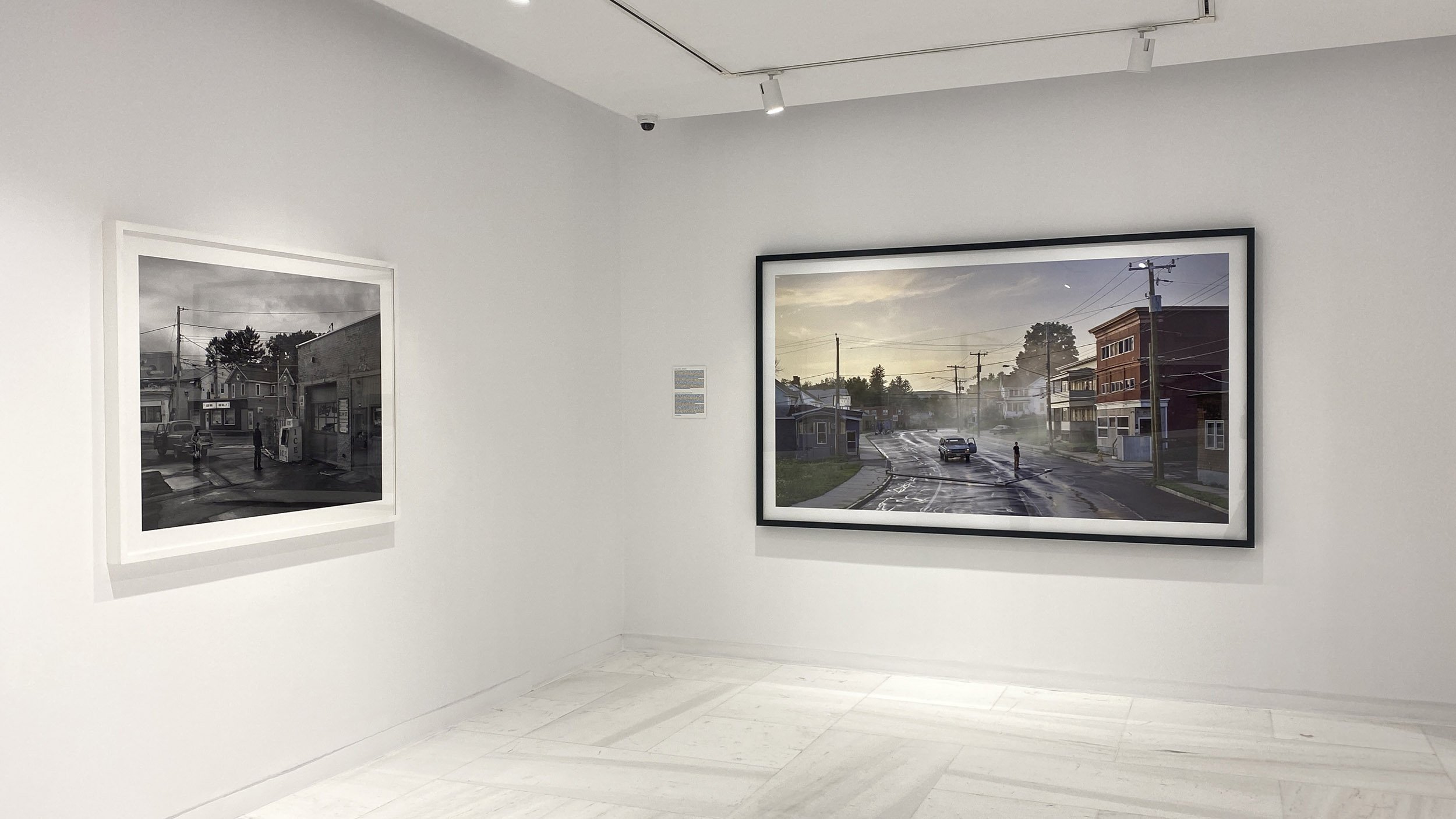
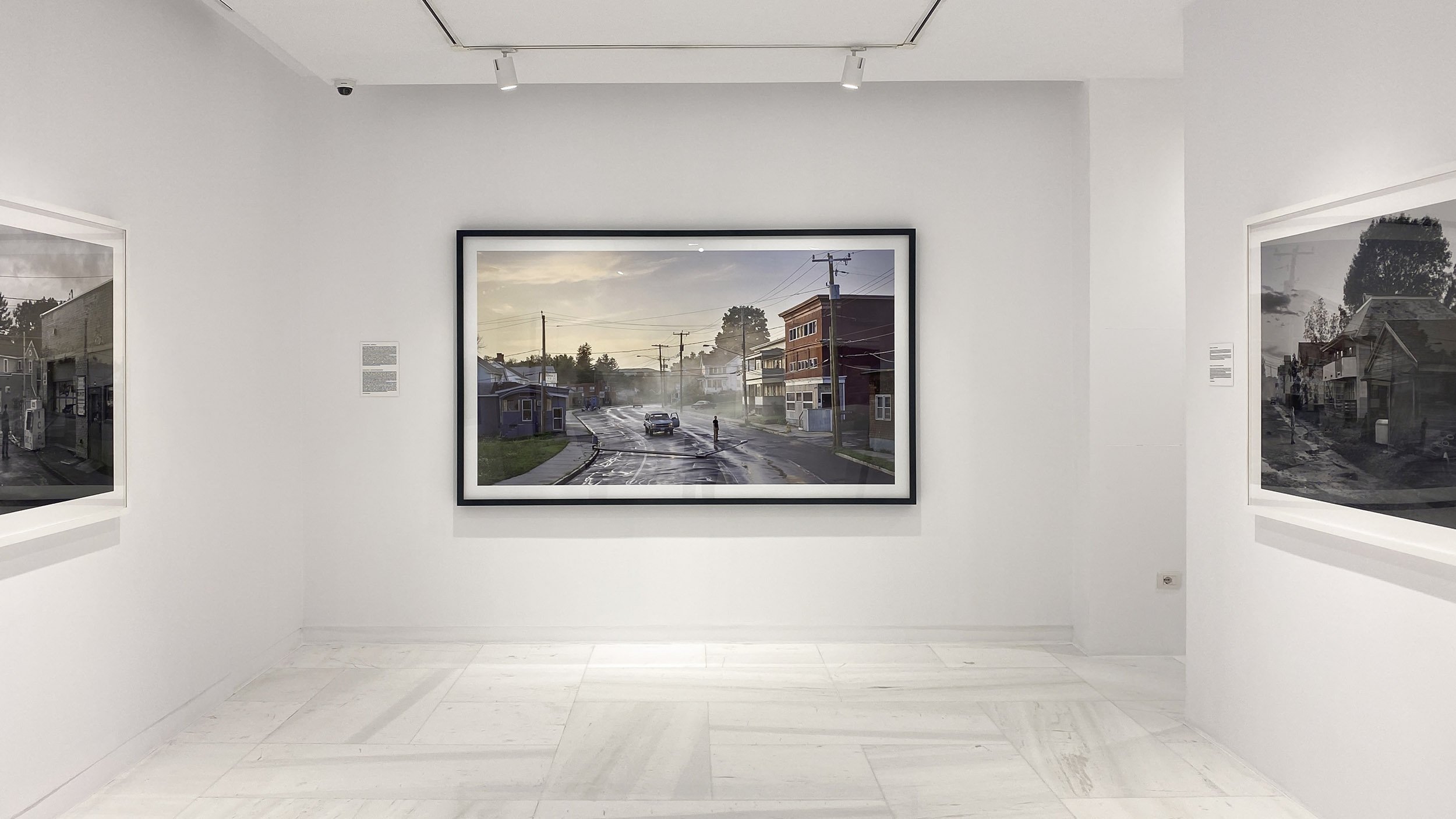
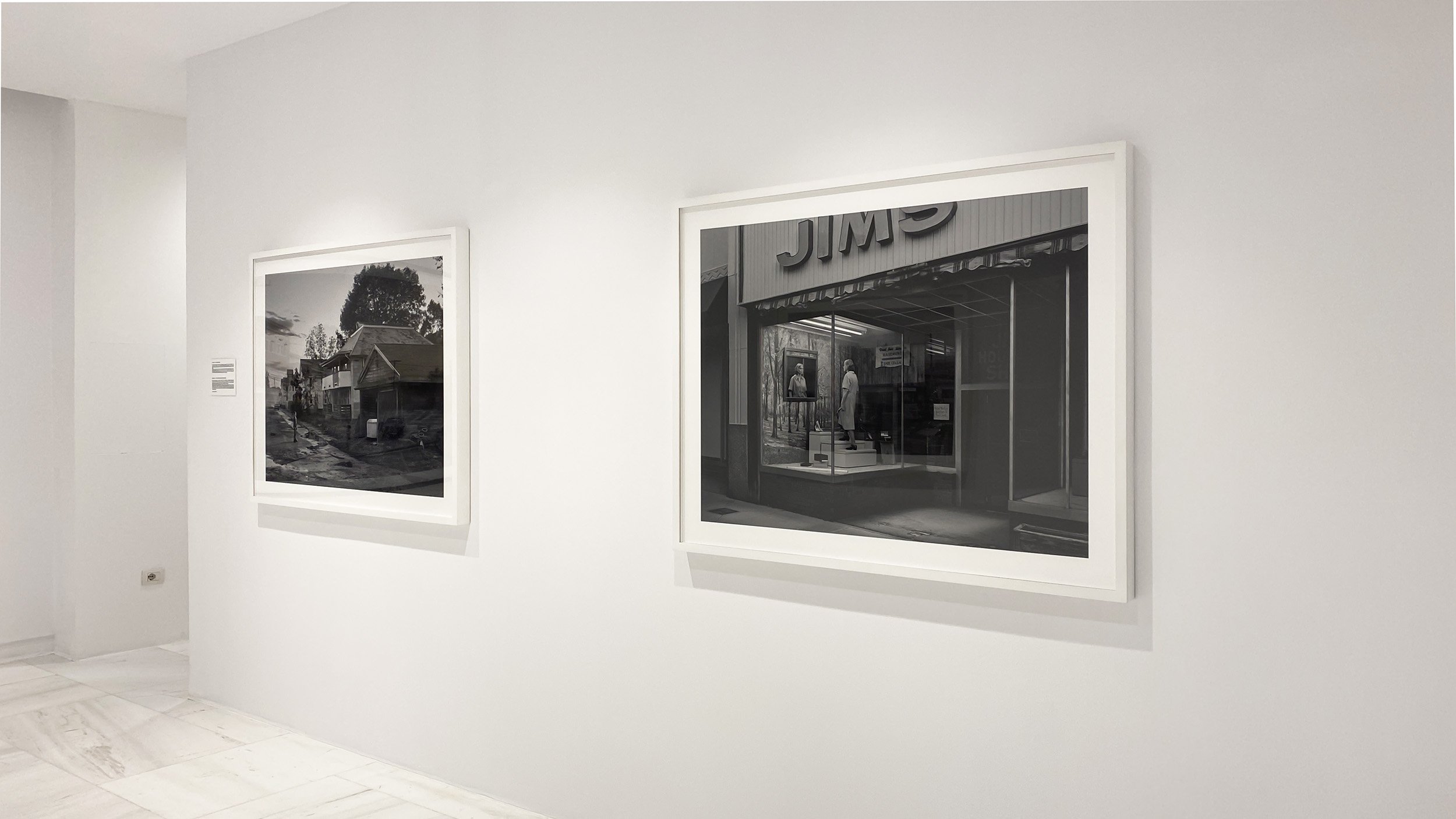
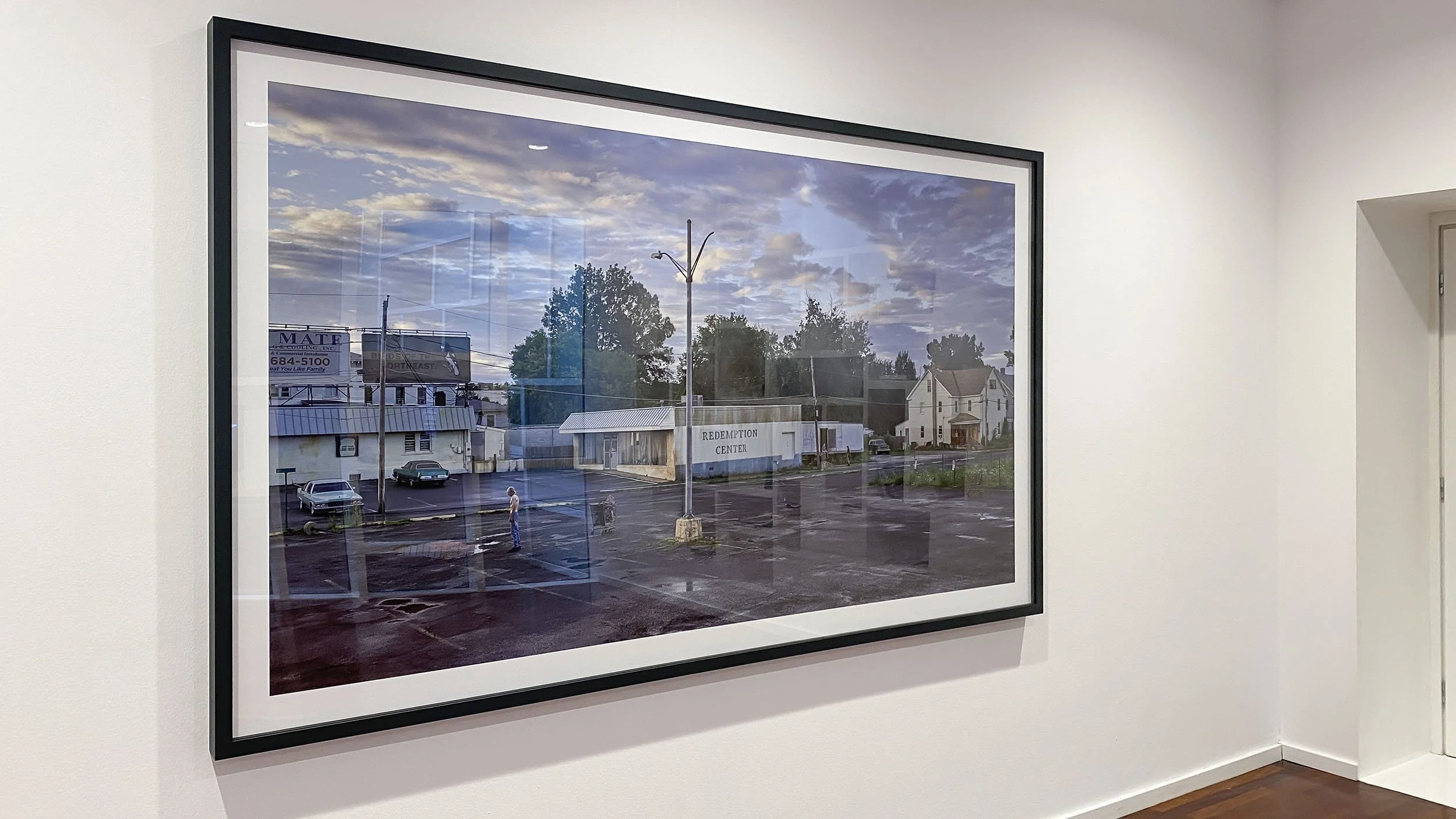
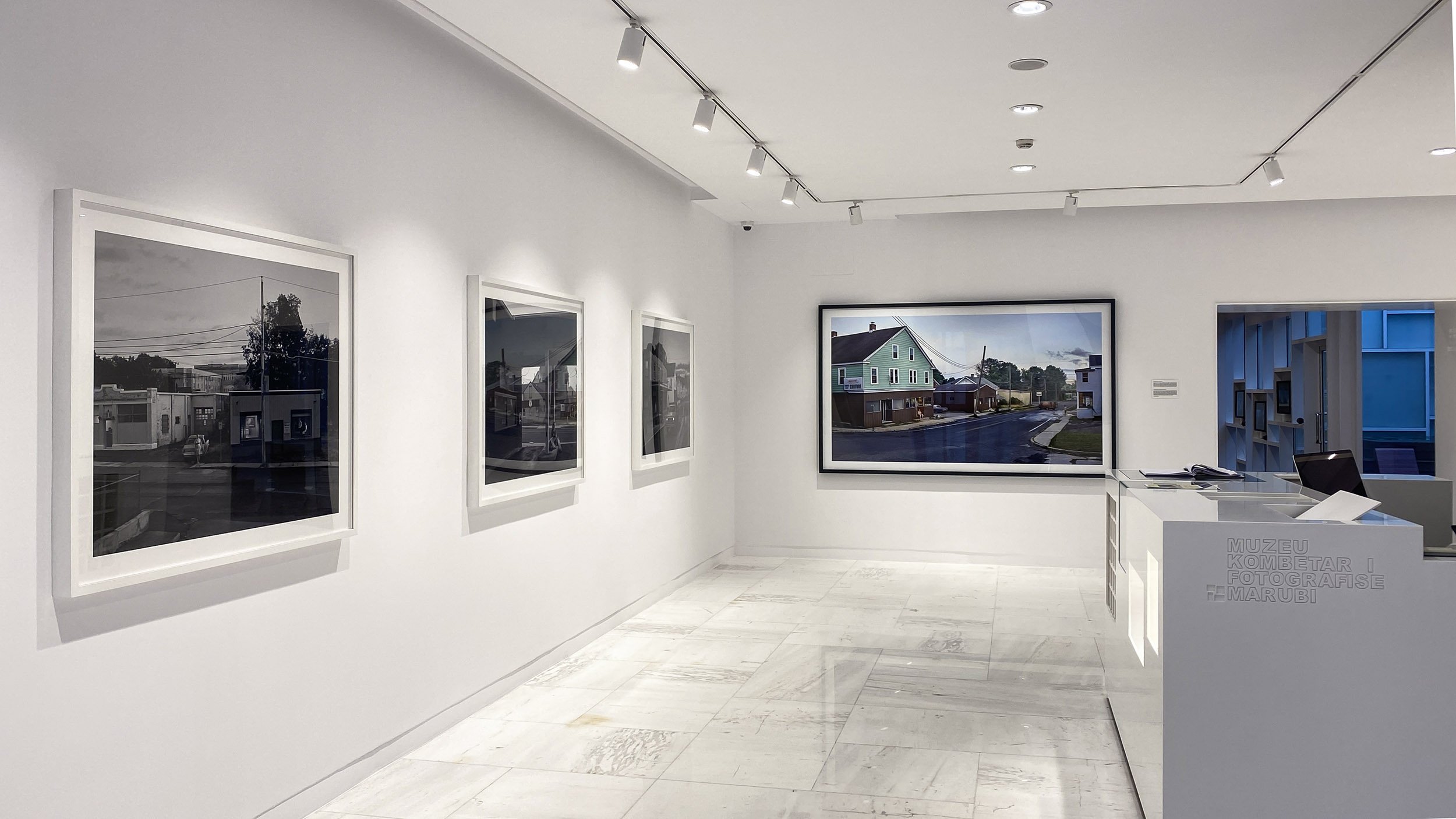
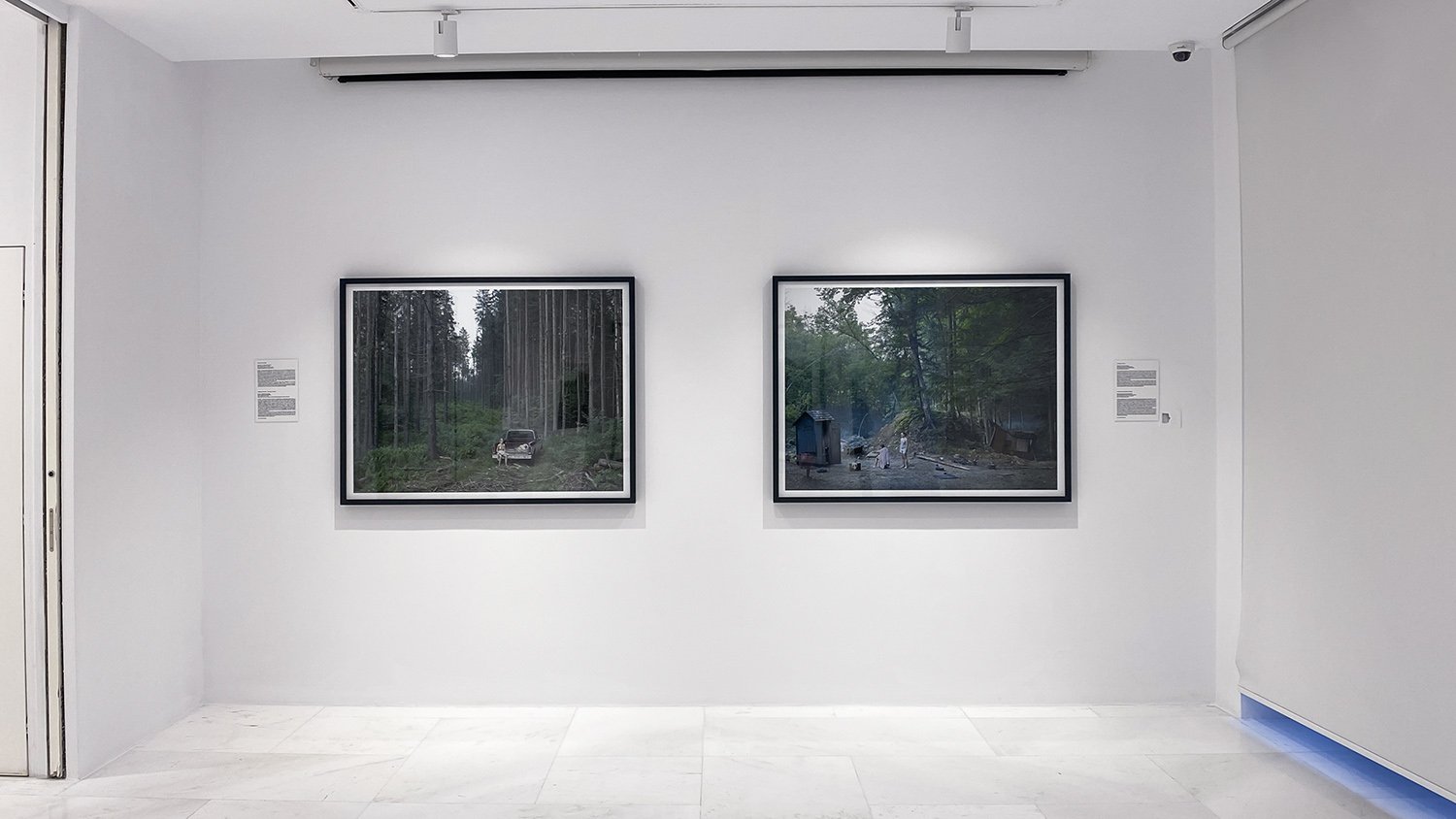
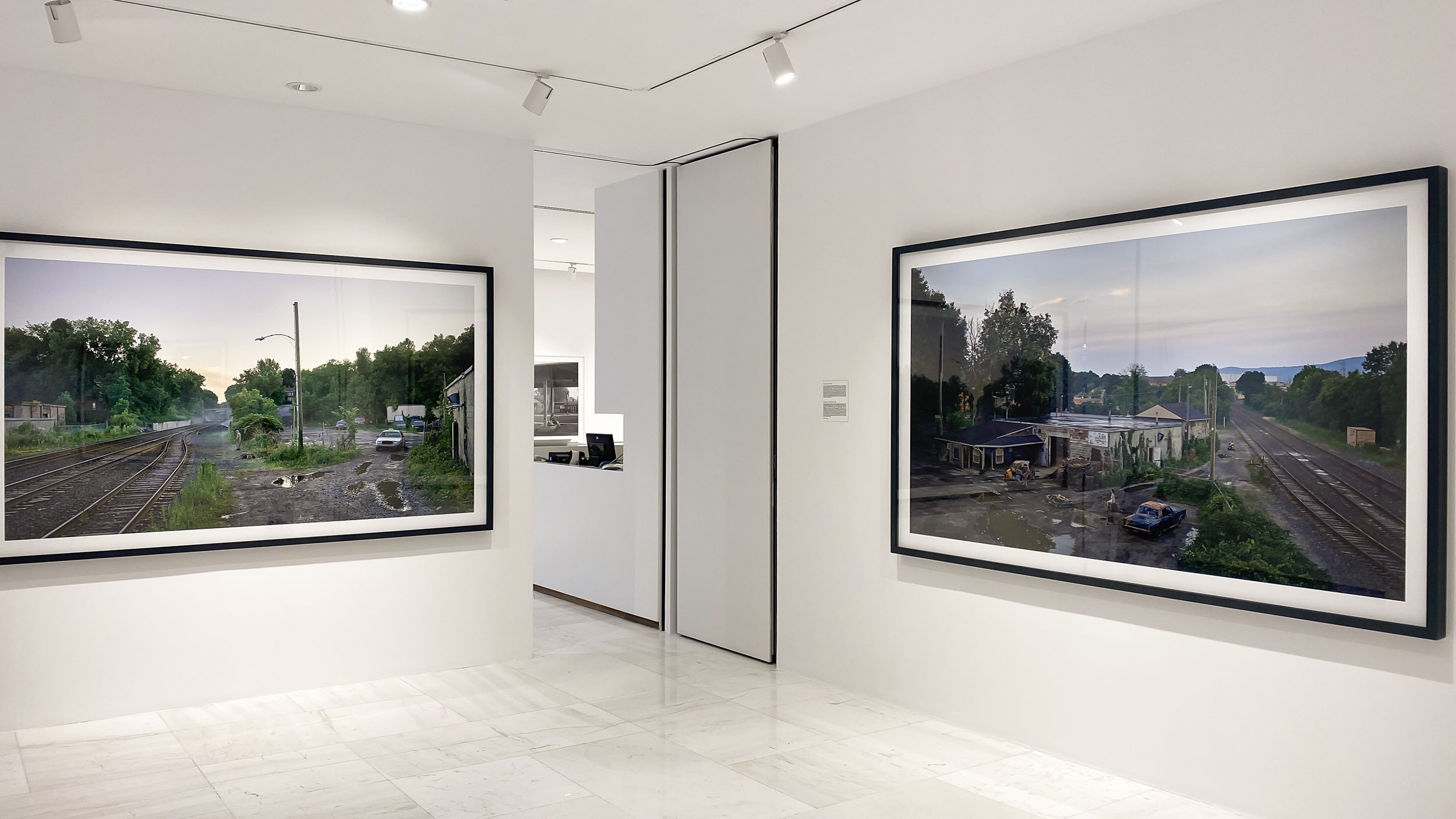
Exhibition View, photo credit Tatì Space
Andrea Martino
Andrea Martino is a young Italian photographer with a background in architecture. Born in Naples in 1996, his hometown shaped his worldview, teaching him to observe space and understand the intricate relationships that are created with it. Each shot represents an attempt to absorb the atmosphere of the place, allowing the context to suggest its stories. Photography thus becomes a form of visual narration that seeks to capture the essence of places and human connections in a delicate balance between art and documentation.
Caveat
Andrea Martino is a young Italian photographer with a background in architecture. Born in Naples in 1996, his hometown shaped his worldview, teaching him to observe space and understand the intricate relationships that are created with it. During his university studies in architecture, he developed a parallel interest in photography, using it as a tool for research and documentation. The photographic language became his main means to explore and narrate what he sees through the lens, investigating the physical environment that surrounds, scrutinizing not only the architectural elements, but also the human relationships that interact with space. Each shot represents an attempt to absorb the atmosphere of the place, allowing the context to suggest its stories. Photography thus becomes a form of visual narration that seeks to capture the essence of places and human connections in a delicate balance between art and documentation.
In his photography project Caveat, the eye of the photographer and the sensibility of the architect are visible. We are pleased that Andrea accepted to be interviewed by Tati Space in order to learn more about the context of the project, his photography process and approaches.
Andrea Martino, Caveat 1
Summary of the Project:
Caveat: a Latin word that sounds like a warning, “beware”. It is the title of a photographic series that explores the caves of Vallone di San Rocco in Naples, a hidden and endangered treasure, a challenge for the eye and the memory. The caves are ancient cavities dug in the yellow tuff, the volcanic material that formed after an eruption of the Campi Flegrei about 12,000 years ago. From these caves Naples grew, which used the tuff for its constructions, but which also gave the caves other uses: shelter, workplace, storage, landfill. Today these caves are covered by an urban jungle that hosts an extraordinary biodiversity, but that leaves an open wound in the rock and in history. The photographic series tries to return a historical and formal “portrait” of these caves, showing their architectural, landscape, environmental, social value. The Caves of Vallone present themselves as urban rooms, where space is a void, where air is closed by matter that traces its boundary. A system that has its own logic, its own geometry, its own aesthetics, but that has remained invisible and inaccessible for a long time, and that now proposes itself to discovery and enhancement. This investigation aims to demonstrate that these quarries are an integral part of Naples’ history and culture, but they are also at risk of degradation and oblivion. The quarries are a dormant giant waiting to be awakened with care and respect, not only as geological heritage but also as a custodian of Neapolitan cultural memory.
Andrea Martino, Caveat 2
Tati Space: How came your interest in photographing the Caves of Vallone di San Rocco in Naples? What was the moment of inspiration?
Andrea: In reality, the project came about somewhat by chance. I learned about this place through some friends, and after an initial walk, it was love at first sight. The awareness of the project I was undertaking didn’t come immediately; rather, it emerged towards the end, following a wealth of stimuli that guided my final work.
The photography process was accompanied by an extended period of information gathering and, most importantly, extensive reconnaissance. Navigating within the valley was not easy, especially considering its current state (with paths that are difficult to traverse and hidden by dense vegetation). Initially, when I visited the first quarries, I didn’t have this project in mind. Everything changed when a friend and university colleague, who was working on a design thesis related to the valley, provided additional details and insights for me to continue my research.
Andrea Martino, Caveat 3
Tati Space: Are the Caves you describe a natural monument, or a historical monument, protected by any law, Italian or international? What is their use for the moment? Are they in public or private ownership. Can you give more information to create an idea bout the context?
Andrea: The photography project focuses solely on abandoned quarries. By examining the Urban Implementarion Plan, it’s possible to determine that the quarries are subject to the constraints of Law 1497 of June 29, 1939, which pertains to the protection of natural beauty. Regarding ownership, some quarries are definitely privately owned and fenced (for example, the quarries where buses are located, such as Cava Aloschi, which is also used as a bus depot). Others, however, are difficult to attribute ownership to, as the area underwent chaotic development in the 1960s, making it challenging to identify the owners.
Vallone San Rocco received an interesting recovery project in 2012, following the initial park redevelopment project that began in 2003 and concluded in 2011. Some of the quarries in the San Rocco valley are privately owned and are currently being used as workshops by local artisans.
Andrea Martino, Caveat 4
Tati Space: What was your approach in photographing the Caves, for example the camera that you used, or any other curiosity from the process of photographing them?
Andrea: Regarding my approach to photography, I adopted pure contemplation—a method that characterizes my way of working. Despite using digital technology, I deliberately slowed down, favoring observation. I take only a few photos because I already know what I’m looking for when I shoot. I like to describe my process using the words of Gabriele Basilico: “I arrive at a place and move around like a dowser searching for the right viewpoint. I walk back and forth; the important thing is to find the right balance between myself, the eye, and the space.”
Andrea Martino, Caveat 5
From a technical perspective, I chose to use the square format and black and white to create timeless images. These cavities are portrayed in their entirety, anthropomorphized as an almost maternal figure that, throughout history, provided material and shelter for the growth and survival of the city and its citizens in Naples.
Post-production was equally important, allowing me to organize the narrative and rediscover and appreciate the locations, uncovering elements that had eluded me during the photographic campaign. In my personal projects, I intentionally slow down in all image processing stages, from pre-production to post-production, almost as if I were working in analog. This approach allows me to appreciate what I am representing and avoid a gluttonous collection of images that I would struggle to synthesize and relate to my thoughts.
Tati Space: Thank you Andrea for sharing your work with us.
Andrea Martino, Caveat 6
Andrea Martino, Caveat 7
Andrea Martino, Caveat 8
Andrea Martino, Caveat 9
Andrea Martino, Caveat 10
The Readers can see more of Andrea’s work at his website
Interview by Alketa Misja, for Tatì Space
Photography Exhibition THE CITY IN BLACK AND WHITE - 7th Edition
“THE CITY IN BLACK AND WHITE” Online Photography Exhibitions 7th edition, at Tati Space Photography Center
THE PRESENTATION
7th edition of the Online Photo Exhibitions with the theme:
THE CITY IN BLACK AND WHITE
We are pleased to present the 7-th edition of the Online Photography Exhibitions at Tati Space Photography Center, with the Theme THE CITY IN BLACK AND WHITE.
Black and White Photography is the oldest form of photography. And yet it remains very modern, as it offers different interpretations. Some artists appreciate it because in the absence of colors, black and white photography is more powerful to convey emotions. Others use monochrome photography to go back in time and evoke memories. Other artists use it for purely aesthetic and graphic reasons, as black and white photography offers strong contrasts and many tonalities of shades.
We are happy that to our invitation have been responded many artists from different parts of the world: USA, UK, Canada, Ukraine, Albania, Croatia, Germany, Italy, France, Spain, Greece, Netherlands, Czech Republic, Israel, Russia, Azerbaijan, Turkey, Egypt, Iran, India, Chine, Brazil, among others. From a large number of submissions 245, we have selected 58 authors. Their photographs are categorized in 3 Categories ARCHITECTURE, PEOPLE, PLACES.
We hope you enjoy them all!
Curator
Alketa Misja
Tatì Space Center
CATEGORIES
Photography Exhibition THE CITY IN BLACK AND WHITE
CATEGORY ARCHITECTURE
THE CITY IN BLACK AND WHITE Online Photography Exhibitions 7th edition
CATEGORY : ARCHITECTURE
Author: Bia Serranoni
Country: Brasil
Museum Series – Louvre. Location: Paris
Museum Series – MAC. Location: Niteroi /Rio de Janeiro
Museum Series – MAR. Location: Rio de Janeiro
Museum Series – Soumaya. Location: Mexico City
The Museum Series, is based on capturing clippings of the architecture of important museums around the world, whose architecture is a significant part of the city's landscape, which often also characterizes them as a work beyond their function as a space. The series is also intended to highlight what might otherwise go unnoticed by the hurried eye.
Links of the author:
Website:https://biaserranoni.com/
Instagram: https://www.instagram.com/biaserranonifotografia/
Author: Dan Bucko
Country: USA
Title of Series: “Exoskeleton”
Photo 1: “Curves and Spires”
Photo 2: “Illuminessence and Reflections”
Photo 3: “Layers”
Photo 4: “Sharp Angles”
Place: Disney Concert Hall, Los Angeles, California, USA
Description: Bathed in the soft glow of reflected light, the Walt Disney Concert Hall rises like a symphony in steel and glass. Its form, a captivating interplay of angles and curves, feels poised to erupt into a crescendo of music. Within its sleek, modern embrace, melodies take flight, a testament to the beauty that resonates both inside and out.
Links of the author:
Website http://buckocreative.com/
Author: Dardan Vukaj
Country: Albania
Title of Series: “Vertical”
Photo 1: Brussels, Quatuor Building, Jaspers-Eyers Architects.
Photo 2: Milano, Generali Tower, arch Zaha Hadid
Photo 3: Milano, Bosco Verticale, arch Stefano Boeri
Photo 4: Milano, Regione Lombardia Tower, arch. Pei Cobb Freed & Partners
Description: A series of black and white photos that emphasize the verticality of buildings, by highlighting design elements such as rhythm, light-shadow, contrast, the texture of modern materials, futuristic design.
Links of the author:
Instagram: https://www.instagram.com/dardanvukaj_archframes/
Author: Josep Sánchez.
Country: Barcelona (Spain).
Title of Series: “The City of Justice”
Place: The City of Justice in Barcelona and Hospitalet de Llobregat.
Description:The City of Justice is the largest and most complex project of the Judicial Infrastructure Plan, carried out by the Department of Justice. It symbolizes the will of the Government to bring justice closer to citizens, modernizing it and making it more comfortable and accessible.
Links of the author:
Instagram: https://www.instagram.com/barcelonafotos/
Author: Miles Astray
Country: Germany
Title: “Supersymmetry”
Place: Paris, France
Description: The Francois-Mitterrand Library in Paris is one of the city's lesser-known landmarks and its modern look juxtaposes the city's traditional architecture. It consists of four buildings that are all shaped like open books with two sides (pages) at a 90-degree angle. This low angle creates an apparently infinite symmetry that is symbolic of the building's futuristic nature.
Links of the author:
Website: http://www.milesastray.com/
© Miles Astray, Supersymmetry
Author: Rich Martin
Country: Switzerland
Title: “Shanghai Tower + SWFC”
Place: Shanghai, China
Description: The Shanghai Tower and the Shanghai World Financial Centre, the third and twelfth tallest buildings in the world, stand next to each other in Shanghai's Pudong district dominating the area. Capturing these ultra-modern feats of architecture and engineering on vintage cameras and film was my way of exploring the contrast between the future and the past. These two images were shot on Ilford Delta 3200 film using a Pentax 6x7 camera. I developed the film in Ilford DD-X developer, fixed with Ilford Rapid fixer. There was no digital post-processing except dust-speck removal.
Links of the author:
Website: https://developerfluid.net
Author: Stéphane Louis
Country: France
Title: “Rialto Bridge”
Place: Venice, 2020
Description: An image of one of the most photographed building of one of the most photographed cities in the world through a glass.
Links of the author:
Website: www.stephanelouis.com
Facebook: www.facebook.com/slouisphotographe
© Stéphane Louis, RialtoBridge Venice 2020
Author: Louise Muscat
Country: Malta
Photo title: “Snowfall In The City”
Place: Stockholm, Sweden
Description: Snow falls on the Nordiska Museet in the city of Stockholm.
Links of the author:
Instagram: https://www.instagram.com/louisemuscatphoto/
© Louise Muscat, Snowfall In The City
Author: Mariano Pedalino
Country: Italy
Title: “Berlin Karl Marx Allee”
Place: Berlin
Description: The photo is a double exposure of a building on the Karl Marx Allee in Berlin.
The Karl Marx Allee is characterised by buildings constructed in the 1950s, mostly belonging to the current of so-called socialist classicism, and designed on the model of the great cities of the Soviet Union such as Moscow, Kiev, Stalingrad and Leningrad
Website: https://marianopedalino.com/
Instagram: https://marianopedalino.com/
© Mariano Pedalino, Berlin Karl Marx Allee
Author: Helga Bahmer
Country: Hamburg, Germany
Title of Series "Metabolism Berlin"
Description: Metabolism - conversion of the organism foreign substances into substances that are native to the organism. Nature diffuses through the structures and buildings created by human. Concrete, stone and things; people breathe the cities air. My pictures seek an expression that represents the fight against the autonomy of nature, its control and utilisation.
The series was taken in April 2024 in various parts of Berlin.
Links of the author:
Website: https://500px.com/p/peggy-perfect
Instagram: https://www.instagram.com/helga_be_punkt/
Author: Zheltov Denis Yurievich
Country: Russia
Title: “Windows”
Place: Russia, St. Petersburg
Description: one of the houses of the old building of the city of St. Petersburg
Links of the author:
© Denis Zheltov, Windows
Author: Natalia Liubinetska
Country: Kyiv, Ukraine
Title: “The War in Ukraine 1, 2”
Place: Irpin, Ukraine
Description: The photos were taken in Irpin, Ukraine. A Russian missile hit a residential building. The house is now in a state of disrepair and unlivable, there is no water or electricity, but some families continue to live in it...
Links of the author:
Instagram: https://www.instagram.com/liubinetska_photographer/
Author: Benaissa Ilyes
Country : Algeria
Title : “Hotel Oran”
Place : Oran , Algeria
Description of the photo : A photo of an unfinished hotel located on the seafront of Oran, Algeria
Social media :
Instagram : https://www.instagram.com/benaissailyes/
Facebook : https://www.facebook.com/benaissailyes0/
© Benaissa Ilyes, Hotel Oran
Author: Ruslan Hajizada
Country: Azerbaijan
Title: “Multangular object”
Place: Istanbul, Turkiye
Description: This photo was captured at the territory of Jamlija mosque in Istanbul, Turkiye
© Ruslan Hajizada, Multangular Object
Author: Nurlan Tahirli
Country: Azerbaijan
Title: “Sommiar”
Place: Baku, Azerbaijan
Description: The scene was reminiscent of a passage from James Lillis's book "A Walk in Dreams", where he described a man surrounded by smooth, white surfaces everywhere. The atmosphere and color of the scene reminded me of this - a man walking in his dreams.
Links of the author:
Instagram: https://www.instagram.com/nurlan_tahirli/
© Nurlan Tahirli, Sommiar
Author: Dimitris Lapousis
Country: Greece
Title: “Athens”
Place: Athens, Greece
Description: The Greek Parliament as a little planet.
Links of the author:
Instagram https://www.instagram.com/dlapousis/
© Dimitris Lapousis, Athens
Author: Pantaleo Musarò
Country: Italia
Title: “Twin Elevation”
Place: Bologna
Description: The photo taken in the city of Bologna is actually a monument, but while I was taking the shot it took me back to the structure of two identical skyscrapers that were mirrored, but at the same time I went with memories to the twin towers. So I gave the image that ghostly allure typical of the memory of painful events, I have of many cities with popular urbanization neighborhoods.
Links of the author:
Website: https://www.pantaleomusaro.com
Instagram: https://www.instagram.com/pantaleomusaro
© Pantaleo Musarò, Twin elevation
Author: Tommaso Stefanori
Country: Rome, Italy.
Title of the Series: ''The E.U.R. District ''.
Description: This series of photos were shot in the E.U.R. district of Rome, Italy, one of the most architecturally iconic in the city. The intent of the shot is to underline the game of lights and shadows that these buildings can offer and also their inspiration to the old Roman Empire architecture.
Links of the author:
Website: https://tstefanori.wixsite.com/tommasostefanori
Instagram: https://www.instagram.com/tommaso_stefanori/
OTHER CATEGORIES
Photography Exhibition THE CITY IN BLACK AND WHITE
CATEGORY PEOPLE
THE CITY IN BLACK AND WHITE Online Photography Exhibitions 7th edition
CATEGORY : PEOPLE
Author: Andrii Bulavka
Country: France
Title of the photos: “Dancing With the Spirits”, “Dubliners”, “The Year of Dragon”.
Description: The photo series "Dancing with the Spirits" (2023) from my trip to Michoacán, Mexico, during the Day of the Dead celebration explores the resilience of local traditions in honoring ancestors.
The photo series "Dubliners" (2024), named after the novel by Irish literary figure James Joyce, highlights scenes of street life of both residents and visitors of the Irish capital, as I seek to answer for myself what makes Dublin "my city" for Dubliners.
The photo series "The Year of Dragon" (2024) documents my trip to Shanghai during the celebration of the Chinese New Year, or the Spring Festival. Through this series, I aim to visually trace the cultural and societal evolution of this vast Chinese city from the traditional scenes I was fortunate to witness during the festival to the modern realities of the Chinese people, complete with skyscrapers and technologies.
Links of the author
Author: Jean-Luc Feixa
Country: Belgium
Title: “Hexie Hao”
Place: China, Beijing and Shanghai
These pictures are part of the series Hexie Hao. Project done in several cities of China in 2018.
Links of the author:
Website: https://jlfeixa.bigcartel.com
Instagram: https://www.instagram.com/jlfeixa/
Author: Jason Au
Country: Hong Kong
Photo 1: “Social Distancing”. On a Sunday during the Covid-19 pandemic, Hong Kong residents congregated in a shopping mall atrium. To tackle Covid-19, the Hong Kong government has enforced by law to prohibit group gatherings of more than four persons in public places. Therefore, every group of people maintained a minimum 1.5 meter 'social distance' from another group of people. A compliance officer wearing a lanyard around his neck was seen enforcing the social distancing rule.
Photo 2: “Solitude”. As evening falls, a lone figure sits on a bench, bathed in the glow of artificial illumination. Above him, the vast expanse of empty space seems to speak to the isolation and detachment that many feel in the modern world. The urban landscape that surrounds us is a product of our own creation - and yet, as we succumb to its allure, we can't help but feel a sense of loneliness and disconnection.
Photo 3: “Tunnel Vision”. As I stroll through the aisle of this remarkable building in Hong Kong, I find myself captivated by the interplay of light on the columns, which spill onto the textured ground, creating a mesmerising tunnel-like effect. Suddenly, a young scooter kid glides by, and I carefully time my shutter release to seize this fleeting moment.
Photo 4: “Working Platform”. In the bustling city of Hong Kong, it is common to witness suspended work platforms scaling the heights of towering skyscrapers. These platforms serve as temporary workplaces for brave workers who diligently clean and maintain the exterior walls of these impressive buildings.
Photo 5: “Box Junction”. Taken from an overpass in the city centre at night, a hurried person crosses the box junction, seemingly unfazed by the traffic. Even while on the move, the person is engrossed in a phone conversation.
Place: Hong Kong
Website: https://jasonaucs.com
Instagram: https://www.instagram.com/jasonaucs/
Author: Natia Tetiashvili
Country: Georgia
Place: New York, United States
Title of Series: “In BluR”
Description: The series features self-portraits in various locations around New York City. The photographs are deliberately blurred to emphasize the feeling of the struggle amid the overwhelming noise and confusion. The blurred face in each photograph serves as a metaphor for the blurred lines between self and environment, individual and collective, and the internal and external chaos one experiences in such a dynamic and demanding environment. Through this project, the artist hopes to spark a dialogue about mental health, self-discovery, and the human experience of navigating through life's uncertainties. By sharing this introspective visual narrative, they aim to inspire empathy, understanding, and meaningful conversations about the complexities of the human psyche and the universal quest for purpose, and inner peace amidst the noise and confusion of modern life."
Links of the author:
Website: https://www.teteshka.org/
Instagram: https://www.instagram.com/teteshka__/
Author: Liana Darenskaya
Country: Moscow, Russia
Title: “Anxiety in big city” “Down Town” “Dreams of capital” “Financial piramid” “Where Am I”
Place: Moscow
Description: The photos were taken in Moscow, downtown and a bit far area, so called sleepy region of the city. I used digital collage technique to force the impression and mood.
Links of the author:
Website: https://lianadarenskaya.ru
Instagram: https://www.instagram.com/lianadarenskaya/
Author: Yudai Yoshikawa
Country: Japan
Title: “A ghost in Paris”
Place: Paris
Description: Rainy, cold, depressing but relaxing time in Paris
Author: Maksym Romenskyi
Country: Ukraine (based Portugal)
Title: “Festa”
Place: Portugal
Project Description: Festa is a holiday in Portuguese. People are hungry for festa. And the scarier the world around them, the more and more people want to celebrate. They eat like it's the last time, drink like it's the last time, and laugh. But sometimes where there is a lot of laughter, there is a lot of fear. This project focuses on the visual images of insecurity and fear that manifest during celebrations.
Links of the author:
Website: https://maksymromenskyi.com
Author: Donal Husni
Country : Indonesia
Title: “Jakarta The Sinking City”
Place : North Jakarta
Description : This series is from North Jakarta that have issue with sea level that getting higher than the ground, causing the houses flooded with sea water, every time monsoon happening.
Links of the author:
http://www.donalhusni.photoshelter.com
Instagram: https://www.instagram.com/donalhusni/
Author: Muhammad Saidul Islam
Country: Bangladesh
Title: “Daily workers in Bangladesh”
Place : Daudkandi Comilla Bangladesh
Description: Bangladeshi daily laborers work tirelessly, transporting red sand for construction from all over the country, earning 300-500 BDT daily. They've used a plastic coin deposit system for 15 years. Men and women alike take breaks for meals and rest during their workday, which typically ends around 5 pm.
Links of the author:
Instagram: https://www.instagram.com/muhammad.photo/
© Muhammad Saidul, Daily workers in Bangladesh
Author: Tatiana Varfolomeeva
Country: Russia
Title: “Equality”
Place: Hong Kong
Description: This photo was taken in Hong Kong at Harbour city where all the famous shops are located.
Links of the author:
© Tatiana Varfolomeeva, Equality
Author: Mario Gustavo Fiorucci
Country: Argentina
Title: “Shadows for three”
Place: Buenos Aires, Argentina.
Description: The evening light filtered through a street and created this play of shadows to create this image.
Links of the author:
© Mario Gustavo Fiorucci, Shadows for three
Author: Mary Crnkovic Pilas
Country: Croatia
Title: “Sweet Bird of Youth”
Place: Bol, Croatia
Description: This photo was taken while I was on holiday in Bol, Croatia. One day, while going home from the beach, I walked past a park that I have passed at least a hundred times. This time, to my delight, I noticed a little girl in a white dress with blond curls swinging on the swing, and beside her, her shadow.
Links of the author:
Website: https://themarvelsofdailylife.com
Instagram: https://www.instagram.com/the.marvels.of.daily.life/
Mary Crnkovic Pilas, Sweet Bird of Youth
Author: Luca Morgantini
Country: Italy
Title: "The Urban Swing"
Place: Stuttgart
Links of the author:
Website: www.lucamorgantini.com
© Luca Morgantini, The Urban Swing
© George Digalakis, The Phone call
Author: George Digalakis
Country: Greece
Title: “The Phonecall”
Place: Thessaloniki, Greece
Description: A bicycle rider, talking to his phone, in front of the famous sculpture “Umbrellas” on the seafront of the city of Thessaloniki.
Links of the author:
Website: https://www.digalakisphotography.com/
Facebook: https://www.facebook.com/GeorgeDigalakisPhotography/
Author: Stefan Doynov
Country: Bulgaria
Title: “Skylight”
Place: Sofia, Stadium 'Vasil Levski' metro station entrance
Description: The photo shows a person entering the metro station who is being lit by two flying saucer-like skylights from the roof of the station.
Instagram: https://www.instagram.com/doynov.raw/
© Stefan Doynov, Skylight
Author Liliya Zhilina
Country: Russia
Title of the Series: “Silent”
Place: Russia
Description: Feeling is a sensation we experience with a touch: both physical and spiritual. As a visual artist, I do not just see this world; I feel it. I create memories through emotional connection with everything that surrounds me. I narrate these intimate moments in photographs through metaphors and symbols, telling stories in feelings. I explore the complexity of human emotions, and how it influences the opinion, we form about ourselves. With my works, I hope to engage viewers in a silent conversation with themselves, during which they would come to accept themselves as they are, with everything they are feeling.
Liliya Zhilina, visual artist, specializing in art-fashion photography and film. In her
works, Liliya explores questions about identity, self-acceptance and complexity of human emotions. Her artistic philosophy she describes as “feeling in silence”. Through her works Liliya engages with an audience and awakes one’s consciousness not using words, but feelings that come with half-forgotten memories and moments in life.
Links of the author:
Website: http://iammeellz.tilda.ws
Instagram: https://www.instagram.com/iammeellz/
OTHER CATEGORIES
Photography Exhibition THE CITY IN BLACK AND WHITE
CATEGORY PLACES
THE CITY IN BLACK AND WHITE Online Photography Exhibitions 7th edition
CATEGORY : PLACES
Author: Yurii Naumovych
Country: Ukraine
Title of series: “Parallels”
Place: Kyiv, Ukraine
Description: My project is a visual representation of various aspects of human life, emotions, and experiences. Black-and-white photography accentuates the contrast, drama, or abstraction in the images. Each diptych has its own theme or idea but collectively, they create connections, exploring contrasts, balance, the passage of time, and reflecting the inner states or social aspects of life.
Links of the author
Instagram:https://www.instagram.com/naumovych
Author: Polovnikova Valentina
Country: Russia, Moscow.
Title: "Haiku.
Description: From the autumn-winter cycle.
Links of the author:
Website: https://vpolovnikova.ru
© Polovnikova Valentina, Haiku
Author: Eszter Ozsváth
Country: Hungary
Title of Series: “Perchè piangi, Roma?”
Place: Rome, Italy
Description: Although "Perchè piangi, Roma?" figuratively means "Why are you crying, Rome?", the word "piangere" also refers to raining. The series explores the strange occurrence of Rome, a city with an eternal soul, looking damp and gloomy in black-and-white - even after the clouds are all gone.
Links of the author:
Author: Mikhaylova Raisa
Country: Russia, Moscow
Title of Series "Paris Impression"
Description: "There is never any ending to Paris"- the photos were taken in multi-exposure mode during my trip to Paris in 2015.
Links of the author:
Website: https://raisamikhaylova.com/paris
Author: Carolina Carmini
Country: Brazil
Title: “Vestige”
Place: São Paulo
Description: This series explores the emptiness in the streets of the city of São Paulo, which are full of people every day filling their spaces. What is left when there is no more human life on the streets? If we all disappeared abruptly, what would city evidence say about us?
Our old buildings contrast with contemporary architecture, our streets, trails, trash, objects, signs, everything that makes up a city. What story would you tell about us? What this empty city would say about how we built it, how we experience it, occupy it, inhabit it. Reflect on our legacy, to rethink our present. All photographs in this series were taken on 35mm film.
Links of the author:
Website: https://carminicarolina.myportfolio.com
Instagram: https://www.instagram.com/caos.analogico/
Author: Maria Isabel Moreira
Country: Portugal
Title of series: “Porto”
Place: Porto, Portugal
Description: Old part of the city, UNESCO World Heritage site since 1996.
Links of the author:
Instagram: https://www.instagram.com/misgm1/
Author: Ilija Stanusic
Title: “Old city”
Place: Šibenik,Trogir, Pirovac
Description: Most towns in Dalmatia have preserved old town centers with narrow streets. The houses were built of stone and compacted, which protected them from the summer heat and strong gusts of wind.
Links of the author:
Website: https://www.stanusic.com
Author: Igal Stulbach
Country: Israel
Title of Series: “South Tel Aviv”
Description: Places in a south which is the poorer part of Tel Aviv
Links of the author:
Website: https://stulbach.com/#ms-1
Author: Eigil Eliassen
Country: Norway
Title: “Luz”
Place: Cartagena, Spain
Description: The Church "La Iglesia De Santa María De Gracia» In Cartagena, Spain.
A Luminous Cross On The Church Facade Is Formed By The Shadow Of Two Buildings Opposite.
Links of the author:
Instagram: https://www.instagram.com/eigilelias/
© Eigil Eliassen, Luz
Author: Pekka Lietepohja
Country: Finland
Title: “Main Street”
Place: Finland.
Description: A street of an abandoned tourist city. Analog photo with large format camera on sheet film.
Bio: I am a retired Professor from the University of Applied Sciences. I taught forest engineering at Seinäjoki University of Applied Sciences. My main subjects were leadership, organizational behavior, sociology, and environmental philosophy. Taking photos is my favorite hobby. My photographic specialties are film photography in large format, medium format, and 35 mm size. One of my favorite specialties is alternative chemicals and methods. I take sometimes pinhole photos. Sometimes I develop my films with a beer developer, coffee developer, or developer of birch leaf concentration. My aesthetic aims are minimalism, black and white, and abstract expressions of life and shapes of scenery and human life.
Links of the author:
© .Pekka Lietepohja, Main Street
Author: Anamaria Prelipcean
Country: Romania, Bucharest
Title: “Ghosts of the trees”
Description: During a photowalk in Cernavoda, a small town in Romania, I took this photo. Those trees were like ghosts and the buildings seemed deserted. It was a surrealistic vibe for me.
Links of the author:
Instagram: https://www.instagram.com/anne_de_beauvoir
© Anamaria Prelipcean, Ghosts of the trees
Author: Zhengyi Wang
Country: France
Title: “Stones of the City”
Place: Singapore
Description: This photo shows a group of boulders in a meadow with the city skyline in the background. It contrasts the rough natural shape of the stones with the sharp modern buildings behind them. It is a reminder of how nature and city life are both separate and interconnected.
Links of the author:
Instagram: https://www.instagram.com/ishan.wong/
© Zhengyi Wang, Stones of the City
© Flori Nepravishta, Nature and Industry
Author: Florian Nepravishta
Country: Albania
Title: “Contrasts of Nature and Industry”
Place: Vlore, Albania
Description: This black-and-white photograph captures a striking juxtaposition between the natural and industrial worlds. In the foreground, a large, gnarled tree stands prominently, its branches reaching out against the sky. The tree's intricate details and textures are highlighted by the monochrome palette, emphasizing its rugged beauty. In the background, an industrial structure rises, its modern lines and shapes contrasting sharply with the organic forms of the tree. The scene is set on a sandy beach, with scattered driftwood and grasses adding to the natural elements. The overall composition evokes a sense of balance and tension between the enduring presence of nature and the encroaching influence of human industry.
Links of the author:
Author: Vasily Solodyankin.
Country: Russian.
Title: “Life in the city”
Place: 2024 Paphos, Cyprus.
Links of the author:
Website: https://vasolo.ru
Instagram: https://www.instagram.com/vasolo/
© Vasily Solodyankin, Life in the city
Author: Guanhua Yao
Country: China
Title: “Dimple”
Place: Detroit, USA
Description: Abstract photo. Explore the relationship between nature and the city. Traditionally, I envision trees and water ripples together in harmony, but now the ripples of trees have been replaced by the ripples formed by walls.
Links of the author:
Website: https://guanhuayao.online/
© Guanhua Yao, Dimple
Author: Denis Galitsyn
Country: Russia (but I haven’t lived there for almost 2 years)
Series "Light and Darkness"
Place: Istanbul 2022
Description: The photography mainly shows the geometry of light, shadows and objects coming out of a dark area into the light.
Links of the author:
Website: https://www.behance.net/denisgalitsyn
Instagram: https://www.instagram.com/eendmow/
© Denis Galitsyn, Stairway
Author: Joaquín Pastor Genzor
Country: Spain
Title: “Limitado”
Place: Zaragoza, Spain
Description: A policeman walks steadily towards the courthouse. He was photographed on a sunny winter’s day, using the reflection of the windows of an adjacent modern building to compose the scene.
Links of the author:
Website: https://joakkin.com
https://www.behance.net/joakkin
Instagram: https://www.instagram.com/joakkin_street/
© Pastor Genzor Joaquín, Limitado
Author: Amirhossein Yousefi Keysari
Country: Iran,
Title: “Sanandaj”
Place: Abidar, Sanandaj, Iran
Links of the author:
Instagram: https://www.instagram.com/mr_keysari/
© Amirhossein Yousefi Keysari, Sanandaj
Author: Ata Mohammad Adnan
Country: Bangladesh,
Title: “The Witness”
Place: Paris.
Description: An interesting view of the iconic Eiffel tower.
Links of the author:
Website: https://www.atamadnan.com
Instagram: https://www.instagram.com/ata.m.adnan/
© Ata Adnan, The Witness
© Josip Miskovic, Birds and butterfly
Author: Josip Miskovic
Country: Italy
Title: "Birds and butterfly”,
Place: Arezzo, Italy
Description: The photo of the sky above Arezzo (Tuscany).
Links of the author:
Instagram: https://www.instagram.com/josip_miskovic/
Author: Samanta Krivec
Country: Slovenia
Title: “Shadow play”
Location: Sveti Križ Začretje, Croatia
Description: Part of the modern shopping center in Croatia. On a sunny day you can play with shadows, you almost forget that you came for shopping.
Links of the author:
Instagram: https://samantakrivec.webnode.page
© Samanta Krivec, Shadow play
Author: Seyed Ali Hosseini Far
Country: Iran
Title: “Zebra Lines”
Location: Sabzevar City, Razavi Khorasan Province, Iran
Description: A girl with black and white bangs crossing a street with a wall with a zebra-like street painting
Links of the author:
Website: https://www.photocrowd.com/photographer-community/358620/
Instagram: https://www.instagram.com/hoseinifar.bnw/
© Seyed Ali Hosseini Far, Zebra Lines
Authors: Yevhen Samuchenko
Country: Ukraine
Title: “Window to the party”
Place: Shanghai, China
Links of the author:
Instagram: https://www.instagram.com/qliebin/
Yevhen Samuchenko, Window to the party
Author: Amanda Lopes
Country: Brazil
Title of Series: “Setting Sun in Everyday Life”
Title 1: “Sunset Commute”
Place: Taubaté, SP - Brazil. The photograph shows the mix of the daily grind over the natural beauty of the evening sky. Representing the harmony between the urban landscape and the calm moment of a setting sun.
Title 2: “Electric Dusk”.
Place: São José dos Campos, SP - Brazil. Inside a mesmerizing mix of lights against the urban elements. It represents the beauty in the messiness of the urban life.
Title 3: “Urban Radiance”
Place: Taubaté, SP - Brazil. The photograph presents a cityscape that became part of my everyday commute, where I try to represent the contrast of the setting sun against the normal everyday life.
Links of the author:
OTHER CATEGORIES
Photography Exhibition THE CITY IN SUMMER (6-th Edition)
We are pleased to present the 6th edition of the Online Photography Exhibitions at Tati Space Photography Center, with the Theme THE CITY IN SUMMER.
THE PRESENTATION
We are pleased to present the 6-th edition of the Online Photography Exhibitions at Tati Space Photography Center, with the Theme THE CITY IN SUMMER. In the beginning of October, we made the open call to participate in the online exhibition with a photography or a series of your city, or the one you have visited, seen through the lens of your camera, detached from the commercial or touristic perspective. It could be a problematic you had noticed and captured, an attitude of the inhabitants or the tourists who were passing by, or it might be a pure aesthetic photograph.
We are happy that to our invitation have been responded many artists from different parts of the world: USA, UK, New Zealand, Canada, Ukraine, Albania, Croatia, Germany, Italy, France, Spain, Greece, Netherlands, Czech Republic, Israel, Russia, Azerbaijan, Turkey, Egypt, Iran, India, Chine, Brazil, among others. From 103 submissions, we have selected 33 authors, hoping that in addition to the aesthetic values, the photographs will reveal to you familiar and experienced moments of the Summer in the City.
Hope you enjoy them all!
Curator
Alketa Misja
CATEGORIES
Photography Exhibition THE CITY IN SUMMER (6-th Edition)
Category Single Shot, “THE CITY IN SUMMER” Online Photography Exhibitions 6th edition, at Tati Space Photography Center
CATEGORY 2: SIGLE SHOT
Author: Dustin Blochmann
Country: France
Title: Stairs of Menton
Place: Menton, France
Description: This photograph was taken in late summer 2023 in the french town Menton. A big staircase is leading up to the central cathedral and marks an entry point to the famous old town. It depicts a local woman leaving the church plaza in the direction of the beach line.
Instagram: https://instagram.com/full_time_millennial
Author: Louise Muscat
Country: Malta
Title: Promenade
Place: Nice, France
Description: An ordinary summer afternoon on the Promenade des Anglais in Nice, France.
Website: https://500px.com/p/louisemuscat
Author: Gaelle S. Warner
Country: France
Title: "The Summer of Paris"
Place: Paris, France
Description: Tourists outside the Louvre in Paris taking photos of the pyramid and posing in front of it.
Instagram: https://www.instagram.com/gaelleswarner/
Author: Jahan Golestani
Country: France
Title: Summer Cycling
Place: Strasbourg, France
Description: The photo was taken near the cathedral of Strasbourg on 19 July 2023 with a Canon 70d and a 50mm f 1.2 Canon lens.
Website: https://www.jgolestani.com/
Instagram: https://www.instagram.com/JGolestaniPhoto
Author: Marco Claudio Campi
Country: Italy
Title: "Generational Gap"
Place: "Bastioni zone" of Milan
Description: This photograph aims to depict the generation gap, where the attire of two young individuals contrasts with the perspectives of two older persons. The two elderly individuals are separated by a gate, by which I wanted to symbolize the challenge of bridging this generational divide.
Bio: Marco Campi is an amateur street and documentary photographer who uses the camera as a medium to connect with the humanity. He had received various prizes, including being a finalist in the "Travel" category of the 2021 Smithsonian Magazine Photo Contest, winning the first position in the 2021 New York Photography Award in the COVID-19 category, obtaining the second position in the "Science-Environment" category at the 2020 Tokyo International Photo Awards, and being exhibited in Berlin and Glasgow for the Bartur Photo Award 2021.
Website: https://marcocampi.photoshelter.com
Author: Ali Zolghadri
Country: Iran
Title: Between the Lines
Place: Tehran, Iran
Description: This photo was taken at the Tehran Freedom Tower, which is the most famous city tower. I recorded this photo in the summer and the warmest day of the month.
Website: https://500px.com/p/alizolghadri93
Instagram: https://www.instagram.com/alizolghadrii/
Author: Artin Darvishi
Country: Iran
Title: "Street Scene"
Place: Yazd, Iran
Instagram: https://www.instagram.com/artin.darvishii/
Author: Behzad Azimi
Country: Iran
Title: Hijab
Place: Iran birjand bazar
Description: Hijab is a mandatory covering in Iran. In the summer season, it is very difficult for women to bear this type of cover, And in case of not complying with this coverage, it will have unpleasant consequences for them. This photo symbolically represents this social issue and its consequences.
Instagram: https://www.instagram.com/behzad_azimipix/
Author: MehdiSepehri
Country: Iran
Title: Fly
Place: Iran
Instagram: https://www.instagram.com/mehdiisepehri/
Author: Md Shahadat Hossain
Country: Bangladesh
Title : Golden Hour
Place: Nepal, Kathmandu
Description: Immersed in the serene ambiance of Kathmandu, this stunning shot features Boudhanath Stupa during the golden hour. The warm, golden glow of the setting sun enhances the intricate details of the Buddha stupa's white and gold architecture, creating a tranquil and timeless scene. This golden hour capture adds an extra layer of serenity to the spiritual essence of this iconic site in Nepal.
Website: https://shahadatshetu.weebly.com/
Facebook: https://www.facebook.com/shahadat.shetu
Instagram: https://www.instagram.com/shahadat_shetu/
© Shahadat Hossain “Golden hour”
Author: Debarun Biswas
Country: India
Title: Gratitude
Place: Kolkata, India
Description: Gratitude is part of the Series Chhath Puja. Chhath Puja is one of the major festivals of India. The festival lasts for four days and during Chhath Puja prayers are dedicated to the solar deity, Surya, to express gratitude and thankfulness for the gift of life on earth and to request the granting of certain wishes be granted. This auspicious day is observed by praying to Lord Sun and his wife Usha by lighting clay lamps and taking a dip in the holy waters of Ganga.
Instagram : https://instagram.com/debarunbiswas_street
Author: Dibakar Roy
Country: India
Title: City up and down
Place: New Town, Kolkata, India.
Description: City reflection of Kolkata, India during Summer.
Instagram: https://www.instagram.com/dbkr.roy/
Author: Ananya Bose Majumder
Country: India
Title: The Summer bath
Place: Kolkata, capital of Westbengal, India.
Description: During the hot summer season in our tropical country India, the temperature stays above 40 degree celsius almost throughout the summer days, during these hot days the river Ganges is a saviour for large amount of people, including this little playful boy, who is enjoying his bath in the soothing and cold water of the river Ganges during the time of sunset after dealing with a striking hot day of summer. His playfulness with the cold water caught my attention and I felt the true relief of that boy, while taking the picture.
Instagram: https://www.instagram.com/bose.anann/
Author: Roman Kosh
Country: Russia
Title: “Splash”
Place: Gelendzhik, Russia.
Website: https://romankosh.su
Author: Tomáš Vlk
Country: Czech Republic
Title: Beauty in the puddle
Place: Prague, Czech Republic
Description: the photo was taken shortly after a storm on a day when every few minutes the situation changed from a storm to a sunny summer.
Instagram: https://www.instagram.com/wolfography_/
Author: Ilija Stanusic
Country: Croatia
Title: Trogir
Place: Trogir, Croatia
Description: Trogir is a city in Croatia that belongs to the Split-Dalmatia County. The city of Trogir was founded by Greek colonists from the island of Vis in the III century. BC Christ. It was considered the best preserved Romanesque-Gothic city in Central Europe. The castle and tower surrounded by walls form the core of Trogir.
Website: https://www.stanusic.com/
Author: Valentina Bunić
Country: Croatia
Title: The Mediterranean as It Once Was
Place: Vis (town), island of Vis, Croatia
Description: On hot summer days, you will most often meet children on the streets of the city of Vis. The photo shows a typical Viška street, surrounded by stone houses. A black cat sleeps on a white cabinet. The picture is completed by a beautiful girl with a calming gaze.
Facebook: https://web.facebook.com/valentina.bunic
Instagram: https://www.instagram.com/tinabunbun/
Author: Rozafa Shpuza
Country: Albania
Title: Romance in Gjuhadol
Place: Shkodër, Albania
Description: In front of the house of Kol Idromeno, there is a bench, where passers-by occasionally sit there, as if they want to take something of the greatness of this multidimensional figure, as if they want to relive the magic of a time, already on the run.
Instagram: https://www.instagram.com/rozafashpuza/
Author: Nataliia Radchuk
Country: Ukraine
Title: "Cat",
Place: Lviv
Description: When I was leaving my house, I saw this cat. He was sitting and waiting for me to take out the camera and take a picture of him.
Instagram: https://instagram.com/n_radchuk
OTHER CATEGORY: PHOTO SERIES
Photography Exhibition THE CITY IN SUMMER (6-th Edition)
Category Photo Series, “THE CITY IN SUMMER” Online Photography Exhibitions 6th edition, at Tati Space Photography Center
CATEGORY 1: PHOTO SERIES
Author: Słavek Pytraczyk
Country: Canada
Title 1: Backyard Fields
Title 2: In the Thistles
Title 3: Summer Sky
Title 4: Temporary Seasons
Place: Saskatchewan, Canada
Description: Included I have chosen four images, as they are all part of a series of photographs. Each photo is shot on 35mm film using the multiple exposure technique. During this session, I attempted to capture a season in a state of change. All seasons are temporary, they come and go with time. I walked around a small city where my parents now live in Saskatchewan, Canada. I tried not to capture THE scene, but something OF the scene, something that stands in for the whole. Using out of focus and multiple exposures, I hope to capture an image that captures a sense of time, a specific sensibility that the viewer themselves puts forth into each image.
Website: www.slavekpytraczyk.com
Instagram: https://www.instagram.com/slavek_pytraczyk/
Author: Polina Schneider
Country: Germany
Title: Bench, Mensch
Place: Hannover, Germany
Description: This photo series was taken during the first Corona lockdown period in Hanover between March and June 2020. During this time I often looked out the living room window and had observed that the bench across the street quickly transformed to some center of social life of my neighborhood: Friends, acquaintances, newly in love, parents with children, children without parents - everyone met at this very bench and spent there either a few brief moments, or sometimes even a whole evening; sitting, talking, walking around in circles, putting down groceries, playing around, or simply hanging out for reading, smoking or drinking.
In June 2020, however, the bench was dismantled due to road works.
Instagram: https://www.instagram.com/polisnaps/
Author: Erdem Cerit
Country: Netherlands.
Title of series ''Everyone enjoys the sun in their own way''.
Photo 1: ''A Short Break'', Poland
Photo 2: ''Among the Bushes'' Netherlands
Photo 3: ''Nuns'' Poland
Photo 4: ''Sun Brings Happiness'' Germany
Website: www.erdemcerit.com
Author: Andrew Hendrick
Country: USA
Title of series: Beat the Heat
Place: New York City
Description: Taken in various locations around the city this series depicts New Yorkers trying to find refuge from the heat.
Instagram: https://www.instagram.com/scenebydrew/
Author: Ana Maria Prelipcean
Country: Romania.
Title: Cuba
Description: Over the last years I've been wondering the streets trying to capture the vibe of different cities in the world. I loved Cuba for its colors and textures and each photo had the intention to transmit the emotions I felt in that country, seeing the people and smelling the cities.
Links of the author:
Instagram: https://www.instagram.com/anne_de_beauvoir/
Author: Nurlan Tahirli
Country: Azerbaijan
Title of series: Invisible City
Place:
Description:
Website: http://www.tahirli.net
Instagram: https://www.instagram.com/nurlan_tahirli/
Author: Trever Tachis
Country: California USA
Title of series: Cityscapes
Place: San Francisco
Description:
Website: www.trevertachisphotography.com
Author: Darnia Hobson
Country: New Zealand
Title: “Chain series”
Place: Christchurch, New Zealand
Description: Chain is a series of double exposed icm images of architecture taken on a city walk. The motion echoes the strong summer winds and the movement through the streets. I considered the spaces around the buildings, rather than focusing on the structures themselves using the available light to model the images.
Instagram. https://www.instagram.com/darnia.hobson/
Author: Andi Papastefani
Country: Albania
Description: Andi Papastefani is an architect and urban sketcher. He is author of “Tirana -100 years capital” and “In Berat -walking and sketching”. For this exhibition, I’ve asked Andi how he uses photography in his creative process of urban sketching.
“Drawing and Photography have similarities and also differences. The name of Photography- drawing with light - make it clear the similarities between two arts that even use the same rules of composition. Both are important for recording purposes. The difference lay in the age of these arts; Drawing is almost old as the humanity, instead, Photography is only near 150 years old. For me Photography is impulsive, instead Drawing is meditative. Photography for me represents the object with fidelity and honesty, instead, Drawing is more subjective, I can express what I think is the essence of the object, and I can let unfinished or even out parts of it. When you have to engage in both, it is important to evaluate which of these arts can represent the object better, or which gives the idea of the composition clearer for the audience. In the end both they show the spirit of the artist.”
Title 1: “Lin”, Albania
Title 2: “Gjirokastra”, Albania
Author: Nicolas Vazquez Reyes
Country: USA
Title of Series: "City of Stars"
This series contains 4 polaroids taken from my SX-70 Land Camera documenting my trip to Los Angeles, California.
Photo 1: "Sharing the Sunset" depicts our last night on the West Coast, and with the sun quickly setting, everyone pulled out their cameras to capture the moment.
Photo 2: "California Sun” you can see the blinding light illuminating the sea and sky, creating a wide array of warm and cold colors.
Photo 3: "Red Flowers" contains a beautiful bombardment of a red flower bed resting at the base of the cliffside, the sun shining perfectly.
Photo 4: "City Scape" reveals to us the scale and architecture of downtown LA, all in a perfect grid and symmetrical, but still full of life and light, much like its residents.
Instagram: https://www.instagram.com/nicosphotosss/
Author: George Dodd
Country: USA
Title: Northwest Skyline, Beginning and End
Place: Seattle
Description: Seattle, Washington skyline in June and August (taken with an Autel Evo II Pro)
Instagram: https://beauimages.myportfolio.com/
Author: Nefeli Charvalia
Country: Greece
Title Picture 1: Blue house
Place: Athens in 2021.
Description: As soon as I saw this old house by the sun I was moved by the harmony of the colors and the lighting in this scenery.
Title Picture 2: White house
Place: Piraeus 2021
Description: Just an old little cantine house, completely abandoned and forgotten, probably ignored by people walking past it. However it catched my eye because it has something coming from a completely different time, something completely unknown to me.
Title Picture 3:
Place: Alimos, Athens 2020
Description: An abandoned lifeguard's house. Its rusty red color creates a contrast along with the sand's warm color and the cold blue tones of the sea.
Instagram: https://www.instagram.com/nefeli_charvalia/
Author: Mayank Makhija
Country: India
Title 1: Burning Mountains
Place: New Delhi, India
Description: A man scavenges for recyclables as smoke billows from a burning garbage mound at one of the largest landfill sites, Bhalswa, on the outskirts of New Delhi, India, on June 5, 2022. Piles of untreated garbage, coupled with rising temperatures, lead to excess emissions of methane from such landfills, often resulting in blazes. The frequent fires that break out at the site are a menace to tens of thousands of people living near the landfill. The waste that catches fire releases nitrogen oxide and carbon dioxide, which cause breathing ailments for people.
Title 2: Signs of Climate Change
Place: New Delhi, India
Description: Boys walk through a partially dry riverbed in Yamuna after searching for recyclable materials on a hot summer day in New Delhi, India, on April 30, 2022. The Yamuna River is the longest tributary of the Ganga in India, and its water is used for a range of activities like irrigation, drinking, industries, bathing, laundry, etc. However, due to increased temperatures and heat waves during the summer, the holy river dried up to its lowest point.
Title 3: Unsustainable Development
Place: Dadri, Uttar Pradesh, India.
Description: A scooterist passes by the coal-fired thermal power plant of the National Thermal Power Corporation (NTPC) at Dadri in Gautam Budh Nagar district, Uttar Pradesh, India, on May 5, 2022. Amid the rampant rise in power demand due to the prevailing heatwave, India is staring at its coal-based power plants, which are responsible for about 70% of India's electricity generation, resulting in carbon emissions leading to global warming.
Title 4: Water: A Daily Struggle
Place: New Delhi, India
Description: A woman carries her containers filled with water from a municipal water tanker to a slum area amid a shortage of water in New Delhi, India, on March 22, 2022. Delhi faces a huge water crisis due to low levels in the river Yamuna during peak summers. Around 70% of the water supply relies on Yamuna and the canals stemming from it, which reached their lowest levels amid an unprecedented heatwave this year.
About the project:
India experienced an unprecedented heatwave this year, with the hottest March ever recorded. As temperatures regularly soared past 45°C in the northern parts of India, the country’s wheat-producing regions' crops wilted in the fields. Piles of untreated garbage, coupled with rising temperatures, lead to excess emissions of methane from landfills, often resulting in blazes, which in turn lead to a worsening of the air quality across the national capital region.
According to the World Bank, heat waves in India could soon break the human survivability limit. 380 million people (75% of the workforce) depend on heat-exposed labour, contributing to nearly half of the country’s gross domestic product. Climate scientists say the prolonged heatwave is undoubtedly the result of global warming and climate change around the globe.
Bio: Mayank Makhija is an independent photojournalist based in New Delhi, working on reportage, human rights, social, and environmental issues across India. His editorial work has been published in the NYTimes, TIME, The Guardian, BBC News, Le Monde, NPR, CNN, Deutsche Welle, and Caravan, among others.
Instagram| https://www.instagram.com/_mayankmakhija/
Author: Maghsoud Moradi
Country: Iran
Title 1: Kepez
Title 2: Sabalan
Place: Iran Ardabil
Instagram: https://www.instagram.com/pix_world/
OTHER CATEGORY: SINGLE SHOT
Open Call for Online Photo Exhibition with the Theme "The City in BLACK AND WHITE"
TATÌ SPACE invites all photographers inside and outside the country, professional and amateur, to participate in the online photo exhibition with the theme “The City in BLACK AND WHITE". Submit an Urban Photography, or a series in Black and White. All photos will be published in our online Gallery. Participation is free.
TATÌ SPACE creates the opportunity to exhibit your photo in group online exhibitions, with different themes in ARCHITECTURE and URBAN PHOTOGRAPHY.
The next theme is the City in BLACK AND WHITE.
TATÌ SPACE Photography Center opens the 7th edition of the Online Photo Exhibitions with the theme:
THE CITY IN BLACK AND WHITE
Black and white photography is the Oldest form of photography. And yet it remains very modern, as it offers different interpretations. Some artists appreciate it because in the absence of colors, black and white photography is more powerful to convey emotions. Others use monochrome photography to go back in time and evoke memories. Others use it for purely aesthetic and graphic reasons, as black and white photography offers strong contrasts and many tonalities of shades. TATÌ SPACE invites all photographers inside and outside the country, professional and amateur, to participate in the online photo exhibition with the theme the City in "BLACK AND WHITE". Submit an Urban Photography in black and white format.
The selected photos will be published in our online Gallery dedicated to the event in the website TatìSpace.com
The selected photographs will be considered to be published in the printed version of the Exhibition, in the Magazine format, printed by Blurb, and distributed in the Blurb Bookstore.
Final deadline 31 May 2024
The date of publication 20 June 2024
Participation is free
Instructions for submitting
Submit to the following email
Submit one photograph or a series (max 4-5 photos) to the email: info@tatispace.com
Write the topic of the Exhibition in the subject of the email. (THE CITY IN BLACK AND WHITE)
In the message write: Name Surname (yours), Your Country, Title (of the photo), Place (where the photo was taken), a brief description of the photo, links to your website or other social media.
Required format
Size: 72dpi, sRGB, 2500px on the longest side
File name: NameSurname_Title.jpg.
Save as jpg, max quality
* If the file is not formatted correctly, or is submitted with errors, it can not be published.
* Tati Space can not publish the photograph if it does not belong to the theme of the exhibition.
* Tatì Space has the authority to decide on which artists will be selected and will participate in the exhibition, in respect to the Terms and Conditions governing this website
* The author has the copyright and the permission to use the photos, and authorizes Tatì Space to publish them on the website www.tatispace.com, on its social media, and the printed Catalog of the Exhibition.
* The Catalog of the Exhibition will be printed on demand by Blurb and will be available in the Blurb Bookstore
* Tati Space has no financial profit from the publication of the participating photos in the Online Exhibition, in the social networks, and from the sale of the catalogues in the Blurb Bookstore. The sole purpose of the event is to bring to the attention different themes on architecture and urban photography, to create a community of photographers, architects, photography lovers that are interested in the genre.
Leonard Qylafi
Leonard Qylafi (b. 1980) is an Albanian visual artist, whose practice explores several mediums such as photography, painting, video and music, where the theme of the City and its Architecture occupies a certain role. The Photography and Video Projects that reflect on the transformation of urban spaces are (real) ESTATE, Estate, Whispers & Shadows, Solo Show.
Leonard Qylafi (b. 1980) is an Albanian visual artist, whose practice explores several mediums such as photography, painting, video and music, where the theme of the City and its Architecture occupies a certain role. The Photography and Video Projects that reflect on the transformation of urban spaces are (real) ESTATE, Estate, Whispers & Shadows, Solo Show. Deeply linked with personal experience, Leonardi's artworks are a process of research and meditation between subjects and mediums. Since his graduation from the Academy of Fine Arts in Tirana, the Atelie of Painting 2003, Leonard Qylafi has been present in the local and international art scene. During the last years his works have been shown in several galleries and international events, such as: Centre de création contemporane, Olivier Debré, Tours-France (2021); Belvedere 21 Vienna, Austria (2019); NiMAC Cyprus (2018); National Gallery Tirana, Albania (2017); MuCEM, Marseilles, Izolyatsia, Kiev in (2016); The 55th October Salon, Belgrade (2014); Künstlerhaus Bethanien, Berlin and Kunst Raum Riehen Basel/Switzerland (2012); MODEM Centre for Modern and Contemporary Arts, Debrecen, Hungary (2011); TICAB-Tirana International Biennial of Contemporary Art, Bjcm- XIII Biennal of young artists from Europe and Mediterranean, Puglia, Italy and ISCP- New York /USA in (2009) among other places. His work is published internationally and is collected by; The Albanian National Gallery of Art, MuCEM- Musée des Civilisations de l'Europe et de la Méditerranée, Marseille; Contemporary Art museum Belvedere 21, Vienna, video collection and several private collections. In 2017, Leonard Qylafi represented Albania in the 57th edition of the Venice Biennale, with the multidisciplinary project "Occcurrence in the Present Tense" curated by Vanessa Joan Müller. I am very pleased that Leonardi accepted to be interviewed for Tatì Space and talk about his projects in regarding Architecture and Urban Photography.
Alketa Misja for Tatì Space: Hello Leonard. You are a visual artist who explores several mediums, among them Photography and Video. What is the place Photography occupy in your artistic practice? How did you become interested in Urban and Architecture Photography?
Leonard Qylafi: My interest in photography came when I was studying at the Academy of Arts, in the painting atelie. Until then I had an art school education, focusing on drawing and painting. Photography was new to me and took time to master technically and use as a medium for special projects. What I can say is that it has had a huge impact on my practice as an artist either directly or indirectly and remains present in my work. Mainly, special projects that I have realized in photography have always been solutions started from a conceptual approach. In the case of urban photography, it has naturally been part of projects that focuse on urban transformations.
Tatì Space: What is your approach, in respect to Architecture and Urban Photography? You have several projects about the new construction in a rapidly growing city like Tirana. What is the idea, the concept behind these works?
Leonard Qylafi: I have been dealing with urban photography mainly in function of the artistic projects that I have developed. Around 2007-2011, urban space has taken an important place in my projects. The (Real) Estate and Estate projects are based entirely on photography, even though Estate is a photo animation turned into a video. Other projects always with the same theme have been in the form of videos such as Private Show or Whispers&Shadows. In each of them, a special aspect of the relationship we have with the space we live in is addressed, and in particular the idea of change and memory in relation to what we call Polis or city, as a complex entity and an expression of the culture and worldview of human society.
Tatì Space: How do you see the artistic scene in Albania in relation to Urban Photography? (if you can share an opinion). The photo can provoke a thought or nurture a discussion about city's problems. In this sense, what advice can you give to young photographers who want to explore urban and architecture photography?
Leonard Qylafi: Looking at the artistic scene in a general view, I can say that unfortunately there is a total lack of spaces, structures that are necessary for the promotion and exposure of art as a whole and of course contemporary photography. This makes it difficult to recognize and introduce new artist-photographers. The other part that makes it even more difficult, in the case of photography in particular, is its massification as a practice with the development of technology. It would be necessary to create special structures with a focus on photography. Regarding urban and architectural photography, I can say that Tirana today is a very rich subject to explore. I would suggest young photographers to see it as a unique opportunity on which to build their research either in terms of the city as a subject or architecture in particular.
Tatì Space: Thank you Leonard, We wish you all the best for your artistic plans and projects.
Below we give a summary of Leonard Qylafi's works, with regard to Urban and Architecture Photography, focused on theme of City and construction developments.
(real) ESTATE
(real) ESTATE, courtesy of Leonard Qylafi
The series of photographs were developed within a three year period and together with the video works Estate and Whispers & Shadows reflect on the transformation of the urban space in Tirana. In this particular project that was the starting point of my research on this topic the documentary style of photography plays the role of the critical awarnes of how the space is transformed. How a different ecomomic and political system overlapes a previous one. The greenhouse use to exist in suburb of Tirana during the communist regime and now is in a middle of a new neighborhood . This masive transformation more than having a shocking effects rises the question of how much do we participate as people living in a city. Do we decide how this city should be shaped to fit our needs ? Unfortunately the people don't play any role but the spectator.
Whispers & Shadows / 2011 / Video installation / Standard Pal 4:3 aspect with sound / 5:24 min/sec
Fragment from the Video installation “Whispers & Shadows” / 2011 / Standard Pal 4:3 aspect with sound / 5:24 min/sec. courtesy of Leonard Qylafi
The ambiance of the site introduces the viewer with the happening; constructions machines excavating in the ground covered by the darkness of the night. Their loud noises give place to a female voice reading selected text by Aristotle’s Politics. The verses which speak about Polis and the sense of living together sound utopia in the today machine-like model of urban centre where the role of the public seems to get eclipsed somehow. The ideal of living together, sharing the goods and the space sounds like millenniums away indeed, once the noise of the machines is firmly back.
ESTATE / 2007 / Video installation / Full HD (no sound) / 8:58 min/sec
Fragment from the Video installation ESTATE / 2007 , Full HD (no sound) / 8:58 min/sec courtesy of Leonard Qylafi
The silent animation lump numerous photographs making this way notes of the construction process of a massive building. The perceptive aspect of the process becomes a key element of the work. The physical time of a two year process of construction is concentrated in nine minutes of animation but it does so by challenging the viewer attention with an apparently freeze look.
Private show / 2006 / Video installation / Standard Pal 4:3 / Music by Leonard Qylafi / 3:19 min/sec
Fragment from the Video installation “ Private show”, 2006, Standard Pal 4:3 / Music by Leonard Qylafi / 3:19 min/sec. courtesy of Leonard Qylafi
The relations we have with places is very complex and somehow impossible to describe in words. In Tirana where I live is very usual to see buildings demolished for building new ones. This violent transformation impacts the life of people living in the city. When you see that a building that you know is demolished the kind of shock you experience can not be described. This was also the case with the building that becomes the stage of my performance. I go there and play a short music piece I have composed as a memoriam to the relation I use to have with that place
To see more about author’s work on his website: www.leonardqylafi.com
The New Topographics Movement: Capturing the Man-Altered Landscape
In the late 1960s and early 1970s, a group of photographers emerged with a distinct vision. They aimed their lenses not at the picturesque, natural landscapes that had dominated the photography world for decades, but at the often overlooked and sometimes starkly unattractive transformation of the American landscape by human activities. This movement, known as the New Topographics, represented a significant shift in the way we view the world around us. It focused on the "man-altered landscape," revealing the intersection of humanity and nature in a unique and thought-provoking way.
In the late 1960s and early 1970s, a group of photographers emerged with a distinct vision. They aimed their lenses not at the picturesque, natural landscapes that had dominated the photography world for decades, but at the often overlooked and sometimes starkly unattractive transformation of the American landscape by human activities. This movement, known as the New Topographics, represented a significant shift in the way we view the world around us. It focused on the "man-altered landscape," revealing the intersection of humanity and nature in a unique and thought-provoking way.
The movement had its origins in an influential exhibition titled "New Topographics: Photographs of a Man-Altered Landscape," curated by William Jenkins in 1975 at the George Eastman House in Rochester, New York. The show featured the work of ten contemporary photographers; Robert Adams, Lewis Baltz, Bernd and Hilla Becher, Joe Deal, Frank Gohlke, Nicholas Nixon, John Schott, Stephen Shore, and Henry Wessel. The term "New Topographics" was coined to describe the focus of these photographers on capturing the transformation of the American landscape, particularly in the American West.
Robert Adams, Newly occupied tract houses Colorado Springs, 1968
Common Themes and Concepts of New Topographics
Objectivity and the Urban Landscape:
“New Topographic” photographers abandoned the romanticism and idealism traditionally associated with landscape photography. Instead, they adopted a more objective and detached approach to capture the contemporary urban and suburban environment. Their photographs depicted the built environment, suburban sprawl, industrial structures, and the mundane aspects of daily life, that were taking place in the American landscape of the post- War 2, with a sense of objectivity and an almost scientific detachment.
Minimalism and Formalism:
“The New Topographic” photographers embraced a minimalistic and formalistic aesthetic, often employing straightforward compositions, stark geometries, and a focus on the inherent qualities of the subject matter. Their images emphasized the formal aspects of photography, such as sharp focus, lighting, and clarity, which contrasted with the romanticized and subjective styles of the past.
Critique of Consumer Culture:
This movement also served as a critical response to consumer culture and the environmental consequences of unchecked urban development. The photographs of parking lots, industrial buildings, and suburban housing tracts highlighted the erosion of natural landscapes and the encroachment of man-made structures. By doing so, they encouraged viewers to reflect on the impact of consumerism and industrialization on the environment.
Lewis Baltz, The new Industrial Parks near Irvine California, 1974
Prominent Photographers
The New Topographic Movement introduced a group of influential photographers who played an important role in redefining the genre of landscape photography. Here are a few notable figures:
Lewis Baltz: Baltz captured the essence of the movement, especially in his series "New Industrial Parks Near Irvine, California. He photographed eerily sterile landscapes with meticulous attention to composition and detail.
Lewis Baltz, The new Industrial Parks near Irvine California, 1974
Lewis Baltz, The new Industrial Parks near Irvine California, 1974
Robert Adams: Adams' work often focused on the urban and suburban expansion in Colorado. His series "The New West" depicted scenes that challenged the notion of the American dream in the post-war era. Adams' images were characterized by their crisp compositions and a deep sense of stillness, provoking viewers to contemplate the evolving relationship between humans and nature.
Robert Adams, Pikes Peak Park Colorado Springs, 1969
Robert Adams, Colorado Springs, 1974
Bernd and Hilla Becher were a German couple known for their typological approach to photography. They meticulously documented industrial structures like water towers, gas tanks, etc, arranging their images in grids that showcased the subtle variations among these seemingly identical objects. Their work was instrumental in shaping the movement’s formalistic and analytical approach, emphasizing the impact of industry and infrastructure on the landscape.
Stephen Shore: Shore's iconic series "Uncommon Places" explored the everyday beauty of American landscapes, capturing the ordinary in extraordinary ways. He documented parking lots, street scenes, motels, celebrating the ordinary and inviting viewers to reevaluate their surroundings. His use of color photography was a departure from the predominantly black and white imagery associated with the movement.
Stephen Shore, Church and 2nd Streets Easton Pennsylvania, 1974
Stephen Shore, Beverly Boulevard and La Brea Avenue Los-Angeles California, 1975
Stephen Shore, Pine Street Seattle, 1974
Influence and Legacy
The New Topographics Movement represented a paradigm shift in the world of photography and had a profound influence on contemporary art. It forced viewers to reconsider their perceptions of the environment, the impact of human activity on the landscape, and the aesthetics of the ordinary. This movement's influence can be seen in the work of many contemporary photographers and artists who continue to explore the relationship between humanity and the environment.
Reevaluation of the Photographic Subject:
The movement forced a reevaluation of what could be considered a legitimate subject for photography. It shifted the focus away from the picturesque and towards the overlooked and mundane aspects of our everyday surroundings. This broadened the possibilities for photographic subject matter and inspired photographers to explore the man-altered landscape in novel ways.
Influence on Contemporary Photography:
The New Topographics movement laid the foundation for contemporary landscape and urban photography. It influenced photographers who continue to explore the complex relationship between humans and the environment, often using a similarly detached and analytical approach.
Environmental Awareness:
The movement also played a significant role in raising awareness about environmental issues and the consequences of human actions on the landscape. By capturing the often dispassionate and stark transformation of nature into human-designed spaces, New Topographics photographers encouraged viewers to consider the implications of such alterations.
Photography Exhibition THE CITY OF WOMEN (5th Edition)
We are pleased to present the 5th edition of Online Photography Exhibitions at Tati Space, with the Theme THE CITY OF WOMEN. Since the beginning of March, for almost 3 months, we opened the call for submission to participate in the Exhibition. We named it THE CITY OF WOMEN because we wanted to see how the photography can represent the Female Universe in today’s urban society….
THE PRESENTATION
We are pleased to present the 5th edition of Online Photography Exhibitions at Tati Space, with the Theme THE CITY OF WOMEN. Since the beginning of March, for almost 3 months, we opened the call for submission to participate in the Exhibition. We named it THE CITY OF WOMEN because we wanted to see how the photography can represent the Female Universe in today’s urban society.
Women constitute half of the population and of the workforce in the planet, yet they are underrepresented in decision-making, much less in the decisions of the city, which has historically been designed and built by men to serve a patriarchal society. A trend that continues today, even in the most modern societies. The issue is how women behave and are adopted in such a society. And who can show this better than a photograph.
We are happy that to our invitation have been responded many artists from different parts of the world: Ukraine, Albania, Brazil, Japan, Kosovo, Germany, Italy, Czech Republic, Russia, Bangladesh, Egypt, etc. Among them, we have selected 15 artists, hoping that in addition to the aesthetic values, the photographs will reveal to you familiar and experienced moments of the female universe.
Hope you will enjoy them all, as we did!
Curator
Alketa Misja
Author: Olha Lobazova
Country: Ukraine
Title of Series: Stress And Strain
Place: Berlin, year 2022/2023.
Description: Stress and Strain are the two terms in Physics that describe the forces causing the deformation of objects. Deformation is known as the change of the shape of an object by applications of force. The object experiences it due to external forces; for example, the forces might be like squeezing, squashing, twisting, shearing, ripping, or pulling the objects apart.
The series is a reflection on my anxiety, anger and helplessness caused by immigration, war and bringing a new life into this world during these times. With the necessity to keep up with all the traumatic events there is an enormous unreleased stress which causes the deformation of my mind and body. This story is about me watching my own self destruction.
Links of Autor:
Author: Victoria Likholyot
Country: Ukraine (Berlin based)
Title of Series: Lollipop
Description: This is an attempt to highlight the representation of women with a male gaze. The series is a color irony, an absurdization of female objectification in urban spaces - posters, advertisements, signs, city lights and so on.
Links of the author:
Author: Bia Serranoni
Country: Brazil
Title: Unusual Landscapes
The series "Unusual Landscapes" is born with the intent to represent the hostile relationship of the city with the women's universe, in view of all the threats it poses to the female bodies.
The city scares, inhibits, blames, and imprisons women. We don't feel safe in the external world, and we don't feel welcomed. The cities were built by men and for their circulation and, therefore, were not designed for our bodies, placing the city as another element of oppression for the female universe. This masculine conception of the metropolis contributes to a complex relationship between women and the city, influenced by several factors such as safety, accessibility, privacy, and especially representativeness, making this space associated with a gender issue.
In this scenario, this work builds a visual/sensorial narrative from the superposition of two images, one always of an urban space and a second one of some element that can cause a rupture, a fissure in this space in which we women must always circulate carefully, because it presents itself as a threat.
Links of the author:
Author: Atsumi Takemoto.
Title: Cactus
Place: Shibuya,Tokyo, Japan
Description: The flower language of cactus is "Love that does not wither", "Burning heart" and "Warm heart". A cactus that continues to live without withering even in tropical areas. I dedicate to the women with powerful eyes I found in Tokyo.
Links of the author:
Author: Roman Kosh.
Title: Golden Age
Place: Russia, 2023.
Description: “I am not a tale you can tell, I am not a song you can sing, I am not a sound you can hear, I am neither this you can see nor that you can know. I am a common pain, cry me out.” - Ahmad Shamlu
The photo titled "Gold" is one of the main ones in the "Golden Age" series (Spontaneous portraits of elderly people. Captured mainly in trains and stations during my travel in Russia, 2022/2023).
Links of the author:
© Roman Kosh, Gold
Author: Jahid Apu
Title of Series: Three Episodes of her gaze
Place: Bangladesh (2021-2022)
Description of the series:
Three stories about three women from Bangladesh, a third-world nation country, where poverty and social exclusion frequently consume precious lives.
Photo 1: 65-year-old Rahima Khatun (formerly from a village in Bangladesh), spent most of her life in jail because she was imprisoned over a false case. As a result of her release, neither society nor her family came forward to support her. In her twilight years, now a poor and helpless individual, she kept herself alive through her own efforts. For less than $2 a day, she works in a lentil factory from dawn to dusk. When I asked her about her life, she smiled and said, "I didn't realize I would be this alone at this point in my life. I had a happy and well-organized life until one single incident ruined it. The only thing I want in life at this age is my family. I want to live with my family until I die."
Photo 2: Asia Begum 50 years old women, works in Bangladesh's small chili pepper mill, for less than USD 1 (Taka 95) 12 hours a day. She came from a village to work downtown, but all the factories were closed after the lockdown, and it became difficult for her to survive. Since the lifting of the lockdown, she has been working all day long from dawn to dusk at the mill seven days a week, hoping for better days. Even though she receives a little wage, she lives like a queen of her world with her head held high.
Photo 3: A madrasah (Islamic school) student is enjoying the pouring rain in front of her madrasah while preserving her hijab after the class break. In Islam, women are generally seen as covering everything except their hands and feet. This outstanding inclusion of freedom and courage in the rain by a young teenager from a small town in Bangladesh reveals her inner beauty, conflict, and strength at the same time.
Links of the author:
Author: Amal Yassin AbdelAzeem Aglan
Country, Egypt
Description: A series of portraits of elderly women who, in order to make a living, have decided to sell different items in the city market
Title 1: Color Seller, Place: Al-Moez Street in Cairo
Title 2: Fish lady, Place: Disouq City, Cairo
Title 3: Loads Lady, Place: Tanta city, Gharbia governorate, Cairo
Title 4: Tea Seller, Place: Farahda district in Alexandria - Egypt
Links of the author:
Author: Rozafa Shpuza
Place: Shkoder, Albania
Title: The characters of my City
Description: The city swings in the dawn and dusk every day, non-stop, no matter what the seasons or their whims... And in this surreal swing, the women are the ones who make sure that never stops the lullaby that soothes the soul of the city. That's why this mine can very well be called the "City of Women". Women weave, women feed children, women sing, women are everywhere from dawn to dusk. When I turn on the camera and fix the portrait of a woman, I have said it all. The portrait of a woman with the background of the city conveys a strong message, conveys the mysteries of the city, conveys its loves and hates, conveys its joys and pains. Thus, my photographs reach their emotional climax when the camera is directed to the women who gave the city its name.
Links of the author:
Author: Karin Majoka
Title: Smile despite the rain
Place: Düsseldorf, Germany
Description: I took this image during an event called "Japan Day" in Düsseldorf (Germany) in May 2023 right when the weather swifted from sunny skies to heavy rain within seconds. And with that also the mood of most visitors changed since many people suddenly started running in panic to flee from the rain. Just as I was about to pack away my camera to have it proteced from the rain as well - I caught this moment. The woman in the hidschāb did not only stay calm but also still had a smile on her face despite the rain. Further, her smile had the power to infect other people around her to join. For me this small fraction of a moment is a representation of the ability women have to stay positive despite the unexpected negative occurances in life.
© Karin Majoka, Smile despite the rain
Author: Fred Maro
Title: Rumor Mill
Place: Cologne / Germany
Description: An amazing typical scene to be seen quite often: The secret news channels of women
Links of the author: Website
© Fred Maro, Rumor Mill
Author: MIchal Čáp
Country: Czech Republic
Title: Siesta
Place: Trutnov, Czech Republic
Description: The photo of my friend represents the hustle and bustle of today's times. Sometimes you just need to relax for a while, quietly in the middle of the city.
Links of the author:
© MIchal Čáp, Siesta
Author: David Pujado
Title: Female Power
Place: Prague
Description: This photograph was shot to Elvira one evening in the city of Prague when we were going to do another shooting. We passed in front the shop and I was amazed, we asked the woman in the shop and very happily accepted that we took as many photos as we wished. Elvira, with her imaginary army of Elviras were ready to take the city of Prague
Links of the author:
© David Pujado, FemalePower
Author: Klevisa Bardeli
Country: Albania
Title: "Light from the Abyss"
Place: Shkodër
Description: The photo contains the message for the woman, the difficulties of living in a harsh reality, where despite everything she manages to be a beautiful and powerful woman at the same time.
Links of author:
Author: Steven Kruit
Title: The Surfing Girl
Place: Beach of Cox's Bazar in the South of Bangladesh.
Description: The beautiful beaches of Bangladesh (South East Asia) are known for their natural beauty and they are one of the longest in the world. A lot of development, education and women empowerment is ongoing, but still a lot of people are challanged to earn enough income. The local people living in small primitive tin shed settlements in the forrests on the beach, mostly live from fishing. Most of the males are fishermen and they leave very early morning in their small wooden fishing boats to the sea, the Bay of Bengal. The women in the village are running an education system, schooling, and take care of the village. As a result the girls have much more freedom to choose their own hobbies and decide on their own future. The kids live with the sea, and some of the girls have started to pick up surfing as a hobby. From the age of 6 they teach eachother how to swim, and from the age of 11 they start surfing the waves.
Links of the author:
© Steven-Kruit, The Surfing Girl
Women in Photography
In the context of the Photography Exhibition launched at Tatì Space with the theme "The City of Women", we are bringing to attention some inspiring figures of female photographers, who have made a valuable contribution in the field of photography, with their professionalism and humanism, photographing the contemporary urban life. Julia Margaret Cameron, Frances Benjamin Johnston, Berenice Abbott, Dorothea Lange, Margaret Bourke-White, Vivian Maier, Diane Arbus, Cindy Sherman dhe Annie Leibovitz.
In the context of the Photography Exhibition launched at Tatì Space with the theme "The City of Women", we are bringing to attention some inspiring figures of female photographers, who have made a valuable contribution in the field of photography, with their professionalism and humanism, photographing the contemporary urban life. Starting with Julia Margaret Cameron, as one of the pioneers of photography, Frances Benjamin Johnston as the first woman photoreporter, Berenice Abbott who photographed the emerging modernity, Dorothea Lange and Margaret Bourke-White as the first photoreporter of major historical events , continuing into the modern city with Vivian Maier, Diane Arbus, and to the present time with Cindy Sherman and Annie Leibovitz. The list is longer, but we have chosen these figures as representative of different eras of photography.
Julia Margaret Cameron (1815-1879)
She is a 19-th century British photographer who started photography late in her life, at the age of 48, when her daughter gave her a camera for her birthday. She is known for portraits of well-known personalities of her time, and for photographing heroic, mythological and from literature subjects, where she uses as characters the relatives who came at her studio. She is known for photographing children and women, as well as for defocusing and close-ups of portraits, which had an impact on modern photography.
Frances Benjamin Johnston (1864-1952)
She is one of the first female photojreporters in America. She has been an advocate for the role of women in photography, writing "What a Woman Can Do with a Camera" in 1897, and co-curator of a photographic exhibit at the 1900 World's Fair. Frances is known for portraiture, photography of traditional architecture, and for the series at the Hampton Institute. In 1899 she was asked to photograph the daily lives of students at the Hampton Institute, which after the Civil War offered vocational courses to African American and Native American youth. Since she used platinum plate negatives, which required a few seconds of exposure, it was impossible to spontaneously photograph the young students. In this way, she directed the subjects into carefully composed scenes that speak of Benjamin's unique style, recognizable to this day.
Berenice Abbott (ShBA 1898-1991)
Berenice Abbott is an American photographer known for documenting the architecture and metropolitan life of New York with all its contrasts in the ’30s of the Great Depression. Berenice Abbott is known for her documentary style, outside of any subjectivism and pictorialism. She photographed with an 8x10 inch camera the new architecture of New York that was emerging, but also the places that were disappearing from development. Her main influence was the French photographer Eugene Atget, who scrupulously photographed old Paris, which was disappearing from the modernity of the early 20th century. Abbott called Atget ‘the Balzac of the camera’ and an ‘urban historian’. She is credited with rescuing Atget's archive when, after his death, she bought all the negatives and took them to America, where she worked to publish his work. In the last years of her career Berenice Abbott was involved in the technical and scientific aspects of photography.
One of her expressions is "The world doesn't like independent women, I don't know why, but I don’t care"
Dorothea Lange (1895-1965)
She is an American photographer who realistically documented the difficult life of Americans during the Great Depression of the 1930s. With her humanitarian photography, she influenced the allocation of federal funds for the poor, but also the development of the genre of documentary photography. One of her iconic photographs is "Migrant Mother" where she photographed a poor family in the conditions of existence. Lange had the ability to photograph the beauty and the dignity of people. One of her expressions is "The Camera is a Tool to Learn How to Look..." She used the camera as a democratic instrument. Although Lange had a physical difficulty in movement, due to a childhood illness, she is known as a fighting woman, at a time when this quality was not accepted for women. She traveled extensively, photographing the underrepresented lower classes of the population; farmers, workers, Jewesh, blacks, the poor, immigrants of various nationalities, thus offering a democratic vision of America at a time when the country needed it most.
Margaret Bourke-White (1904-1971)
She is the first American war photographer and one of the most important photoreporters in America in the 1930s and 1940s. Her first photographs are those of industrial buildings, machineries, people, but then she focused her attention on social issues, in areas of extreme poverty during the Depression, where she photographed for Fortune and later for Life Magazine. Bourke-White was the first foreign photographer allowed to photograph in the Soviet Union during the 1930s, making her one of the most famous photographers in America. She was allowed by the Military Corps to photograph the Second World War, during which she photographed the most important events such as the bombing of Moscow by German troops in 1941, war crimes, concentration camps after the Nazi capitulation. After the second world war, she documented the most important historical events, such as Gandhi's efforts for the independence of India, the Korean War, the riots in South Africa, etc.
Vivian Maier (1926-2009)
Vivian Maier has one of the most interesting stories in the history of photography. She photographed urban street life of America in the 50s, 60s, with strong intensity, curiosity and a sense of humor, but she never published her photos. She was a rather reserved person, although educated and cultured, she took pictures as a hobby while performing her duties as a nanny. As the children she raised later put it, they never understood what Maier was photographing. When they asked her, she answered with a smile that she was a spy. While Maier walked the children to every corner of the city, she took interesting photos, which today constitute a visual legacy of that time. Her photography became famous after her death, thanks to the art collector, John Maloof, who in 2009 bought the 150,000 negatives she shot during her lifetime and made them known to the public through the publication of books, exhibitions and documentaries .
Diane Arbus (1923-1971)
She is an American photographer known for her controversial style, criticized and appreciated at the same time. She photographed New Yorkers in the 1950s and 1960s, people in the park, children, women, disable people, those living on the fringes of society, circus performers, transgender people, those who, as one art critic says, ' they attract our attention when we see them on the street, but we instinctively look away because we are ashamed of what we see'. But Arbus, on the contrary, observes, studies and photographs them psychologically, as no other photographer had done before. While the street photographers of her generation like; Evans, Winogrand, Lewitt, etc., followed a guerilla style, photographing people without distinguishing, Diane instead seeks the approval of the people she photographs. Often times she returns to a subject twice, takes notes, chats, makes friendship, visit their home, and waits for the right moment to take the picture. For this reason her subjects look straight into the camera, being aware of the presence of the artist, and including the viewer as well. With her style, she left her mark on modern photography followed by many photographers. While Arbus' photography is related to identity, voyeurism, different people, in a homophobic society of the '50s-'60s,she was not always liked by the public and critics of the time. In a quote (Norman Mailer) says 'giving a camera to Diane Arbus is like giving a child a hand grenade'. During the 'New Documents' exhibition at the Museum of Modern Art in 1967, where Arbus was featured alongside Garry Winogrand and Lee Friedlander, her photograph was spat on by several visitors, so much so that it had to be cleaned up every day. While Susan Sontag, one of the most popular critics of the time, says that Diane Arbus lacks compassion for her subjects. Many have speculated about Diane's motives for taking photographs in this way. But her letters, which became known after her death in 1971, show the opposite. She found emotions, and saw herself reflected in people that look differently. Diane Arbus came from the rich and bourgeois class of New York society. She had attended the best schools in the country with high results. However, she ignored her class origins. She seems to search for this sense of belonging and isolation from the subjects he photographs. She learned photography through Fashion Photography, in the studio she opened with her husband. In 1956, at the age of 33, she broke away from it, following the vocation of documentary photography, which she developed with her own personal style. One of her expressions is: 'For me, the subject of the photograph is always more important than the picture itself; 'Abnormal people are born with their trauma. They have passed the test of life. They are aristocrats'; "My favorite activity is going to places I've never been."
Cindy Sherman (1954)
She is an American artist who uses photography to create several series of self-portraits related to the stereotypes of women in Western culture, created by cinematography, television, advertising. The first series with which she became famous is "Film Stills" or "Film Scene" in the 70s-80s, where she appears dressed as movie characters, in similar scenes from the European cinematography of the 50s- '60 and the American noir genre. In these photographs, she appears sometimes as a housewife, sometimes as a secretary, sometimes as a provocative woman, other times as a career and independent woman. In the black and white photographs of the series, she builds a catalog of characters, or an encyclopedia of stereotypes of women in the cinematography and advertising of the time. Although Sherman's "film scenes" resemble movie publicity stills (from which the cycle takes its name), none of them refer to a specific film. Sherman's mastery is that she plays with stereotypes of women, and with our expectations which is influenced by these stereotypes. In later years, Cindy Sherman will develop other photographic series related to the stereotypes of beauty in Western culture, and those coming from art history, developing even more the lighting, costume design and make-up.
Annie Leibovitz (1949)
Annie Leibovitz is a famous photographer of our time, photographing celebrities for “Rrolling Stone” and “Vanity Fair”, but few of us know that she started her carier with documentary photography in black and white. She keeps this perspective in photographing the construction of “New York Times” building, designed by Renzo Piano, when in 2005 and 2006 she was commissioned by the developer Forest City Ratner Companies to document the construction of the tower, which concluded in the series “Building the Times”. Known for her beautiful portraits, Annie Leibovitz takes into accoun the human factor, when she photographes the workers that asseble by hand this megastructure. For this series she says “The most fascinating aspect of this project has been learning that buildings are still put together essentially by hand. Watching the construction workers glide across steel beams and hoisting heavy girders into place has been amazing”
Photography Exhibition and Book Presentation ALBANIAN SCAPES
On Saturday, March 18, 2023, at 11:00 a.m., in the premises of the TATI SPACE Photography Center, is open the Exhibition "ALBANIAN SCAPES - a photographic journey into Albanian Landscape" with photography and prints by Alketa Misja. The photos are part of the photography series ALBANIAN SCAPES, that cover a period of time 2008 to 2022. A part of the prints are published in the book ALBANIAN SCAPES by the author. While another part are presented for the first time in this exhibition. The exhibition will remain open until April 22, International Earth Day.
On Saturday, March 18, 2023, at 11:00 a.m., in the premises of the TATI SPACE Photography Center, is open the Exhibition "ALBANIAN SCAPES - a photographic journey into Albanian Landscape" with photography and prints by Alketa Misja. The photos are part of the photography series ALBANIAN SCAPES, that cover a period of time 2008 to 2022. A part of the prints are published in the book ALBANIAN SCAPES by the author. While another part are presented for the first time in this exhibition. The exhibition will remain open until April 22, International Earth Day.
Project Description
Albanian Scapes is a photographic series about the Albanian landscape, as the title suggests (Albanian + Landscapes).During these last 25 years, we have witnessed the changes that the Albanian landscape has undergone from rapid urbanization, the territory’s use for commercial purposes, and the exploitation of natural resources with no protection criteria. Photography has helped me document this transformation. For this reason, the photos serve as a moment frozen in time of a landscape that will never be the same. Alternatively, Albanian Scapes can be viewed as a meditation on the current state of the Albanian landscape, constantly shifting, much like the interests of the society of which nature is a part. The album is organized like a photographic journey from north to south, traversing the natural riches of Albania and its contrasts. On one end, we see the nature of Theth and Orosh, which remains untouched by mass tourism, and on the opposite one, the artificial landscape of Tirana, which is being transformed by mass urbanization daily.”
In the introduction to the book "Albanian Scapes", arch. Andi Papastefani writes- “The pleasing sights in this aesthetic edition captivate both the eye and mind. Alketa has been able to draw attention to the complexity, contrast, and problems of this country with which nature has been so generous. She portrays all of these juxtapositions in her photographic narrative about Albania as an architect and photographer, using iconic images that urge people to think and consider the true value of the landscape, culture, and history, as well as what we have lost”
While Falma Fshazi writes- “In the Albania of Albanian Scapes, we recall the cities that are permanently changing and increasingly occupied with tall buildings, bringing with it as many stories yet to be told. Many overlapping stories, managing to retain their individuality, much like the Albanian urban landscape whose transformation has continued with intensity toward the hills, plains and river banks, often entering where it does not belong, but unable to fundamentally alter the Mediterranean nature, the hospitable nature of the locals, or erase the traces of time. In Alketa's photography, the natural landscape of Albania, from Theth to Lukovë, is a watery world, one made up of fresh, salty, ice-cold, or healing and warm waters that, when not adorning the rocky peaks, twist and turn through the plains protected by vertical mountains. Blue waters and white waters, shallow waters and deep waters, an ecological heritage, as much as the living memory of things, species and people who come to us through photographs, in a search for meaning for Albanians, Europeans and the worlds of tomorrow.”
Available on Amazon and Blurb Bookstore
Amazon Store: ISBN Hardcover, ImageWrap: 9798881301958
Blurb Bookstore: ISBN Hardcover, ImageWrap: 9798881287856
Blurb Bookstore: ISBN Hardcover, Dust Jacket: 9798210988904
Language: English, Albanian
Standard Landscape, 10x8 inch, 25x20cm
100 pages, 87 photos, Premium Lustre Paper
PhotoBook "Albanian Scapes"
The Photobook "Albanian Scapes" is the first publication of Tati Space, with photographs by Alketa Misja and foreword by Andi Papastefani and Falma Fshazi. Now available on Amazon and Blurb Bookstore. A photographic journey into Albanian Landscape as seen from an architect and urban planner. A Landscape in a constant transformation under the pressure of human activities and rapid urbanization. A fragile landscape that will not be the same.
The Photobook "Albanian Scapes" is the first publication of Tati Space, with photographs by Alketa Misja and foreword by Andi Papastefani and Falma Fshazi.
Now available on Amazon and Blurb Bookstore
Amazon Store: ISBN Hardcover, ImageWrap: 9798881301958
Blurb Bookstore: ISBN Hardcover, ImageWrap: 9798881287856
Blurb Bookstore: ISBN Hardcover, Dust Jacket: 9798210988904
Language: English, Albanian
Standard Landscape, 10x8 inch, 25x20cm
100 pages, 87 photos, Premium Lustre Paper
A photographic journey into Albanian Landscape as seen from an architect and urban planner. A Landscape in a constant transformation under the pressure of human activities and rapid urbanization. A fragile landscape that will not be the same. The photos in this book cover a period of time from 2008 to 2022. This is the longest photographic project of Alketa Misja. Other photographic projects from the same author are Artifact Project - Photographing the Industrial Heritage of the Socialist Period and Photographing Modern Architecture in Albania.
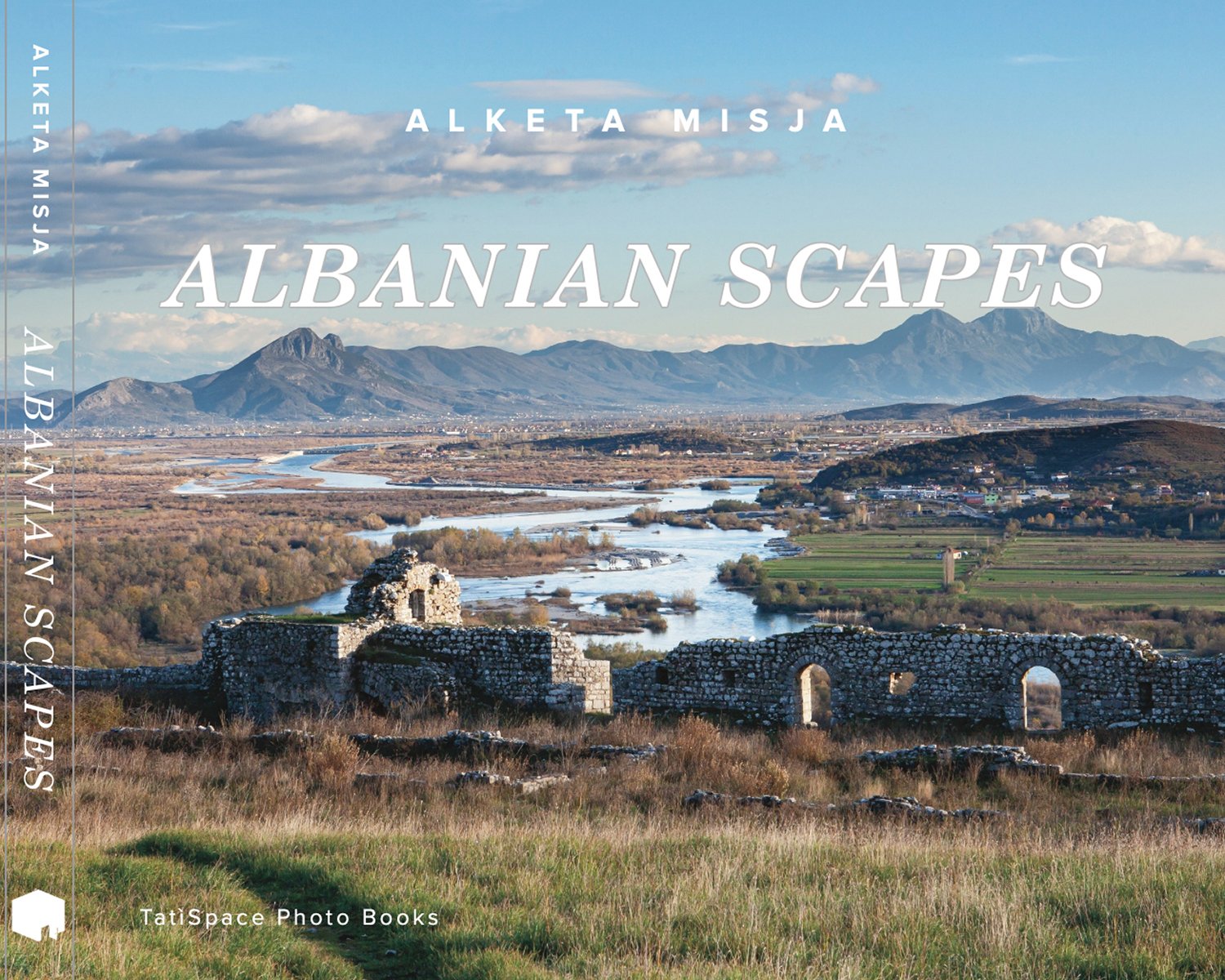
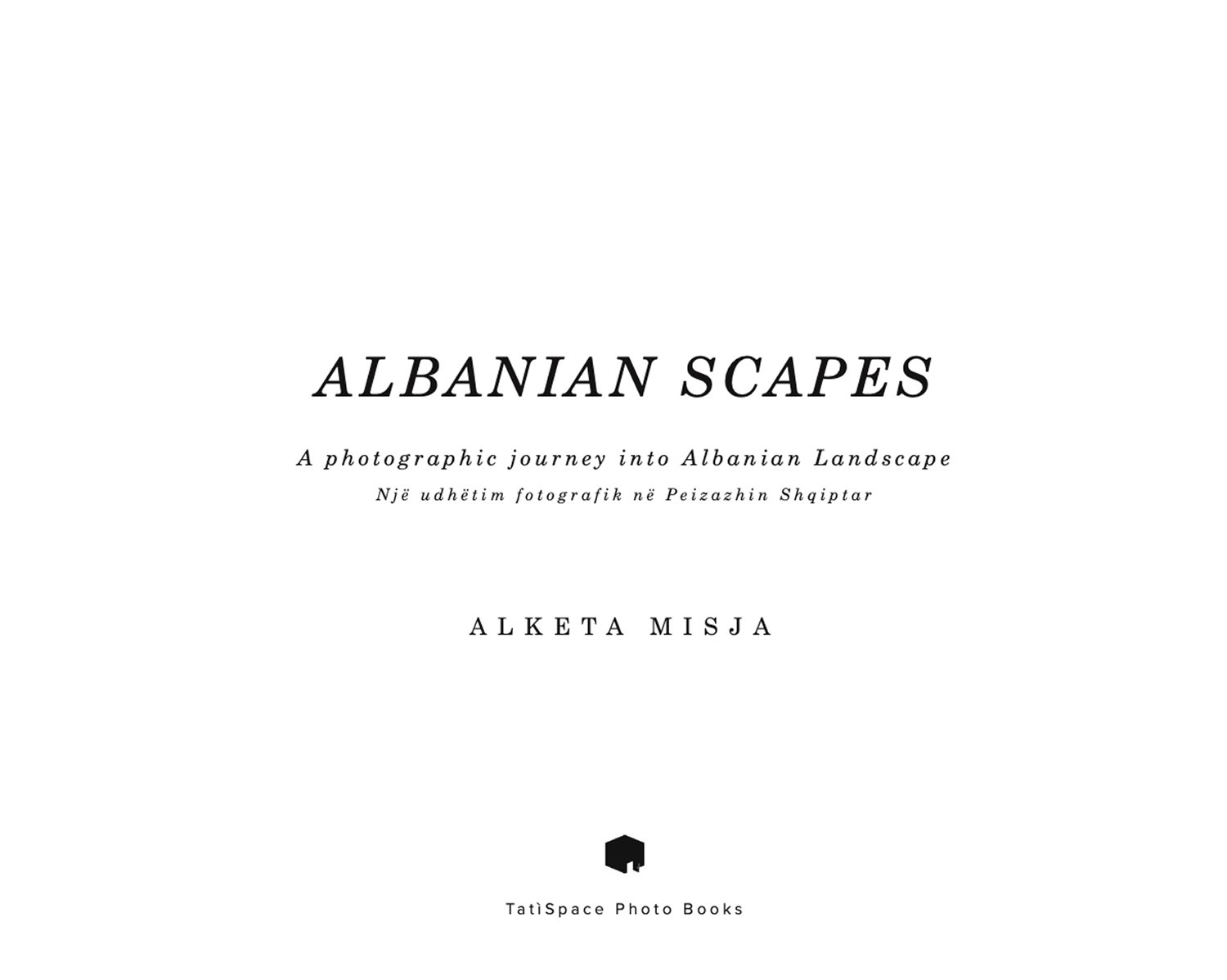
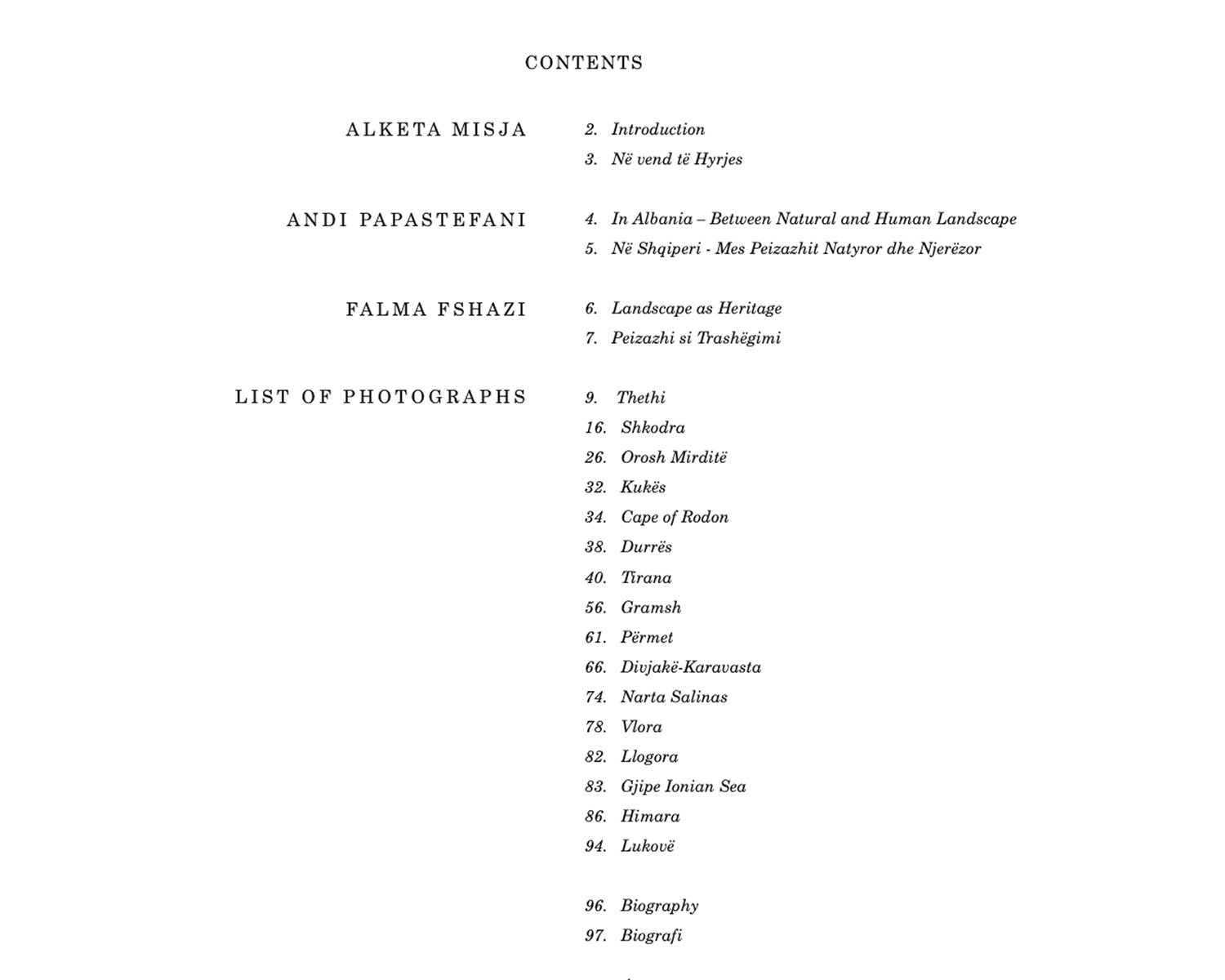
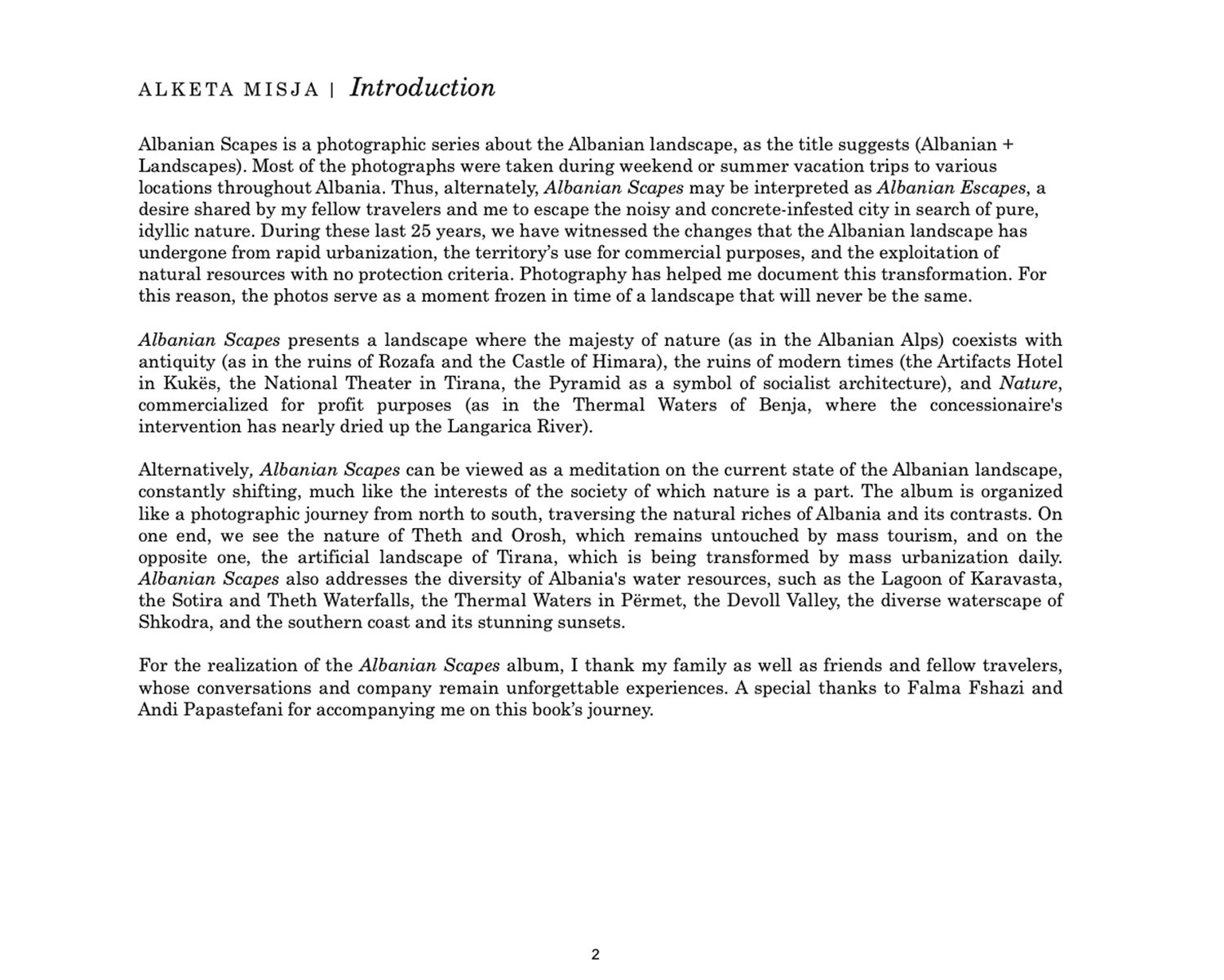
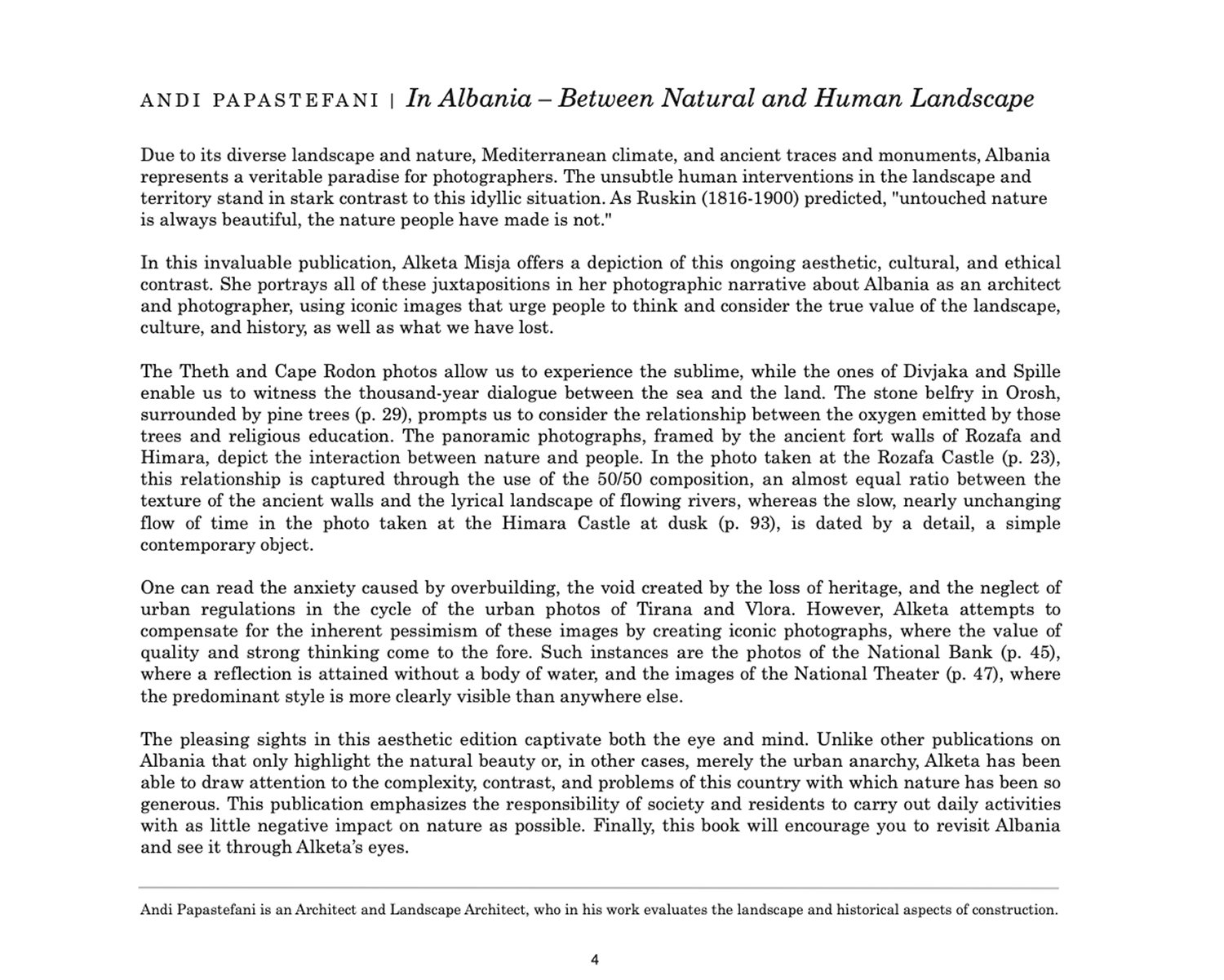
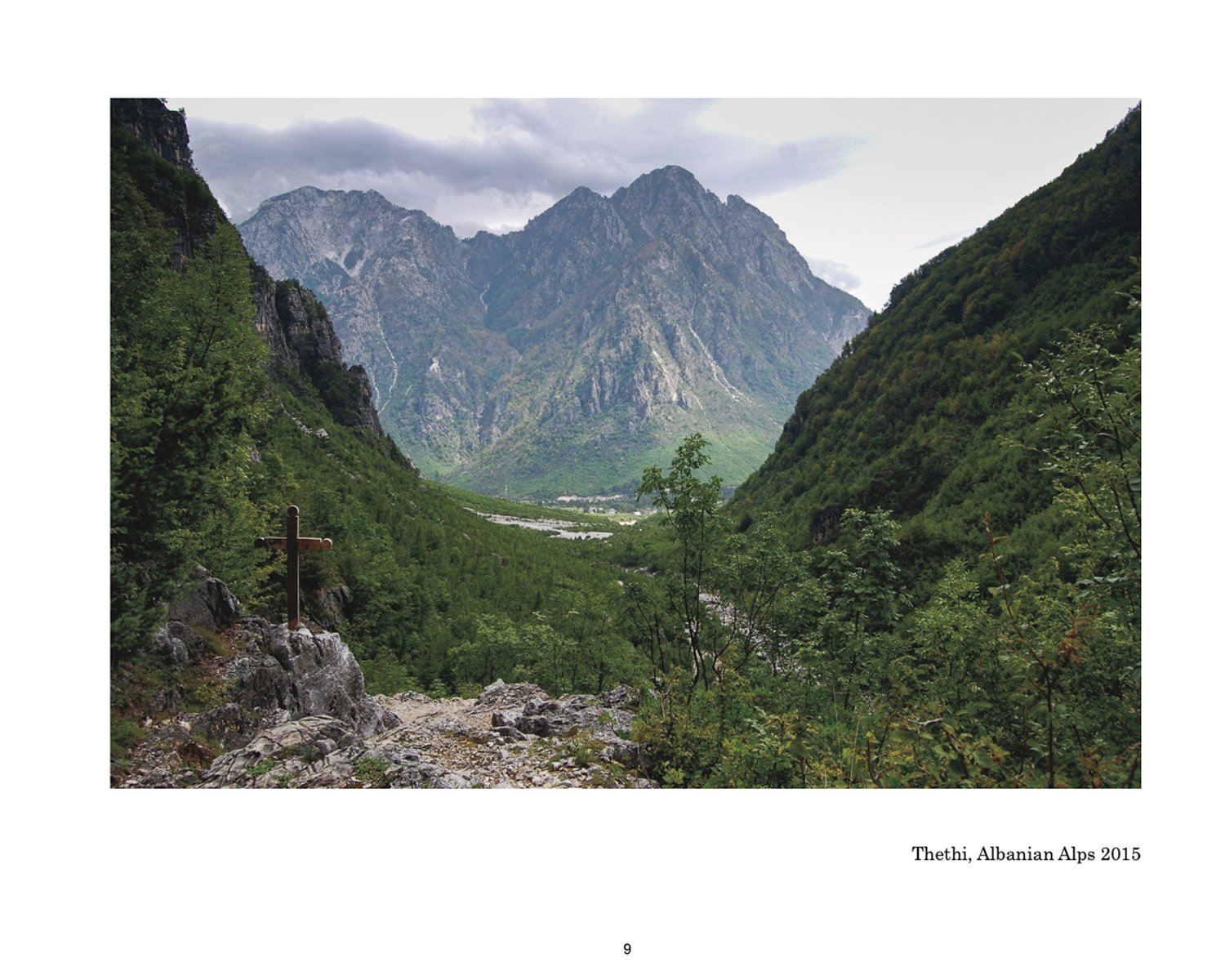
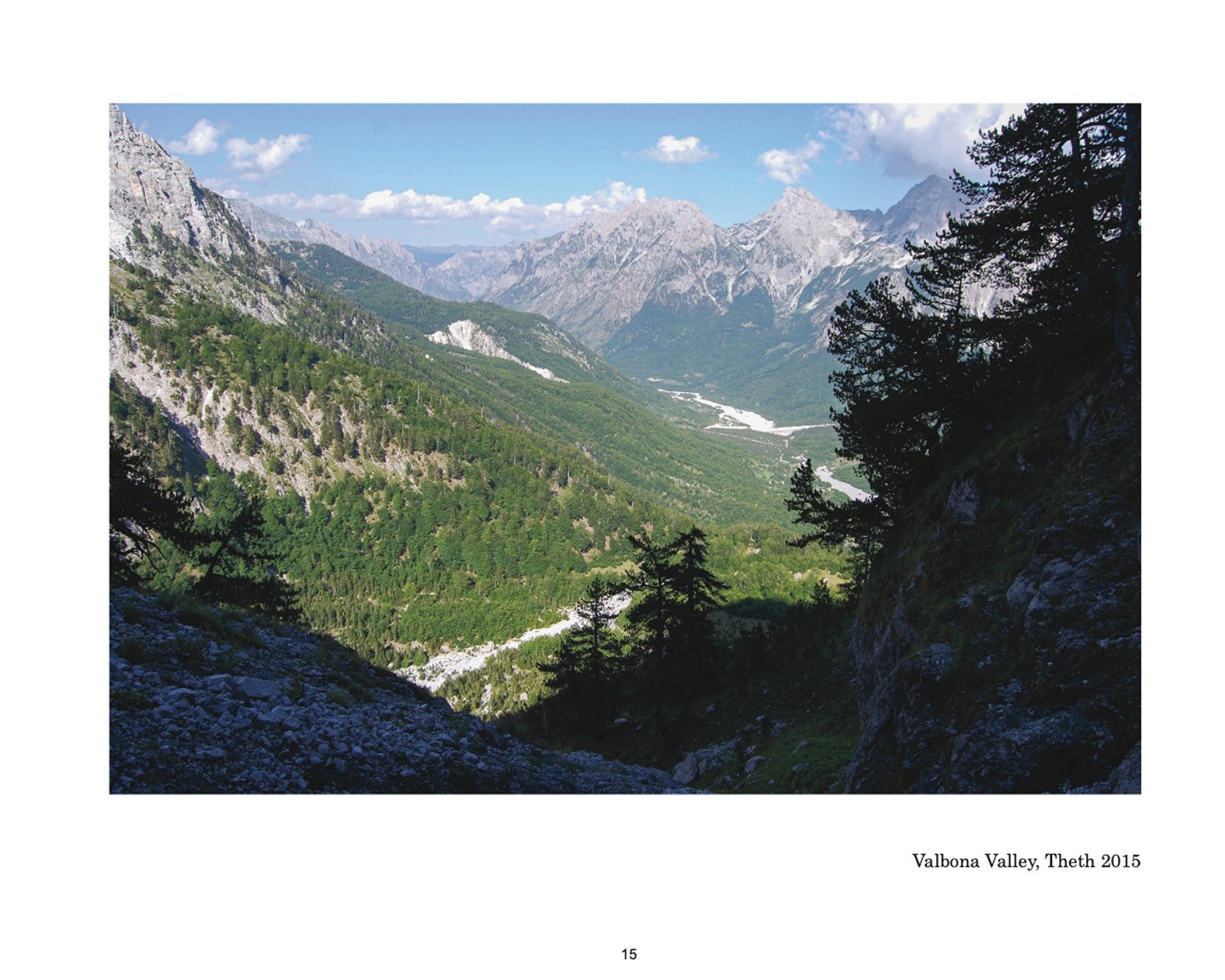
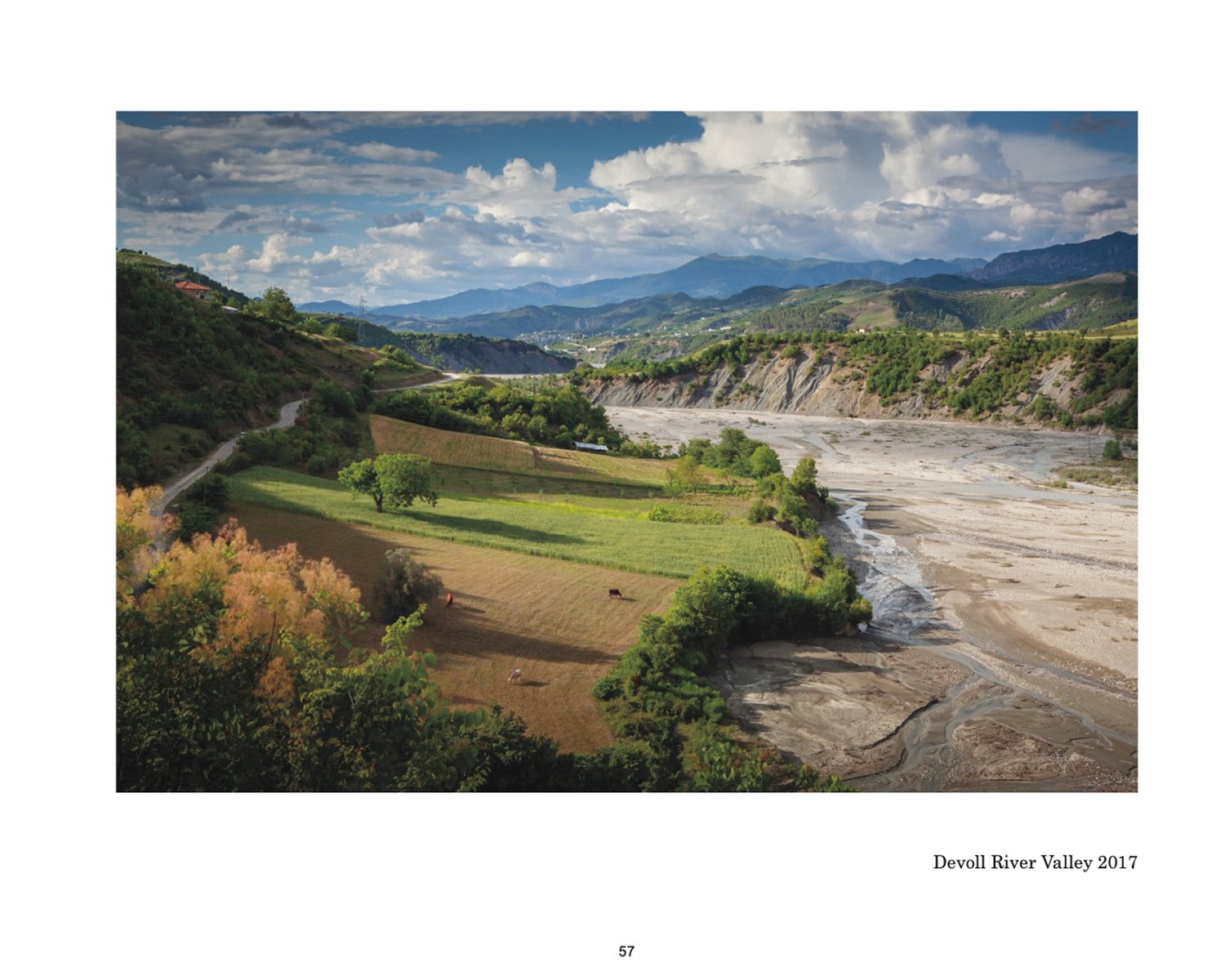
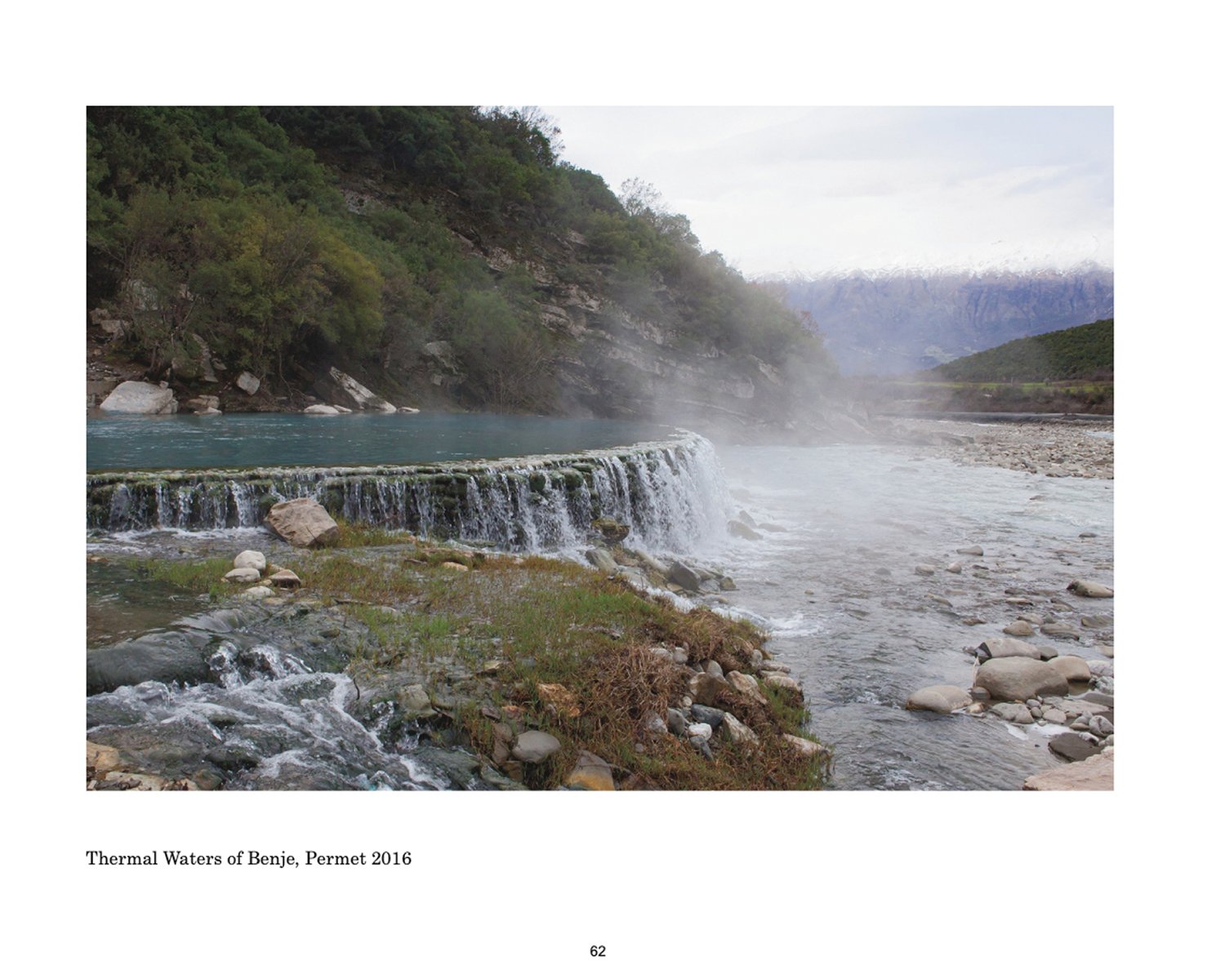
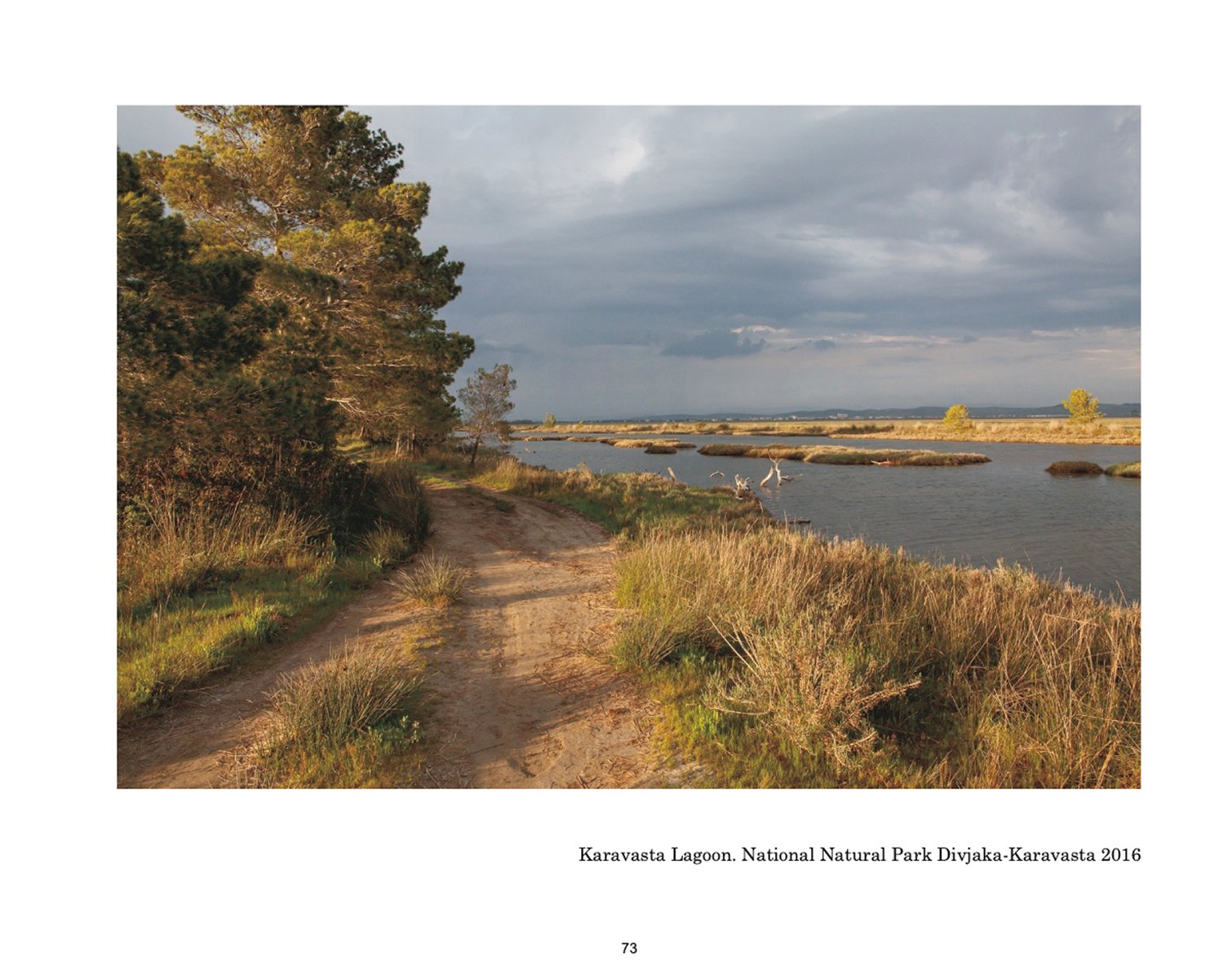
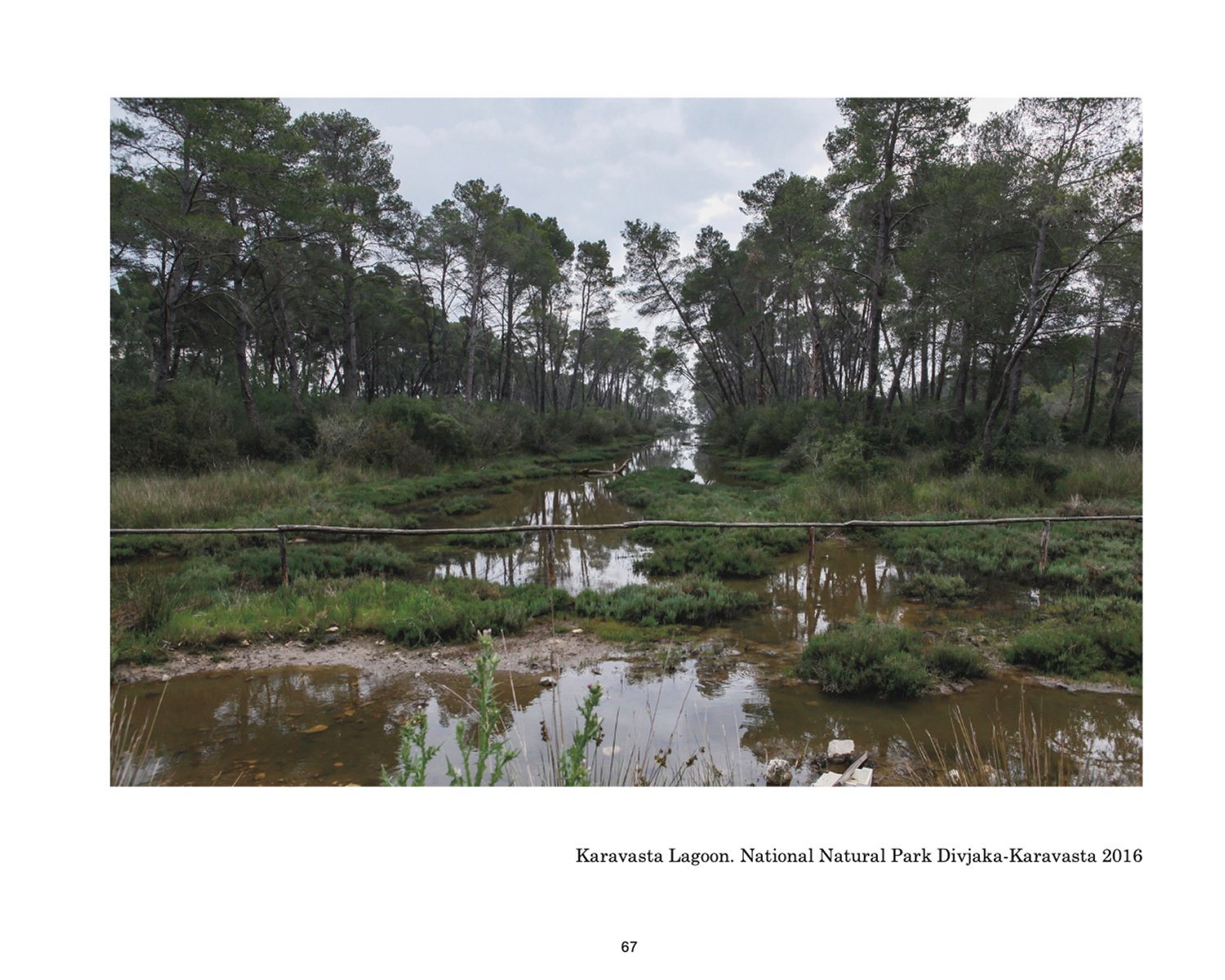
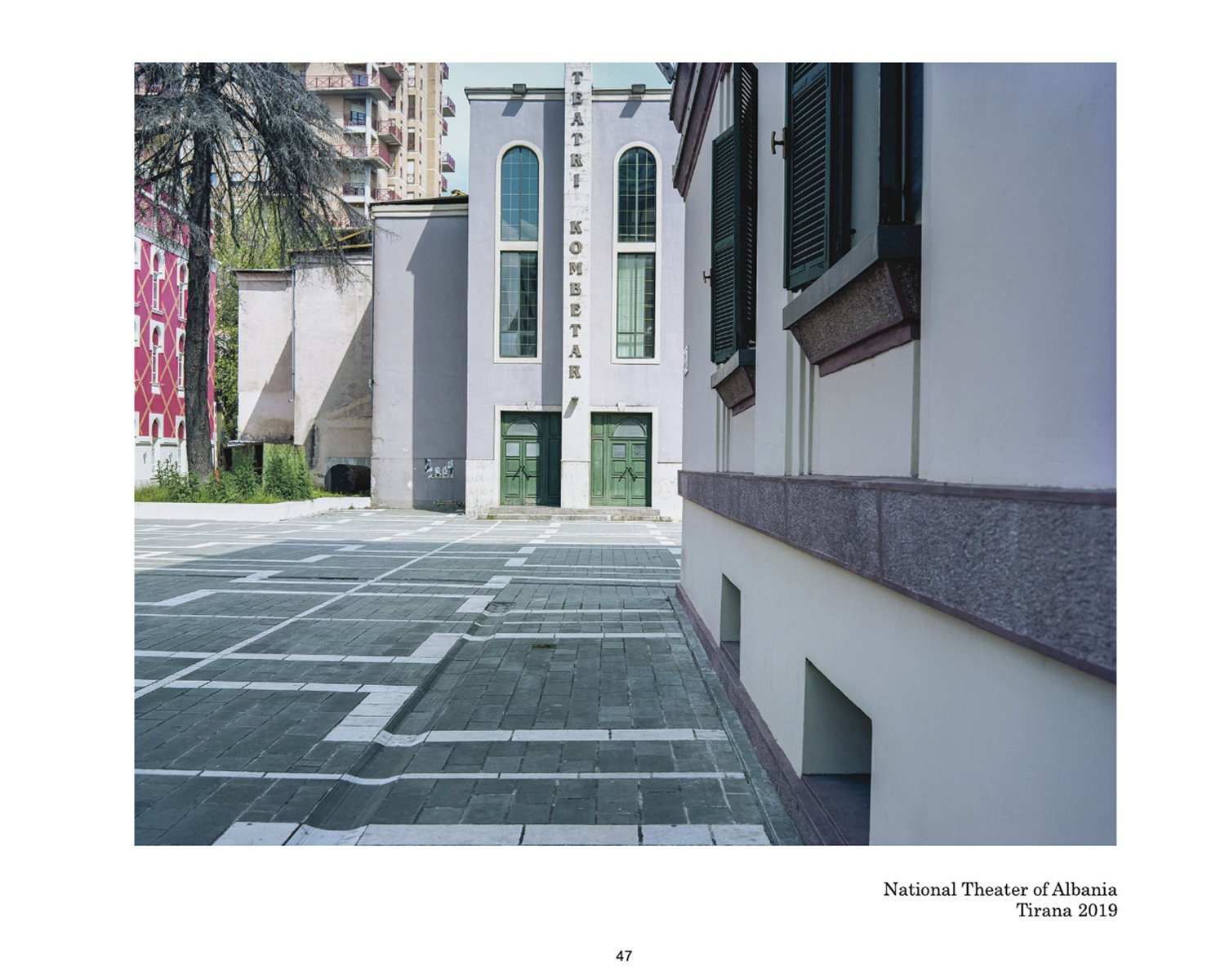
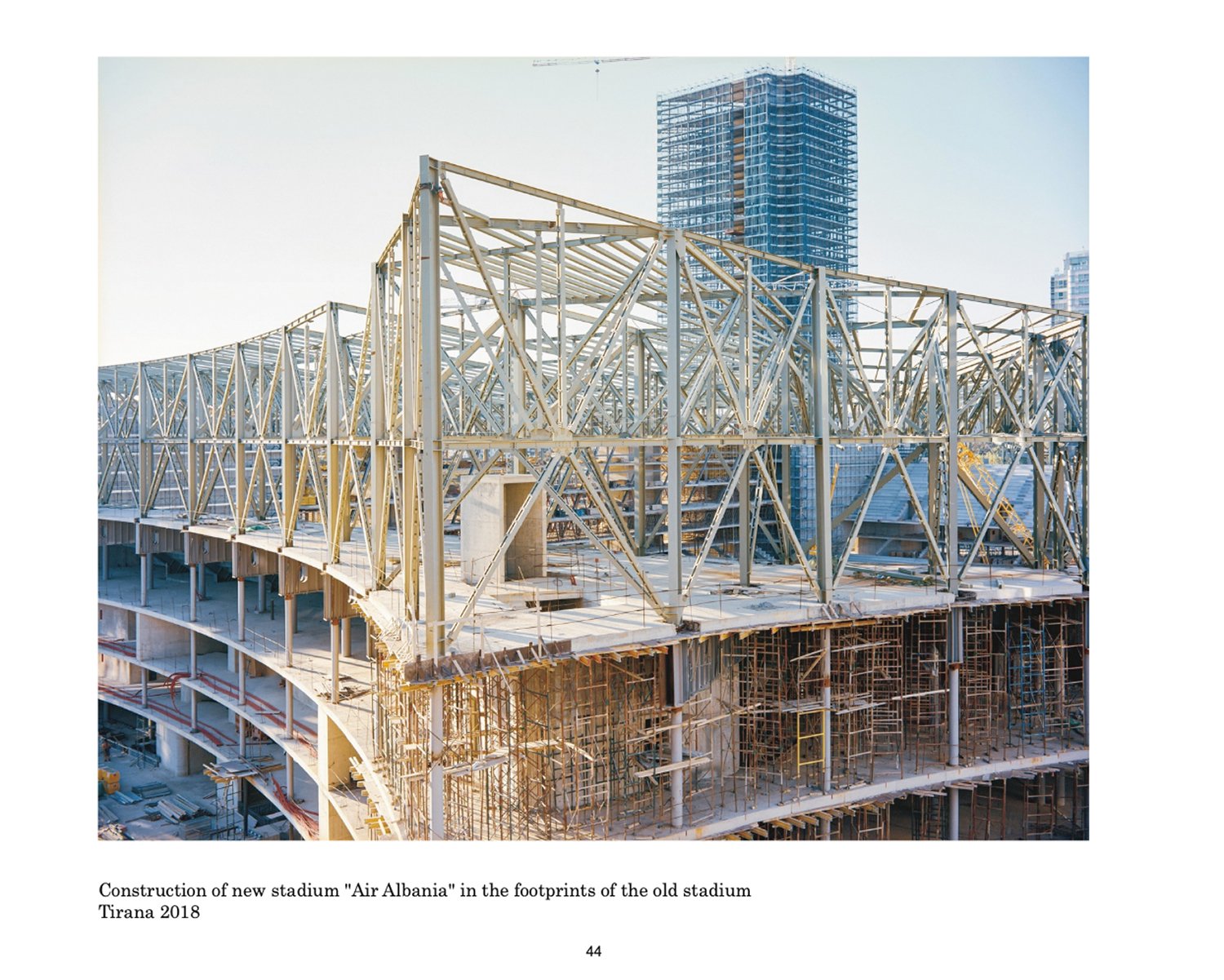
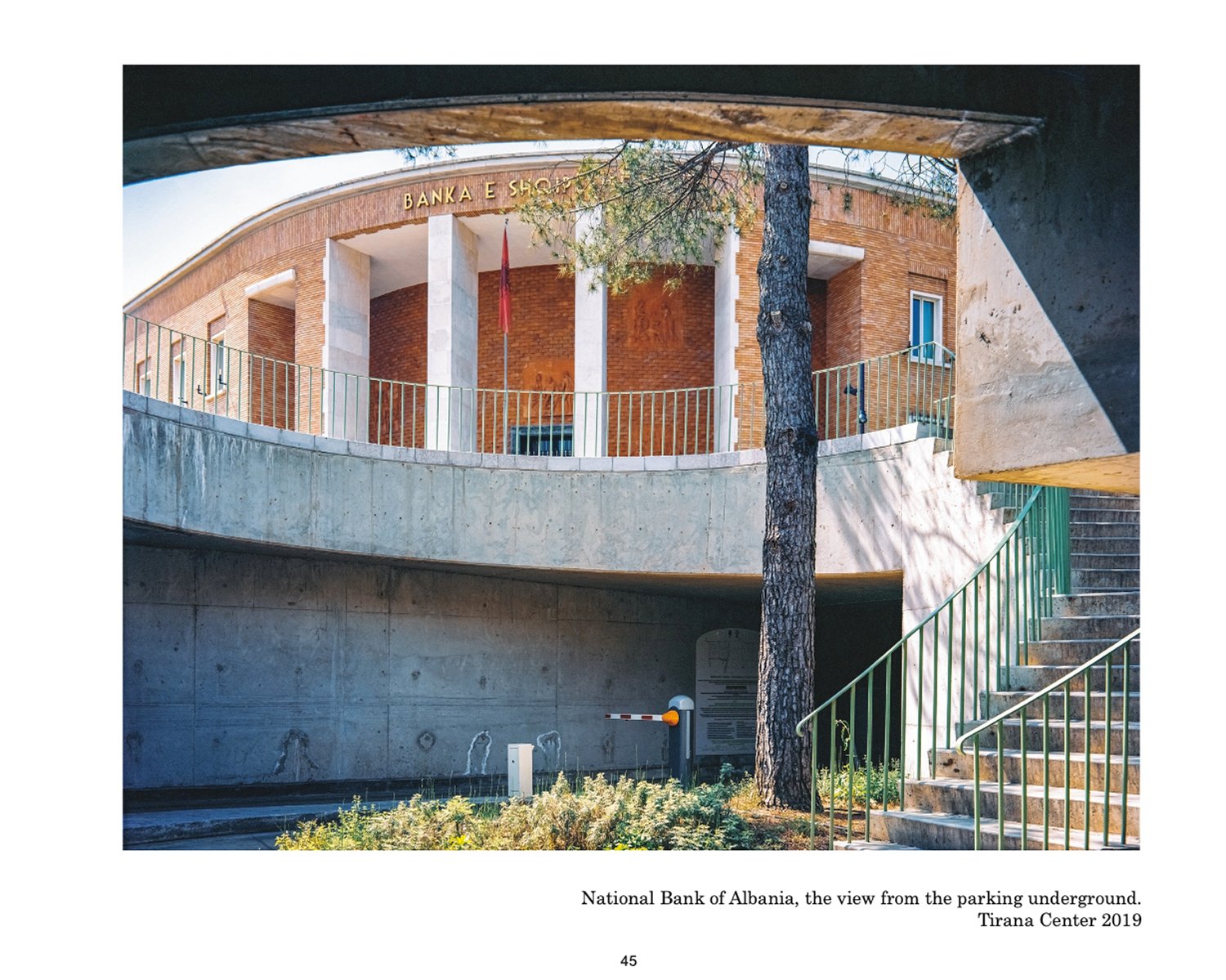
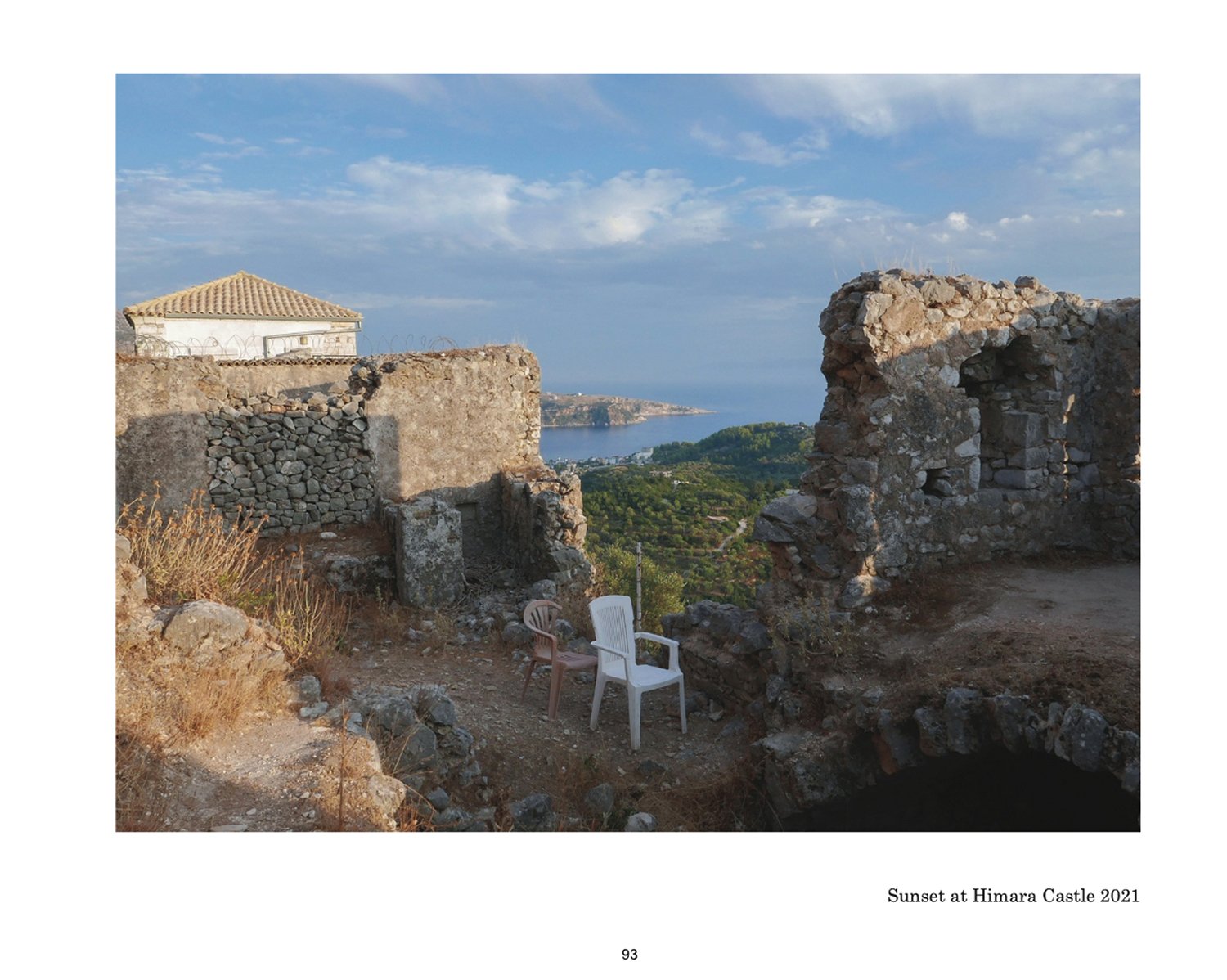
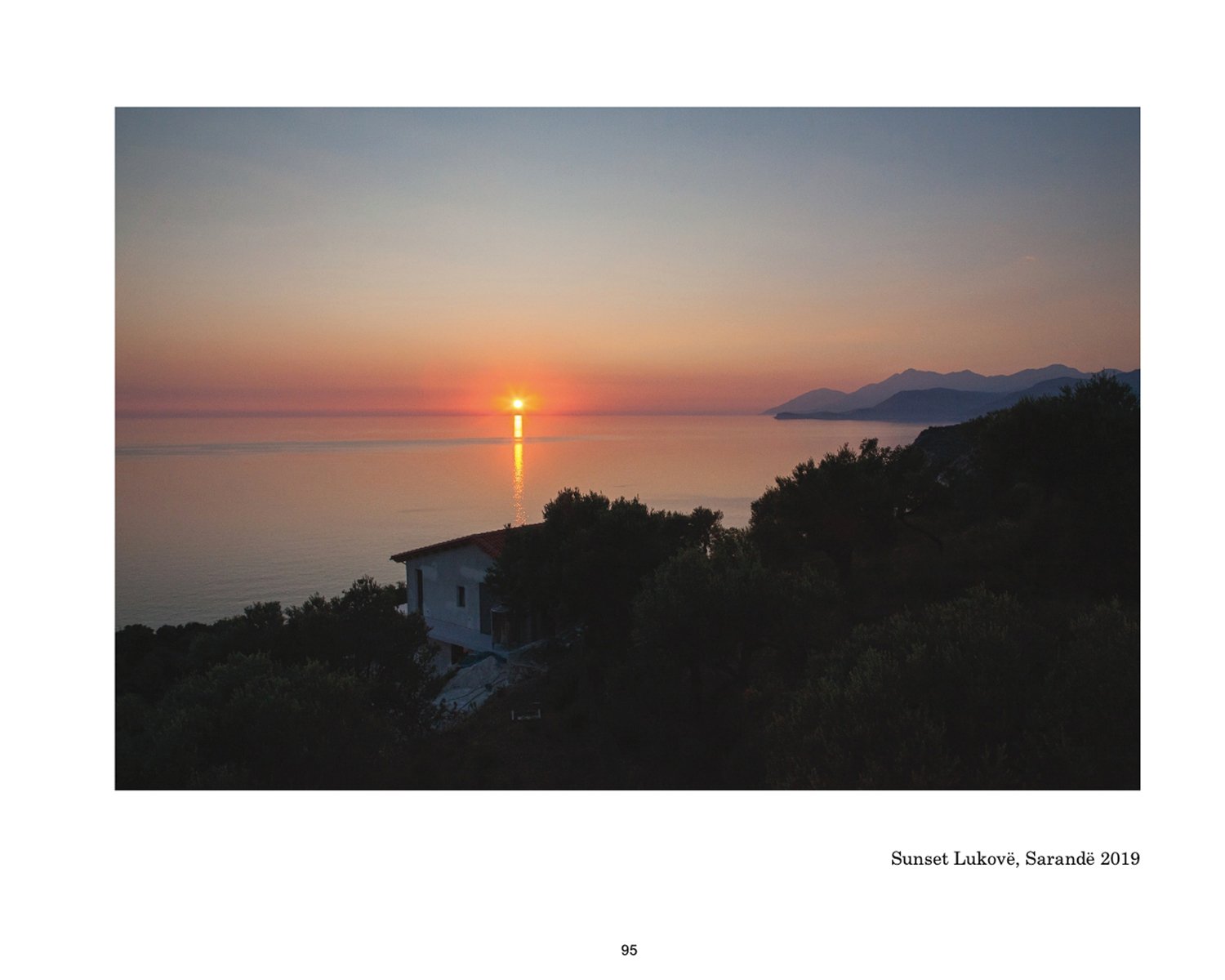
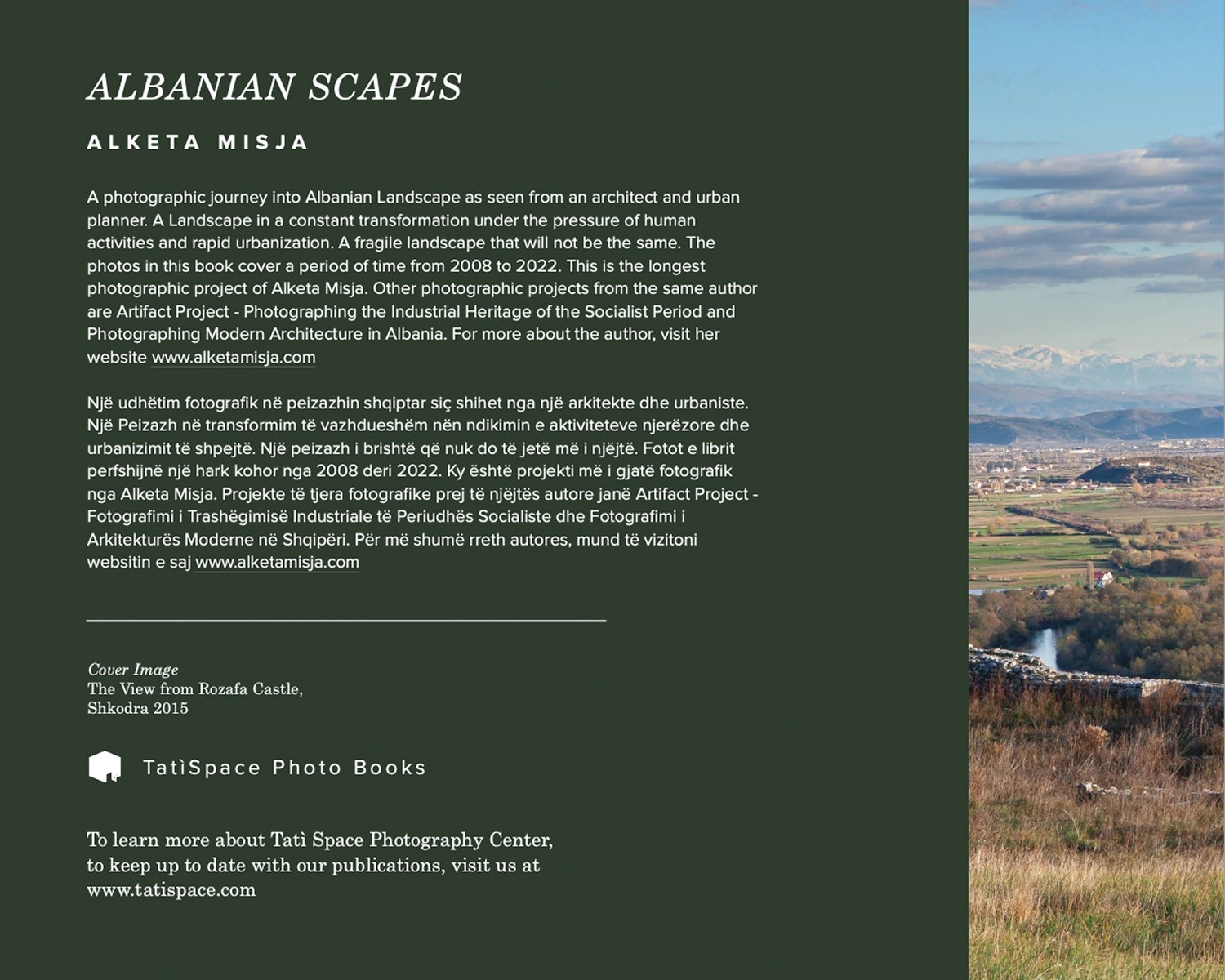
In her preface Landscape as Heritage, Falma Fshazi writes: “Through Alketa Misja's work, the landscape of Albania becomes an album made of hundreds of pages. Each photo is a small booklet of natural history, ecology, or urbanization. All together, the photographs document the Albanian heritage and landscape as heritage.
In the Albania of Albanian Scapes, we recall the cities that are permanently changing and increasingly occupied with tall buildings, bringing with it as many stories yet to be told. Many overlapping stories, managing to retain their individuality, much like the Albanian urban landscape whose transformation has continued with intensity toward the hills, plains and river banks, often entering where it does not belong, but unable to fundamentally alter the Mediterranean nature, the hospitable nature of the locals, or erase the traces of time.”
In his preface In Albania- Between Natural and Human Landscape, Andi Papastefani writes- “In this invaluable publication, Alketa Misja offers a depiction of this ongoing aesthetic, cultural, and ethical contrast. She portrays all of these juxtapositions in her photographic narrative about Albania as an architect and photographer, using iconic images that urge people to think and consider the true value of the landscape, culture, and history, as well as what we have lost.
The pleasing sights in this aesthetic edition captivate both the eye and mind. Unlike other publications on Albania that only highlight the natural beauty or, in other cases, merely the urban anarchy, Alketa has been able to draw attention to the complexity, contrast, and problems of this country with which nature has been so generous. This publication emphasizes the responsibility of society and residents to carry out daily activities with as little negative impact on nature as possible.”
Photography Exhibition THE WAY WE LIVE (in the eye of the architect)
We are happy to introduce the 4th Edition of Online Photography Exhibitions at TatìSpace Photography Center, with the theme: THE WAY WE LIVE (in the eye of the architect). From a large number of submissions, we have selected 58 participants from different parts of the world. Since the photos converged in similar themes, we have decided to present them in categories that are: Category 1- The City and the Natural Environment; Category 2 -The City as a Way of Life; Category 3-The City and its Heritage; Category 4- The City and Social Justice; Category 5- The City and its Aesthetic; Category 6- The City and the Construction Industry.
THE PRESENTATION
We are happy to introduce the 4th Edition of Online Photography Exhibitions at TatìSpace Photography Center, with the theme: THE WAY WE LIVE (in the eye of the architect).
One year ago Tati Space made the invitation to participate with one photography or series that represents the way you look at urban reality. By this we did not pretend that the photography expresses all the complexity of urban reality, but it can capture a moment which reflects or conveys a thought, or a feeling about a certain part of urban life. We called it ‘in the Eye of the Architect’ because to the architects and urban planners is required to represent the vision of the future. But every projection starts from the present, the way we experience and interpret the reality. Your photographic eye could be critical, or inspired by Reality. We are happy that to our invitation have responded a large number of photographers, artists, professionals, architects and urban planners from different parts of the world. Photography is the language that unites us all.
From a large number of submissions, we have selected 58 participants from different parts of the world. Since the photos converged in similar themes, we have decided to present them in six categories, that are: Category 1- The City and the Natural Environment; Category 2 -The City as a Way of Life; Category 3- The City and its Heritage; Category 4 - The City and Social Justice; Category 5 - The City and its Aesthetic; Category 6- The City and the Construction Industry.
Hope You Enjoy them all, as we did!
Curator: Alketa Misja
Photography Exhibition THE WAY WE LIVE (in the eye of the architect)
CATEGORY 1:
THE CITY AND THE NATURAL ENVIRONMENT
CATEGORY 1: THE CITY AND THE NATURAL ENVIRONMENT
Author: Andoz Krishnadas
Title of series: “Home of the Valkyries”
Location: Iceland
These images were taken as an auxiliary to images taken in Iceland in regard to the environment and nature. As an architect even in the most extraordinary of environments I feel the absence of humans is denoted through an absence of architecture. Humans are everywhere and we are very much a part of nature and these places in Iceland reminded me of that.
Links of the author:
Author: Antonio Capurso
Description: With my photo series, I intend to offer a glimpse of the potential relationship between humans and their urban environments. While the interconnection between the two (humans and their city) is often one of alienation and contraposition, I firmly believe that architects and urban planners can - and should - build spaces where we can live in harmony and balance with our natural surroundings. My photo series is inspired by such a feeling of hope.
Title 1: “Standing And Walking”
Description: “Standing Man & Walking Man” is a public sculpture by Sean Henry. The sculptures, located in Paddington Basin (London, UK), evoke a sense of estrangement which is so common for many people living in a great metropolis.
Place: Paddington (London, UK)
Title 2: “Hafen City”
Description: Hafen City has been a massive project of urban regeneration of the former free port in Hamburg. It’s considered the largest urban redevelopment project in Europe by landmass.
Place: Hafen City district (Hamburg, Germany)
Title 3: “Imperial Garden”
Description: The picture portrays the gardens overlooking the Tokyo Imperial Palace (in the Chiyoda district of Tokyo). Japanese architects and urbanists excel in integrating nature and urban elements in a seamless way.
Place: Tokyo Imperial Palace (Tokyo, Japan)
Title 4: “Tiergarten”
Description: The Tiergarten is the largest and most popular city park of Berlin. Sprawling in the heart of the German city, it shows that a peaceful integration between nature and urban needs is not only possible, but also advisable.
Place: Tiergarten (Berlin, Germany)
Links of the author:
© Janusz Jurek, “Rest”
Author: Yana Smietana
Title: “Wave”
Location: Batumi, Georgia country
Description: "I wish I was a bird, I would fly high cutting through the city’s smog, hovering above the skyscrapers like above waves in the foggy morning". This image was taken in the spring of 2021 in Batumi, Georgia (country). There was a thick fog on the coast. The edges of the skyscrapers were barely visible. My lens came across the complex "Wave" and a bird that was cutting through the foggy city.
Links of the author:
© Yana Smietana, “Wave”
Author: Wenbin Shi
Title:”Urban Jungle”
Place:Shanghai, China
Description: This photograph was taken in front of an IKEA window and the artificial plastic flowers make an interesting contrast with the skyscrapers outside.This photo was chosen for my photography project ”Urban Plantation”. This project explores the morphology of vegetation in human cities and its impact on the human condition. We, as city builders, incorporate plants into our lives, yet we tend to ignore the impact plantation has on us.
Links of the author:
© Wenbin Shi ”Urban Jungle”
Author: Britta Manges
Title: “Edifice”
Place: Pittsburgh, Pennsylvania (USA)
Description: In the city a person stands to admire the view that is washed out by concrete and infrastructure.
Links of the author:
© Britta Manges, “Edifice”
Author: Heather Milne
Title: “City Tides” (I, II, III)
Place: Christchurch, New Zealand
Description: For 10 years following deadly earthquakes in Christchurch, New Zealand, the inner city became a reminder of how our urban environment used to be and how the landscape had changed. These photographs were made in an old hotel car park where the high water table results in constant pools of water and flooding.
Links of the author:
Author : Md Imrul Kayes
Title : “Little piece of green”
Location : Dhaka, Bangladesh.
Describe : I tried show how an unplanned overpopulated City may look like from above.
Links of the author:
Facebook :
© Md Imrul Kayes, “Little piece of green”
Author: Khan Rakibul alam Khan
Title : “Sleeping in the boat“
Place : Sadarghat, Bangladesh
Description : These peoples only earning source is boat . They are boat man . The home , earning and life, all is boat . Boat is those people’s family . They sleep at night in their boat and live in their boat.
Links of the author:
© Khan Rakibul alam Khan “Sleeping in the boat“
Author: Haikun Liang
Title: “A woman selling flowers”
Location: Mandalay, Myanmar
Description: Local traders will go through the corridor of the temple.
Bio: Liang Haikun is a award wining photographer from China, with 20 years of experience and many local and international exhibitions.
© Haikun Liang “A woman selling flowers”
Author: Shubhodeep Roy
Title of the Series: ''Life Along The River"
Place: Hoogly River, Kolkata India
Description: “The city of Kolkata stands as one of the unique centres among Indian cities. Vibrant culture and dazzling heritage with a pinch of colonial effect make it an interesting place. Hoogly river a tributary of the holy river the Ganges flows along with the city of Kolkata, before disappearing into the Bay of Bengal, the broad concrete slipway sliding towards the river called ghats form a connection between Kolkata and the Hoogly river, these ghats are a favoured destination for many to escape the rigours of city life. For more than a century people have used these to access the river for their everyday needs, from bathing, fetching water, and swimming, to getting on and off boats. They also have a distinct cultural and religious significance, as many rituals of Hinduism take place next to the river.
All great cities, they say, are built near water and it is no less true for the cultural capital of India-Kolkata. The Hooghly River, to date, happens to be the heart and soul of Kolkata and the entire city is dotted with Ghats from the bygone era. The flights of steps leading down to the river that has inspired fascinating stories from centuries back have also seen the city evolve over time.
While documenting river Ganga and its inhabitants, I have witnessed many mundane moments turn into exceptional visuals with the infusion of strong cultural elements of how people live, These photographs are a part of my ongoing project ''Life Along The River".
OTHER CATEGORIES
Photography Exhibition THE WAY WE LIVE (in the eye of the architect)
CATEGORY 2:
THE CITY AS A WAY OF LIFE
CATEGORY 2: THE CITY AS A WAY OF LIFE
Autori: Rozafa Shpuza
Title: “The world as a puzzle”
Place: Tirana, Albania
Description: Photography for me is the emotion that is conveyed through details, shapes, light shadows, cuts, the mystery that the shot hides in itself. We live in a world full of chaos, so we have to put different parts in the daily life full of joys and sorrows to create our future. This photo also conveys this feeling. It is a wall divided into circles, like the ball that the children are playing with beyond it. Somewhere a hand appears and somewhere else a foot, which constitute in itself the philosophy of the entire journey of man on this planet, so that, sometimes, it seems as if it is that ball in the hand of that child who is playing with it quite frankly.
Links of the author:
© Rozafa Shpuza “The world as a puzzle”
Author: Samanta Krivec
Title: “Rubik's town”
Place: Pregrada (Croatia)
Description: I saw this reflection on the large building while driving the car. On a sunny day this was looking so good and interesting that i stopped the car and took a couple of photos.
© Samanta Krivec “Rubik's town”
Author: Zita Altrichter
Title: “Eternality”
Place: London, UK
Description: I took this photograph on a hot summer evening on the riverside of the Thames, when everything looked perfect, people smiled, enjoyed life and seemed so relaxed while the sun was about to wave goodbye.
Links of the author:
© Zita Altrichter, “Eternality”
Author: Monika K. Adler
Title: “Master and Margarita”
Place: New York, USA
Description: Manhattan. Among the crowds, a man is walking with a giant cat sitting on his head. The cat looks down on thousands of tourists and observes the nuances of city life in New York.
Links of the author:
© Monika K. Adler “Master and Margarita”
Author: Pia Sorli
Title: “Mall of Berlin”
Place: Berlin, Germany
Description: Photo taken in Berlin during short get away. We were super hungry so we ran into the shopping mall'S top floor and got some curry.
Links of the author:
© Pia Sorli, “Mall of Berlin”
Author: Florian Nepravishta
Country: Albania
Title: “The magic bubble at the heritage site in Roma”
Description: Children's hands trying to catch bubbles in Via dei Fori Imperiali, Roma
Bio: Florian Nepravishta is an architect and professor at Polytechnic University of Tirana (Albania). His teaching activity and scientific research are oriented toward architectural design, housing, heritage conservation, and urban regeneration. He is photo enthusiast and uses photography to collect inspirations and memories from daily life.
© Florian Nepravishta, “The magic bubble at the heritage site in Roma”
Author: Lucas Fidalgo
Country: Brazil
Title: "Guarda"
Place: Venice, Piazza San Marco
Description: it means a form as brazilians generally say "cop" or a request to protect something or someone safe, but also means "watch (imperative)" in italian. It was taken in Venice, Italy. This photo has three important layers. The farest one is San Marco's Church, a UNESCO patrimony. In the middle, some of the thousands of tourists that visit it every single day. In the first plan, in the shadows, there is a soldier and a couple. The Soldier is practically invisible to the eyes of the tourist, besides the fact that he is heavily armed.
Links of the author:
© Lucas Fidalgo, "Guarda"
Author: Enis Abdullahu
Country: Prishtina Kosovo
Title of Series: “Colors in Daily Life”
Title 1: “The lonely chair”
In the twilight of the evening, the light coming from the window was very eye-catching. But in my focus the main character was the chair.
Title 2: “Complementary”
Like any photographer, I have developed my own passions for color. In this context, it is very strange how by chance the negative word “Don’t" is found exactly where the two complementary colors are located.
Title 3: “Curiosity”
I am always amazed how the gaze of portraits brings a state of tension where the monotony reigns.
Title 4: “Consumption”
During the evening, artificial lighting prevails in the city between warm and cold. And what is noticeable in the social aspect of today's times is the coexistence between drama and pop culture
Title 5: “The flaming of chaos”
The art of street photography always stimulates the imagination. In those moments, the sunset seemed to me as if the chaos of wires inflamed the facade and the clouds legitimized the smoke of the flames.
Title 6: "Abstract"
Construction industries have endlessly adapted tools that can fit into old buildings according to the needs of the residents. And this situation creates abstract compositions in my photography.
Links of the author:
Website, Instagram
Author: Evis Cerga
Country: Albania
Title: “City insider”
Place: Tirana, Albania
Bio: Evis Cerga is a translator, author of short stories book "Friendship Road". Evis uses photography as inspiration for her stories. She is a blogger at Shqiptarja.com
© Evis Cerga, “City insider”
Author: Dorina Pllumbi
Country: Albania, Tirana
Title: "Empty but vigilant"
Place: Kamëz, Albania
Description: In an unfinished and uninhabited house in Kamza, the brick walls are still bare but a vigilant security camera watches passers along the empty property. Shot taken during the Laboratory of Urban Anthropology on 1-4 October 2021 in Kamëz, organized by the Institute of Cultural Anthropology and Art Studies (IAKSA) in collaboration with Grupi ATA.
Bio: Dorina is an architect, researcher. As well as an amateur photography explorer
© Dorina Pllumbi, "Empty but vigilant"
Author: Rajesh Dhar
Country: Kolkata, India
Title: “Royal living”
Place: Jaisalmer Fort, India
Description: Jaisalmer Fort is situated in the city of Jaisalmer, in Rajasthan, India. It is believed to be one of the very few ‘living forts’ in the world, as nearly one fourth of the old city's population still resides within the fort. Jaisalmer Fort is the second oldest fort in Rajasthan, built in 1156 AD by the Rajput ruler Jaisal. It is also known as the ‘Sonar Quila’ or Golden Fort. In 2013, Jaisalmer Fort, was declared a UNESCO World Heritage Site.
OTHER CATEGORIES
Photography Exhibition THE WAY WE LIVE (in the eye of the architect)
CATEGORY 3:
THE CITY AND ITS HERITAGE
CATEGORY 3: THE CITY AND ITS HERITAGE
Author: Arnab Ghosal
Country: India
Title: “Where Memories Resides”
Place : Mtskheta, Georgia.
Description: Day by day we are putting our lives into boxes. Life in flats and apartments detaches us from the earth, from nature. Everything is artificial day to day in our life. In this ancient structure in Georgia, I found some memories. Memories of ancient living space and juxtaposition a present-day living. It’s a combination of two images to create the story.
Links of the author:
© Arnab Ghosal, “Where Memories Resides”
Author: Darnia Hobson
Series: “Contradictions”
Title 1: “Anchor”
Title 2: “Chambers”
Title 3: “Fold”
Title 4: “Monolith”
Title 5: “Pulpit”
Place: Christchurch, New Zealand
Description: These images form part of a larger series depicting new and rebuilt buildings in Christchurch, New Zealand post a large series of devastating earthquakes. This destroyed the majority of the central business district and has meant a prolonged rebuilding phase which is still far from complete over 10 years later. I chose an impressionist drawing based style to record the feeling of contradiction in the city; the style, mood and the mixture of new and old. I hoped that the motion would capture an ephemerality, a essence of space, both fleeting and timeless at once. The pictures capture new architecture, framing and bracing temporarily holding things upright and completed restorations of historic buildings. The city has been recovered from the brink and I have captured this story over the past year as a record of new beginnings a definite revival. These are single exposure images with little post production work as I prefer to do all the work in camera, redrawing a moment in time.
Links of the author:
Author: Josep Sánchez
Country: Spain, Barcelona
Title: “Modernism”
Place: The largest modernist complex in the world is located in Barcelona.
Description: It is the greatest work of the Barcelona architect Domènech i Montaner, the Hospital de la Santa Creu i Sant Pau, who created a small city made up of isolated buildings surrounded by 16,000 square meters of gardens. Since 1997 it has been a UNESCO World Heritage Site.
Links of the author:
© Josep Sánchez, “Modernism”
Author: Pierre Moulin
Country: France
Title: “The Stone Factor”
Place: Marseille, France
Description: Here is a shot of a residential building in Marseille, with a beautiful carving work that represents the history of the metropolis in a general design that is rather modern (60s-70s). It is a solid stone build with an optimistic, understated intention, confident about the future, at that time, with bold features (the entrance like an echo) that surely underlines the state of mind of the architect. What we see in the photo is the usual urban graffiti, the perpetual mediterranean light, and a tree. But what stays with me is the choice of materials with the spartan-like structure: limestone and a contemporary tiling of a harder stone to challenge the test of time. An Homage to the City.
© Pierre Moulin, “The Stone Factor”
Author: Abdulrahman Ali Bin-Break
Title: “The Skyscrapers of Desert”
Place: Shibam Hadramout, Yemen
Description: A historical house made of mud based on the principle of vertical construction in the old walled city of shibam which is considered a UNESCO World Heritage place in Yemen.
Links of the author:
© Abdulrahman Ali Bin-Break, “The Skyscrapers of Desert”
© Dibakar Roy, “Two by two”
Author: Sofia Erto
Title: “Blue”
Place: Edinburgh, Scotland
Description: I took this picture in Edinburgh at sunset. This corner, very close to the old town, captured my attention because it completely clashes with the fascinating medieval architecture of the surroundings.
Links of the author:
© Sofia Erto, “Blue”
Author: Jing Yuan Huang
Title: “Traditional and Modern”
Place: Taipei, Taiwan
Description: The building in front of the photo is the Grand Hotel in Taipei. The exterior of the Grand Hotel references a Chinese palace, and its splendor contrasts with the modern cityscape behind it. This shows the fusion of different styles of architecture in the city, which some see as a conflict. However, such cultural integration can demonstrate the diversity and inclusiveness of a city.
© Jing Yuan Huang, “Traditional and Modern”
Author: Bia Serranoni
Title: “Resistance 1 / Resistance 2”
Place: Salvador, Brazil
Description: The pace of contemporaneity in big cities encourages the abandonment of old constructions and the turning of the eyes toward the new. In cities where the housing deficit is still very large, the non-use of these old structures for shelter and housing shows how much the city is a priority for those who hold the capital.
Links of the author:
Author: Kim Injae
Country: South Korea
Title of Series: Report on the chimney
Description: With rapid industrialization and technological development, the city's time and space are changing rapidly. Urban Regeneration is a way to utilize abandoned factories that have been neglected for decades. Some abandoned factories have been designated as urban cultural spaces or industrial cultural heritages and are being planned as new urban spaces. These spaces are my photo spots. The traces of the workers disappeared out of the stage of time and could not be captured, but the stories of those people exist in the old and faded factory structures. I want my images to illuminate an era of abandoned products of the industrial age that have been neglected for a long time, and serve as an indicator to reflect on the industrial heritage and move forward into the future. Skyscraper-like chimneys towering over faded, fenced-off buildings, both past and present, demonstrate human desire.
Links of the author:














































































































































































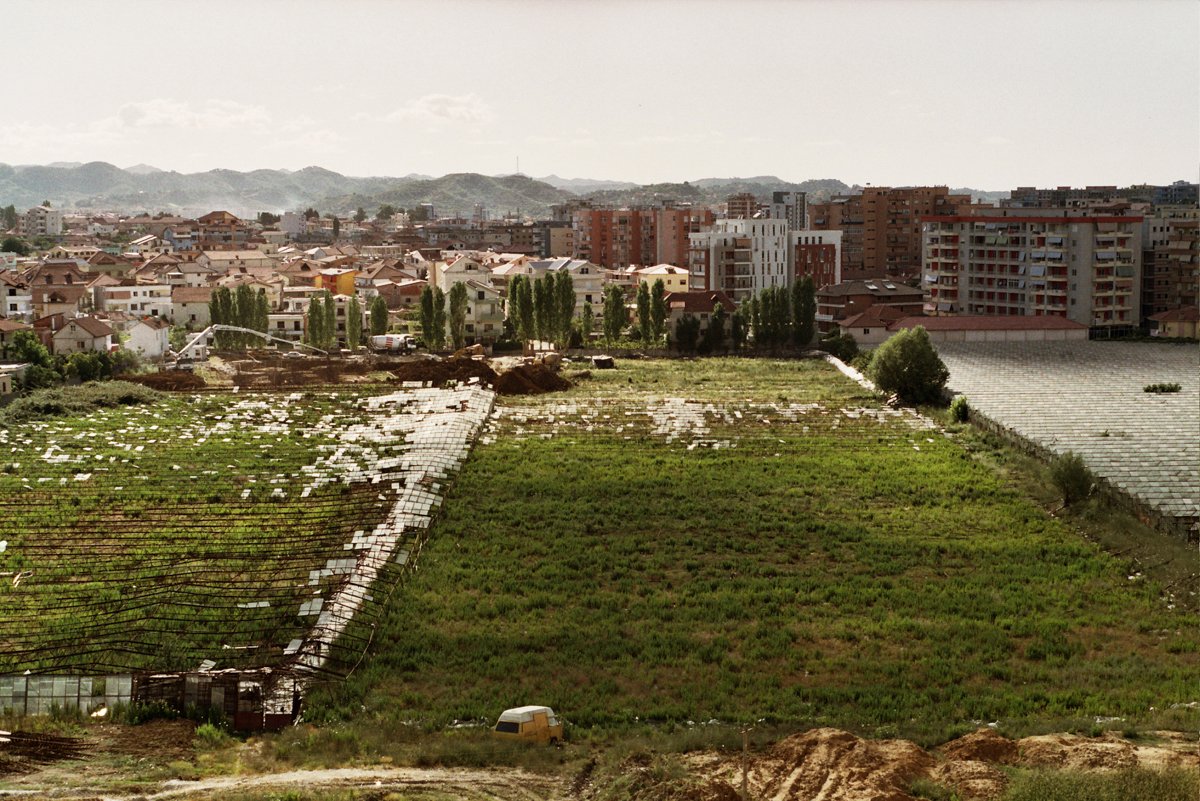
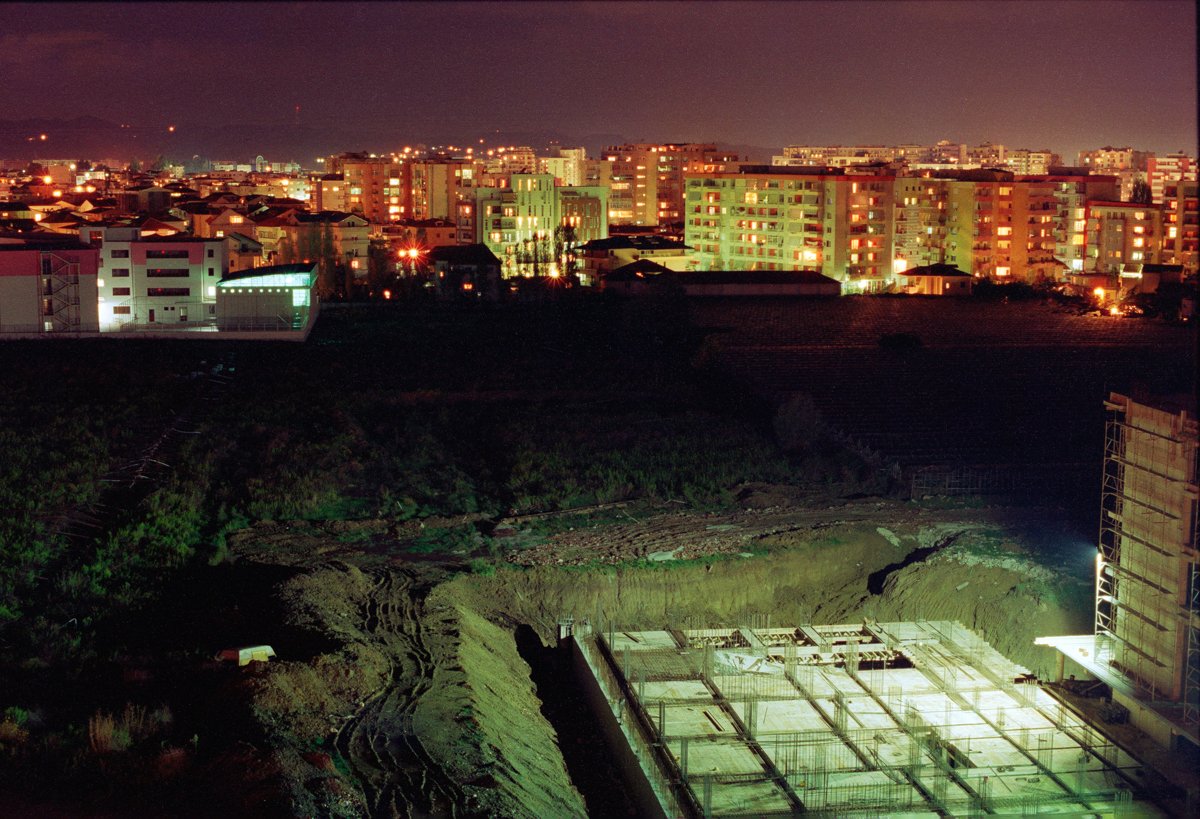
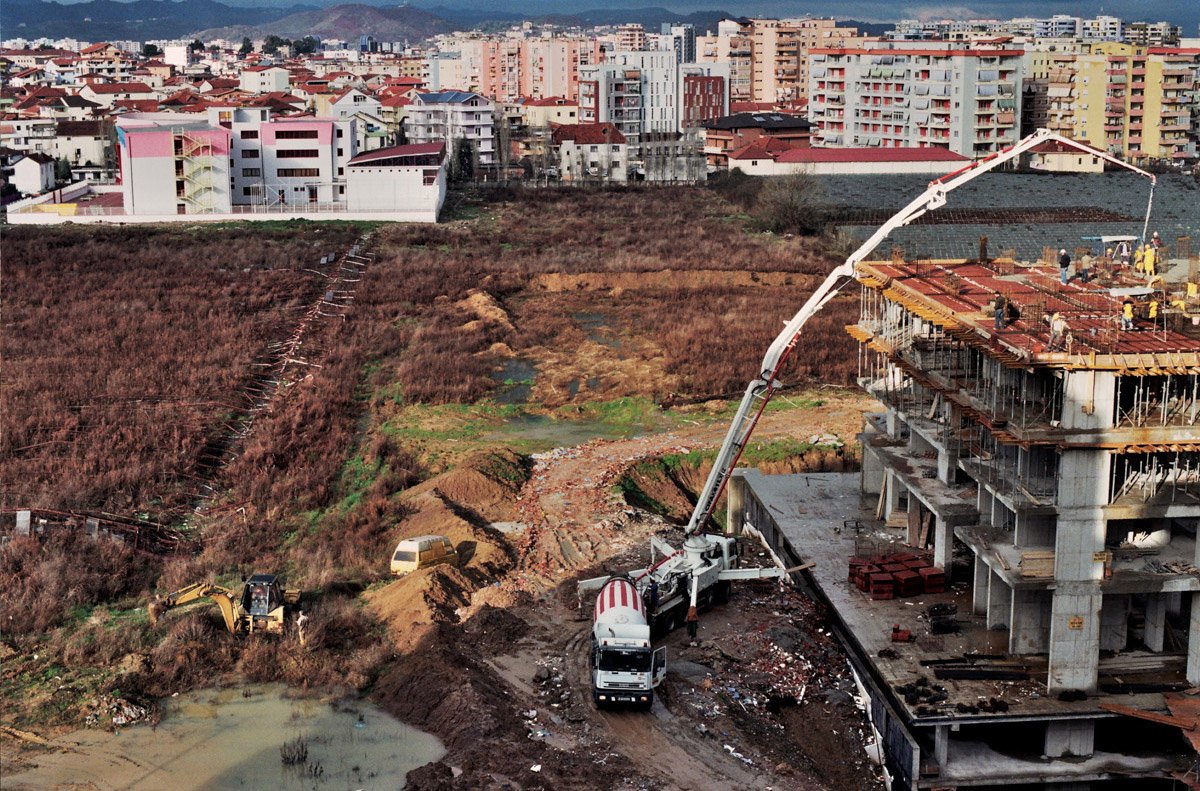
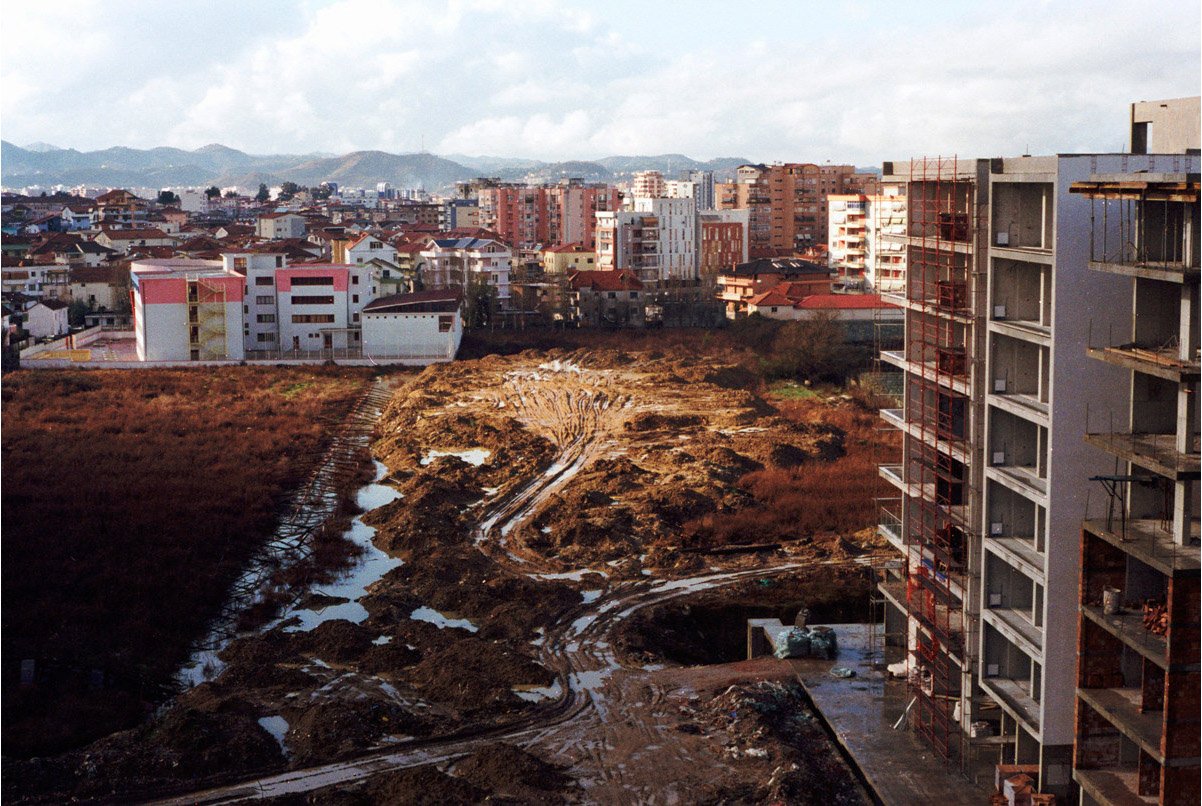
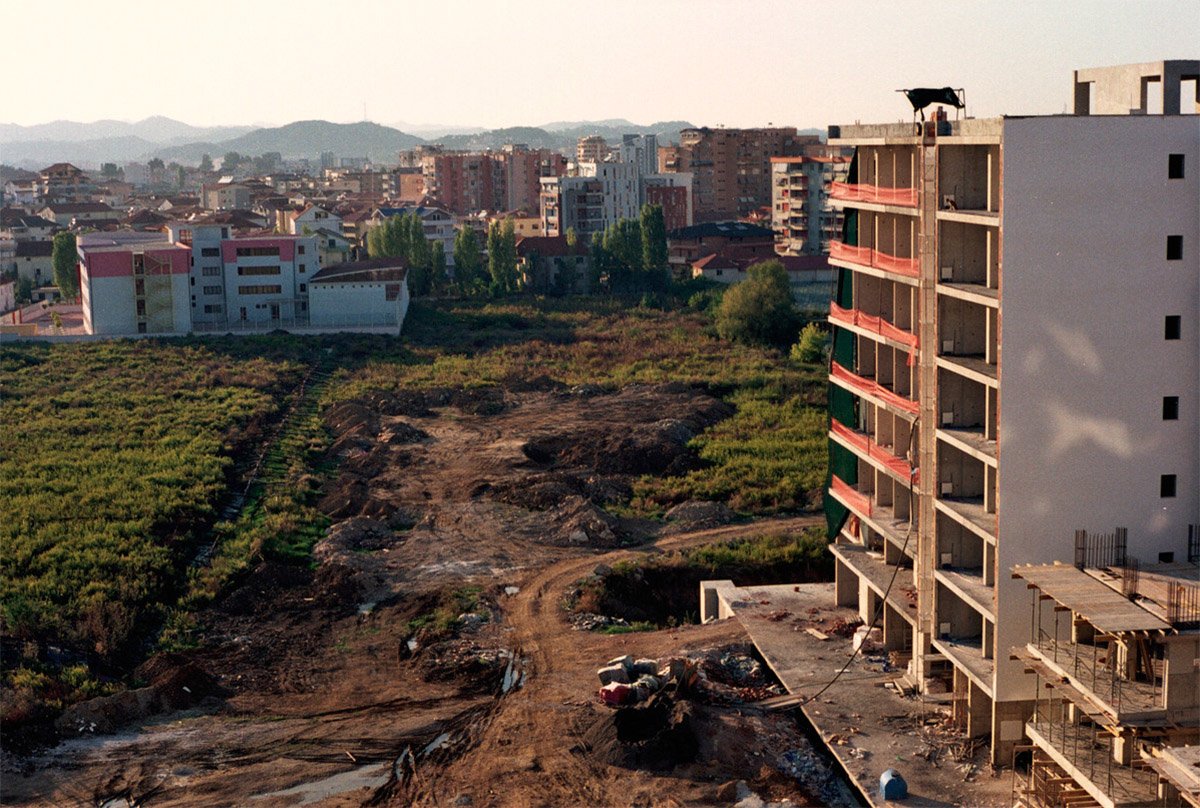

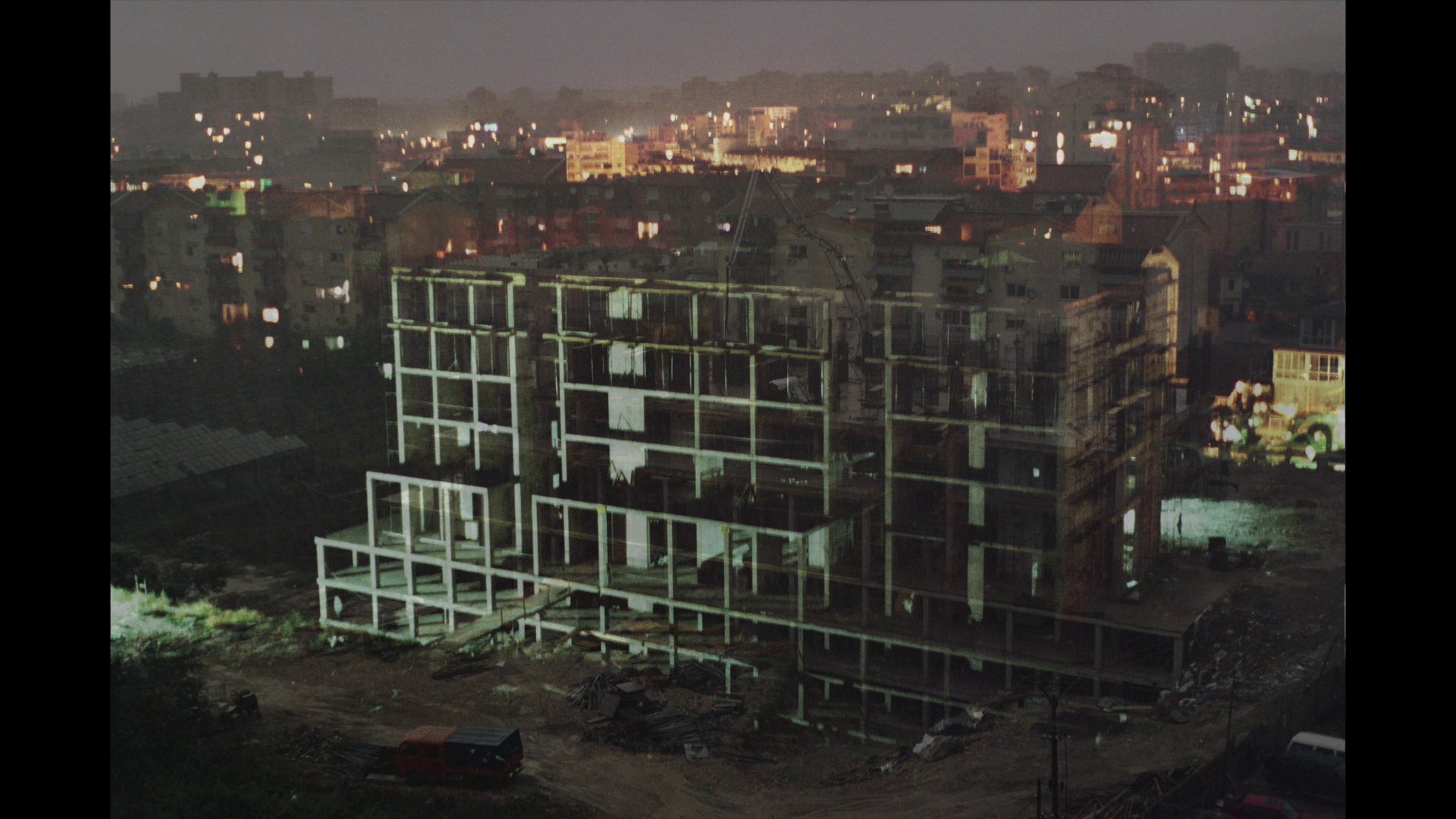
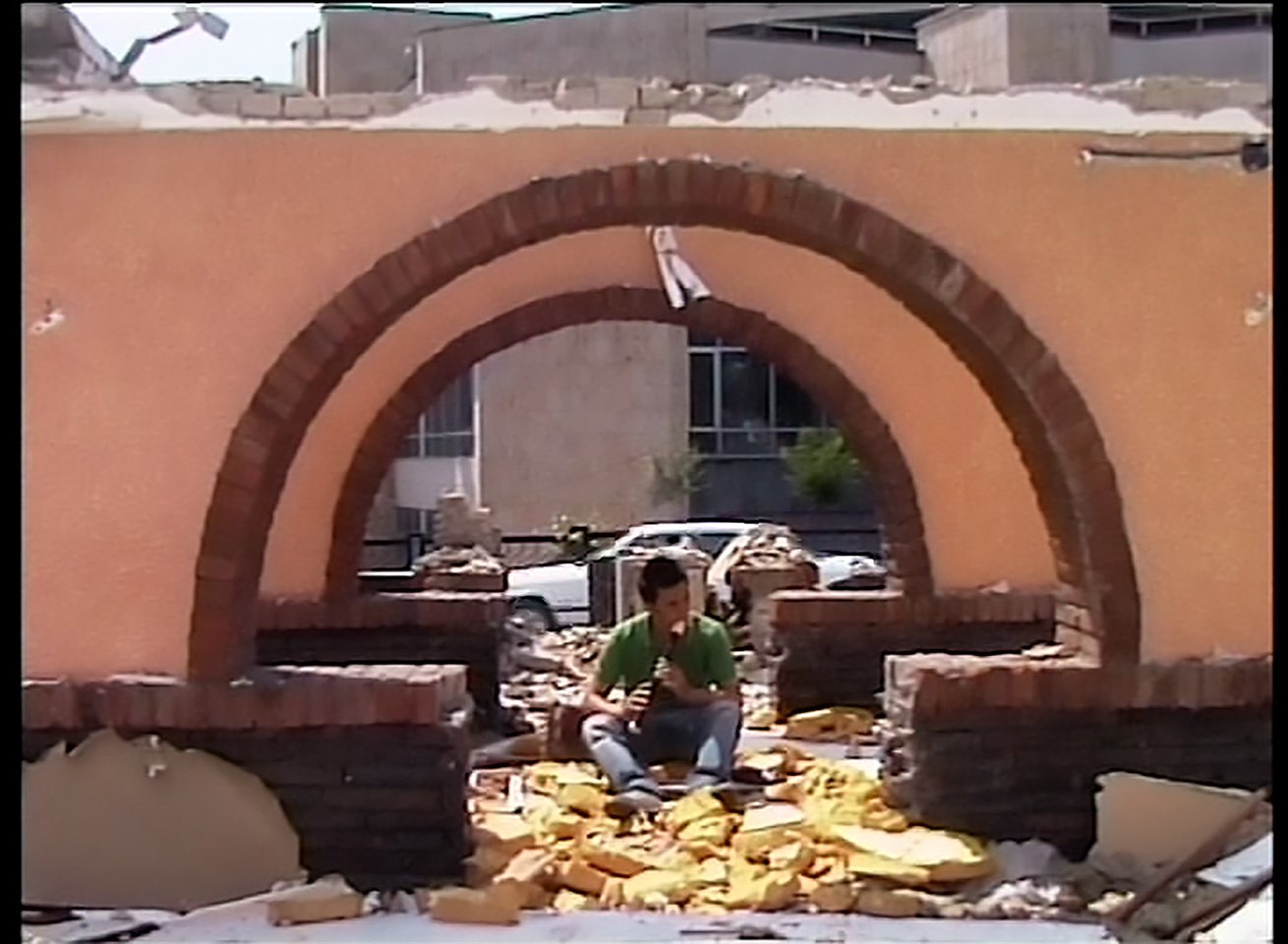


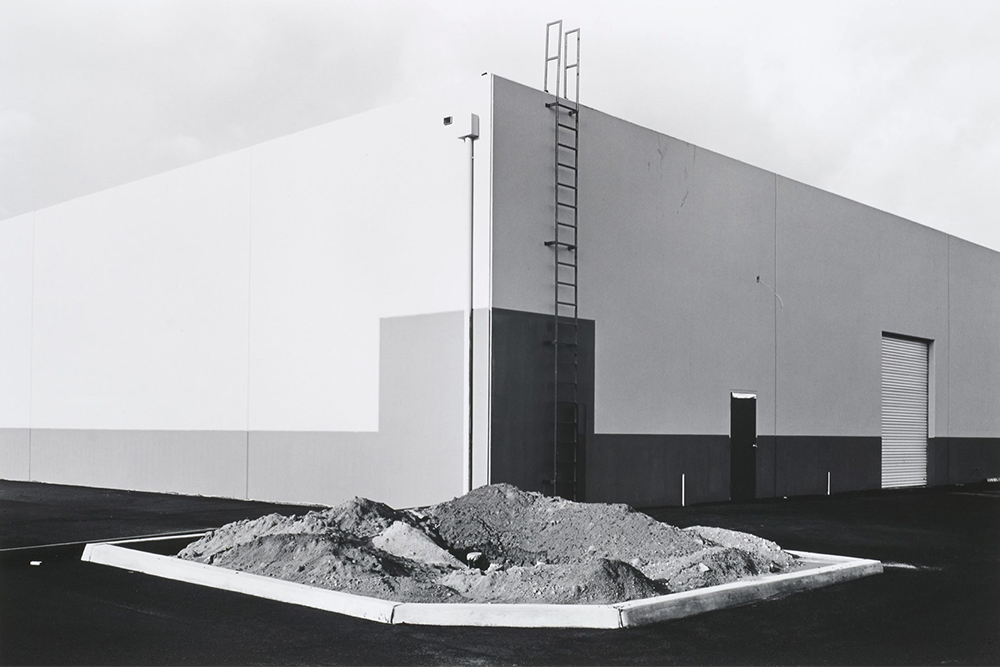




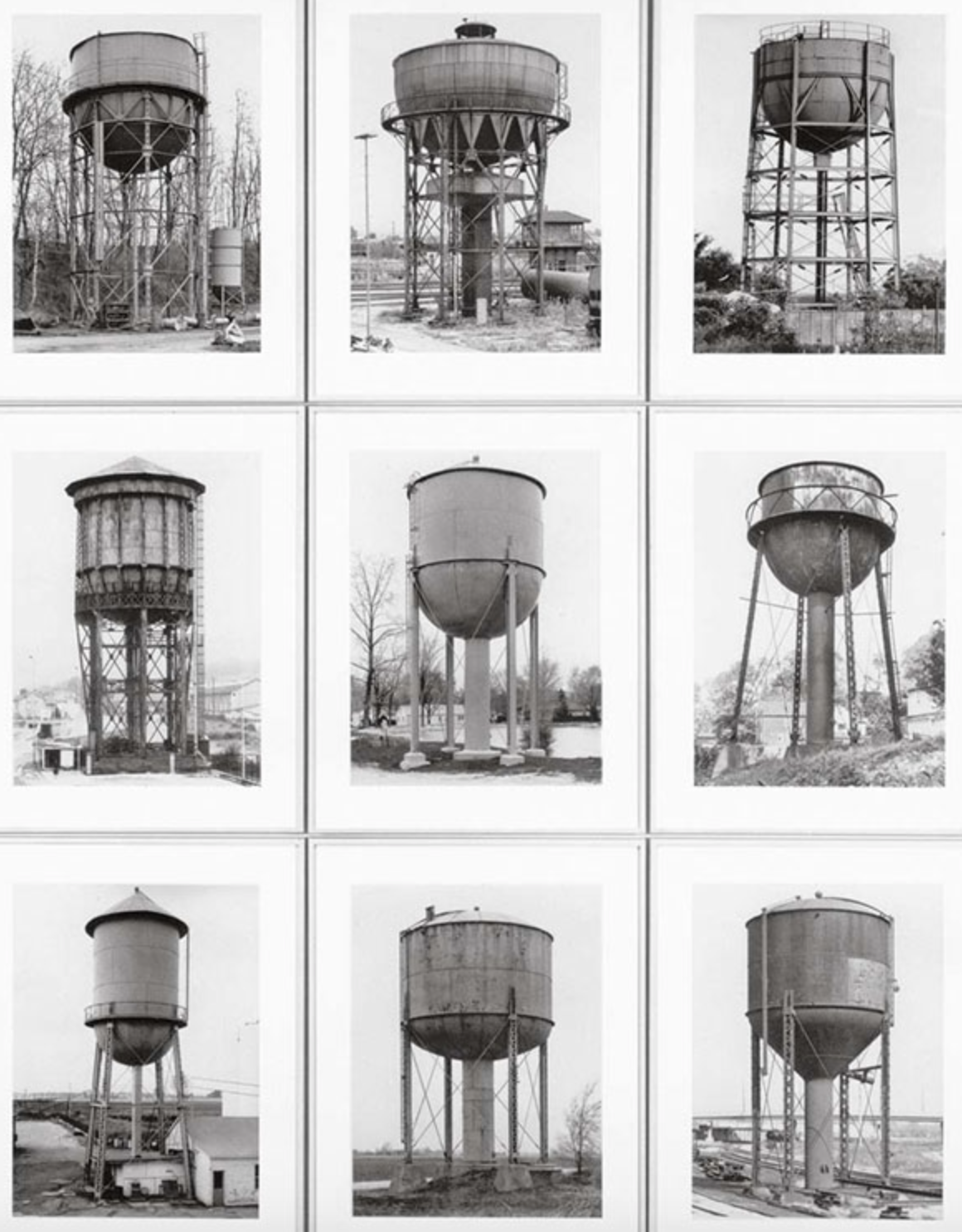

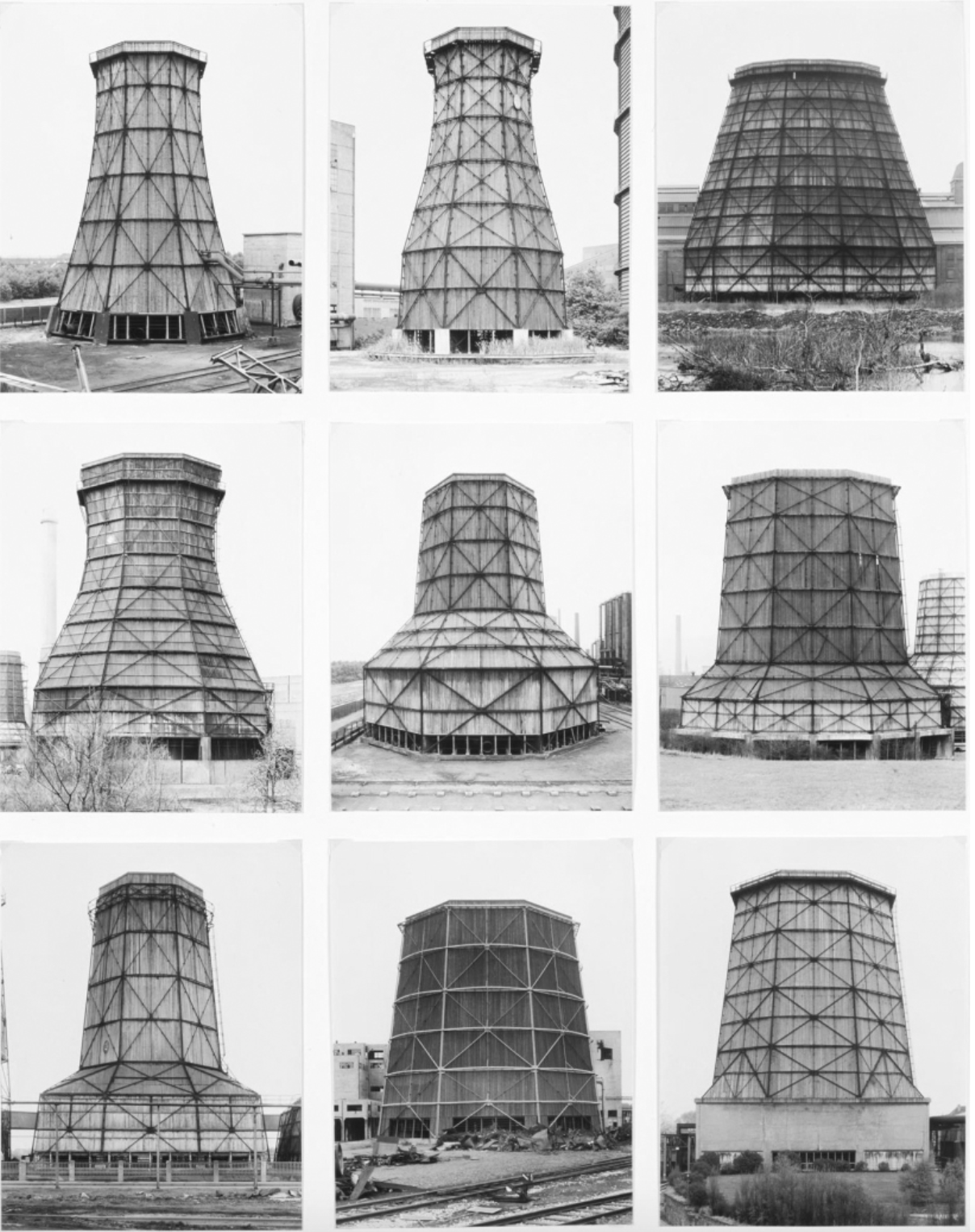


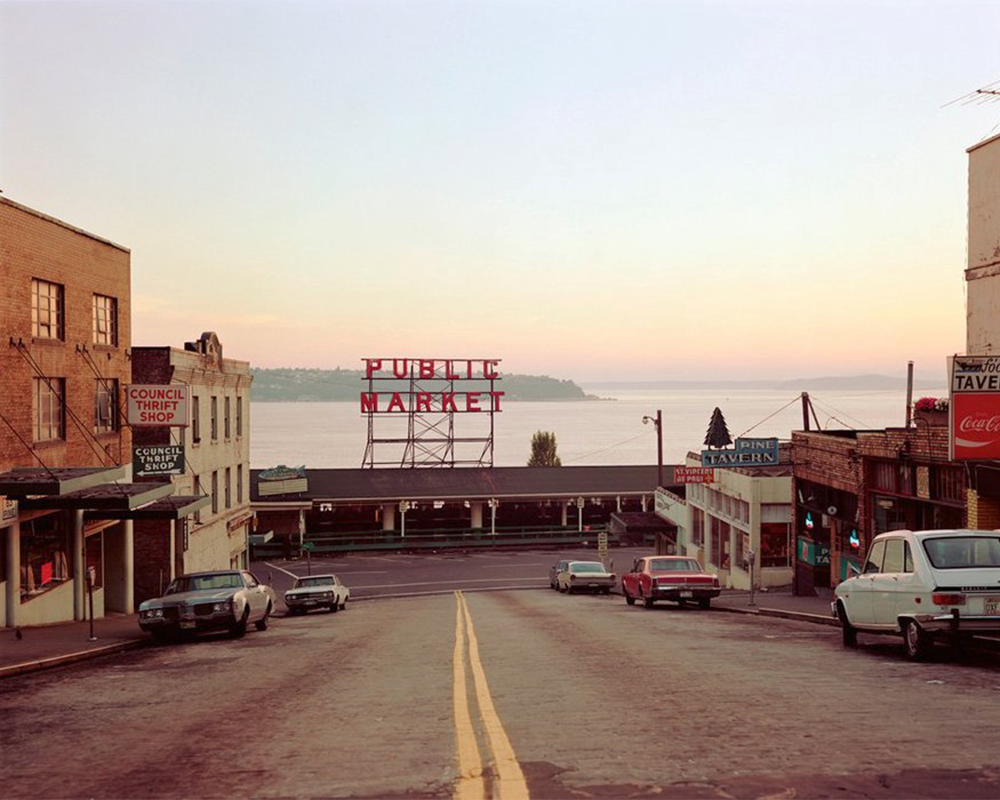
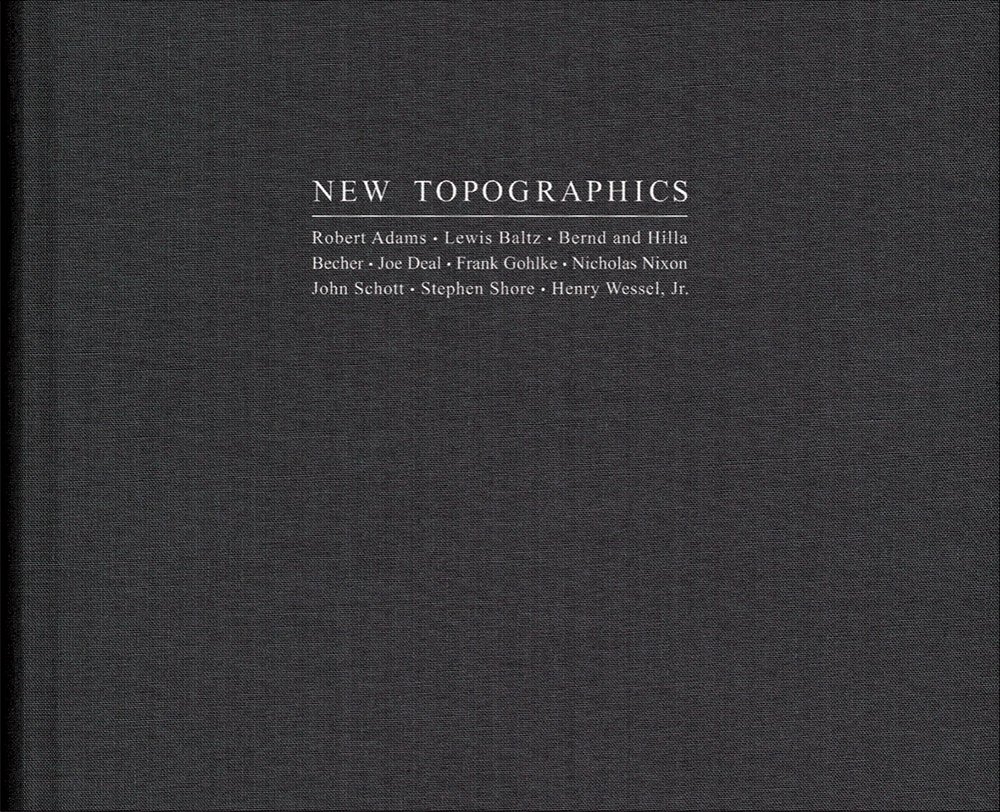
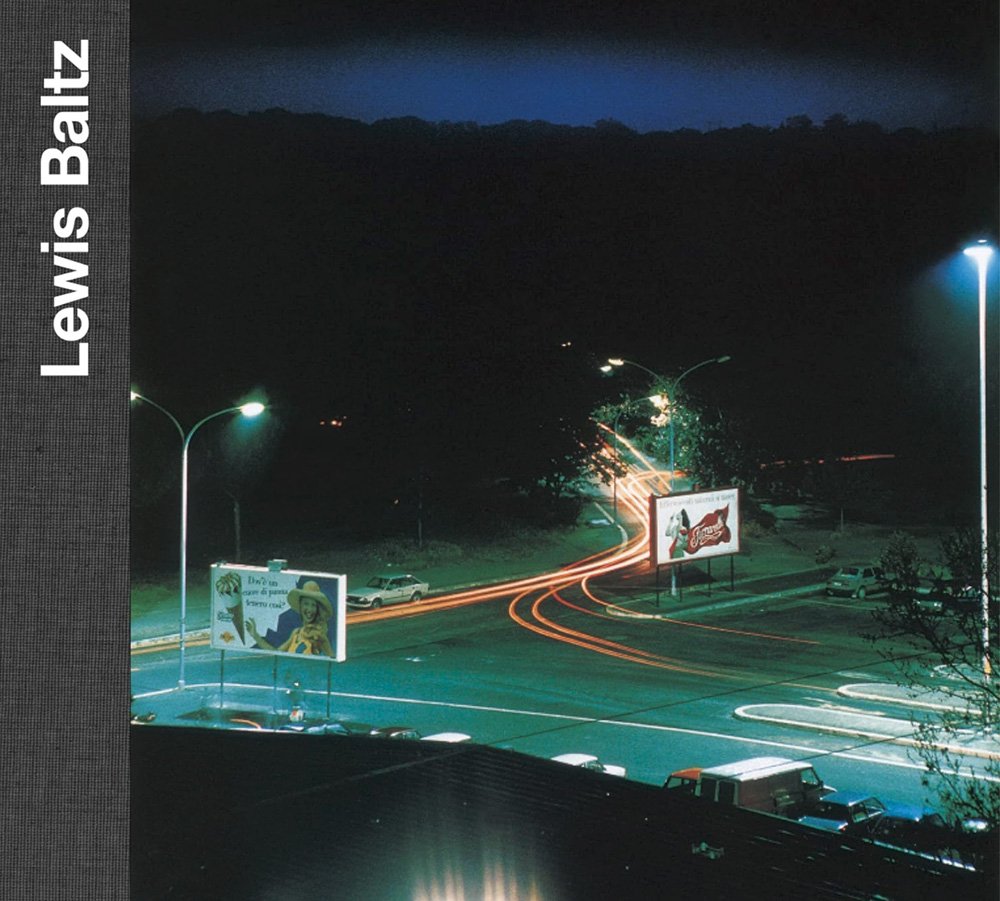
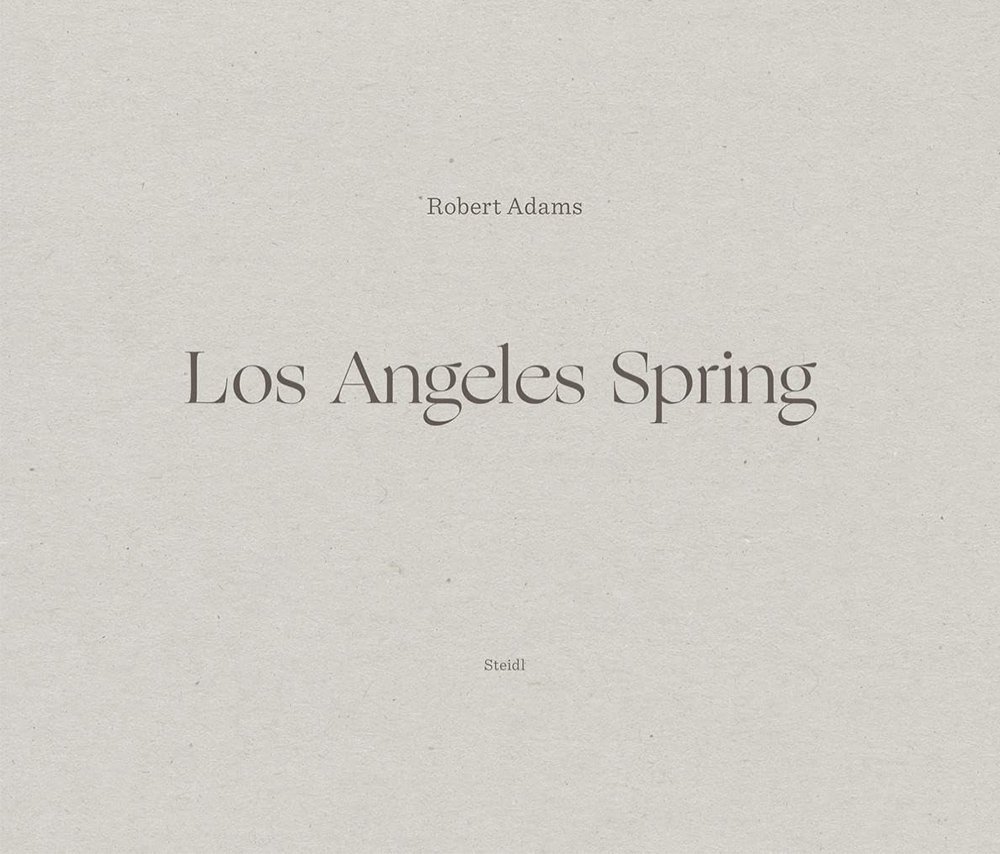
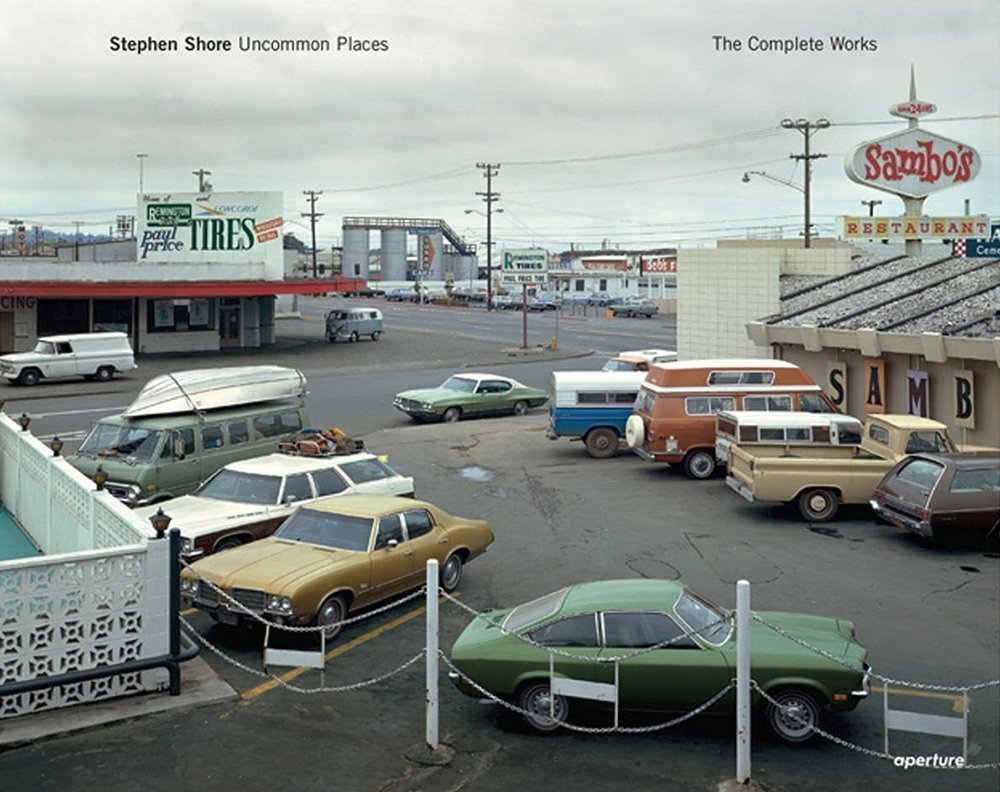









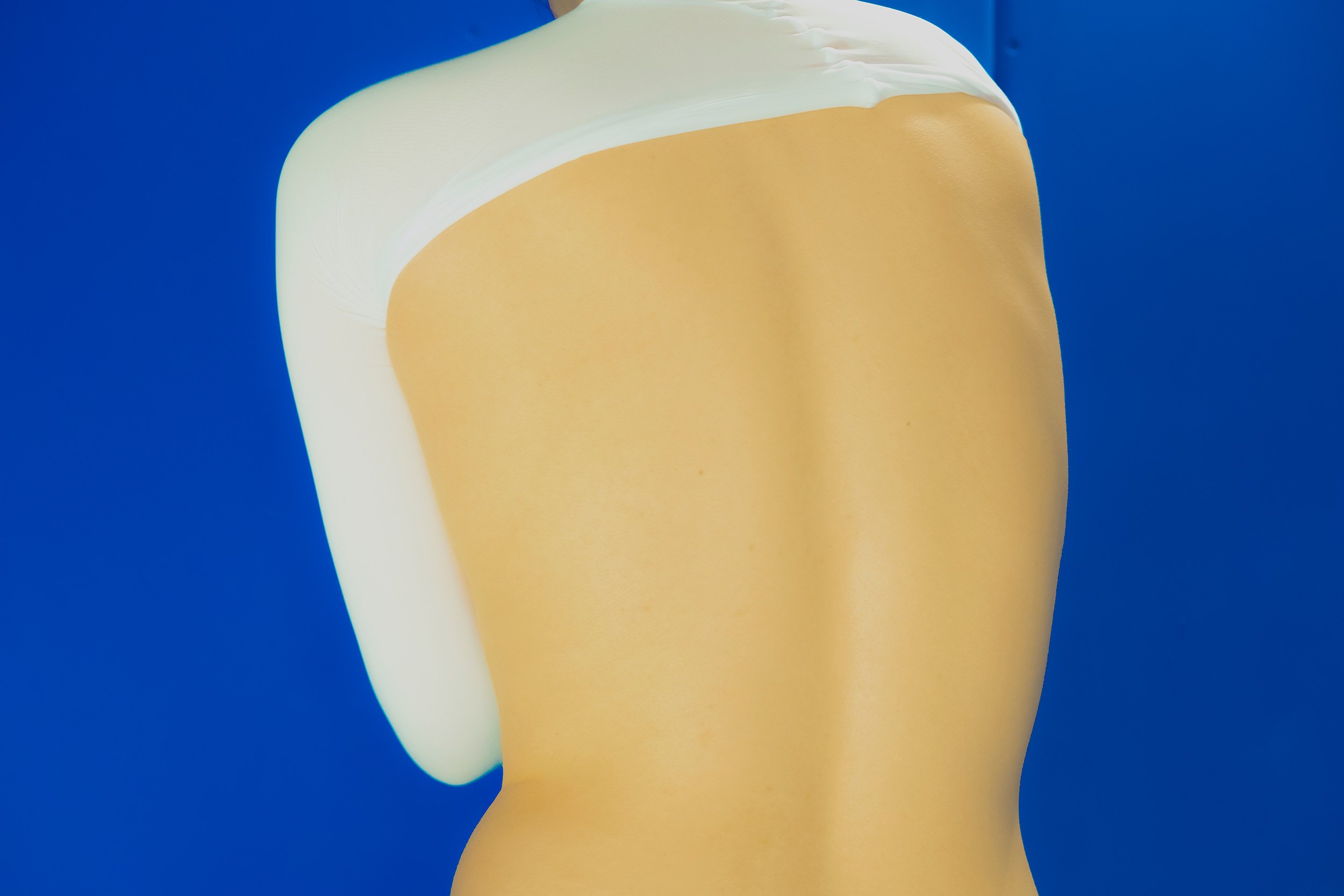





















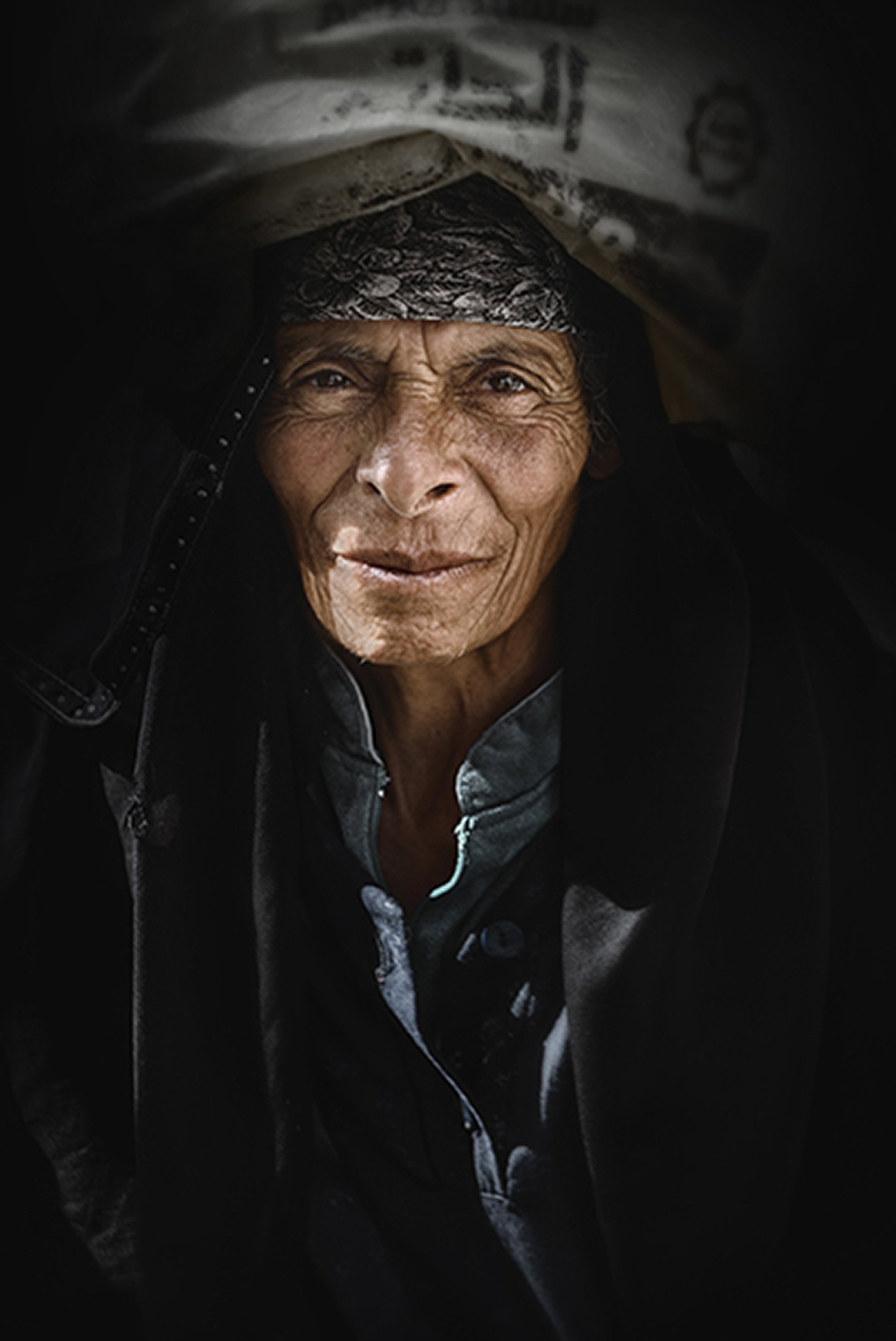




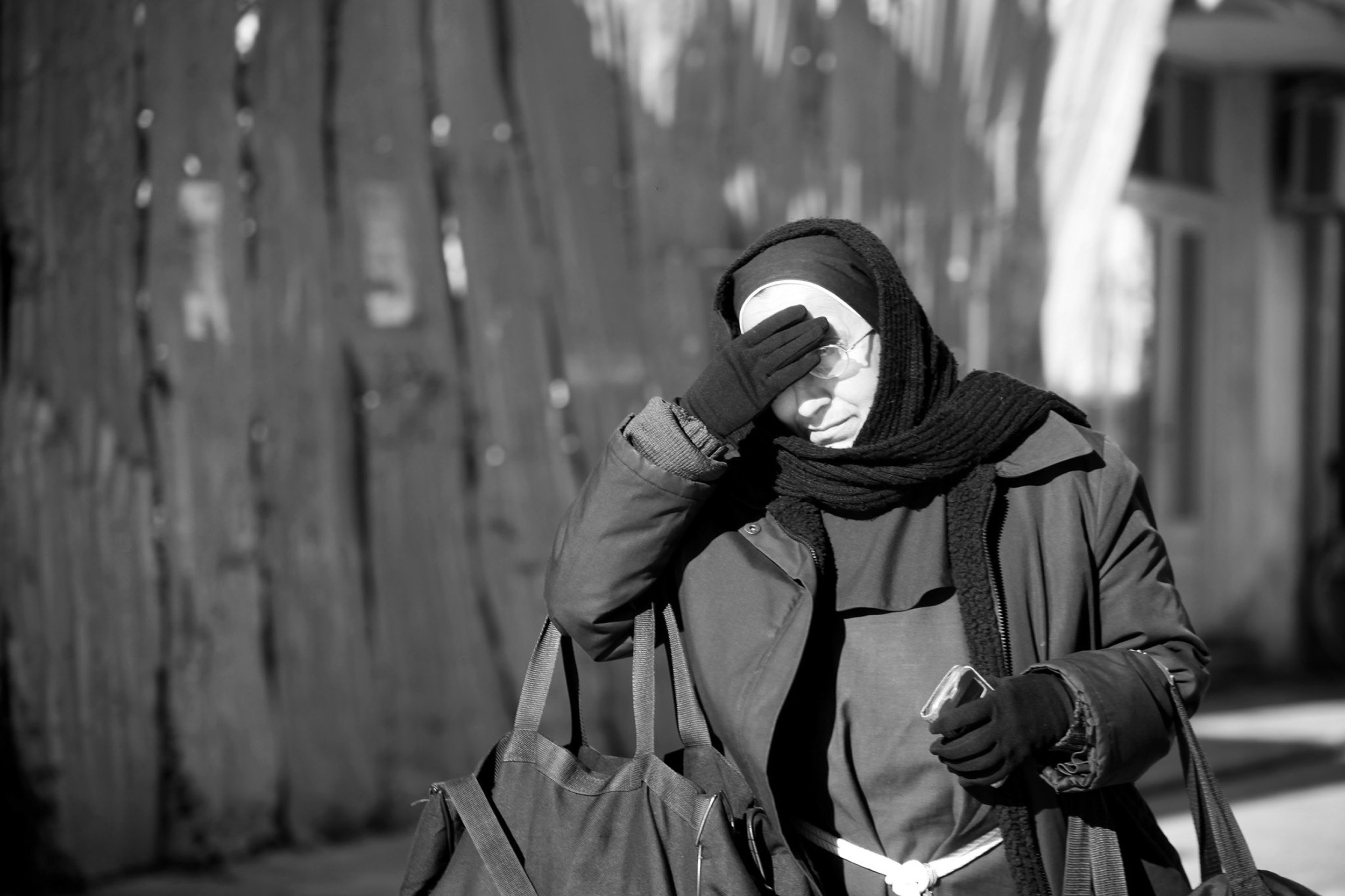
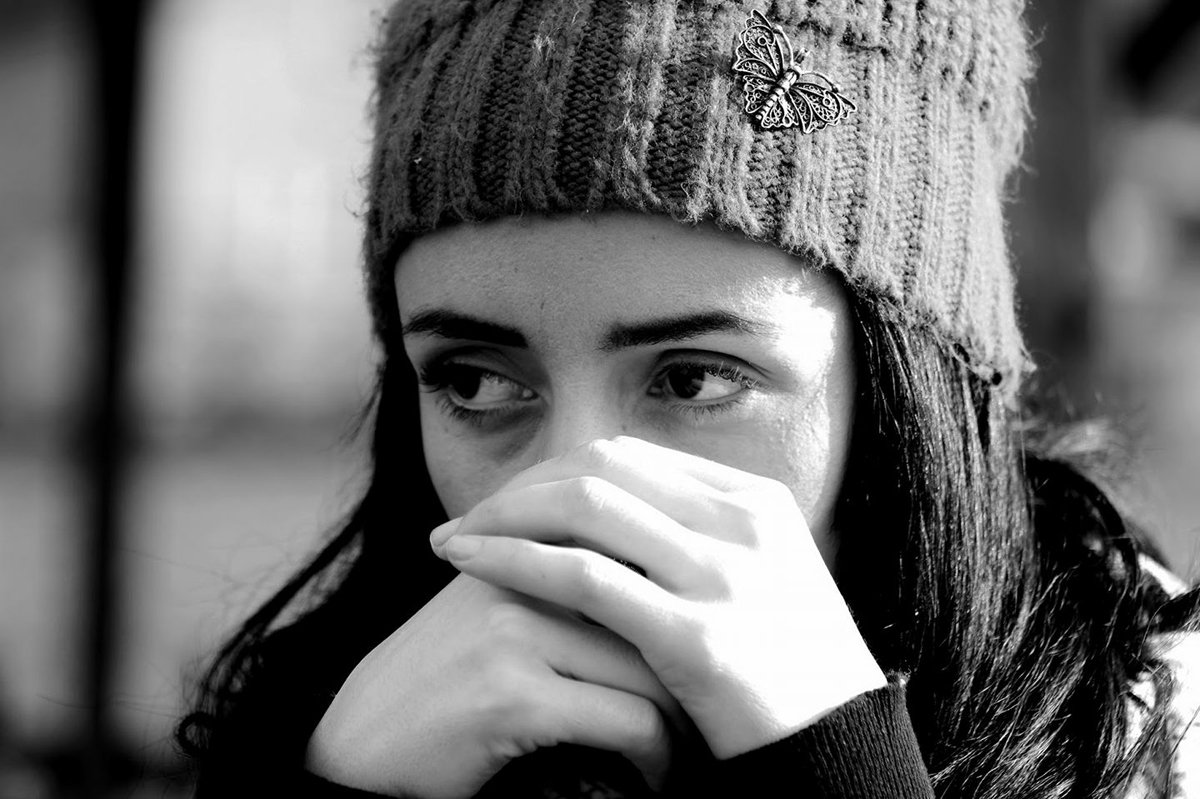
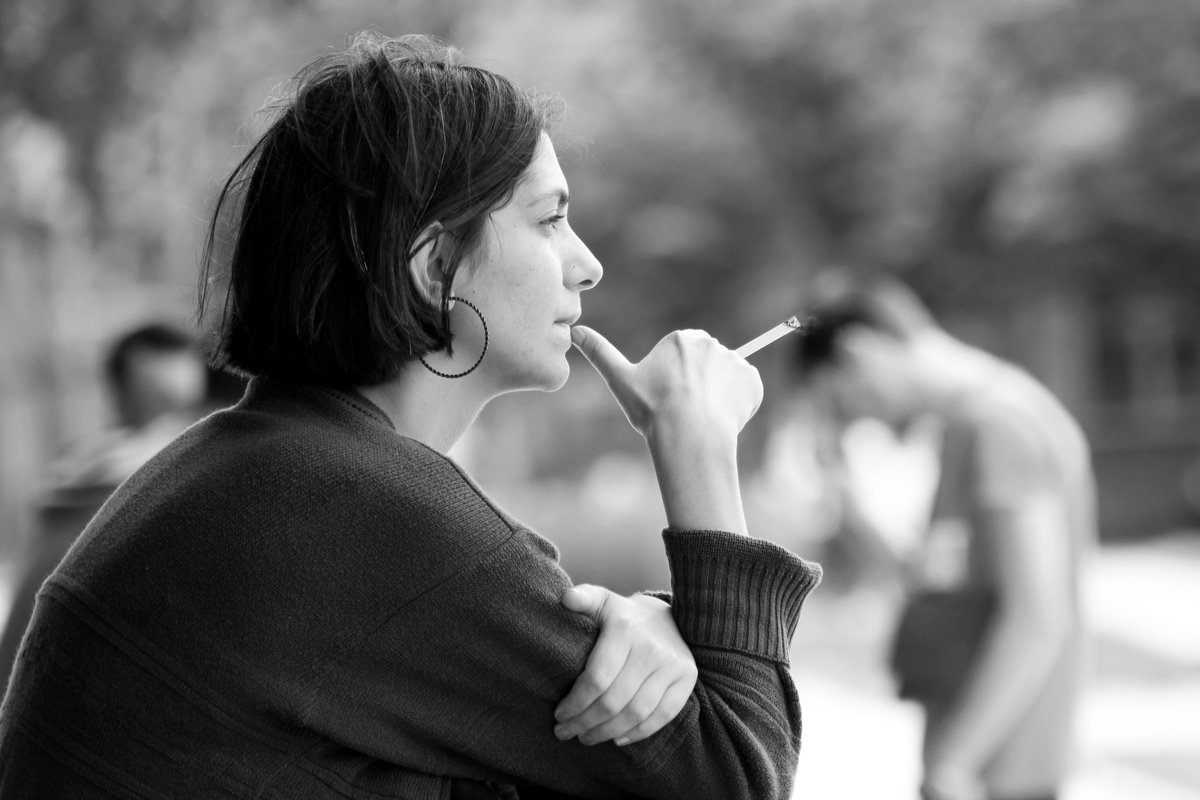



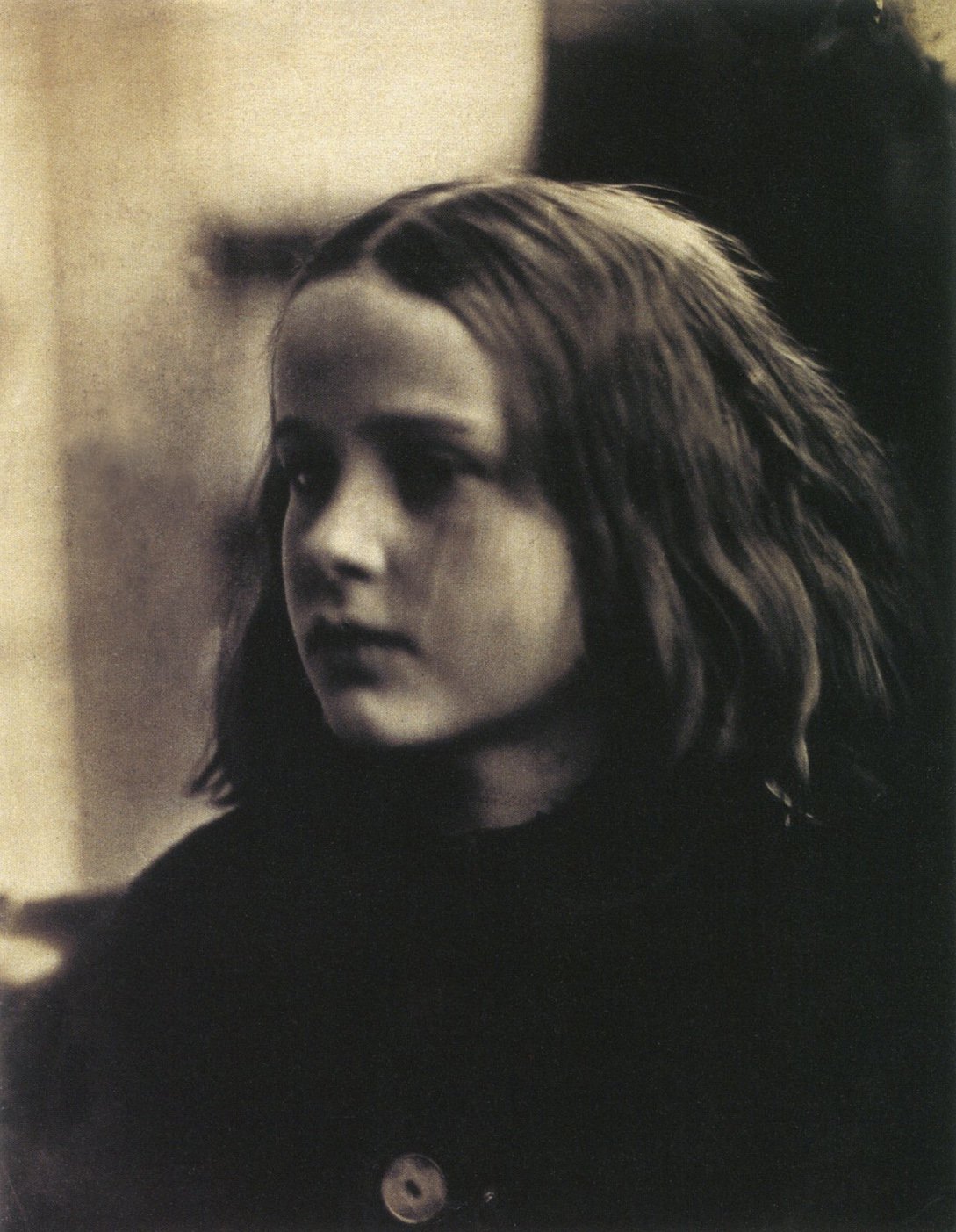
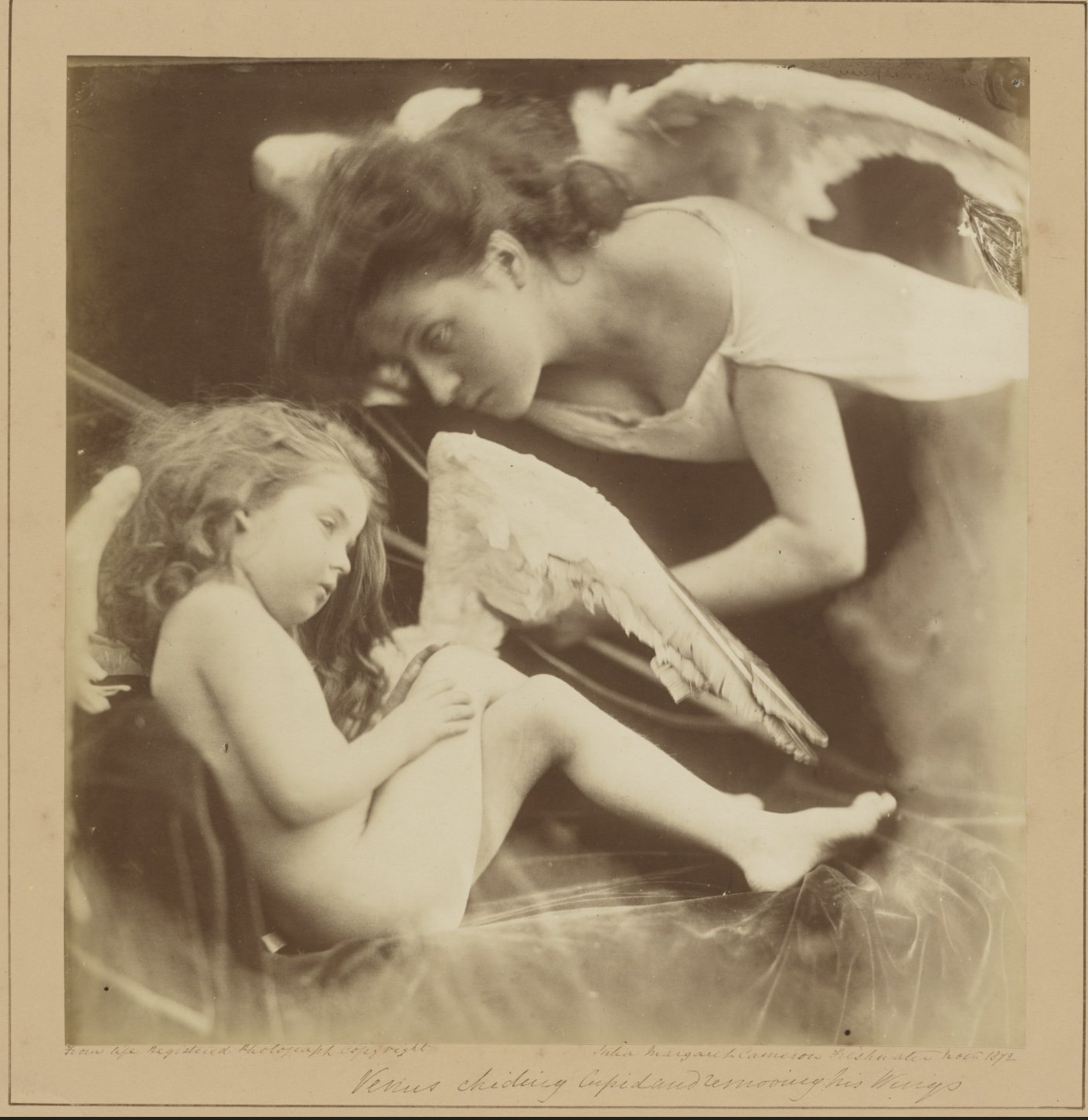
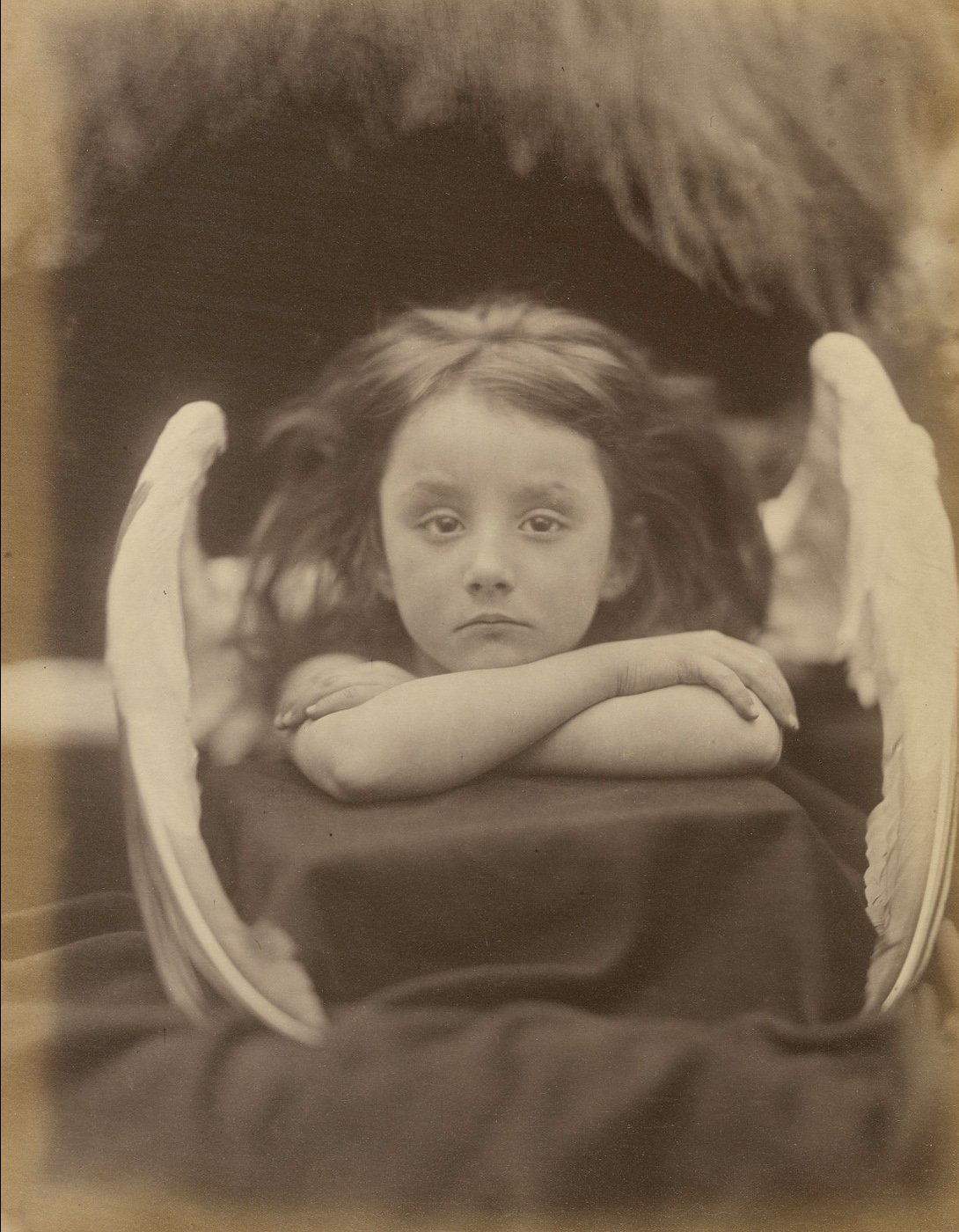


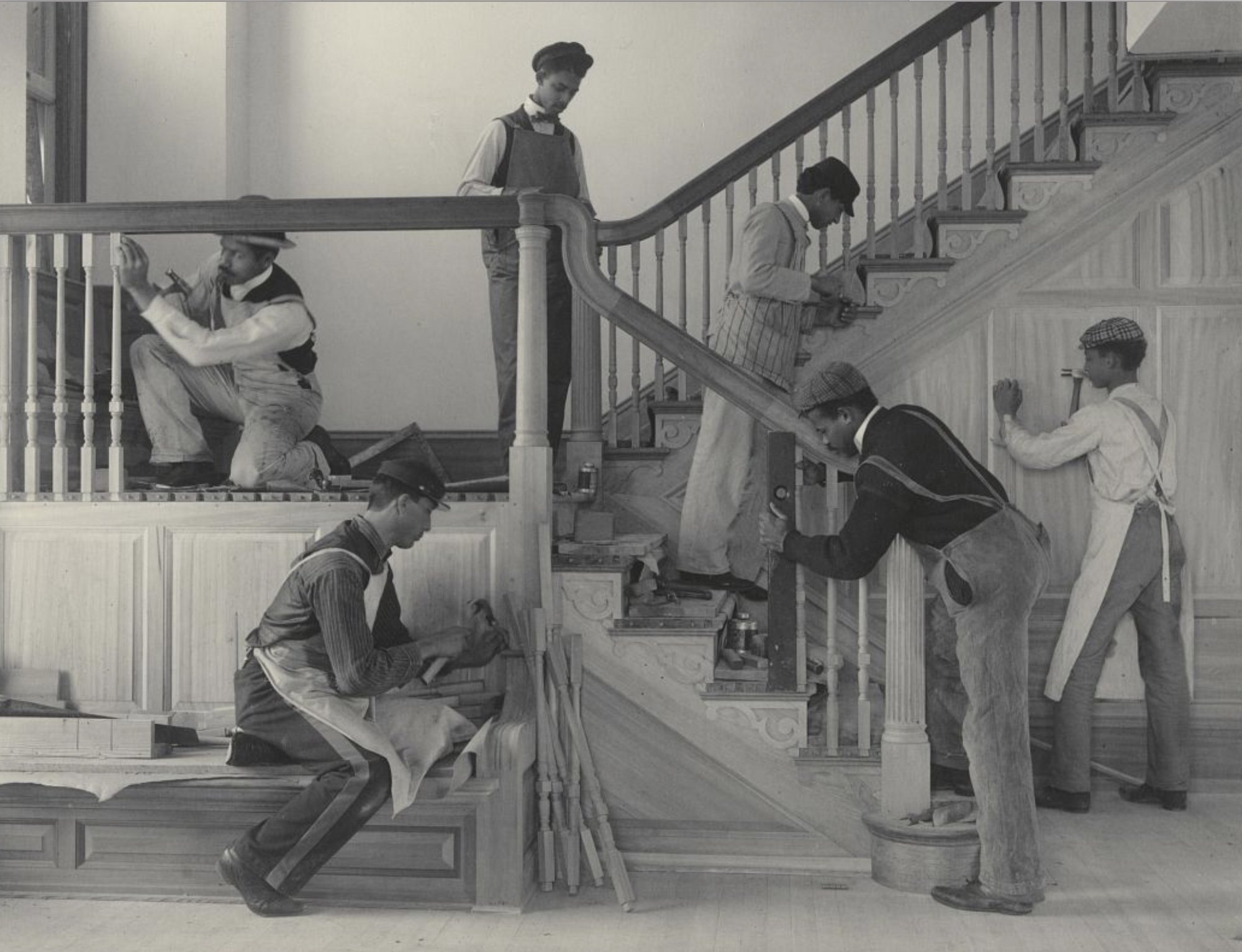
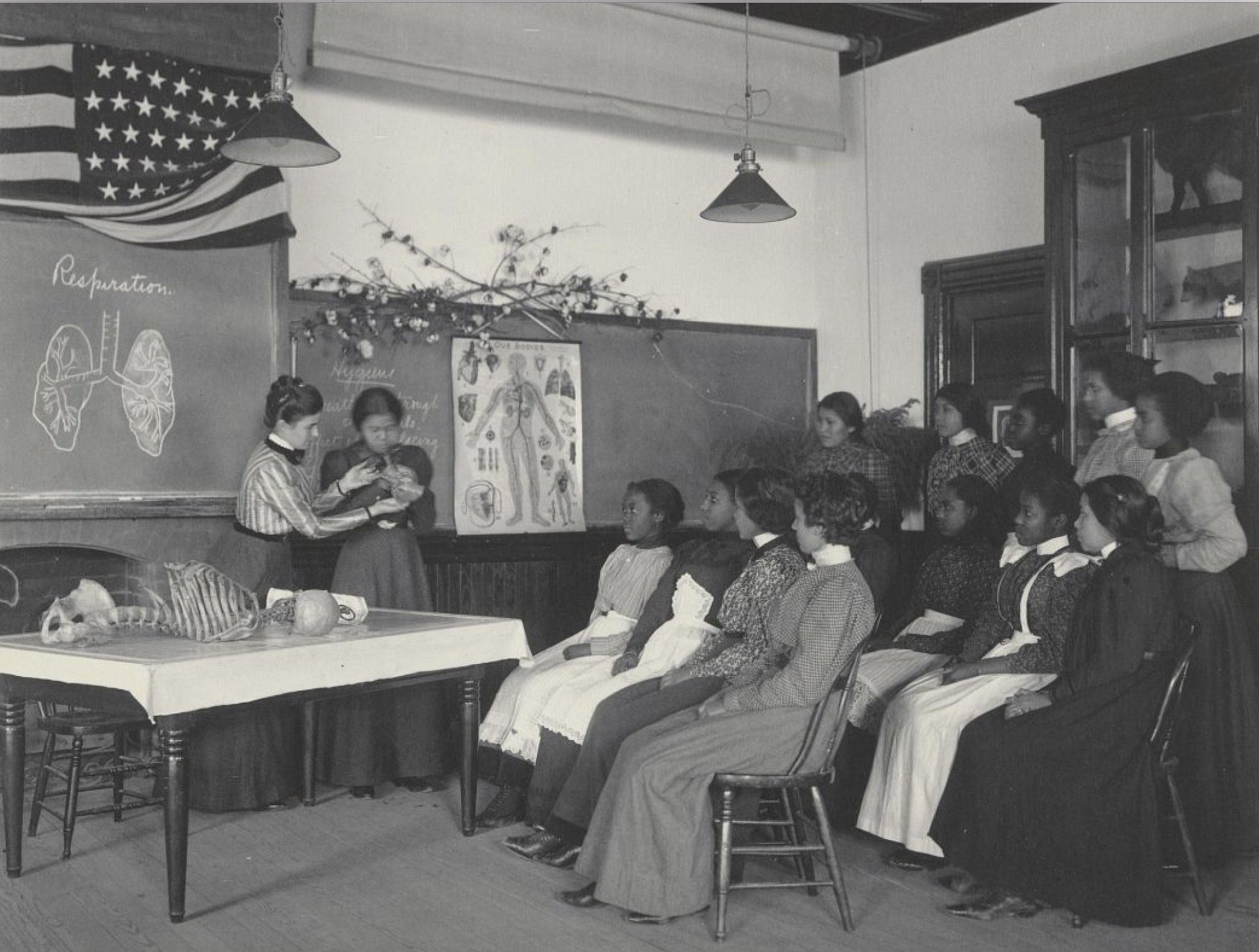

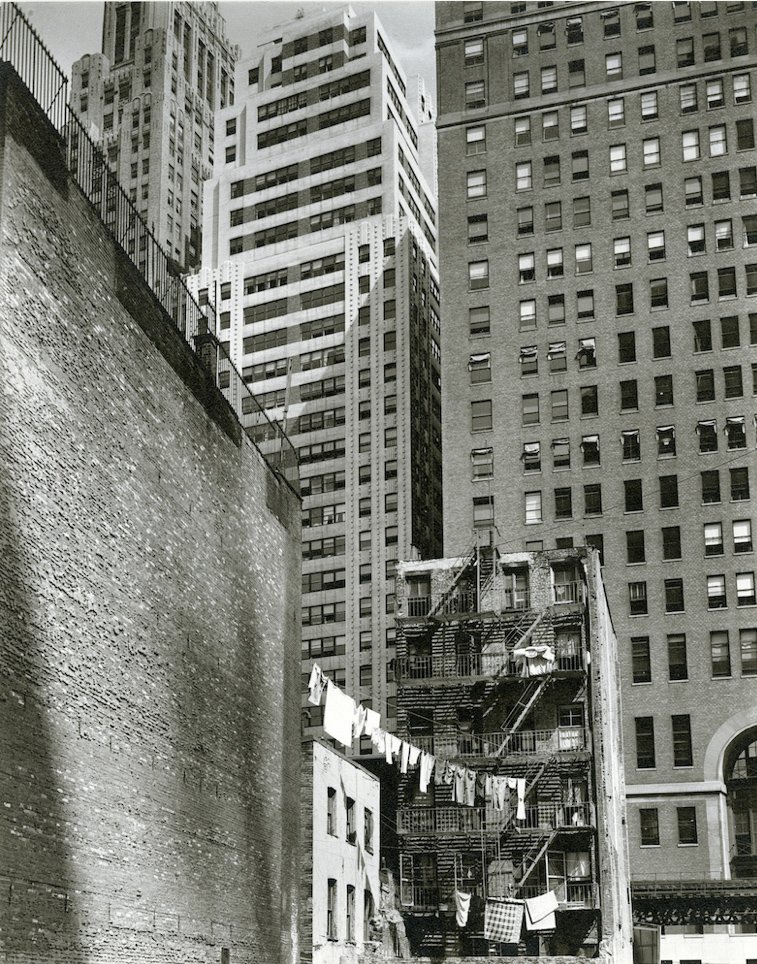
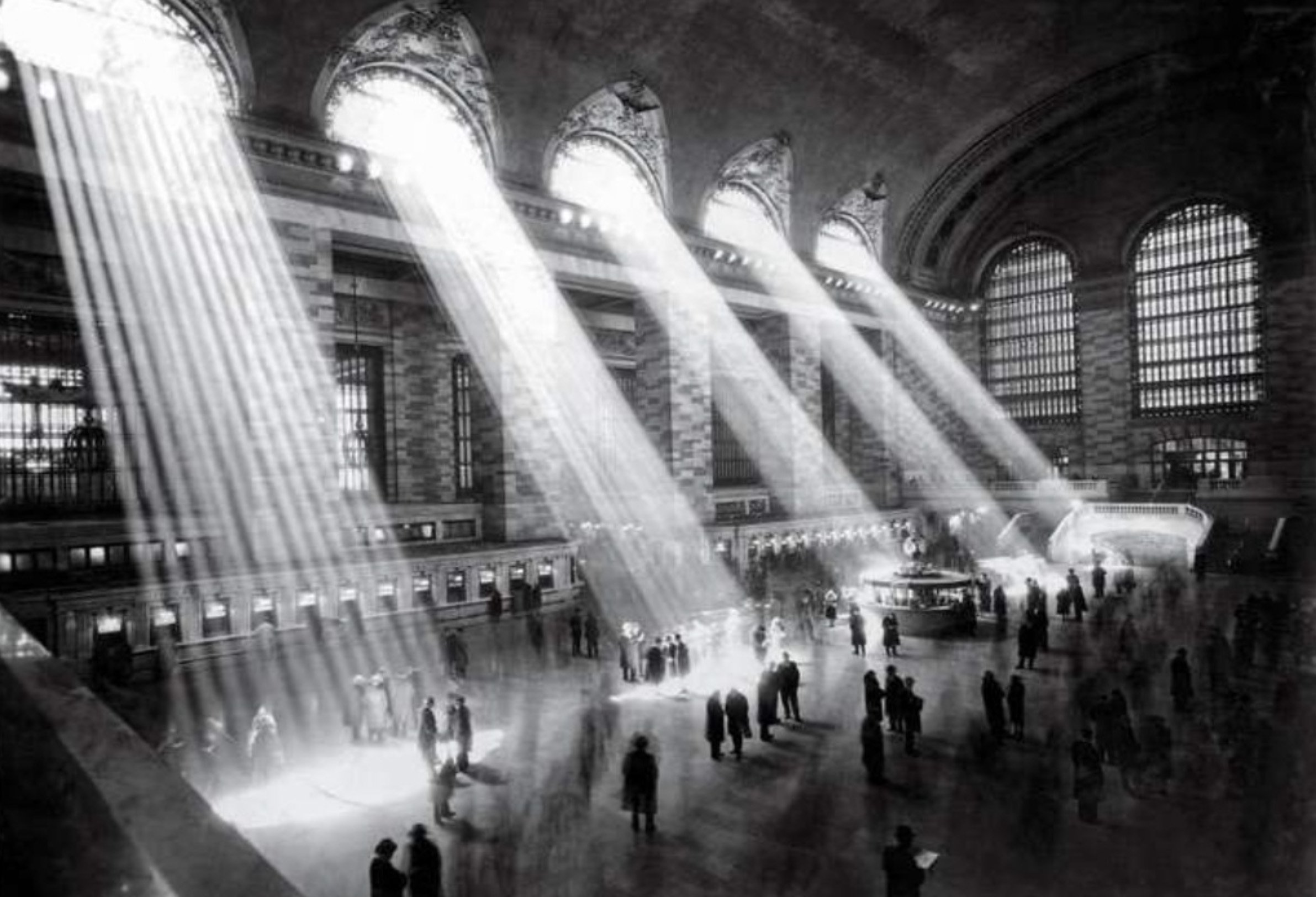
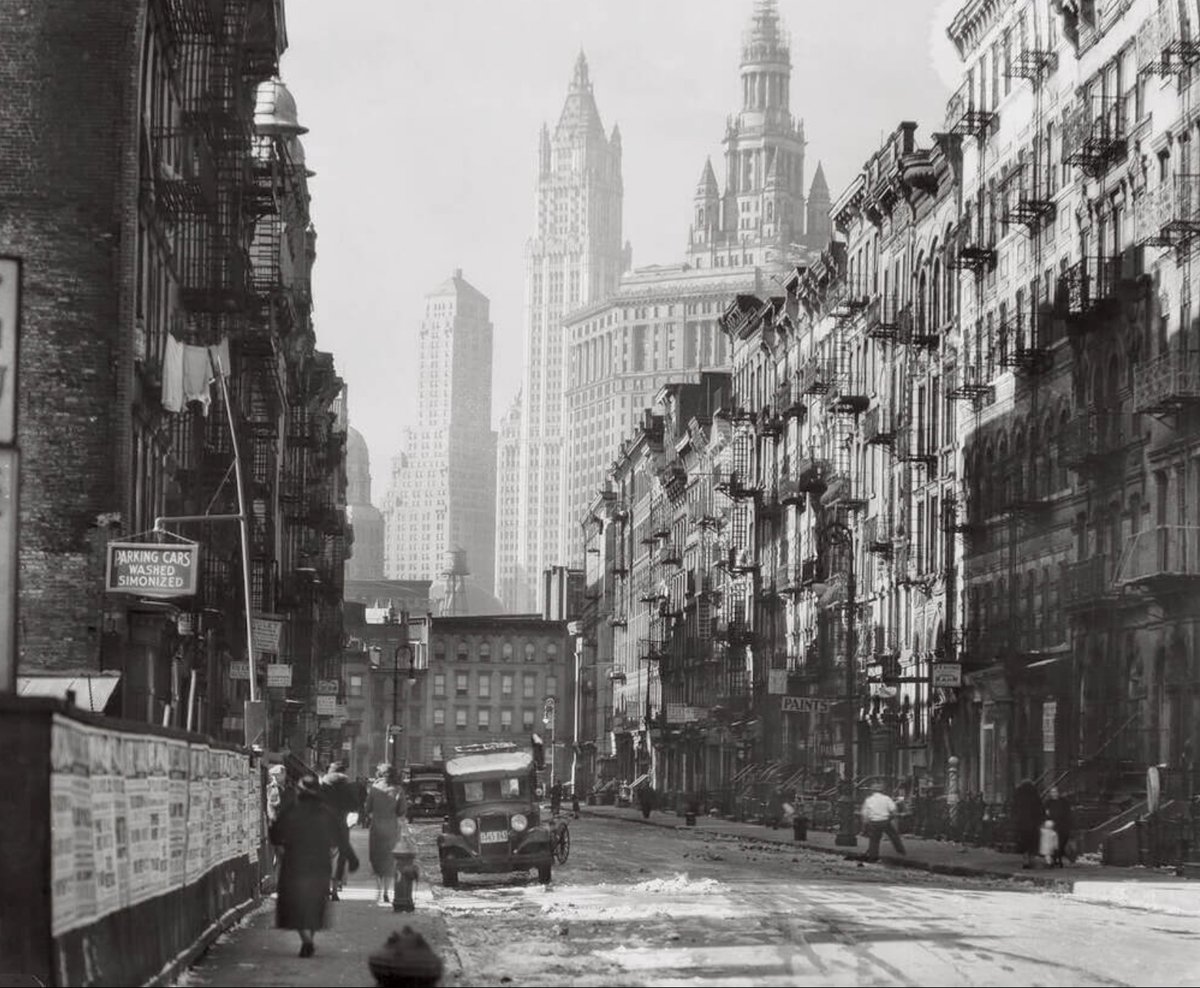
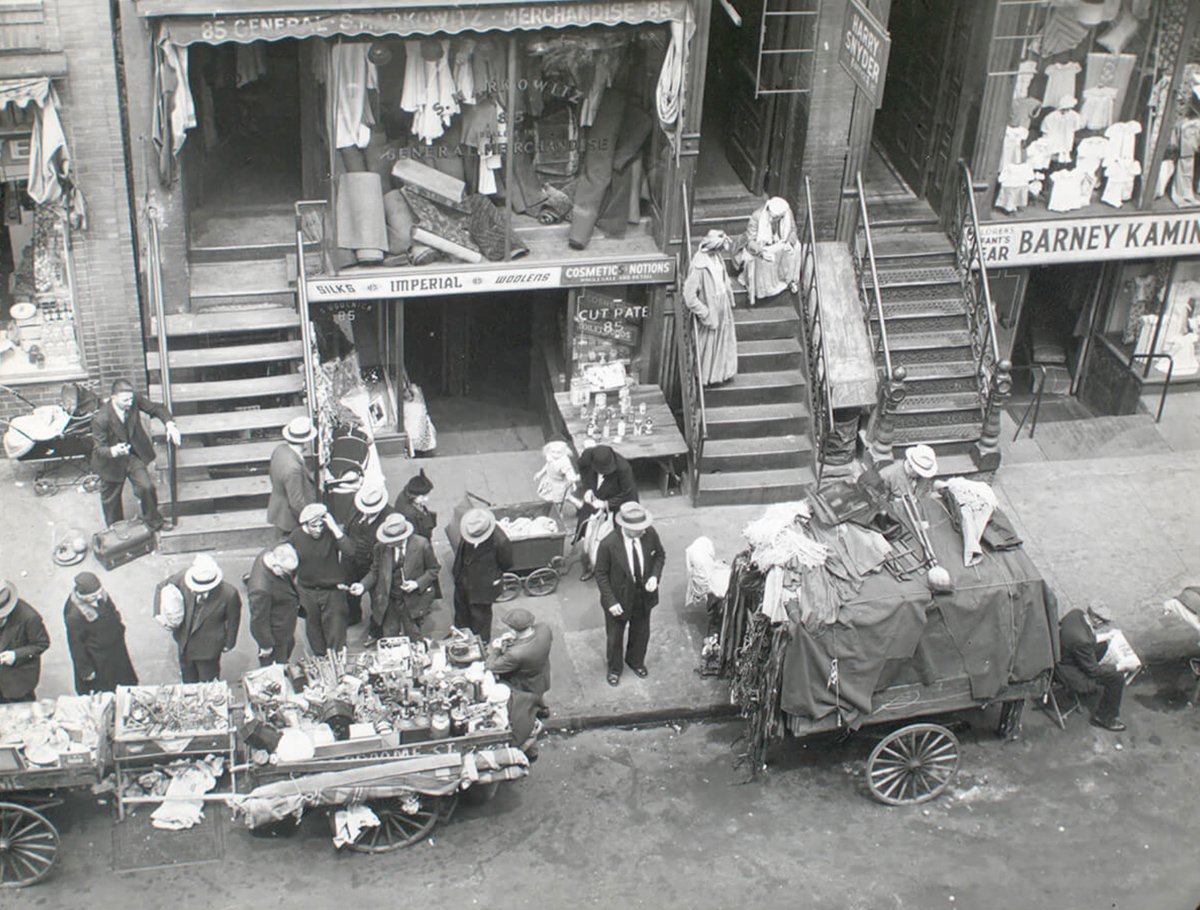



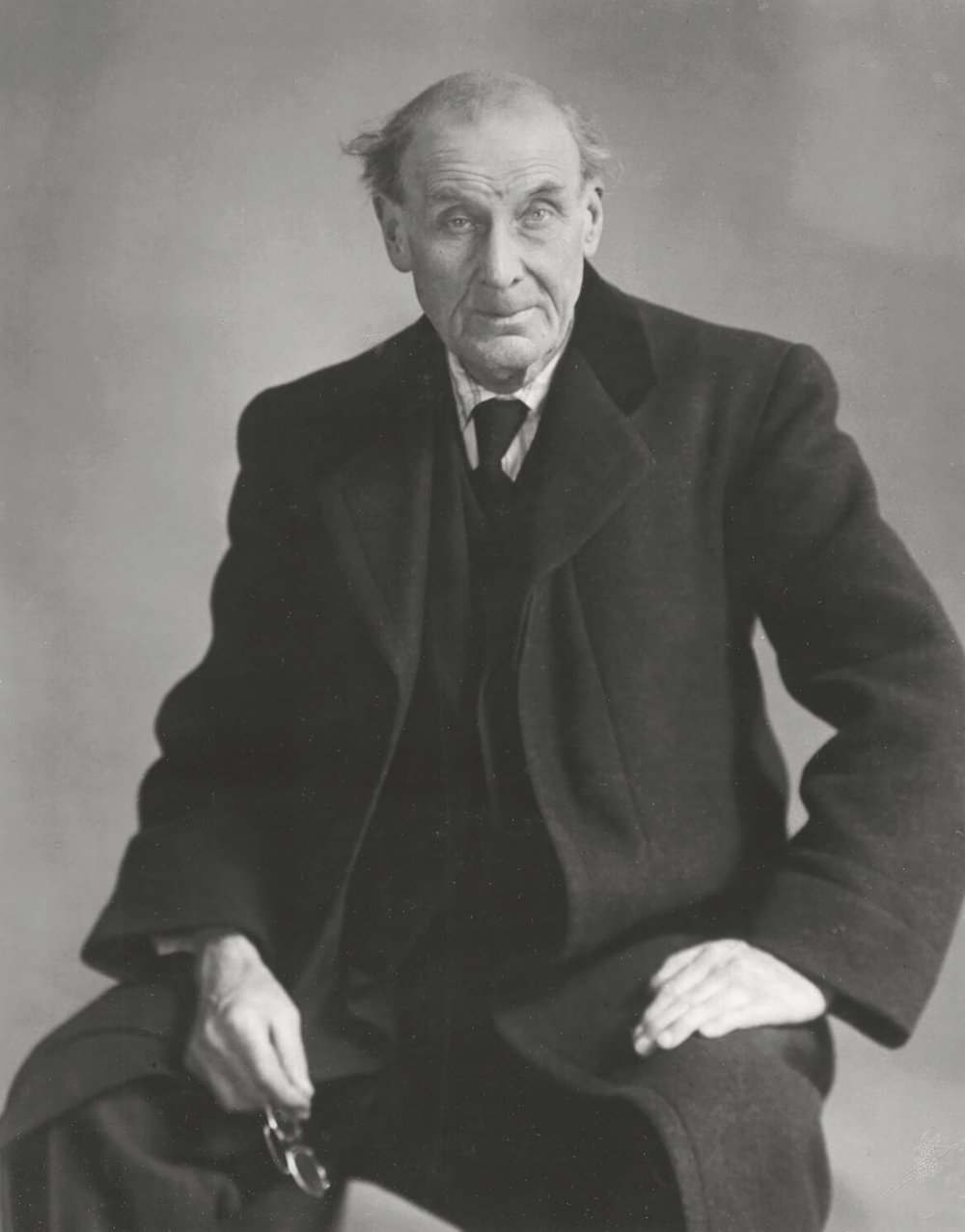
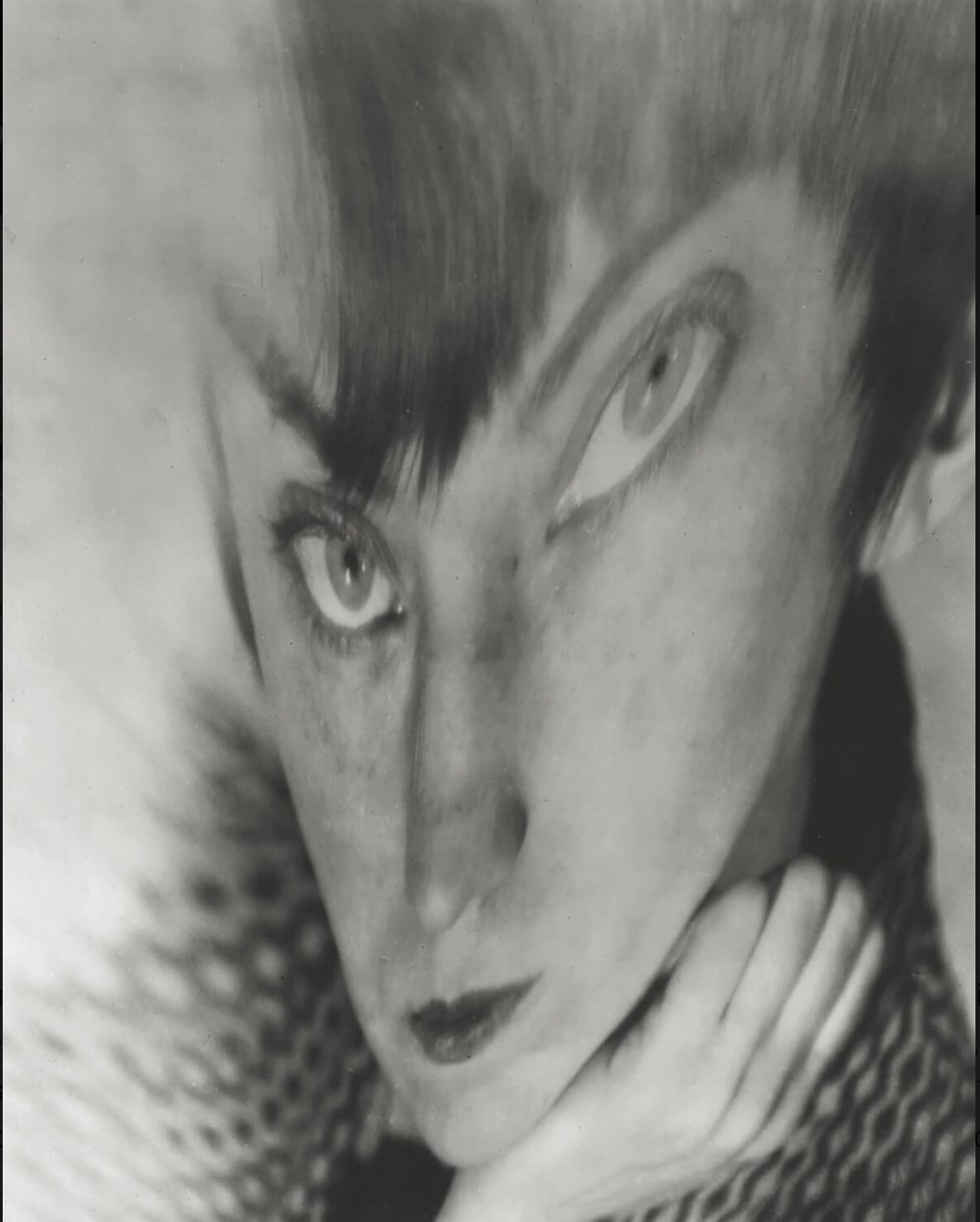
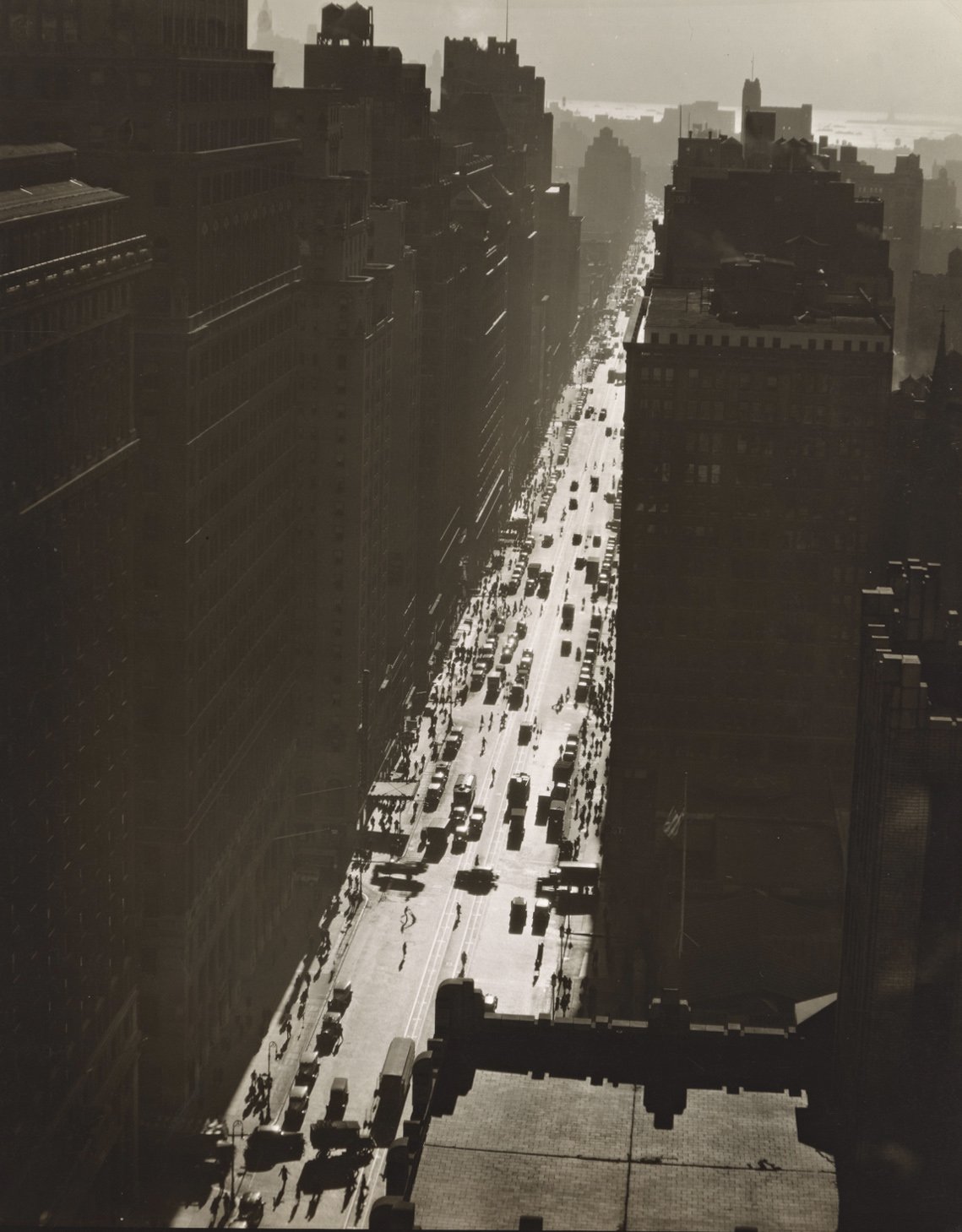
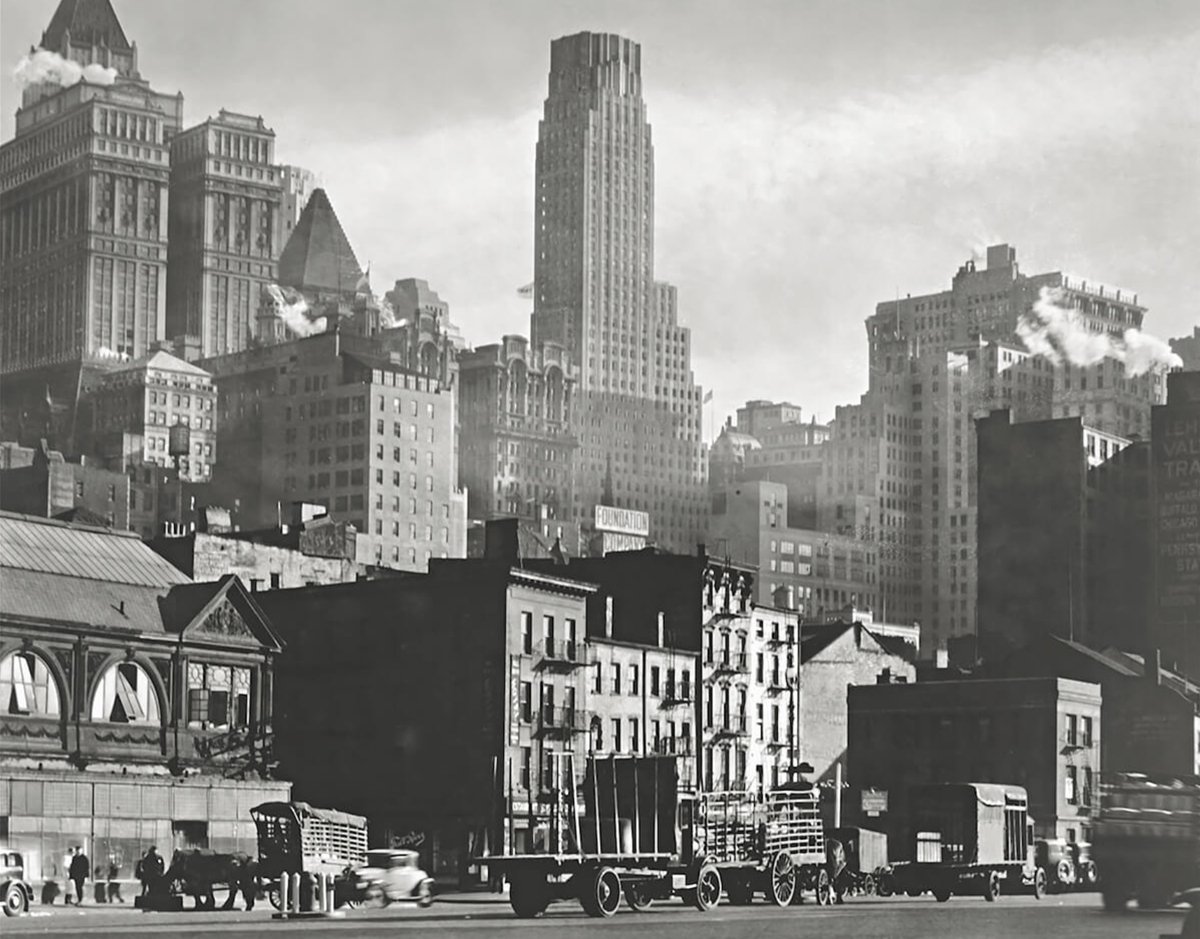


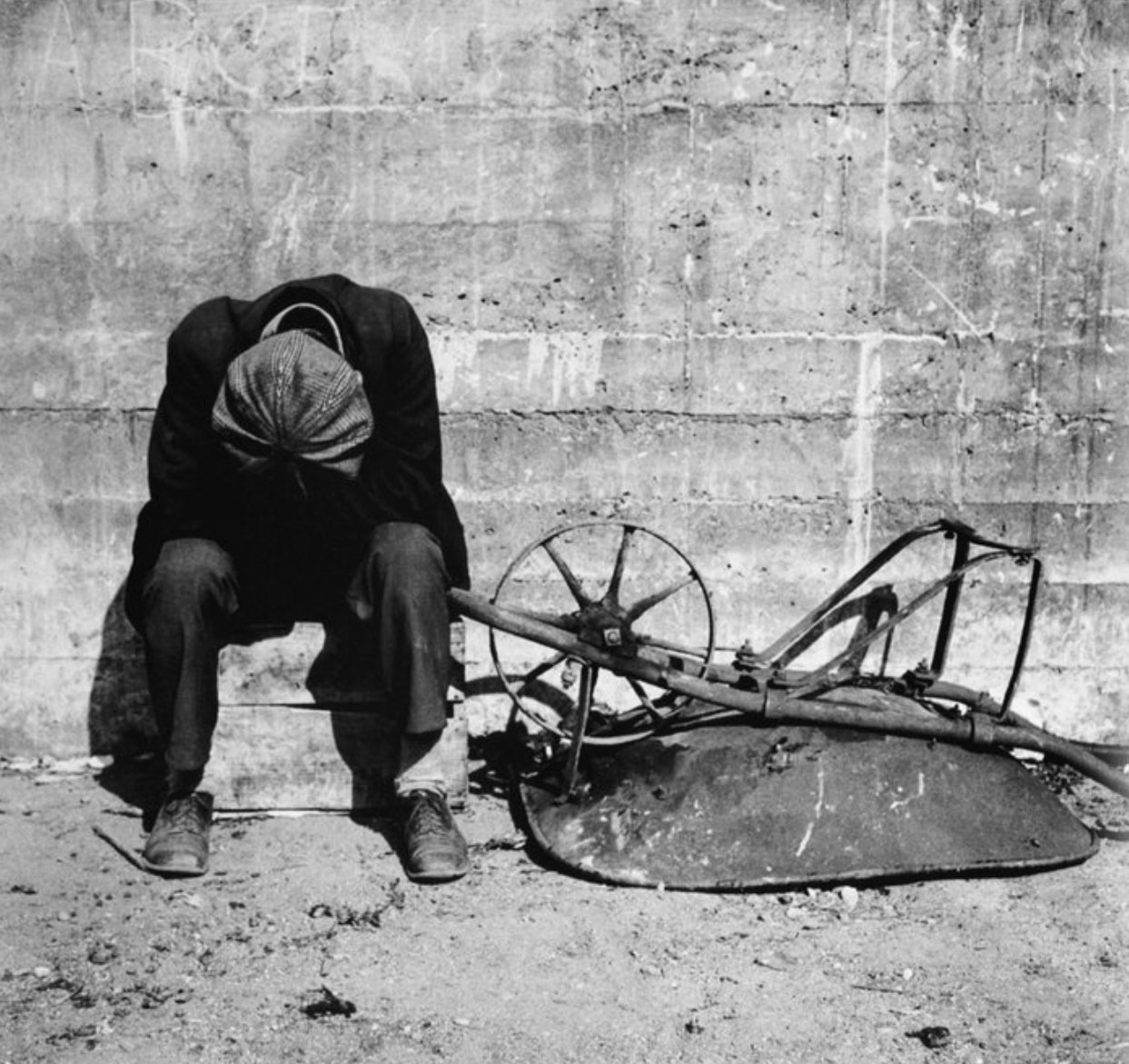
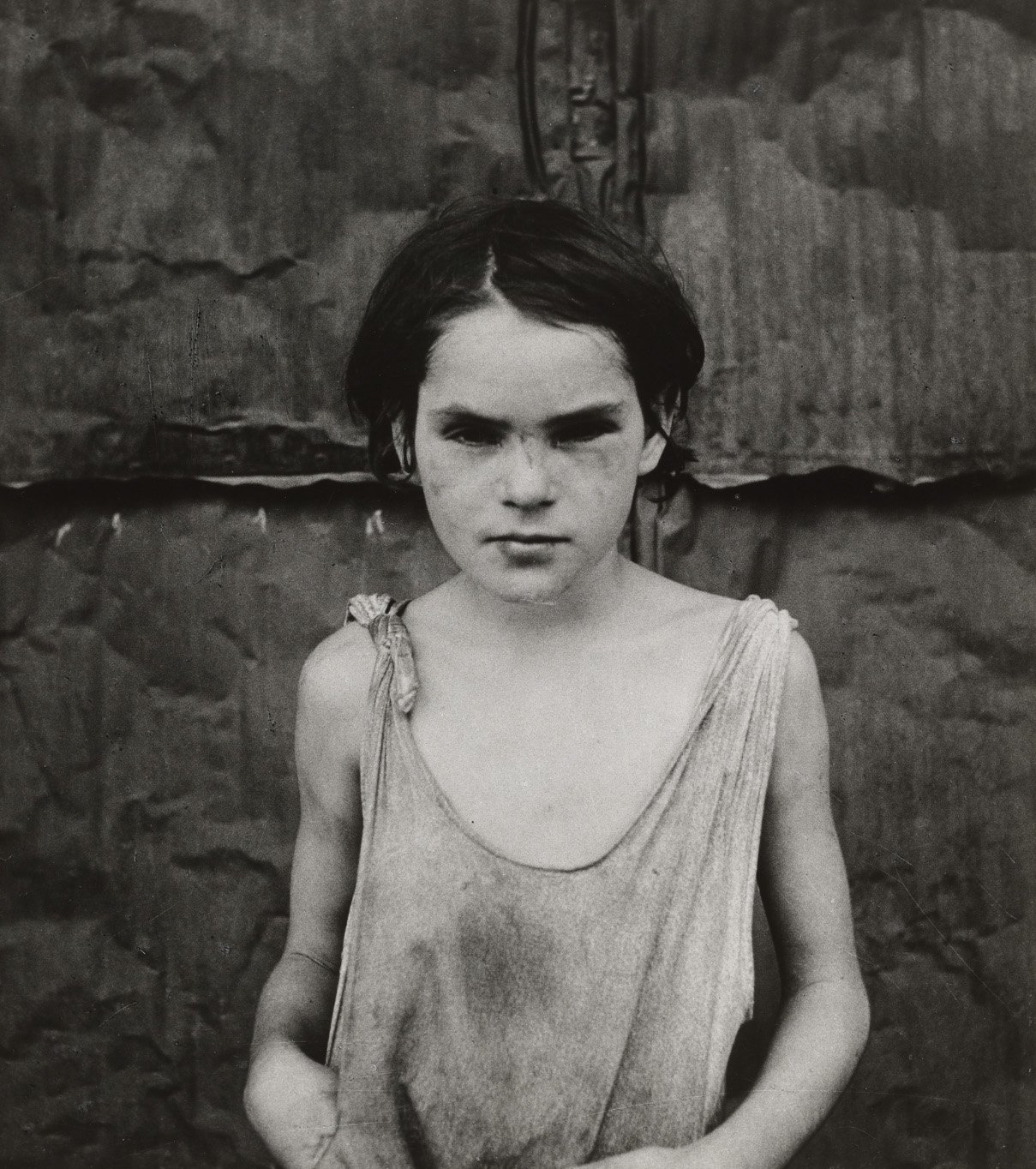
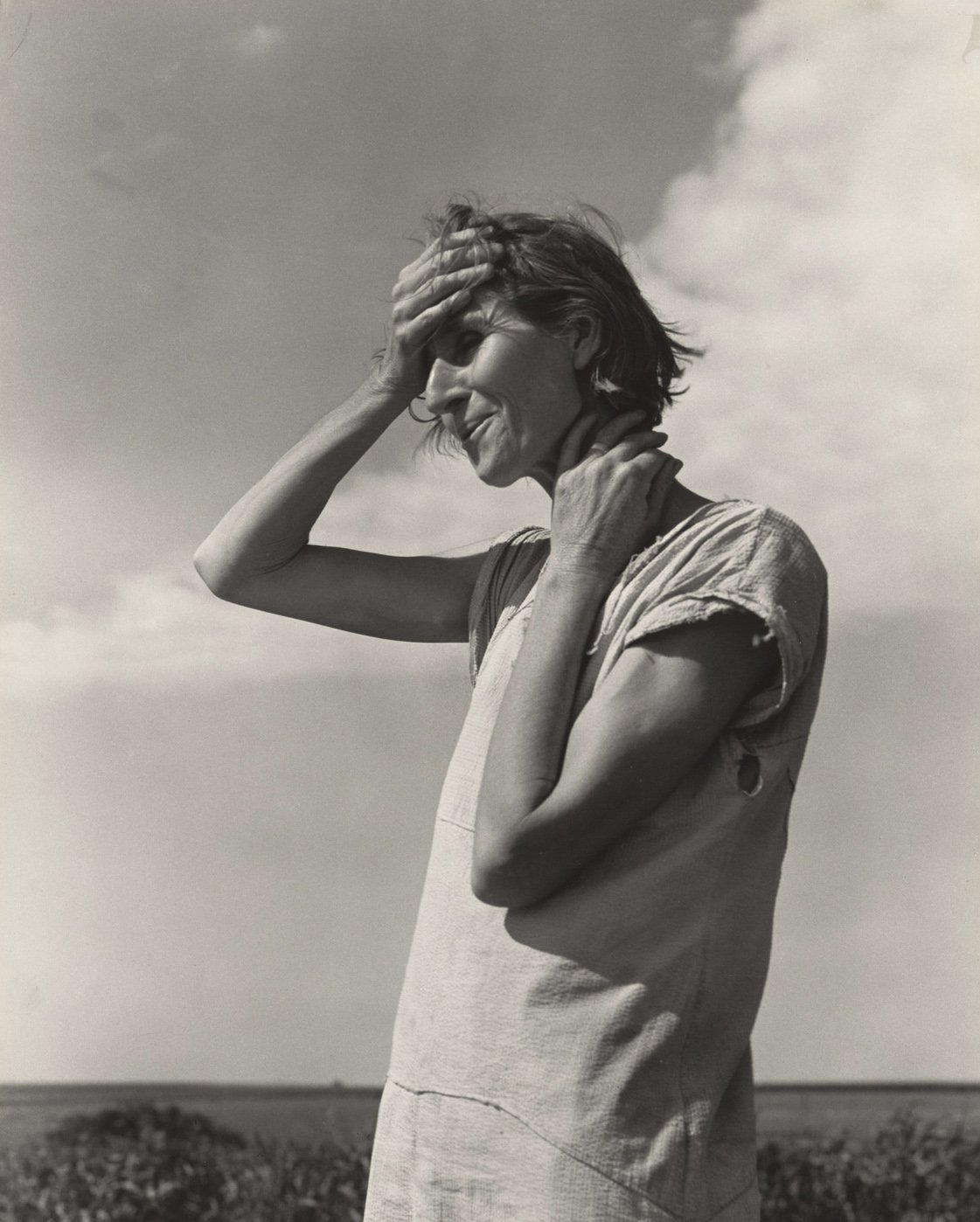
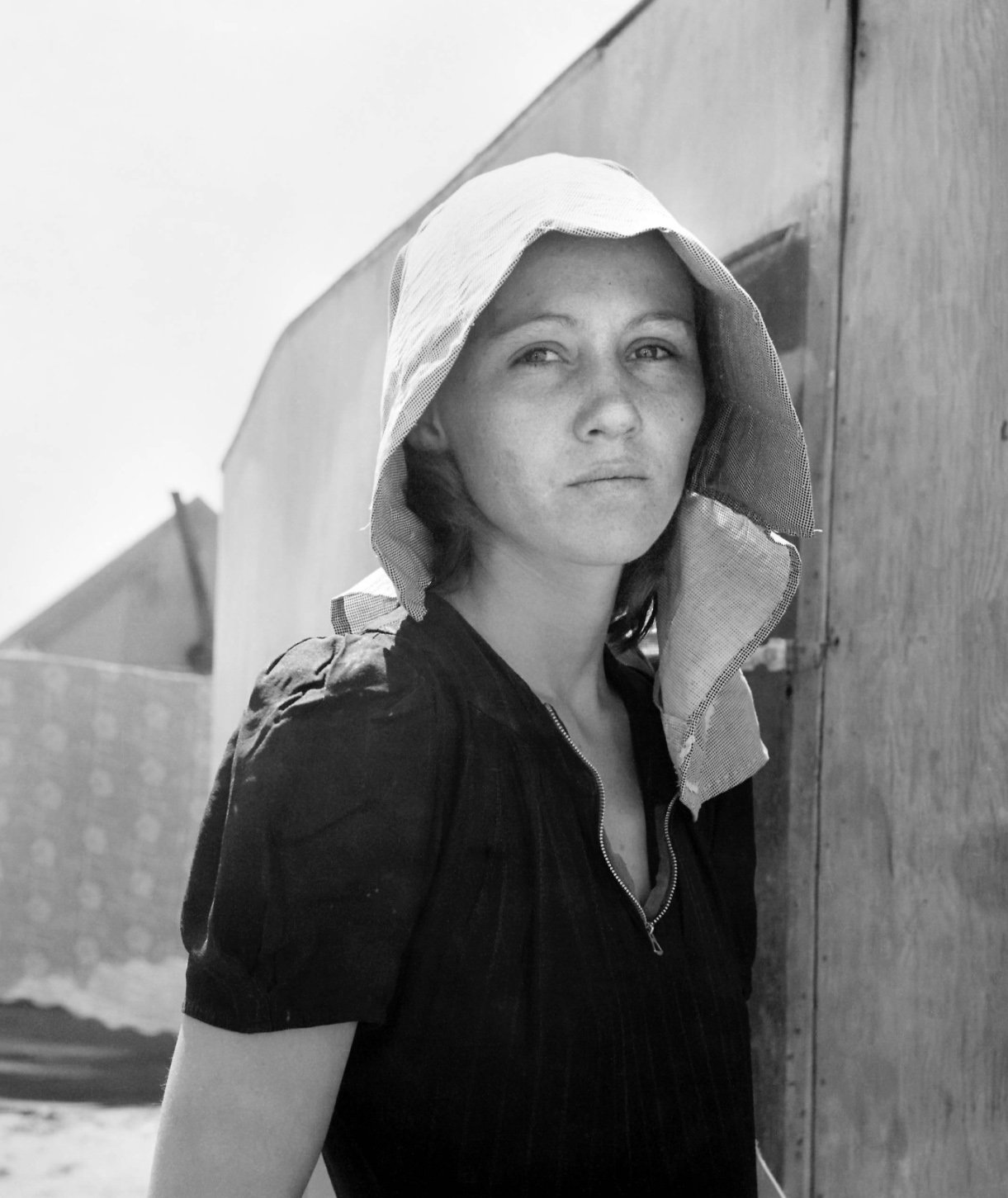
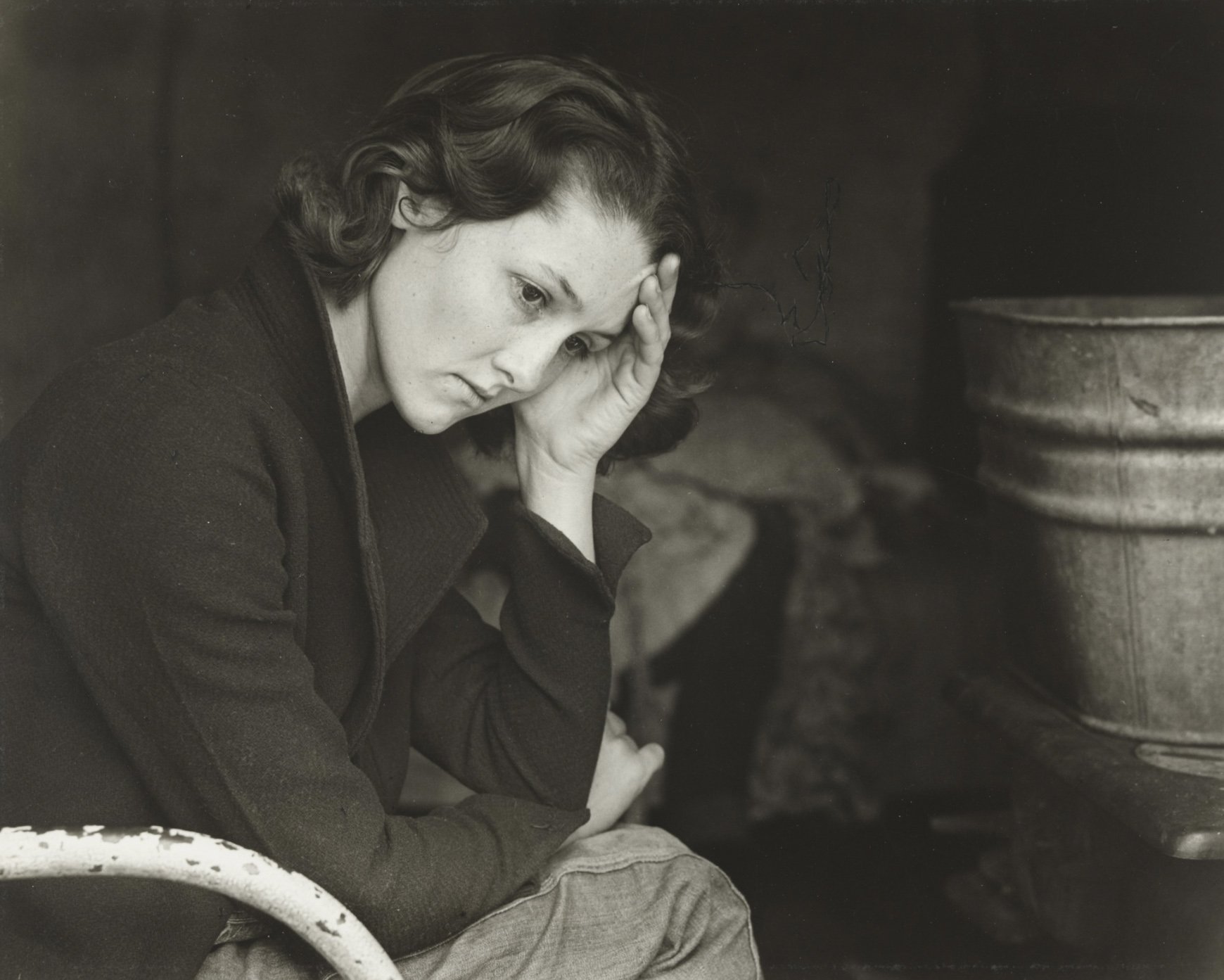
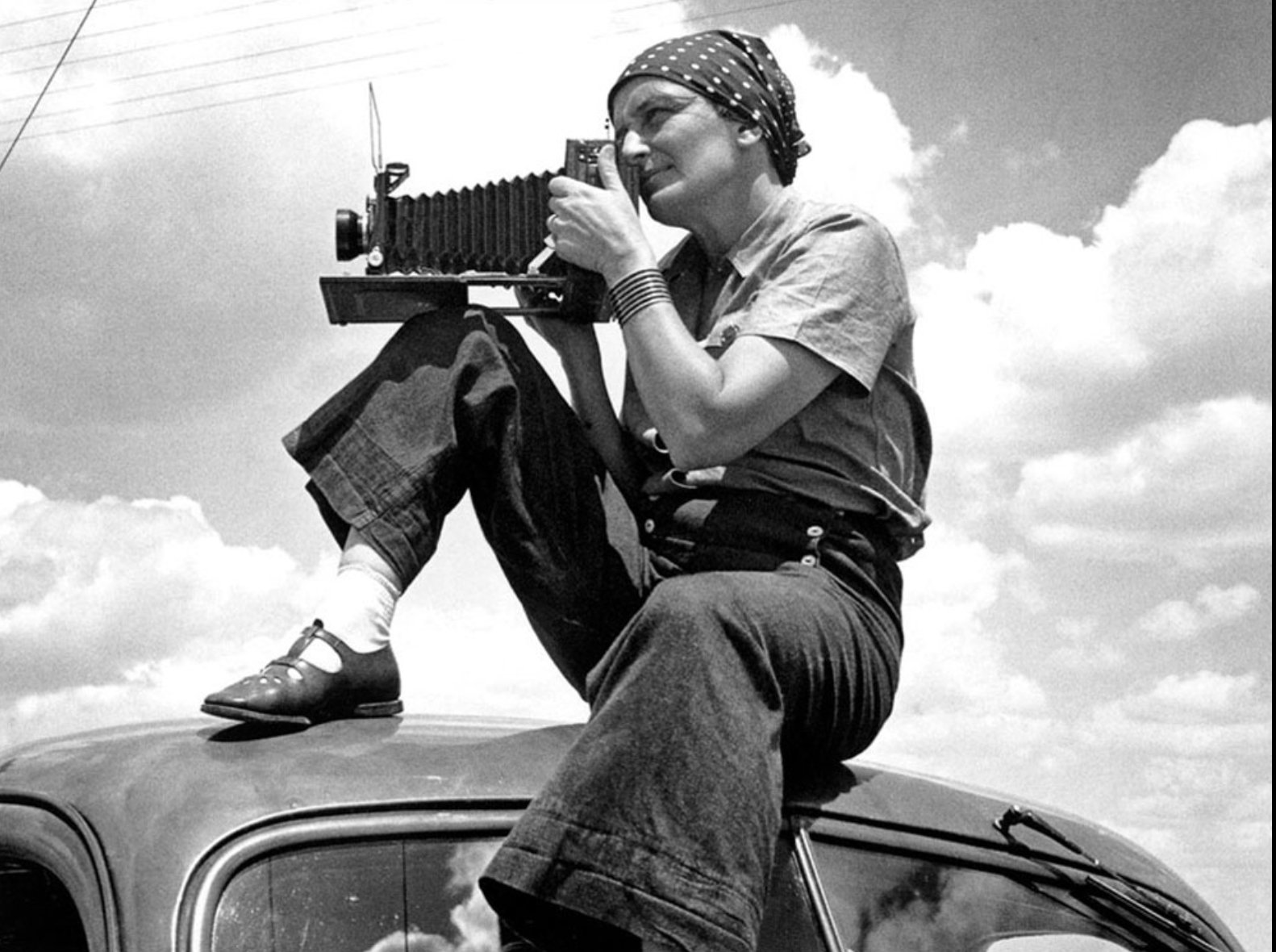
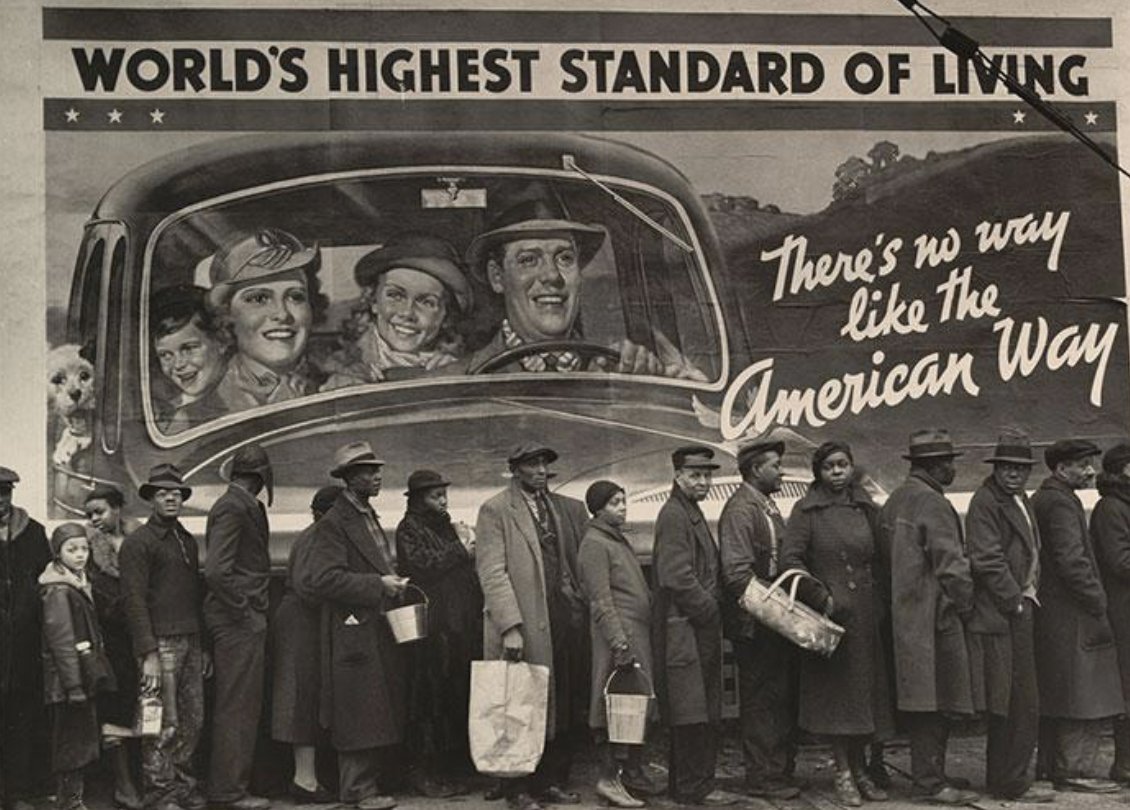
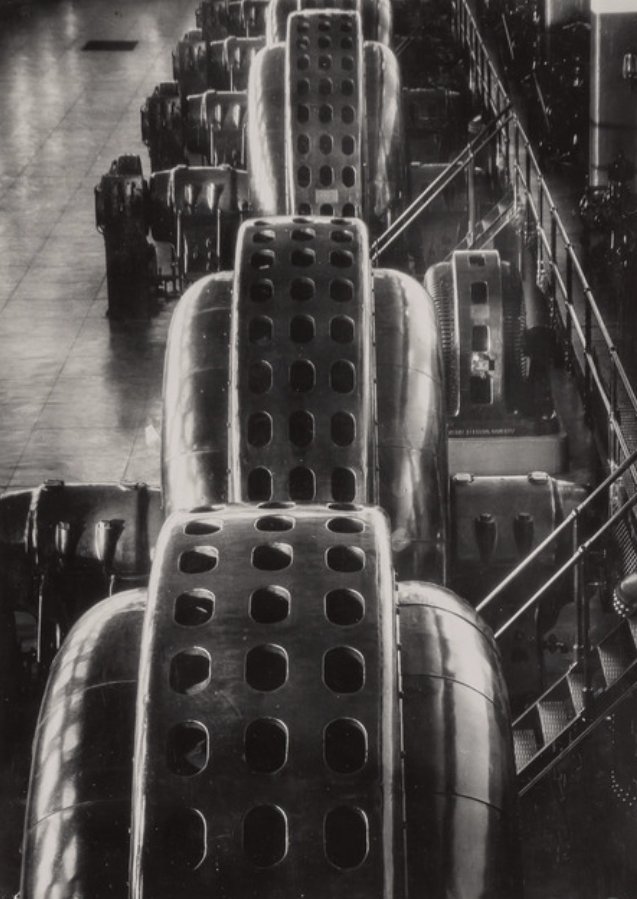
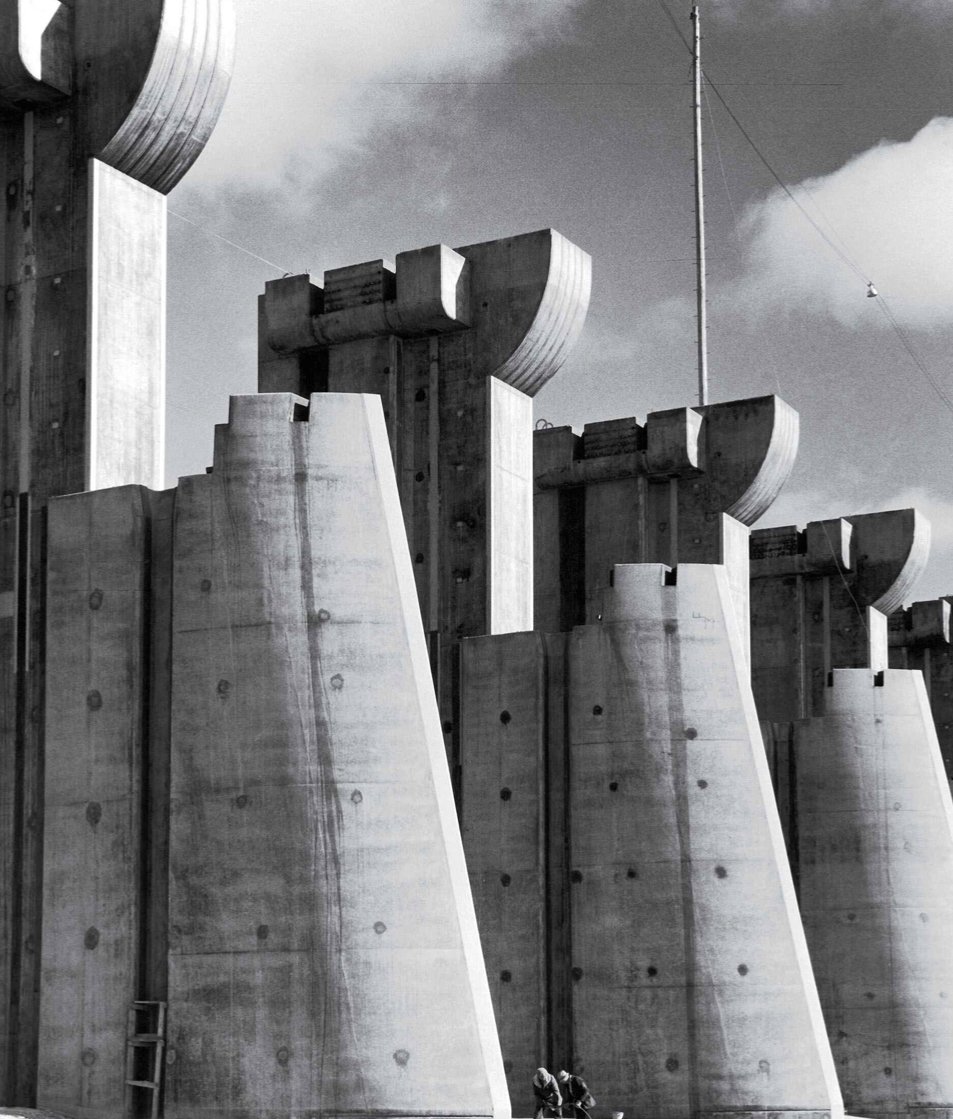

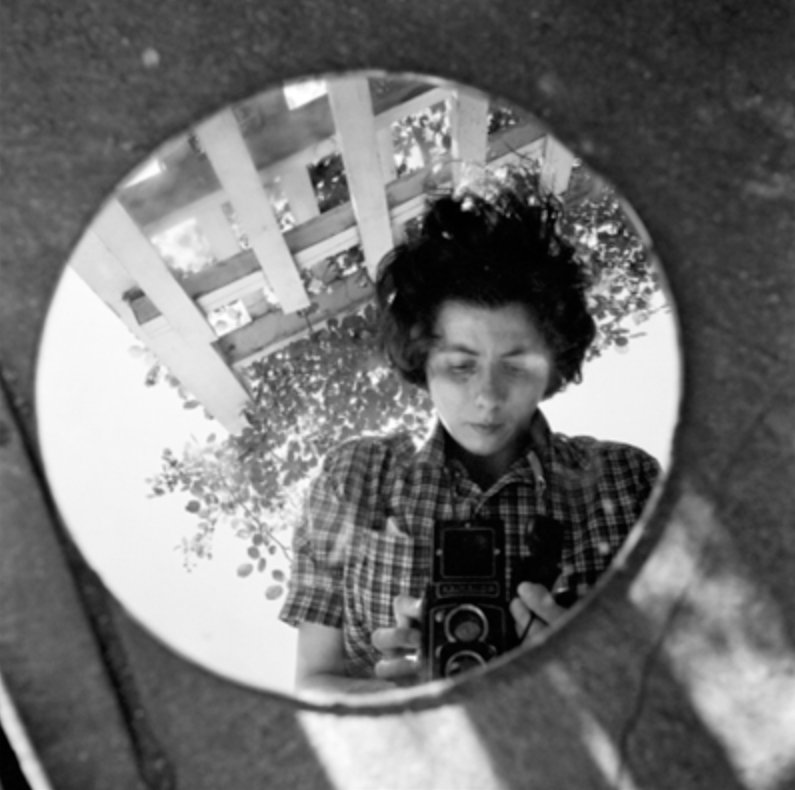

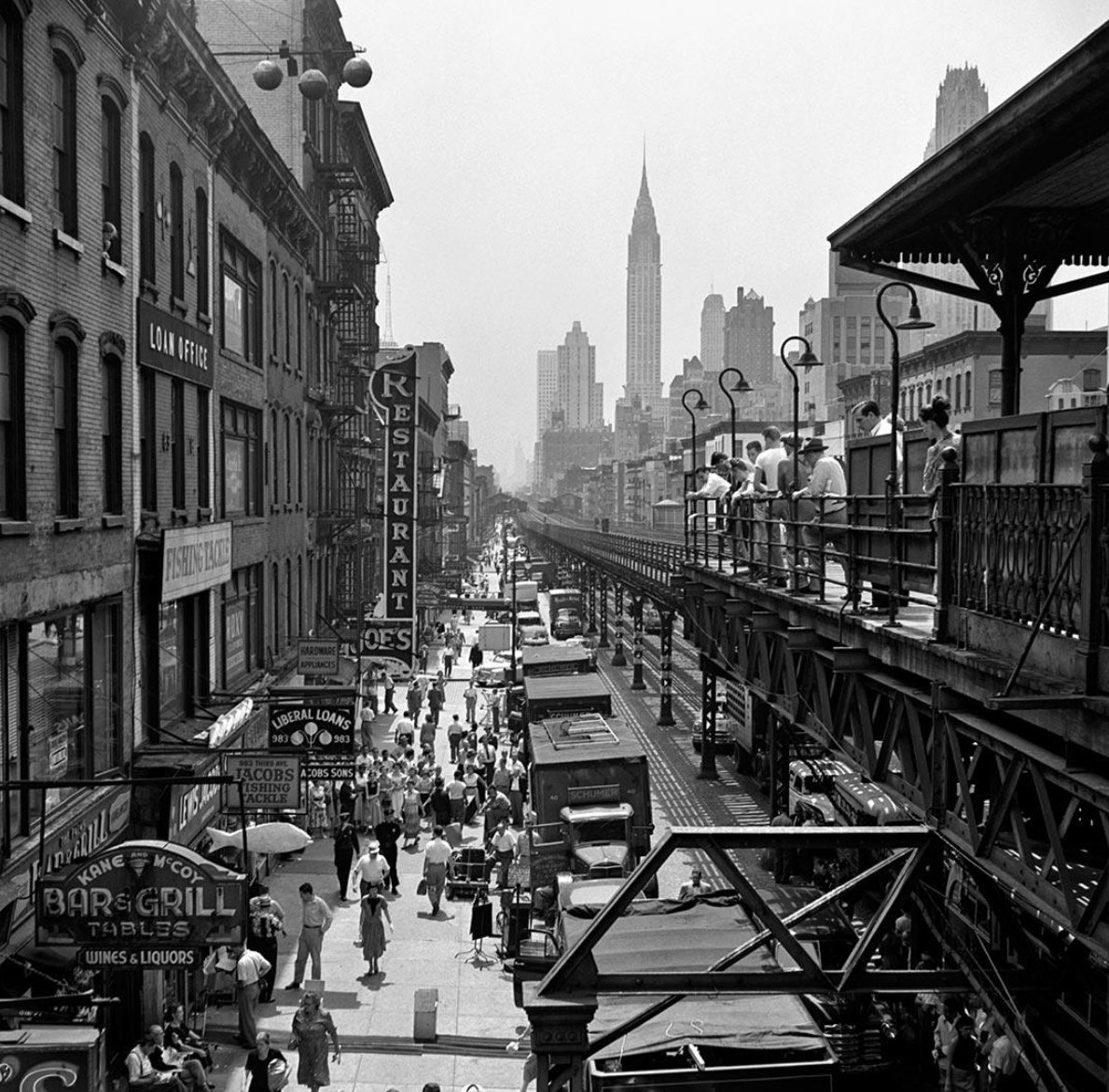
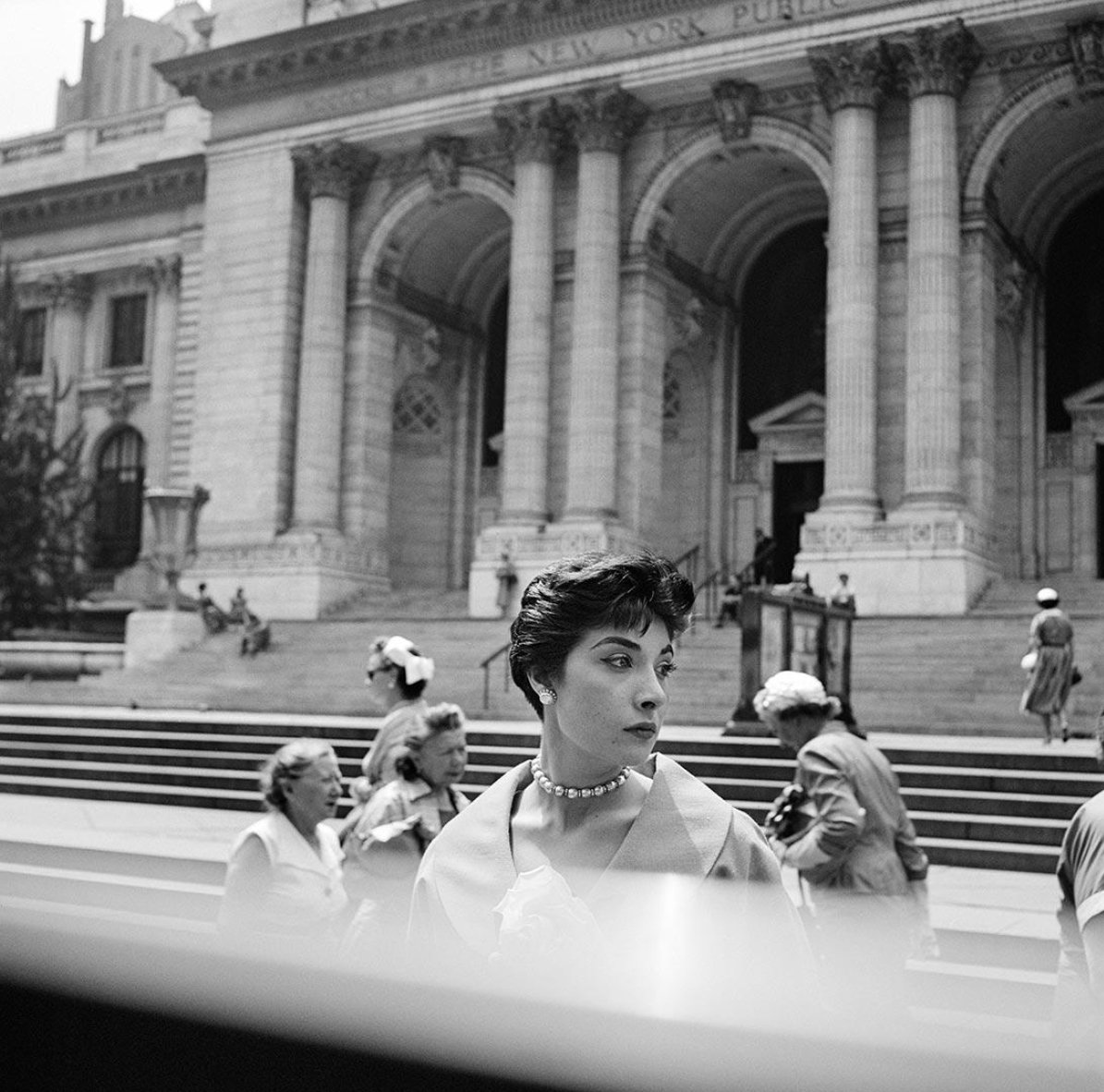
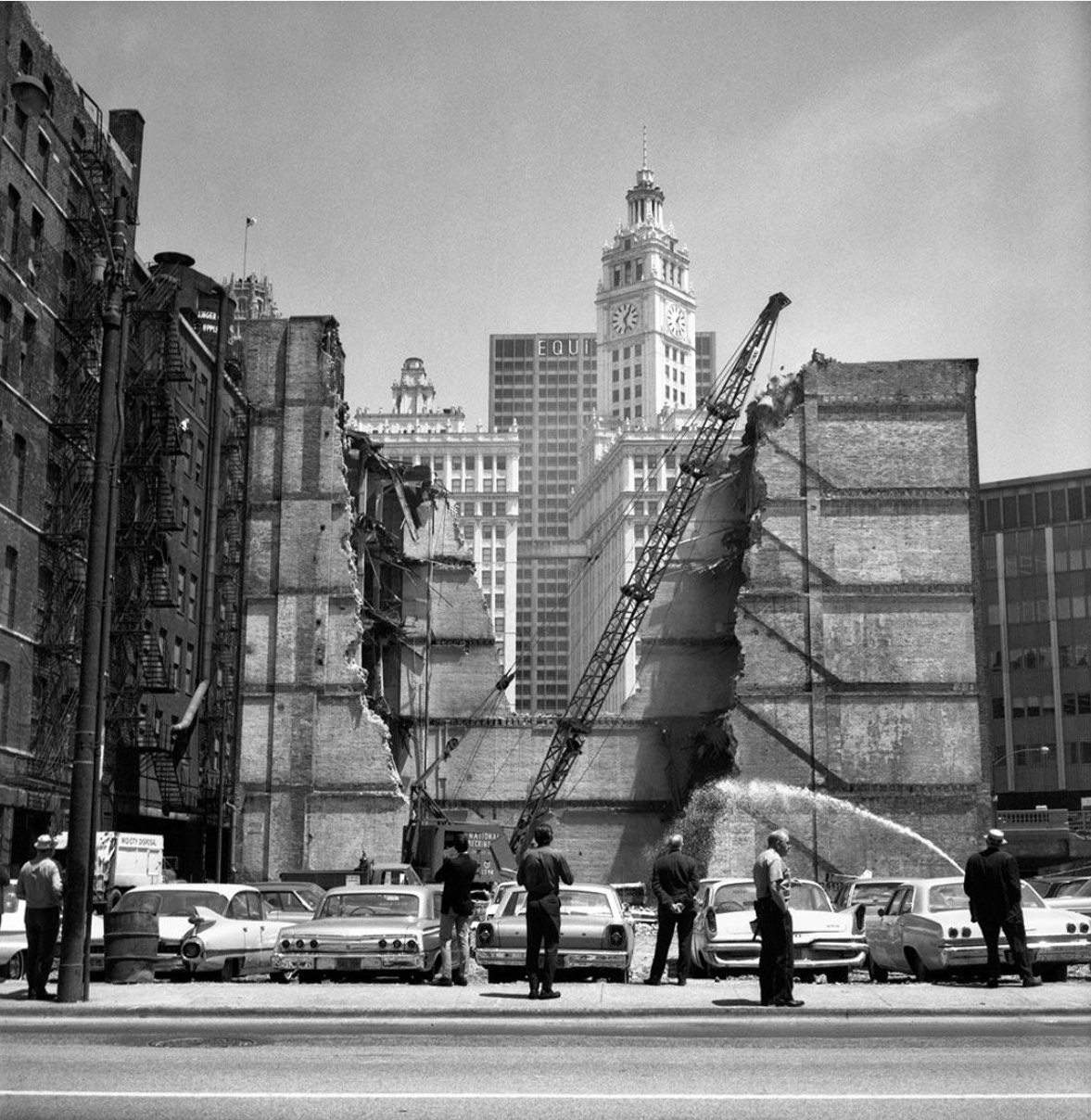
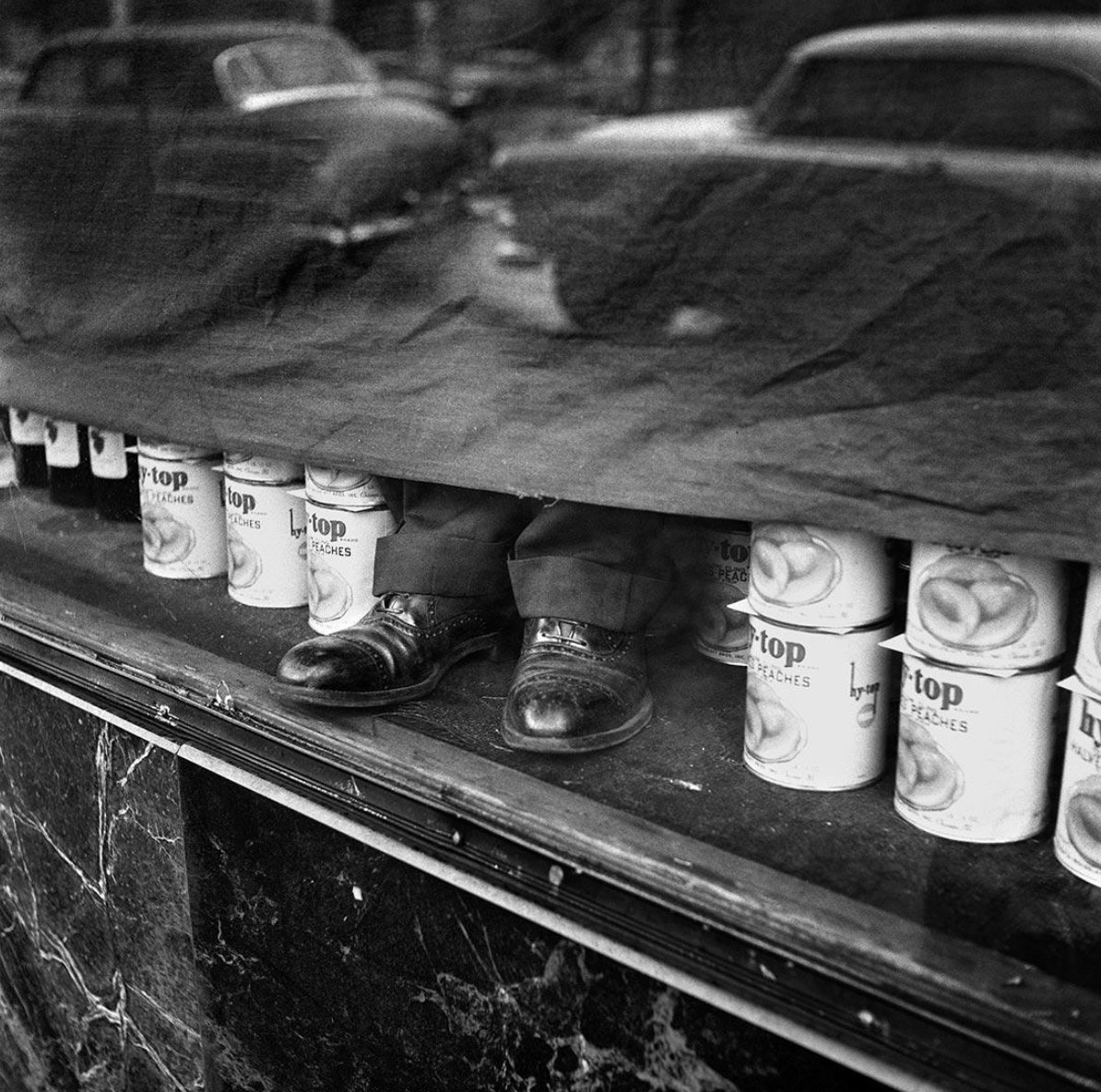

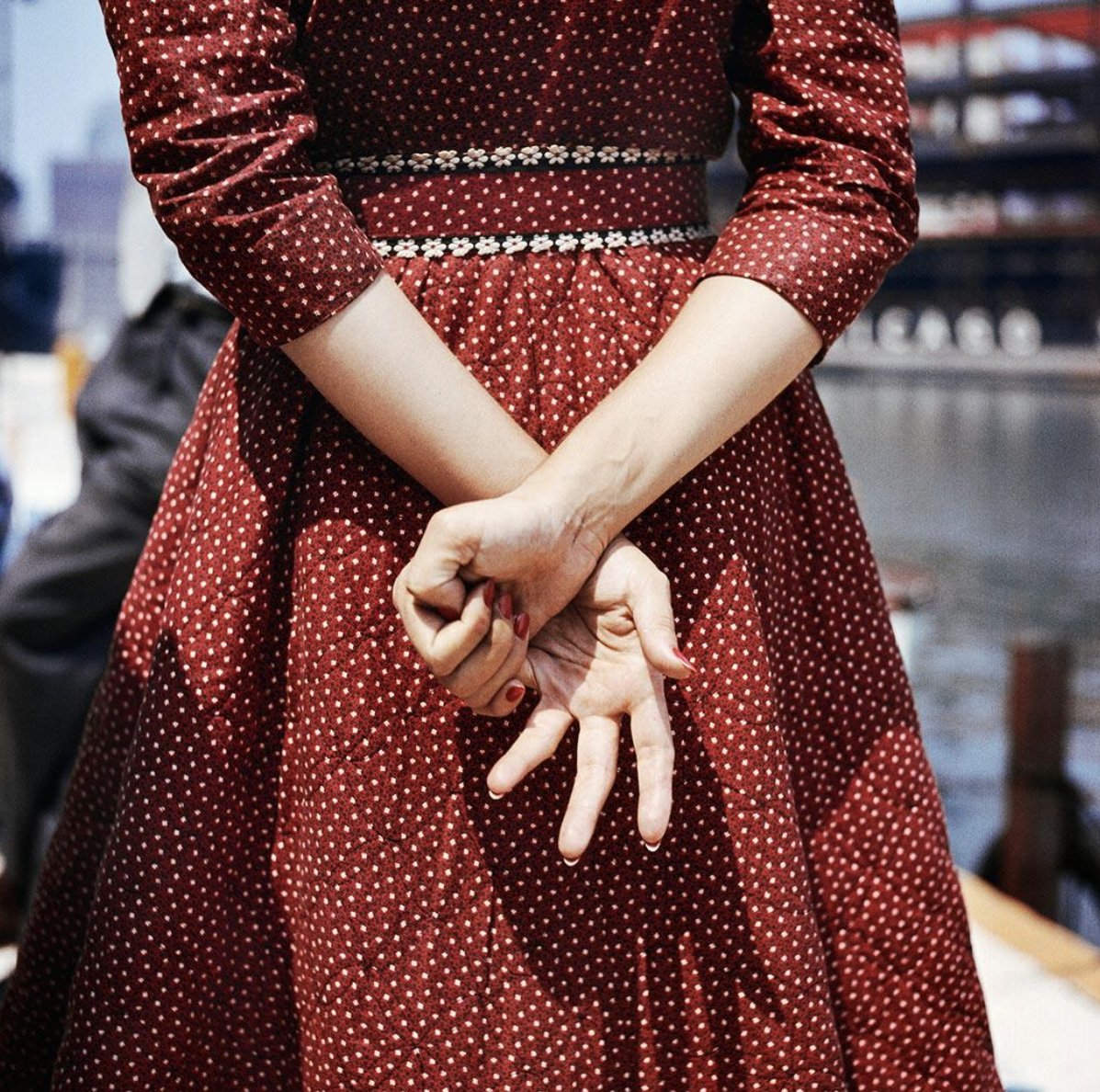


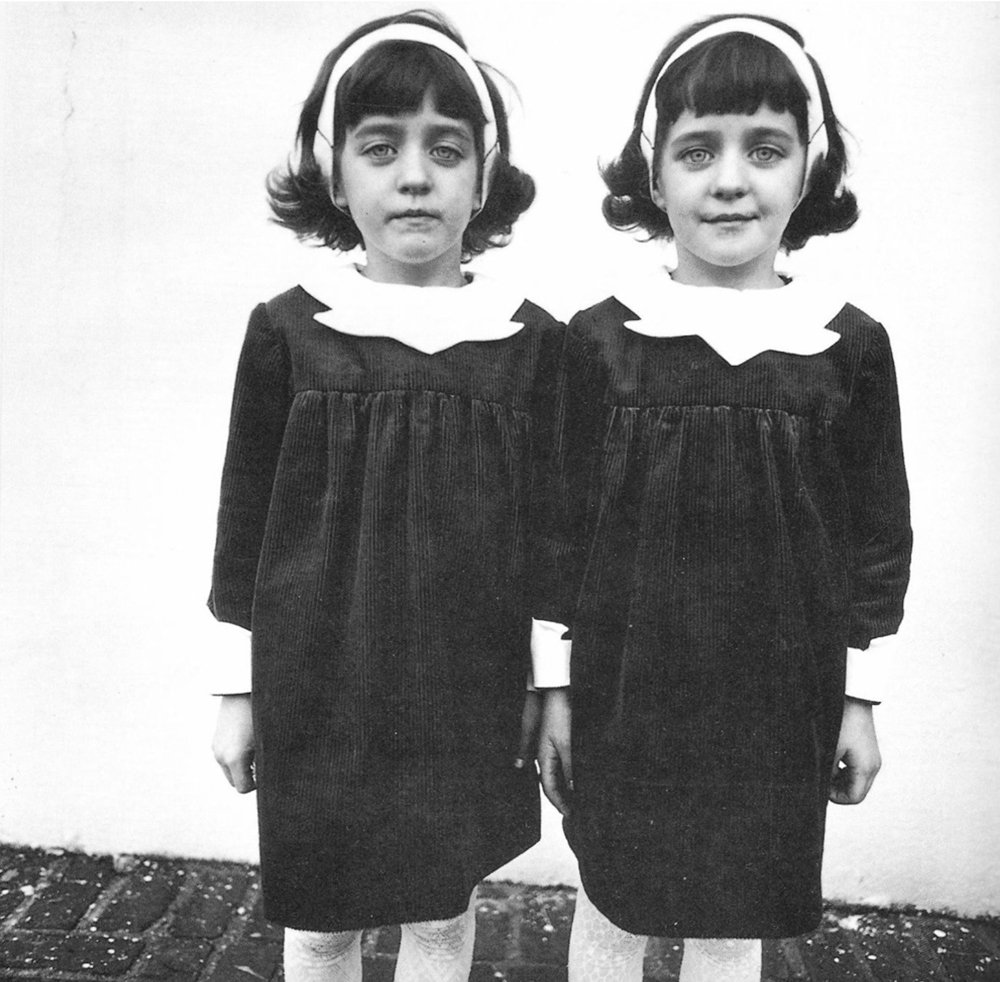

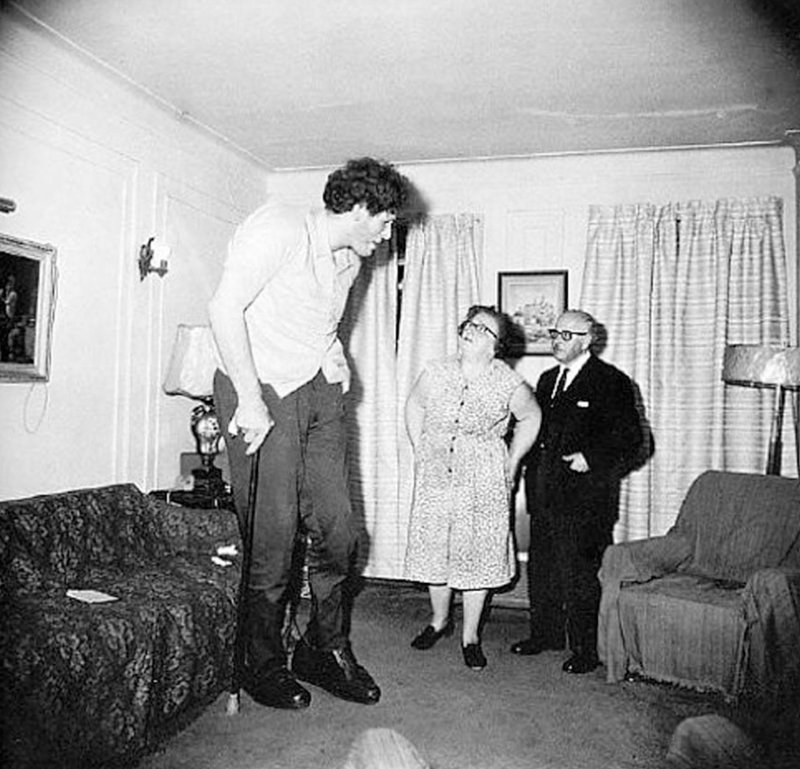

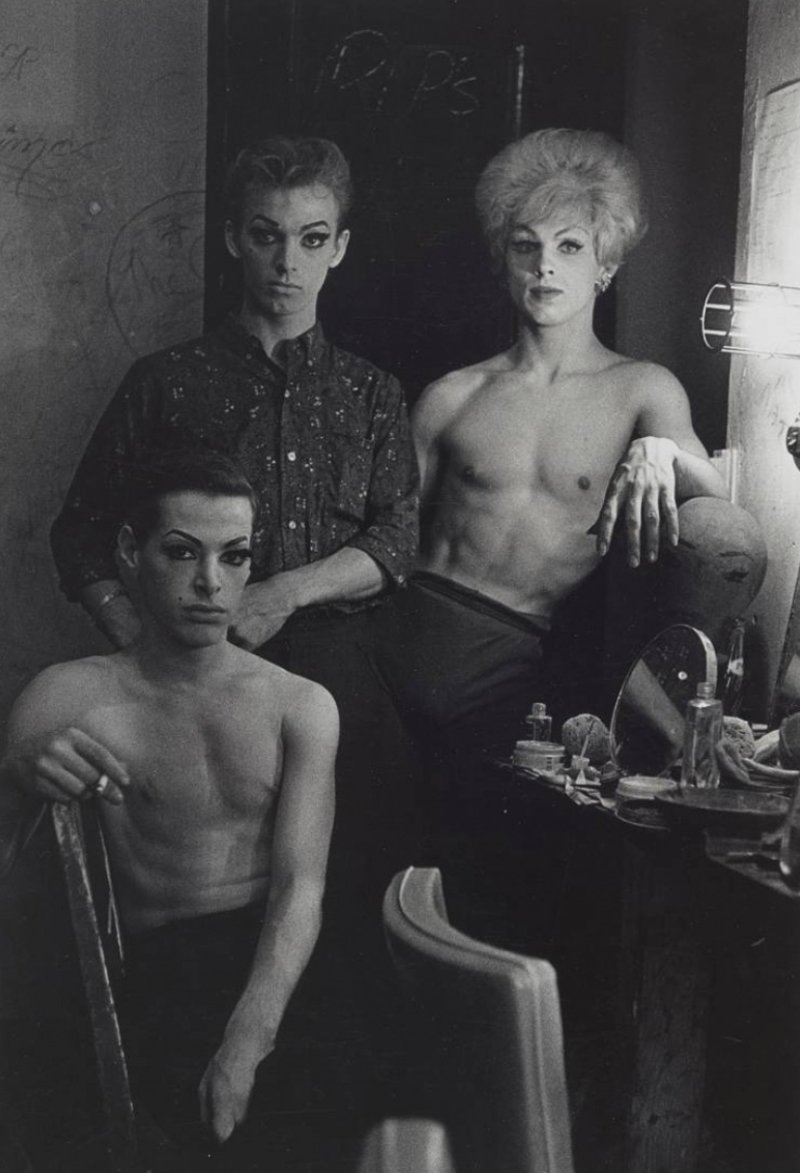

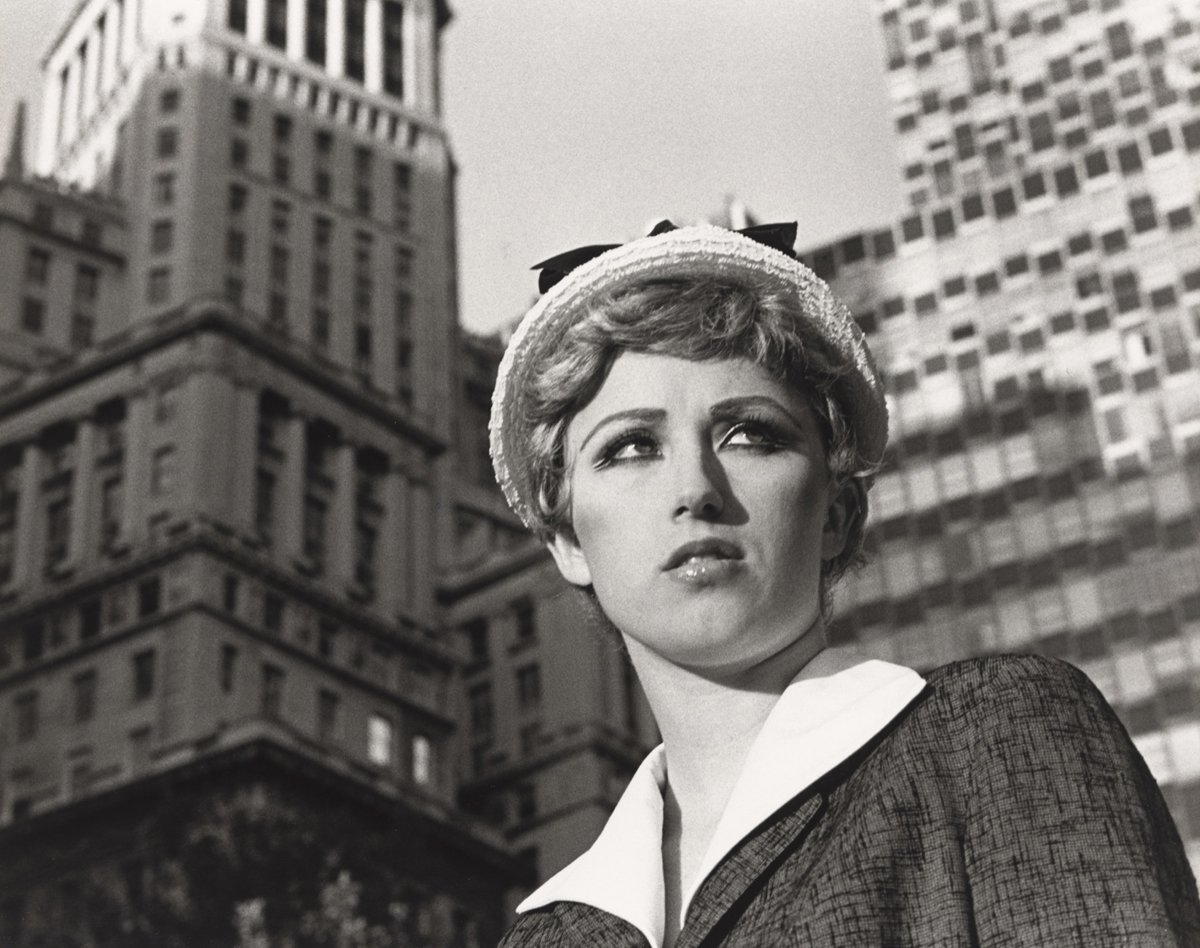

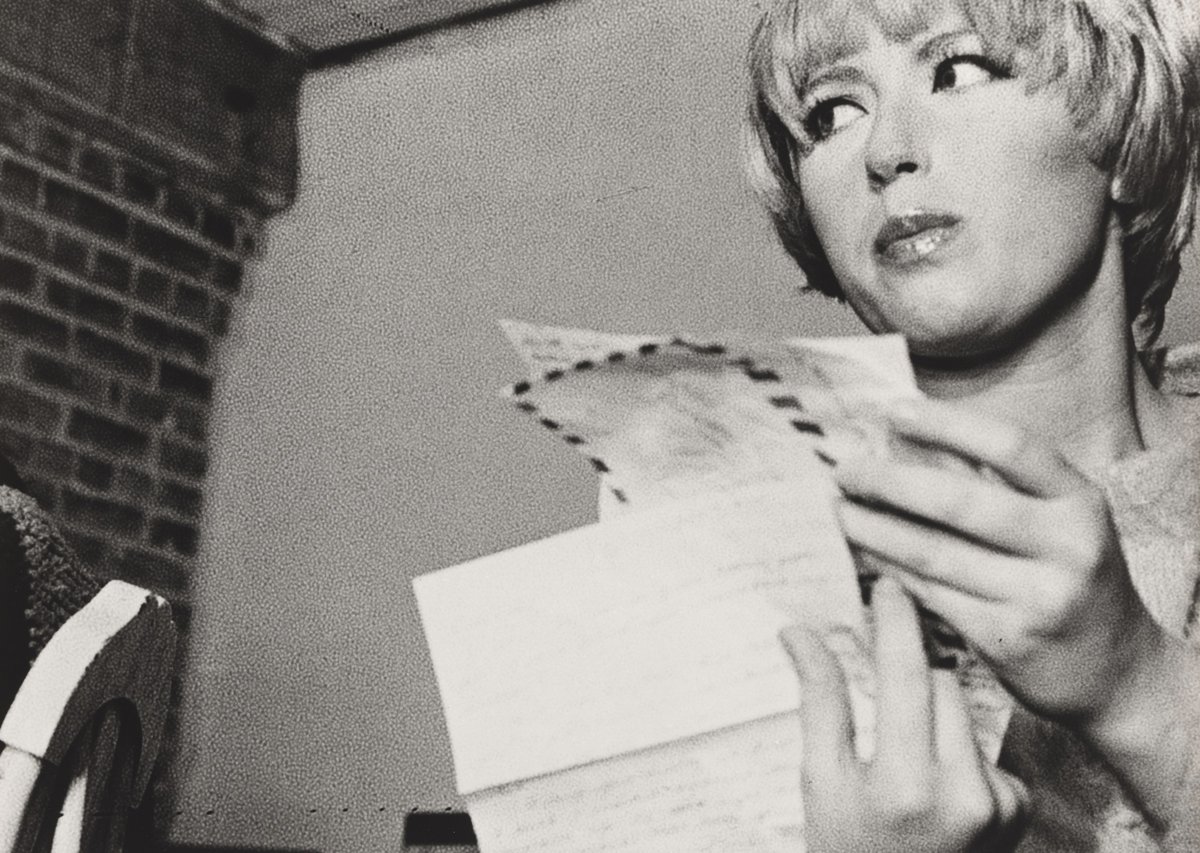
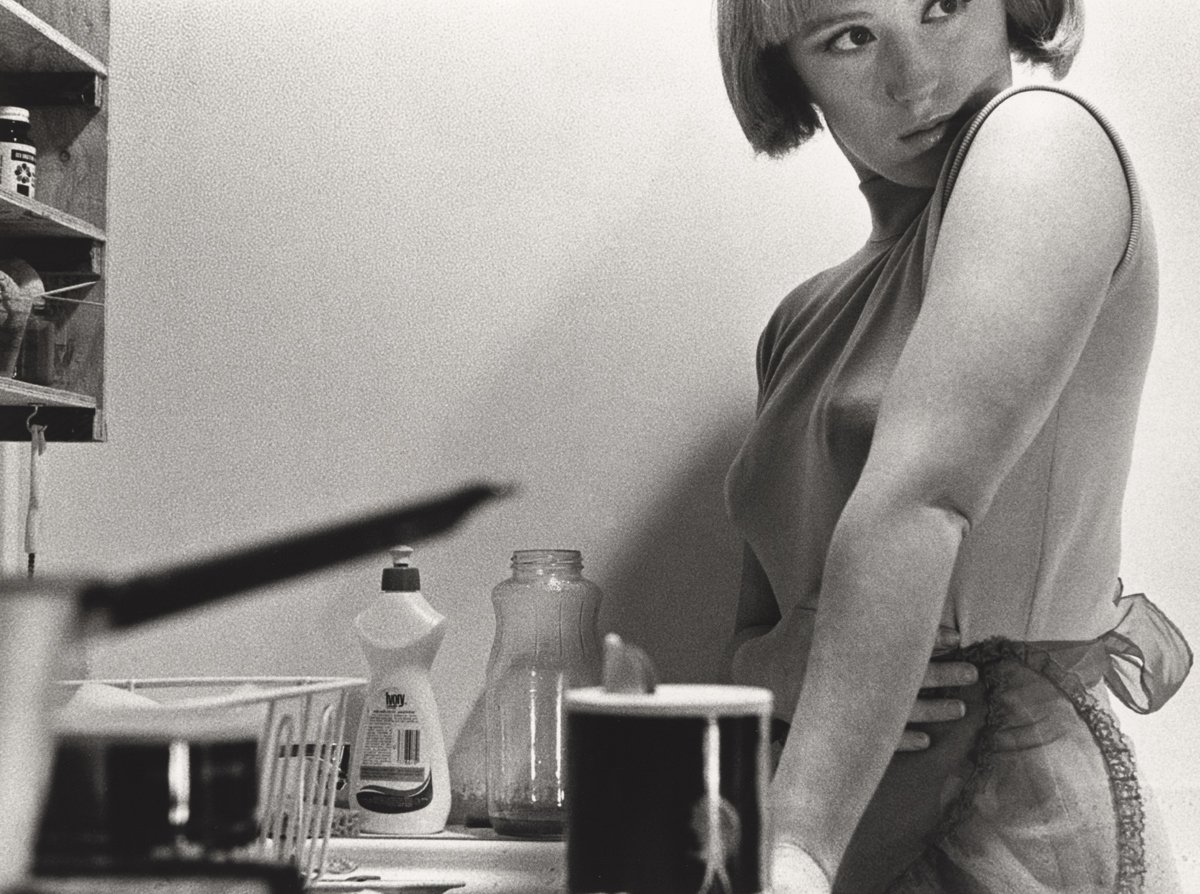
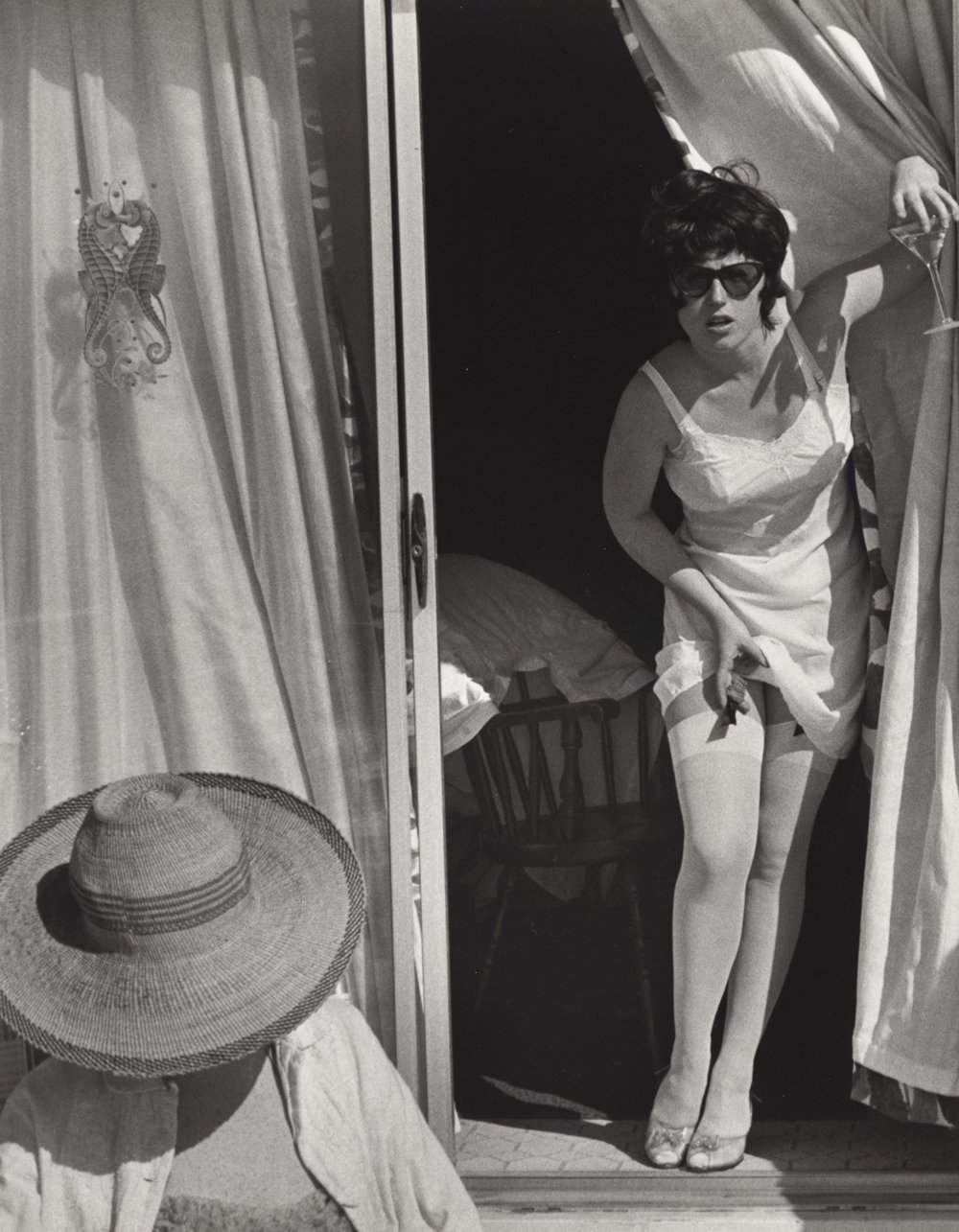
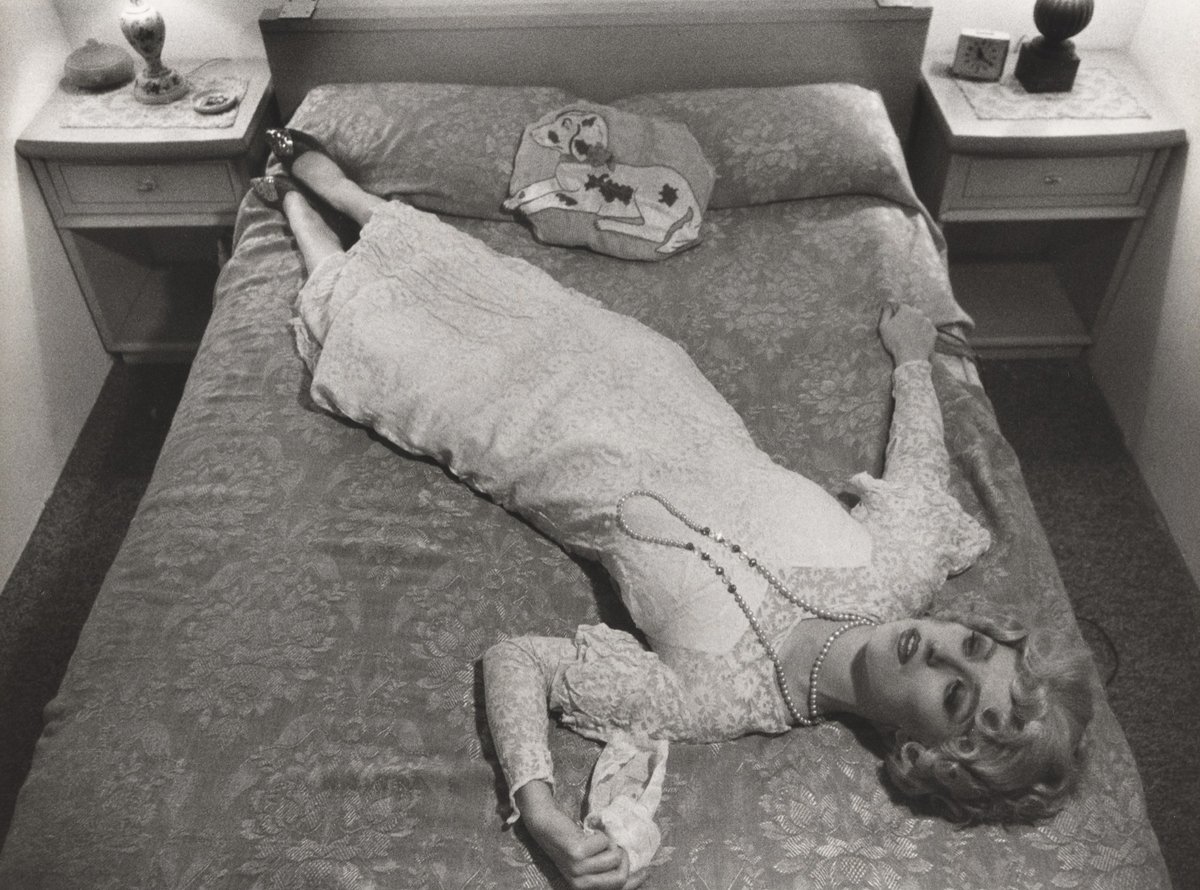

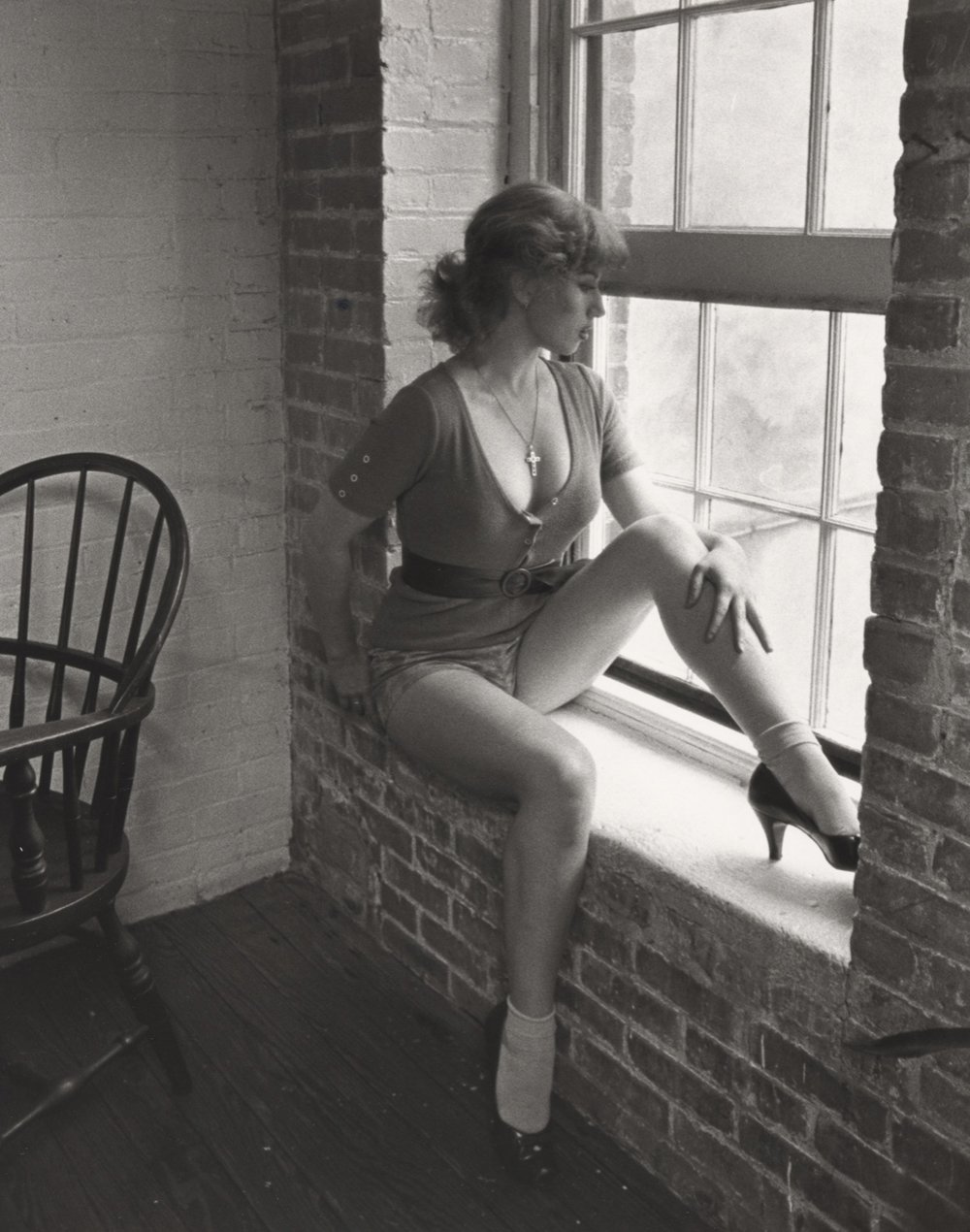
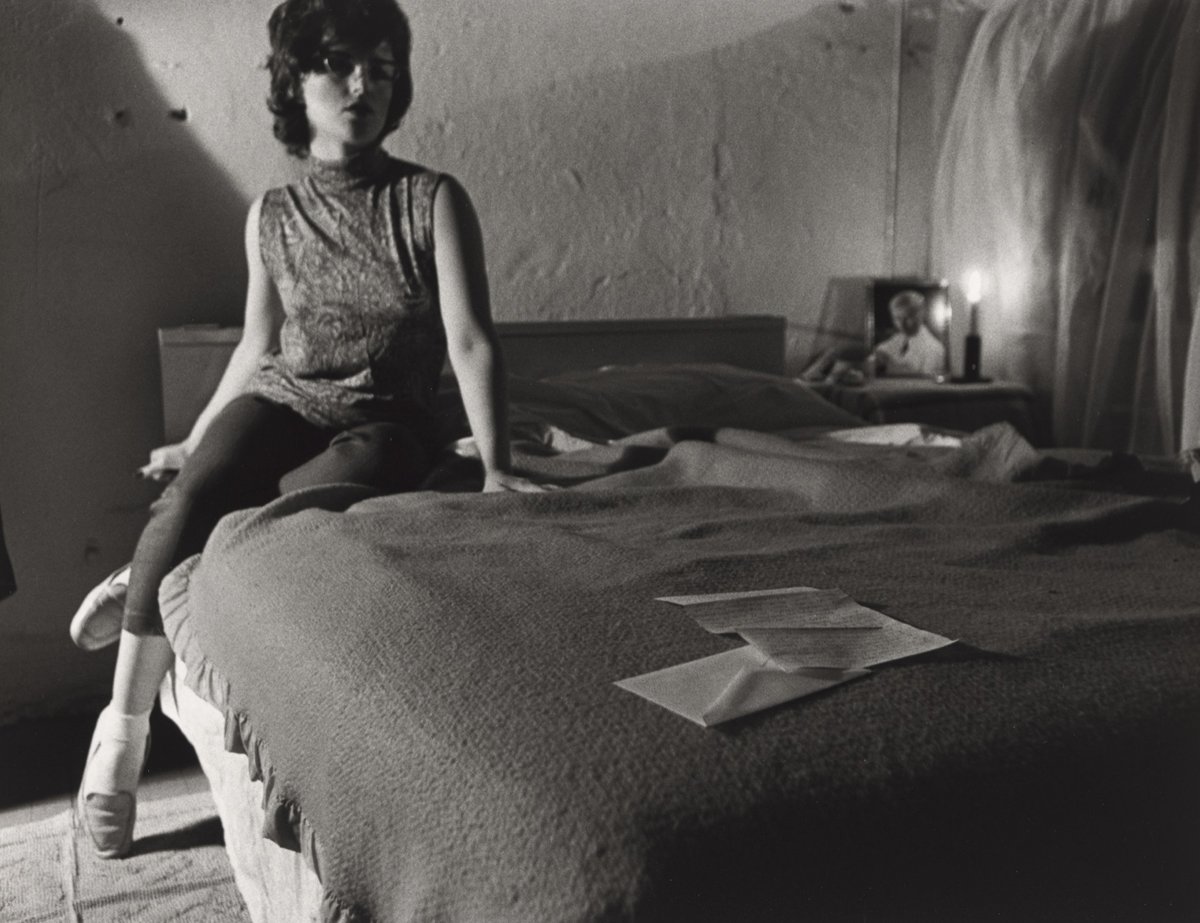
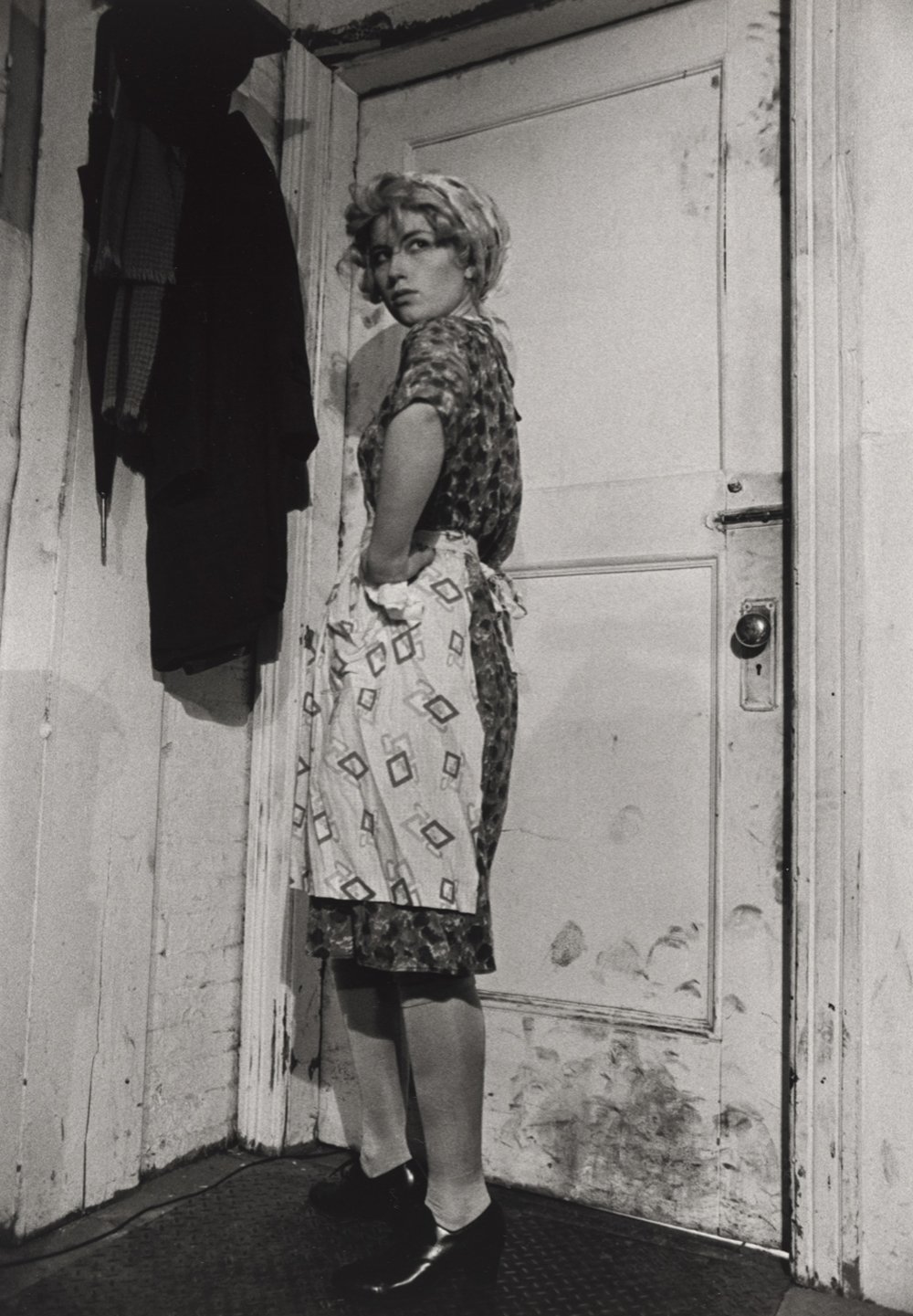
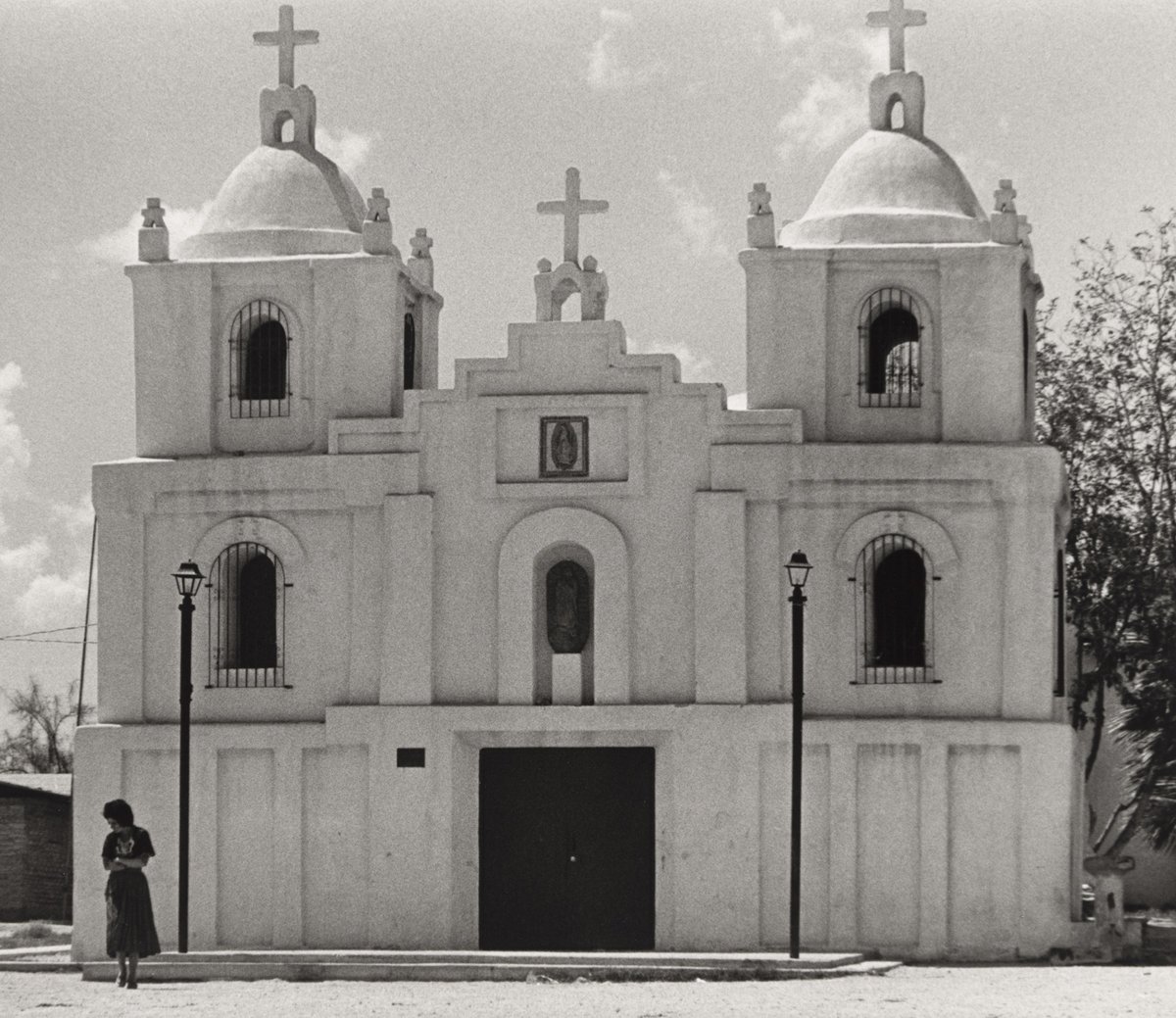
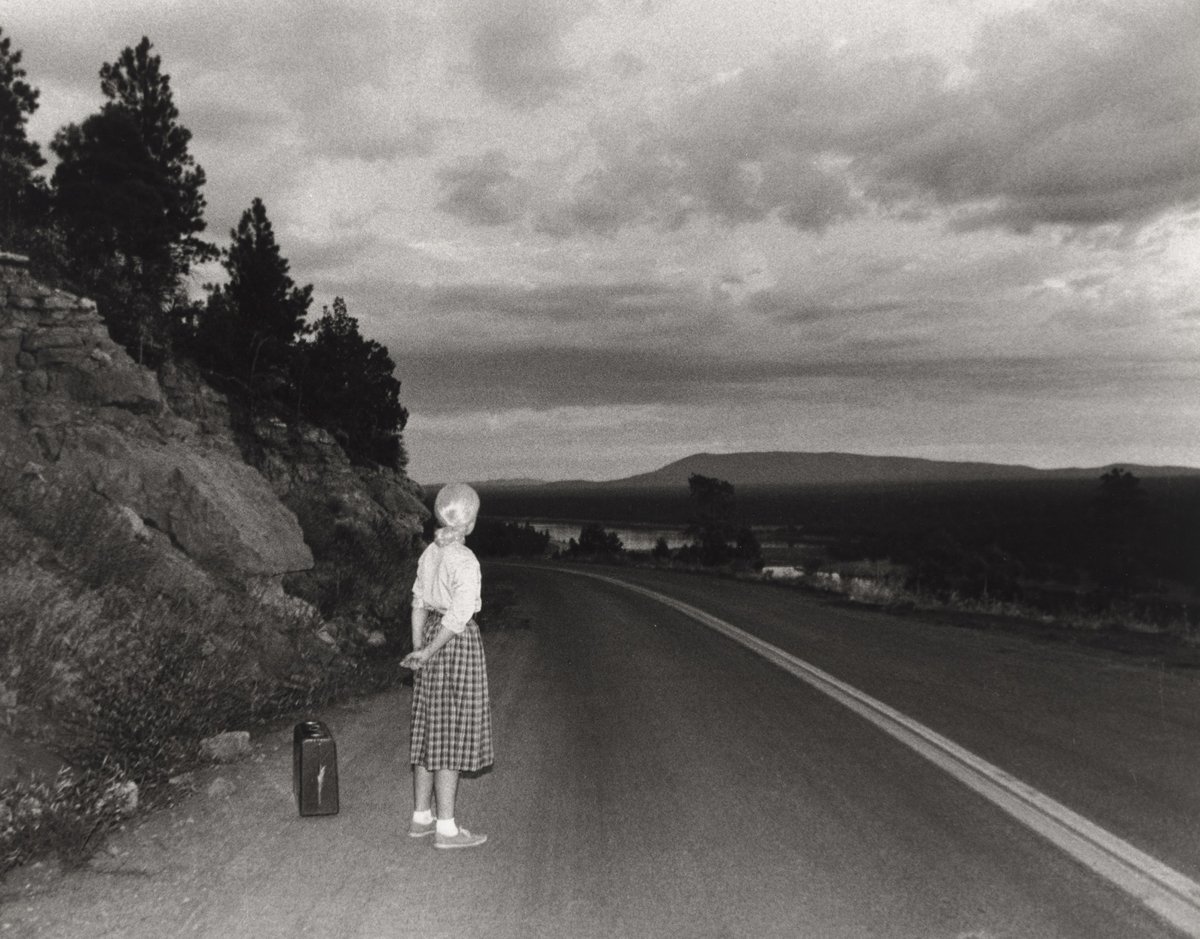
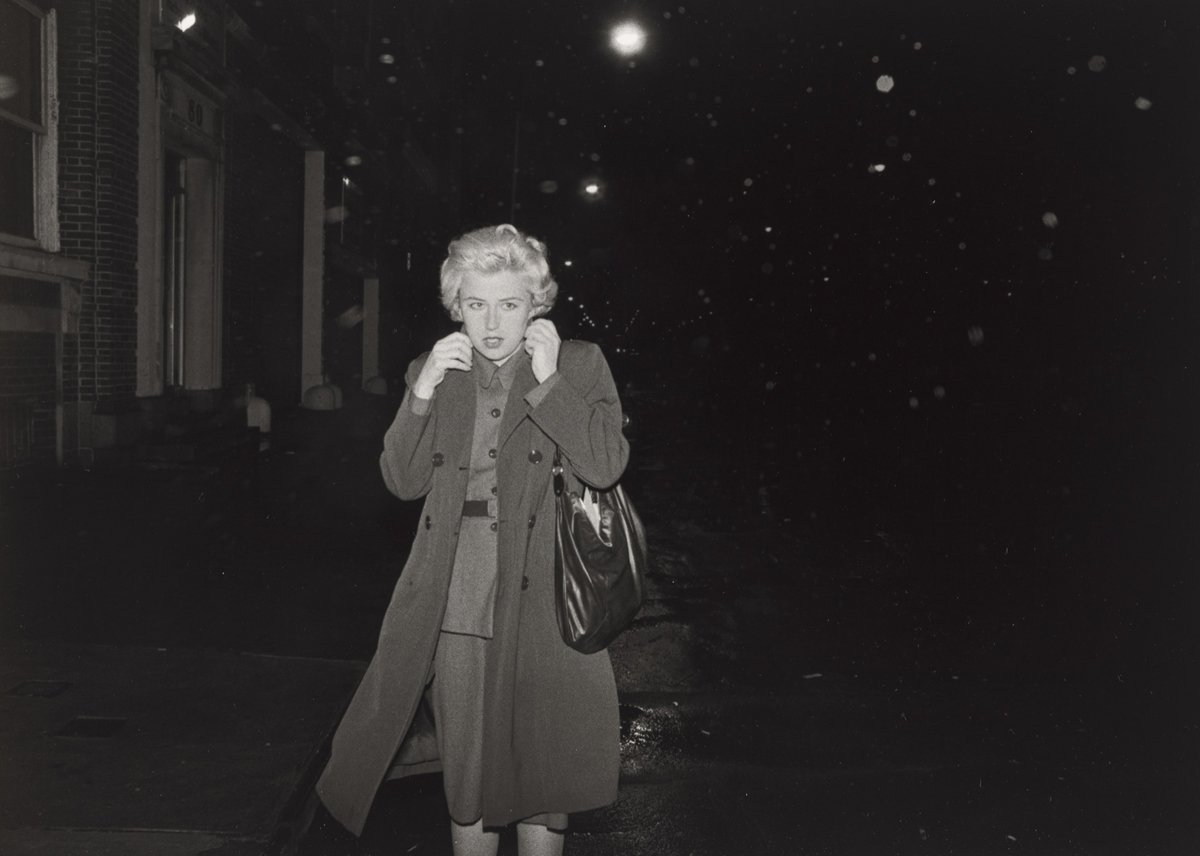

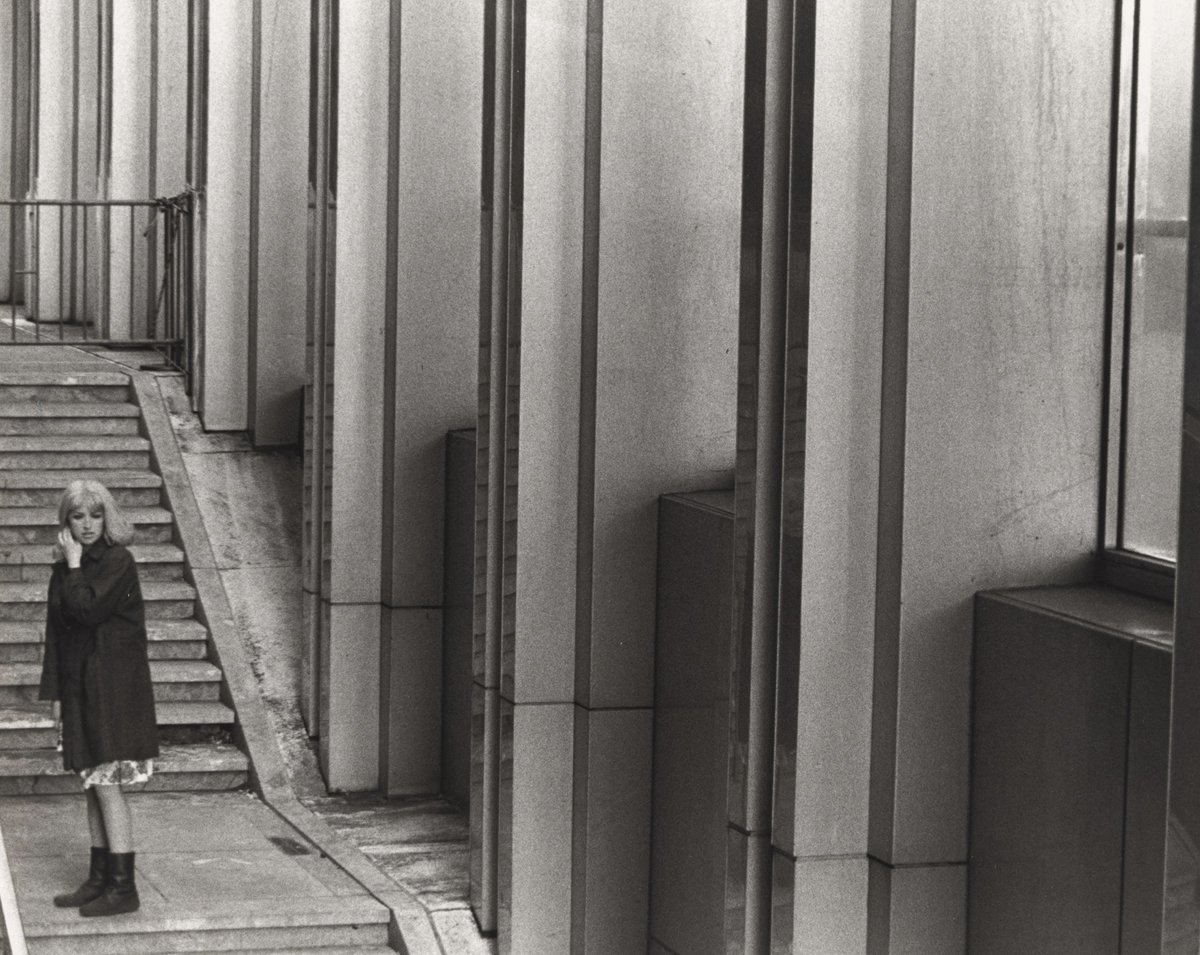

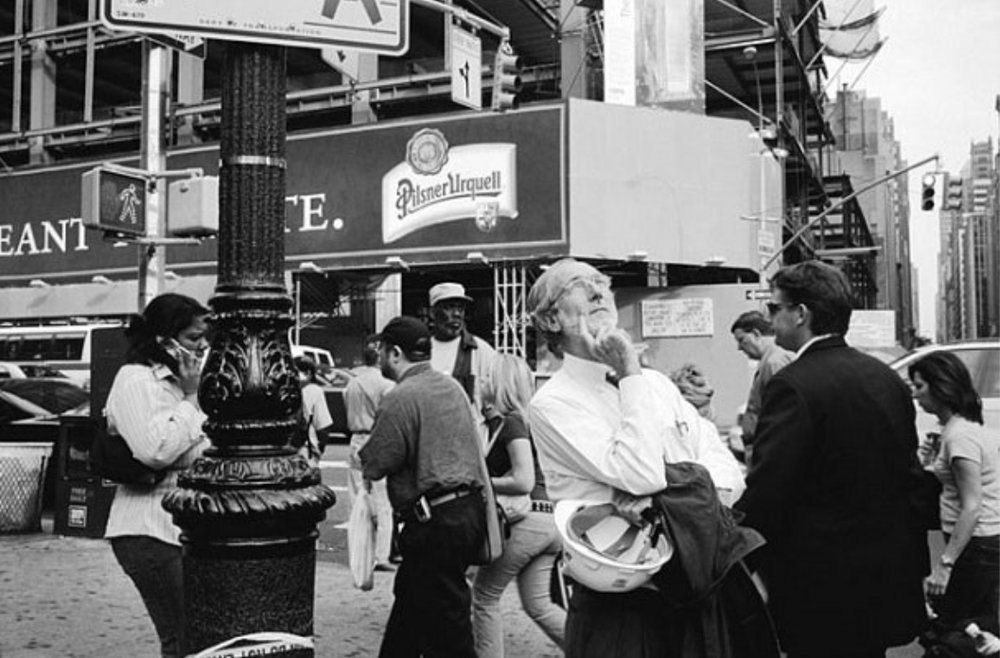


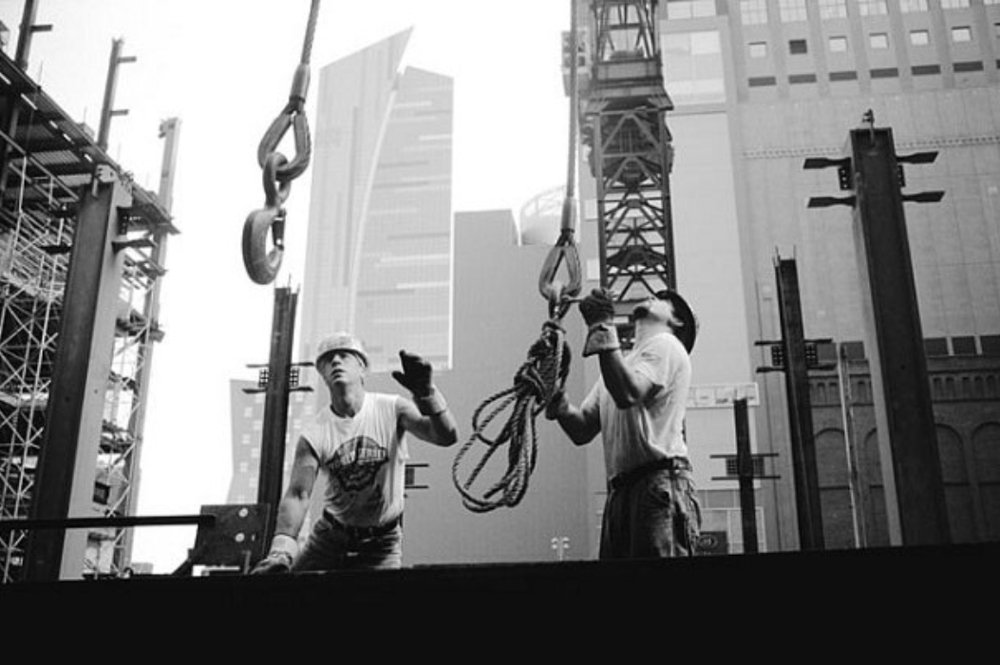
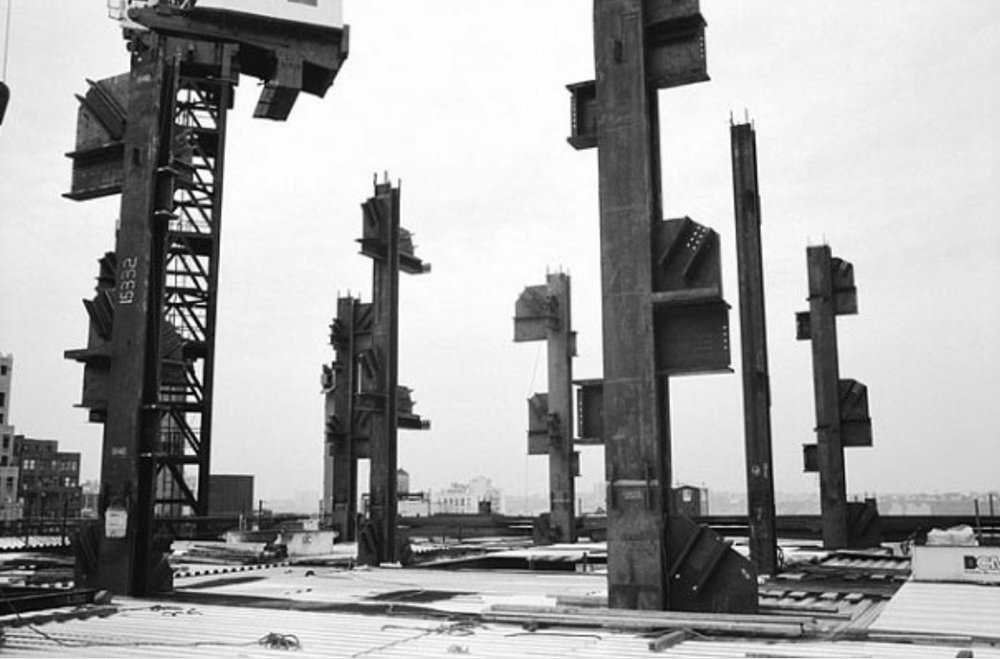

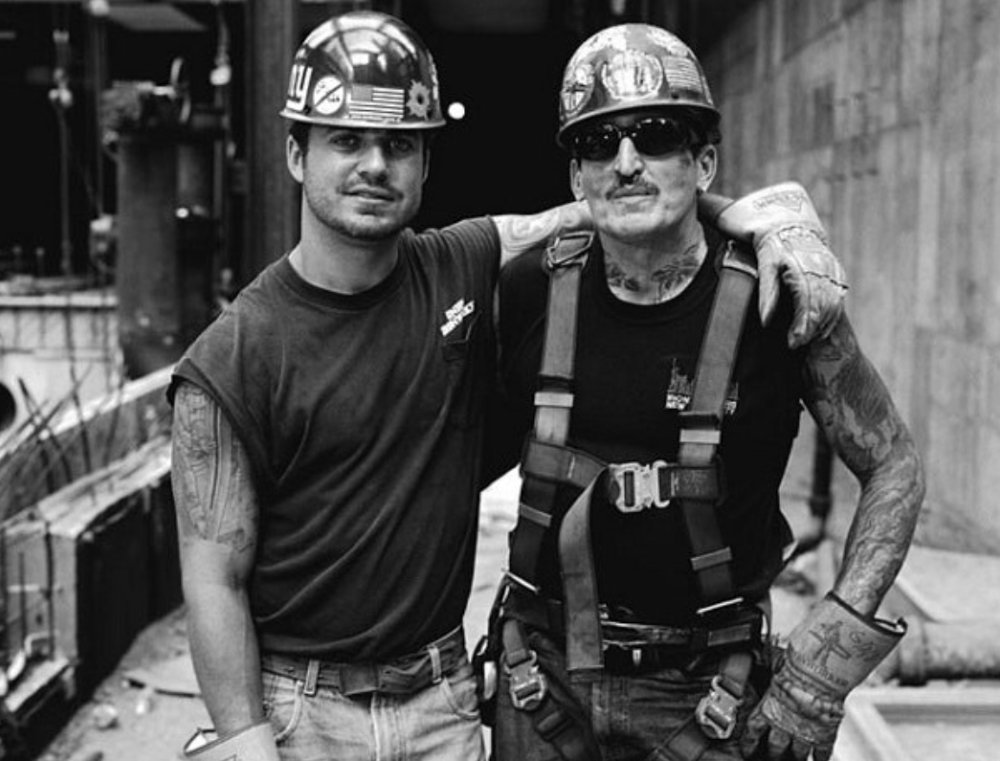
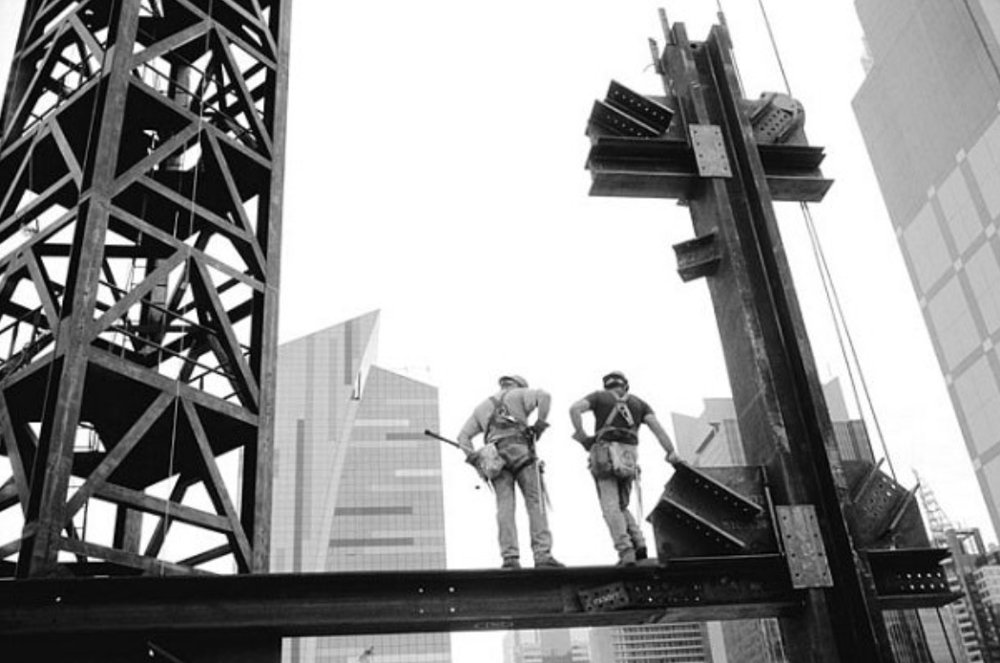
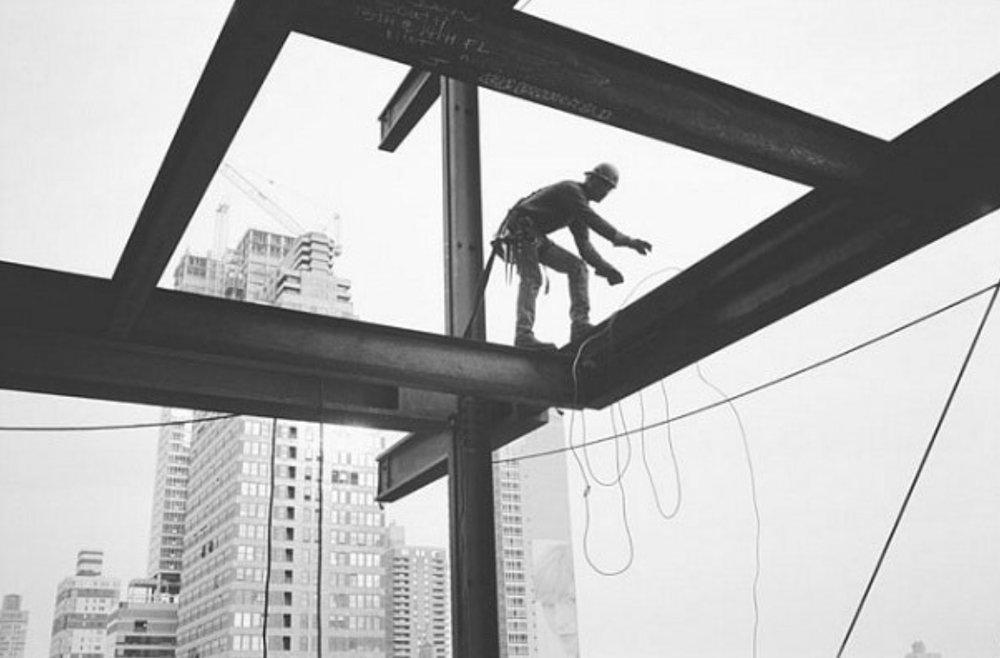
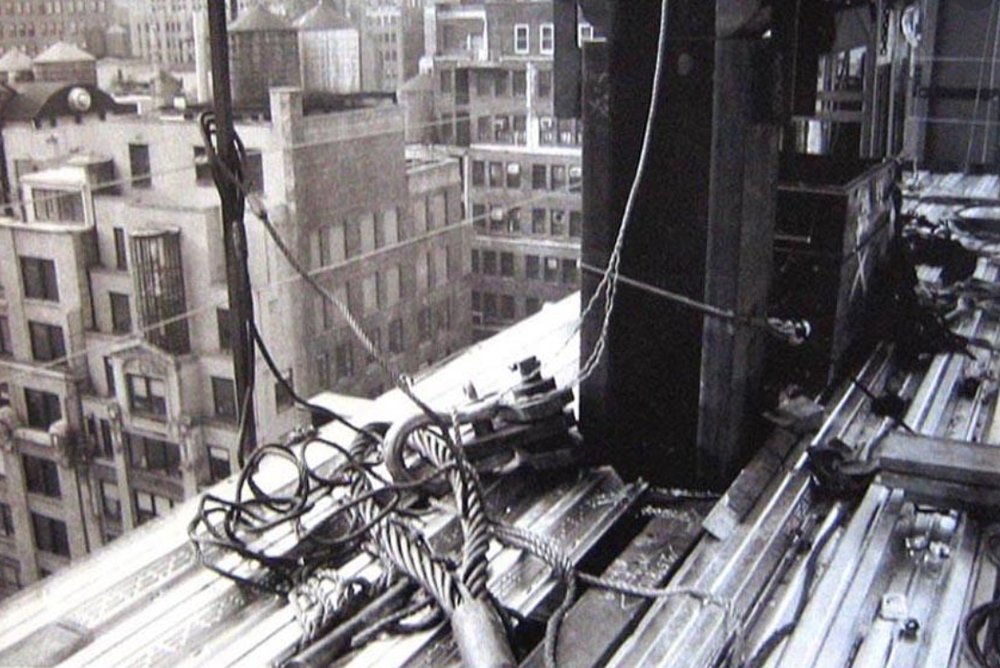
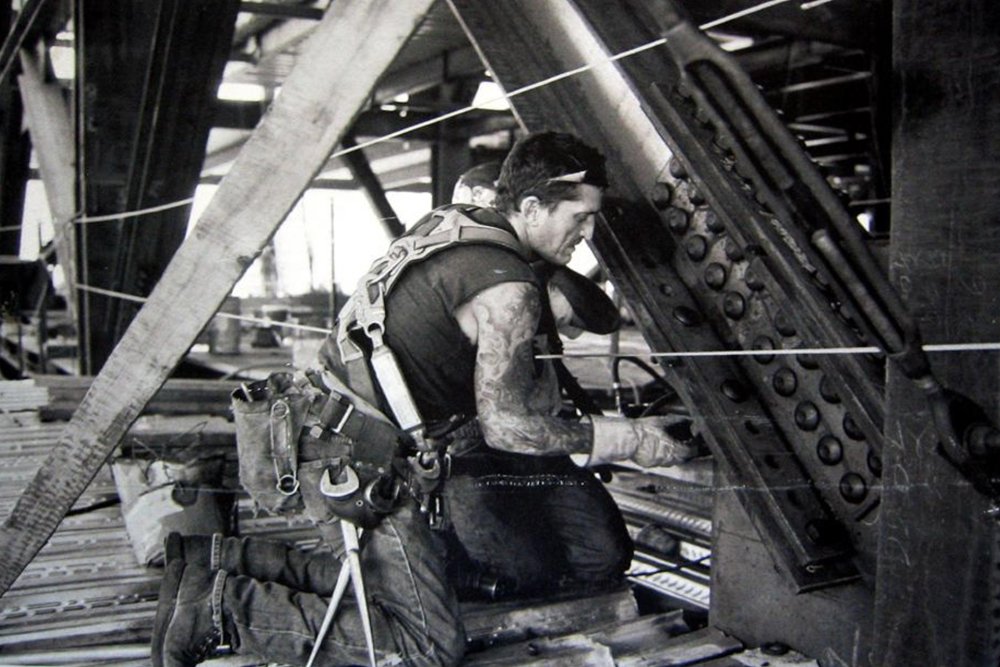
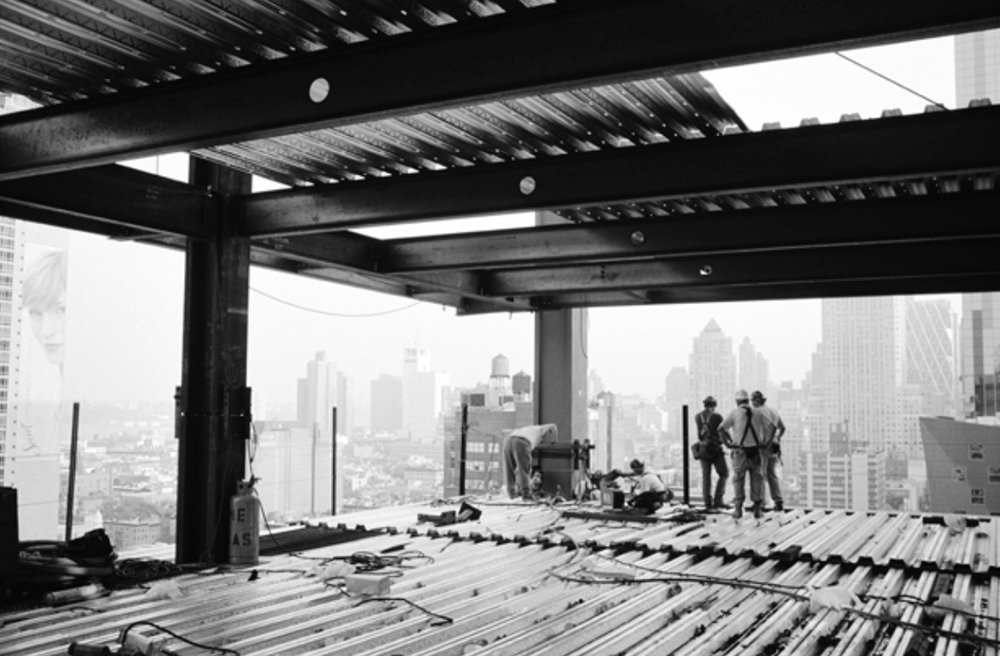


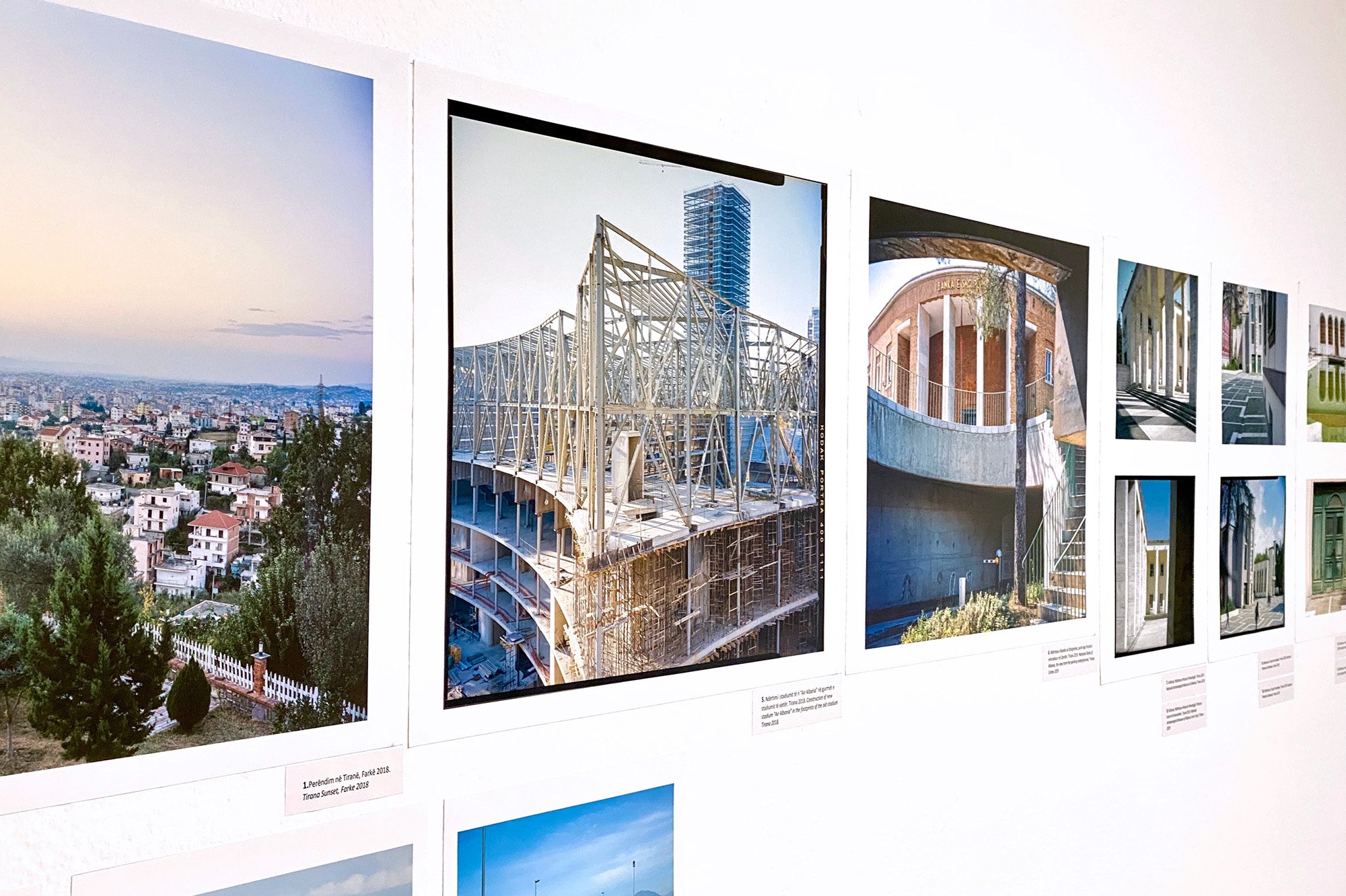
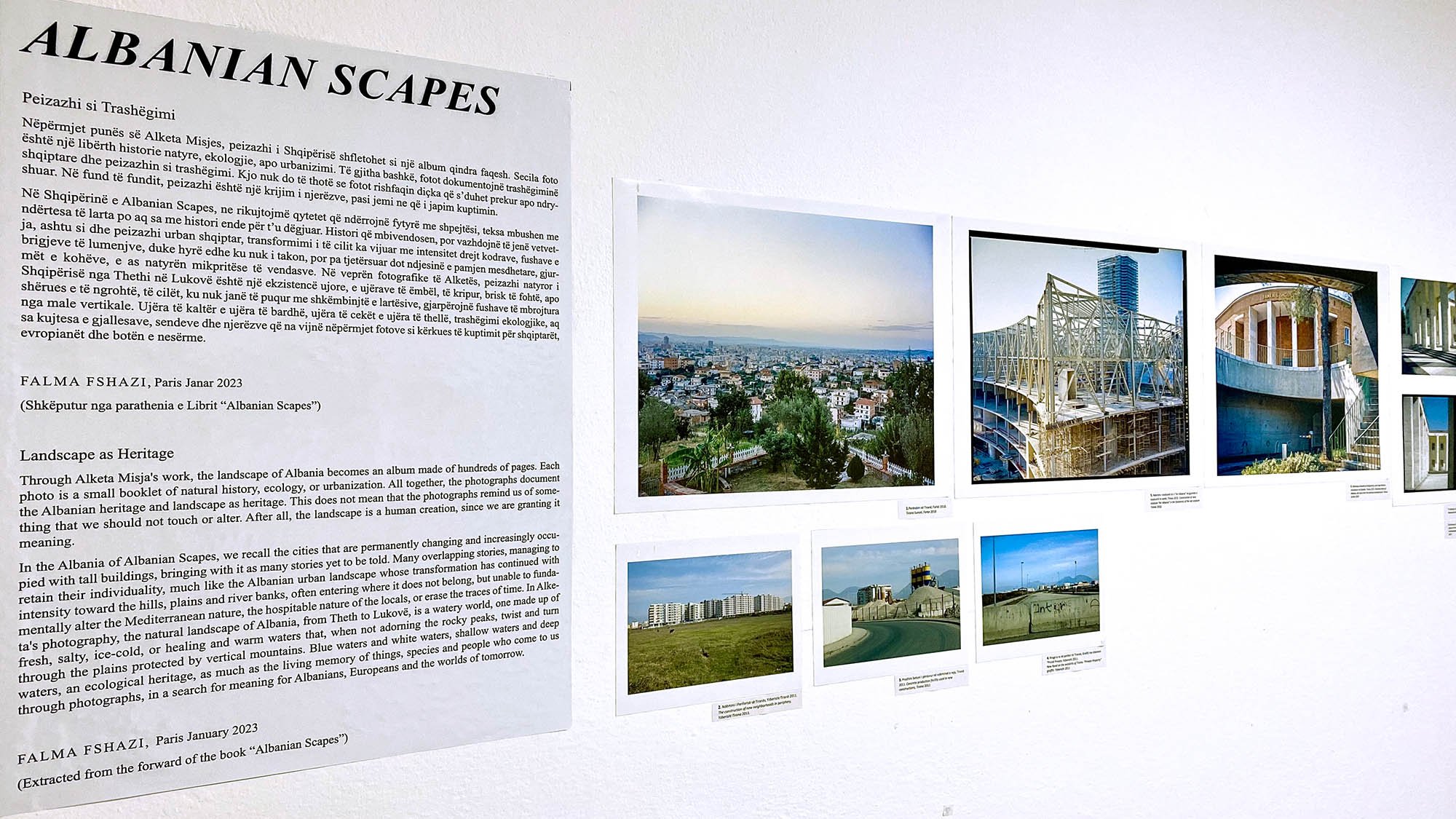


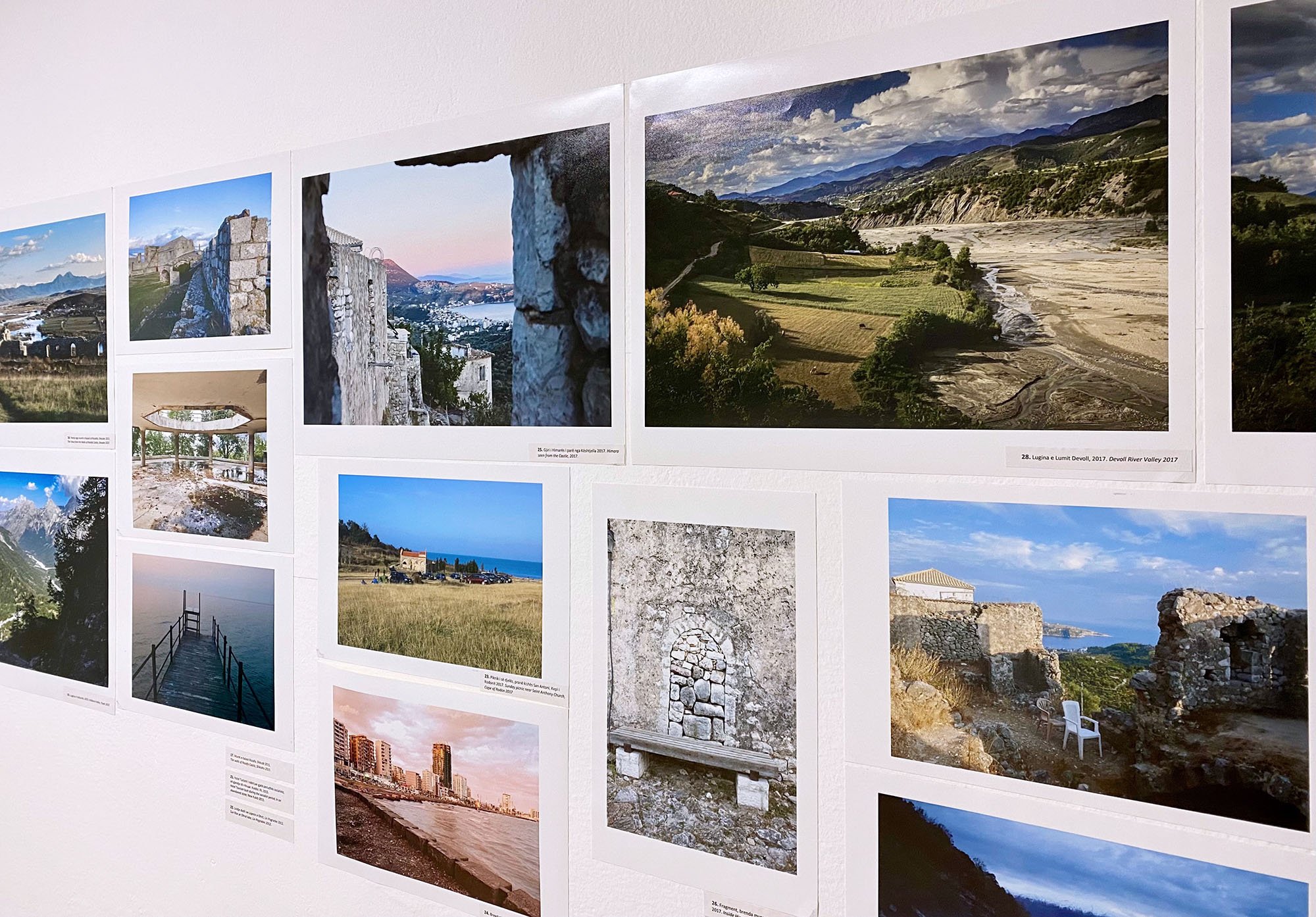

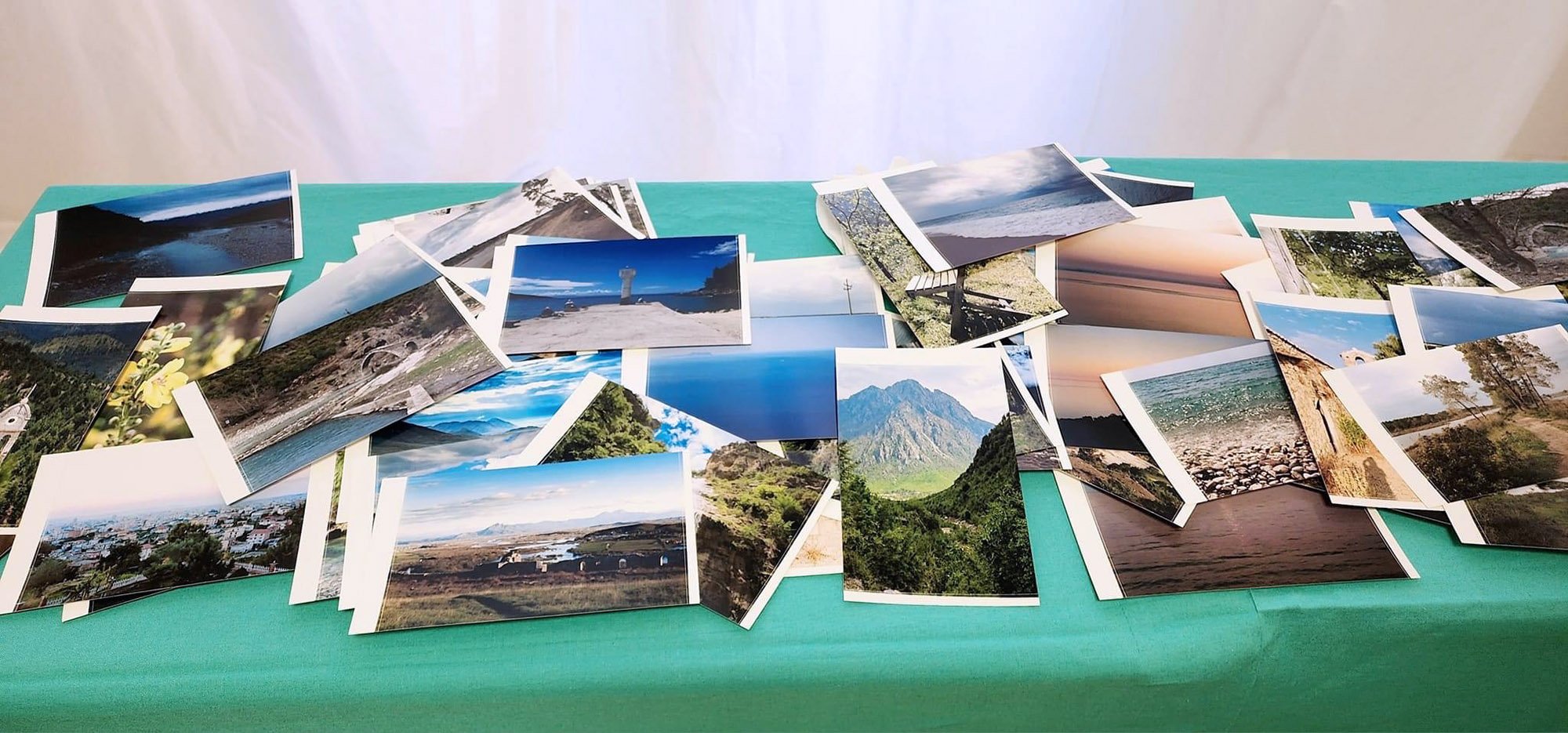









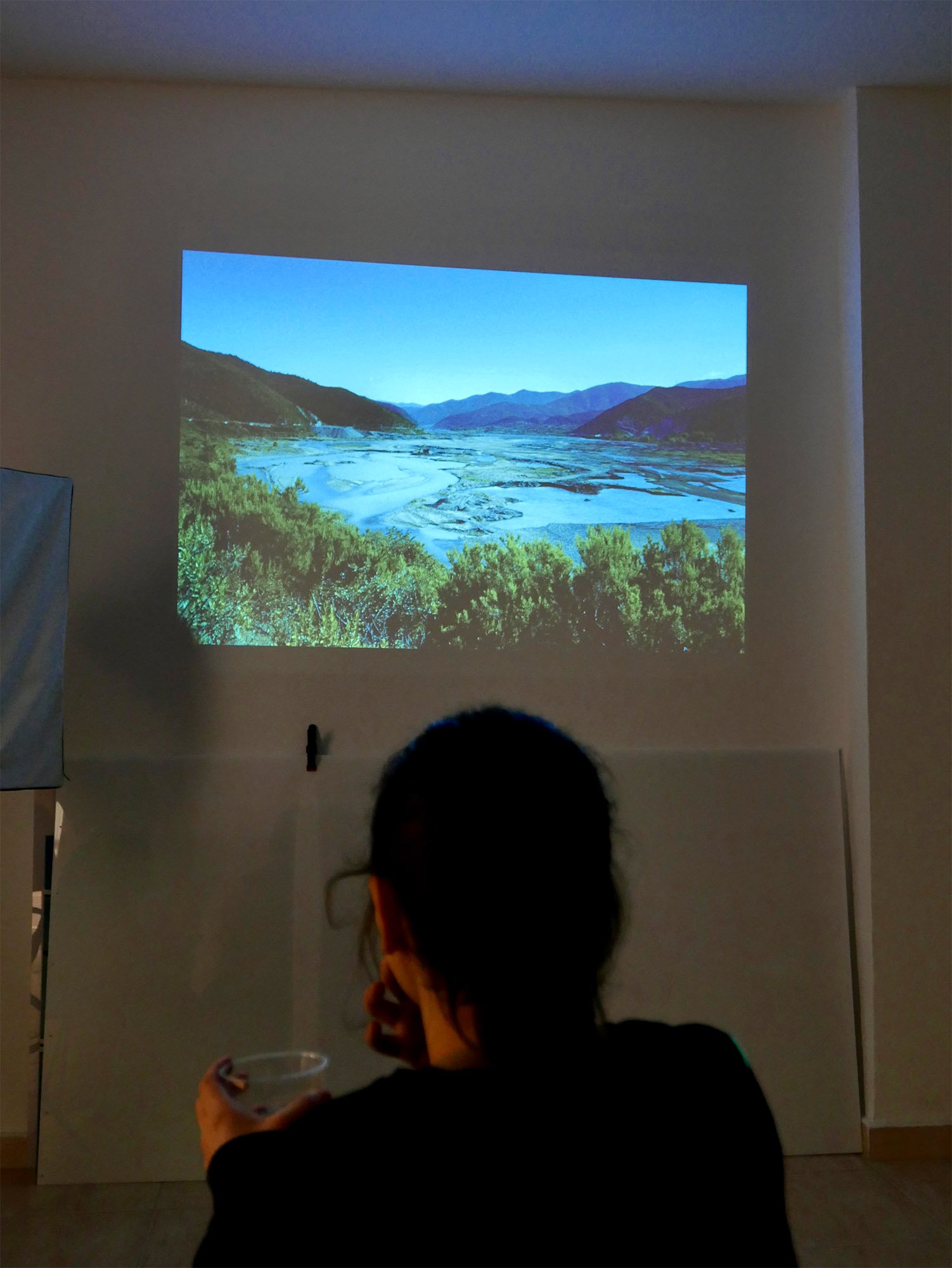































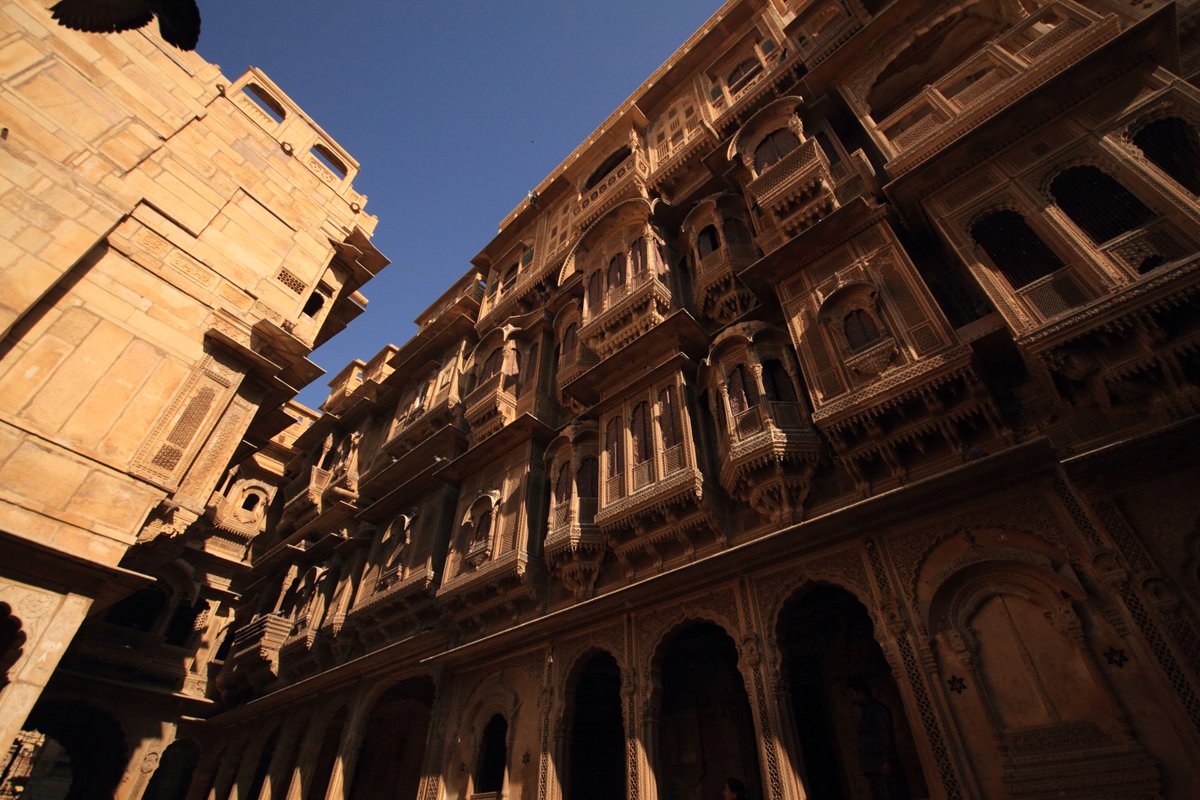






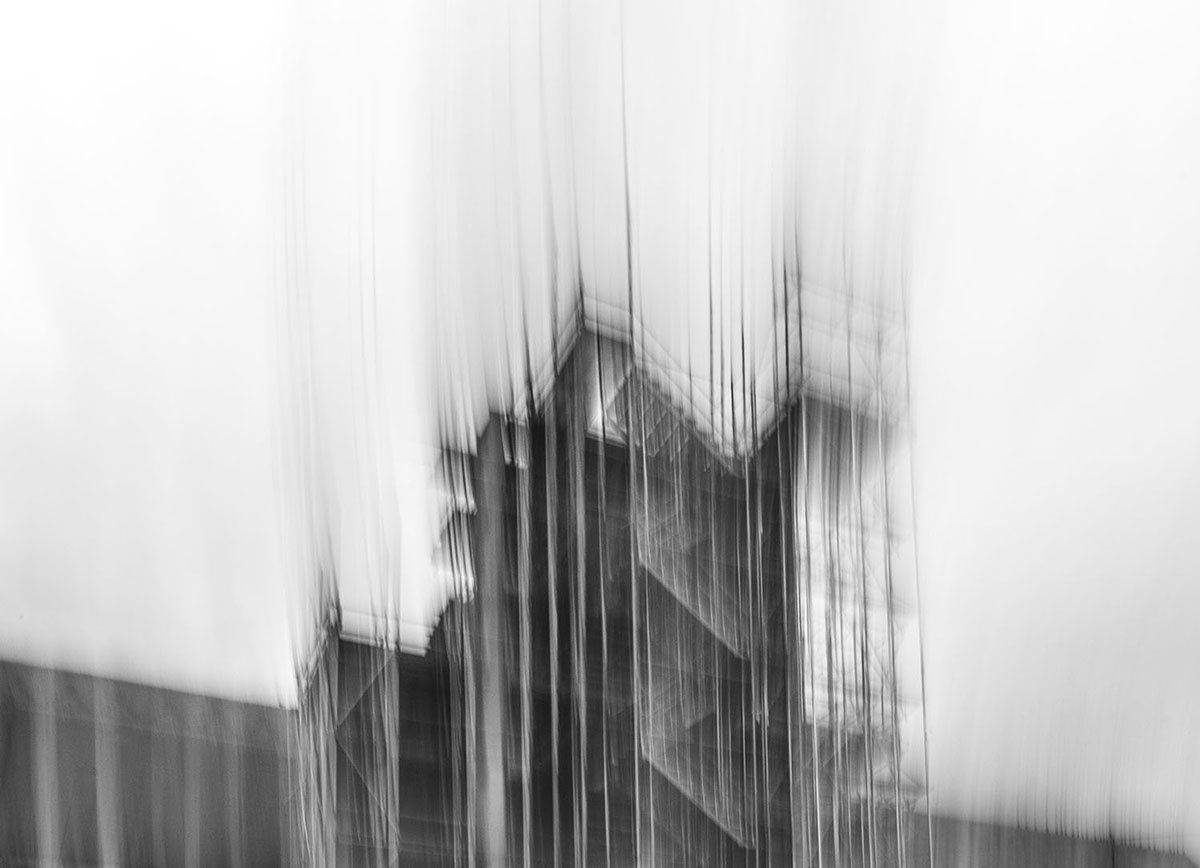




CATEGORY ARCHITECTURE
THE CITY IN BLACK AND WHITE Online Photography Exhibitions 7th edition